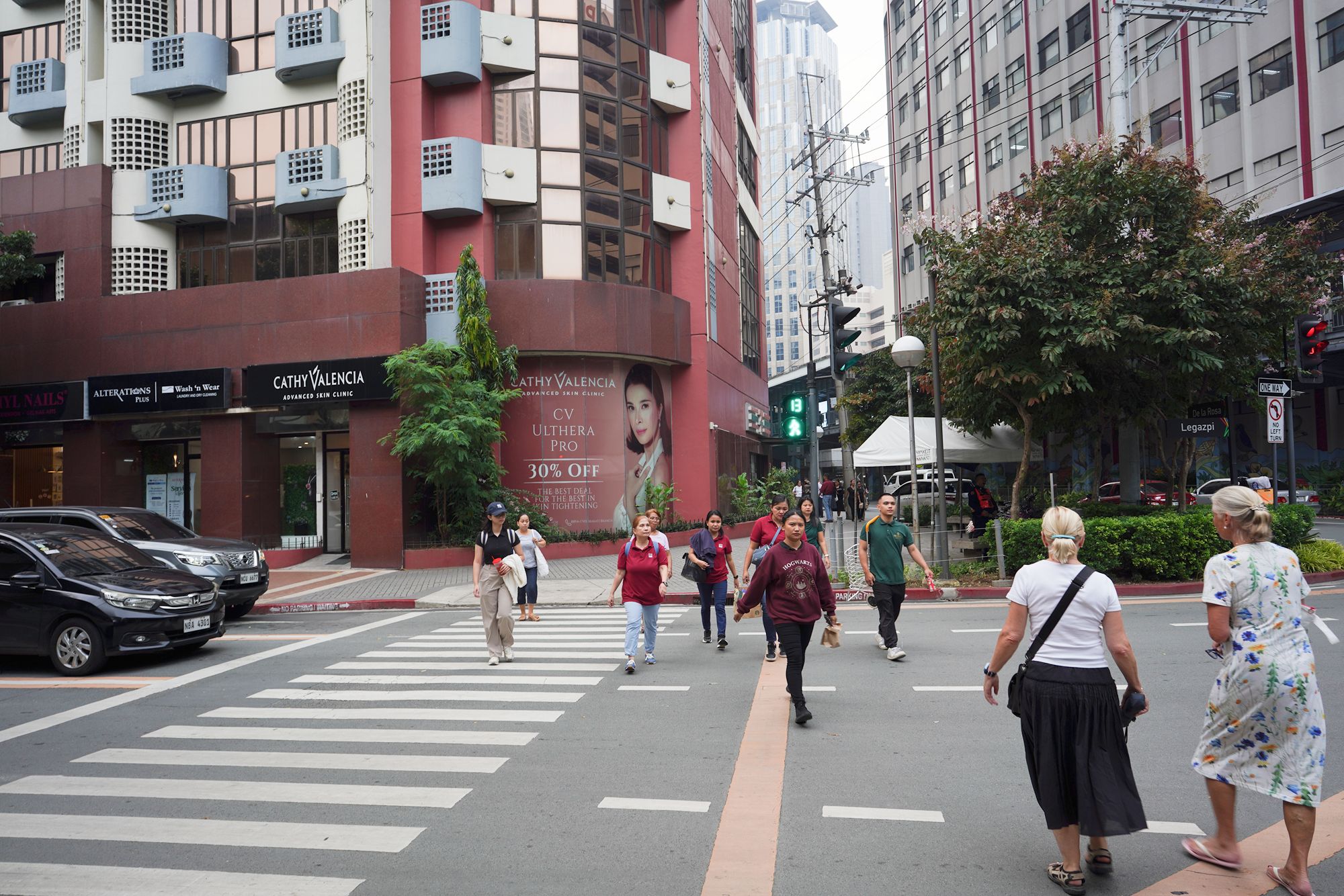Ayala Museum, Manila, Philippines
The Ayala Museum, located in Makati City, Metro Manila, is a premier institution dedicated to Philippine art, culture, and history. 964
The Ayala Museum: G/F, Cristina Condo, Legaspi St, corner V.A. Rufino St, Makati, Philippines
Date Picture Taken: August, 2024
Established in 1967 by the Ayala Foundation, it has become a cornerstone for cultural education and appreciation in the Philippines.
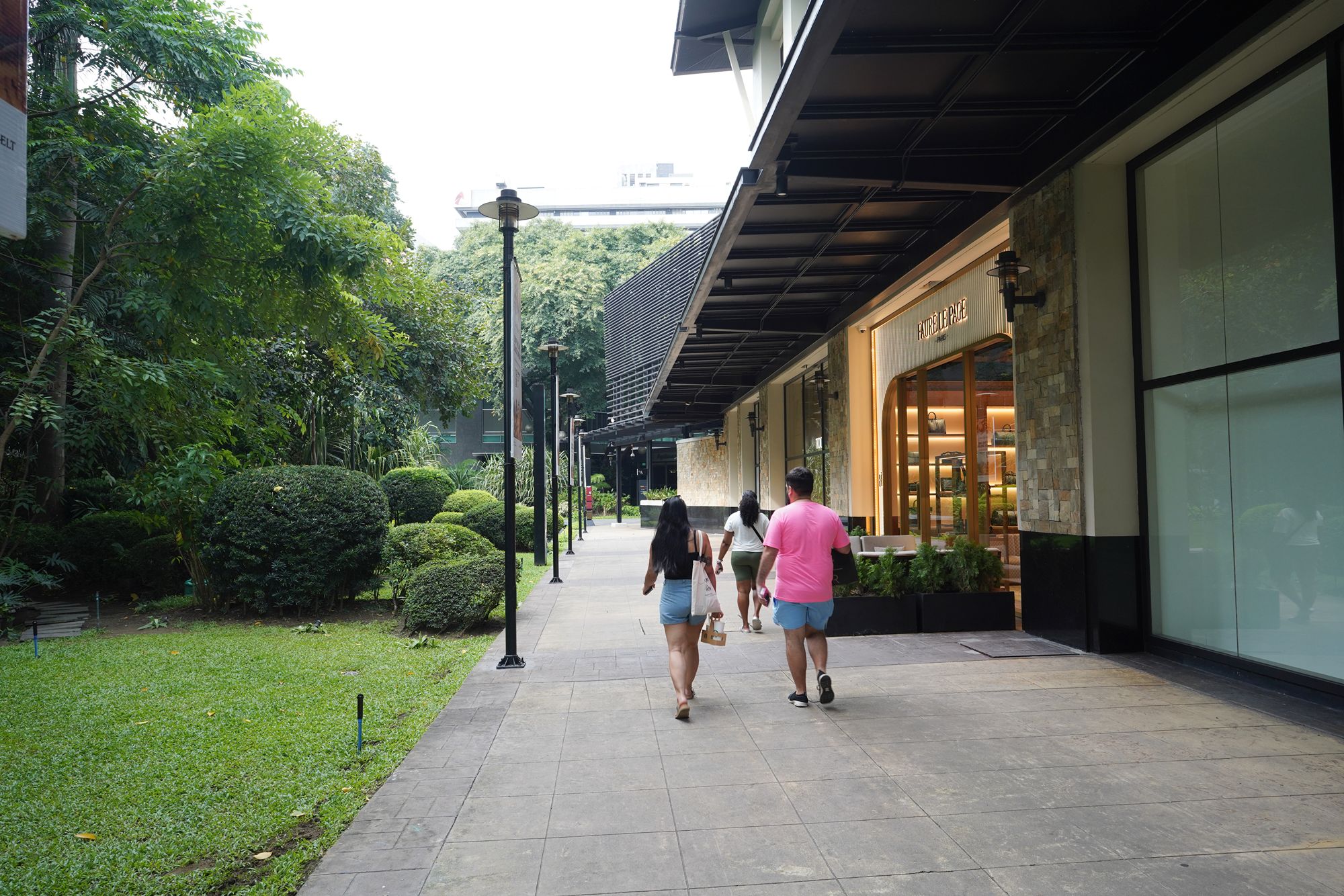
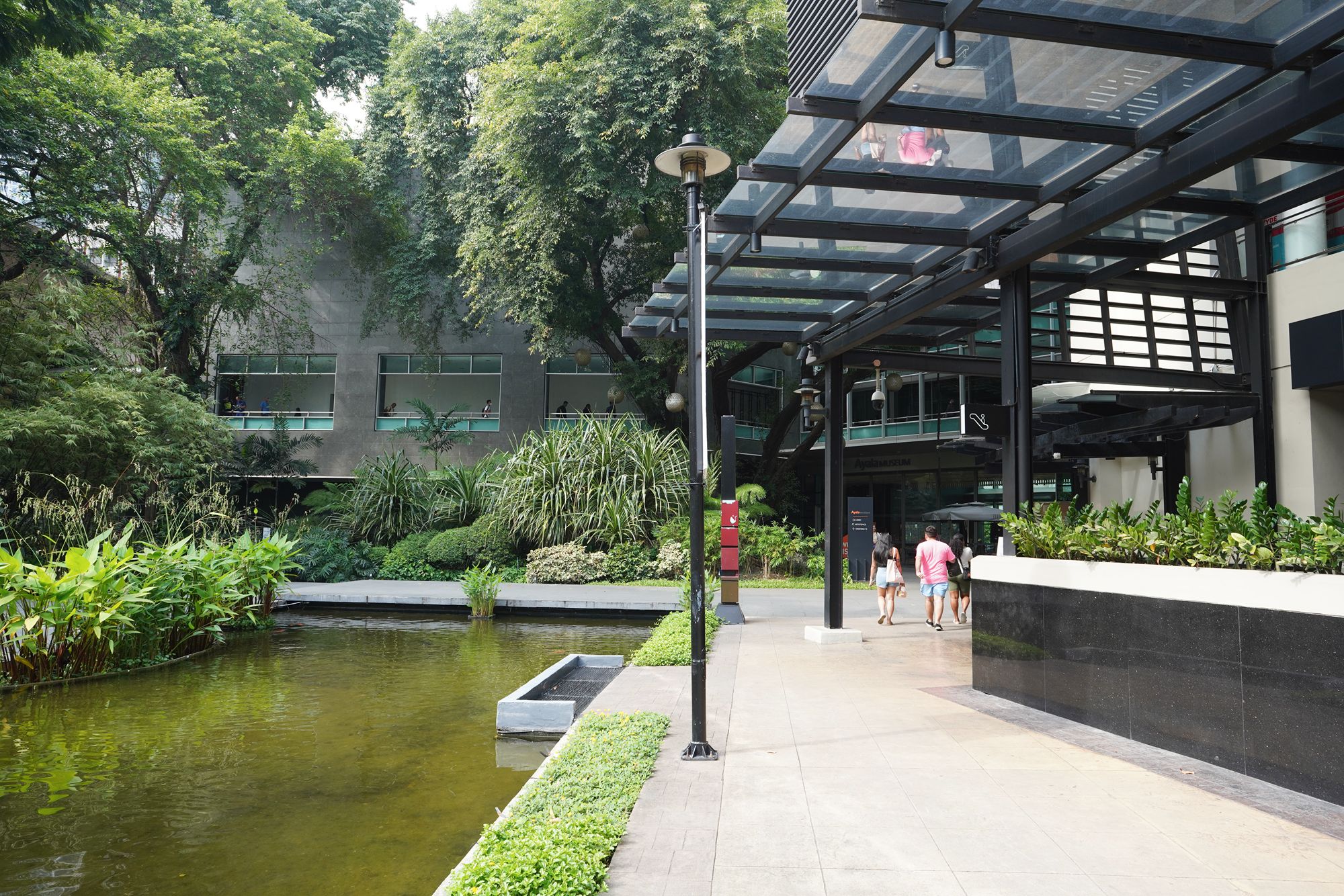
The museum
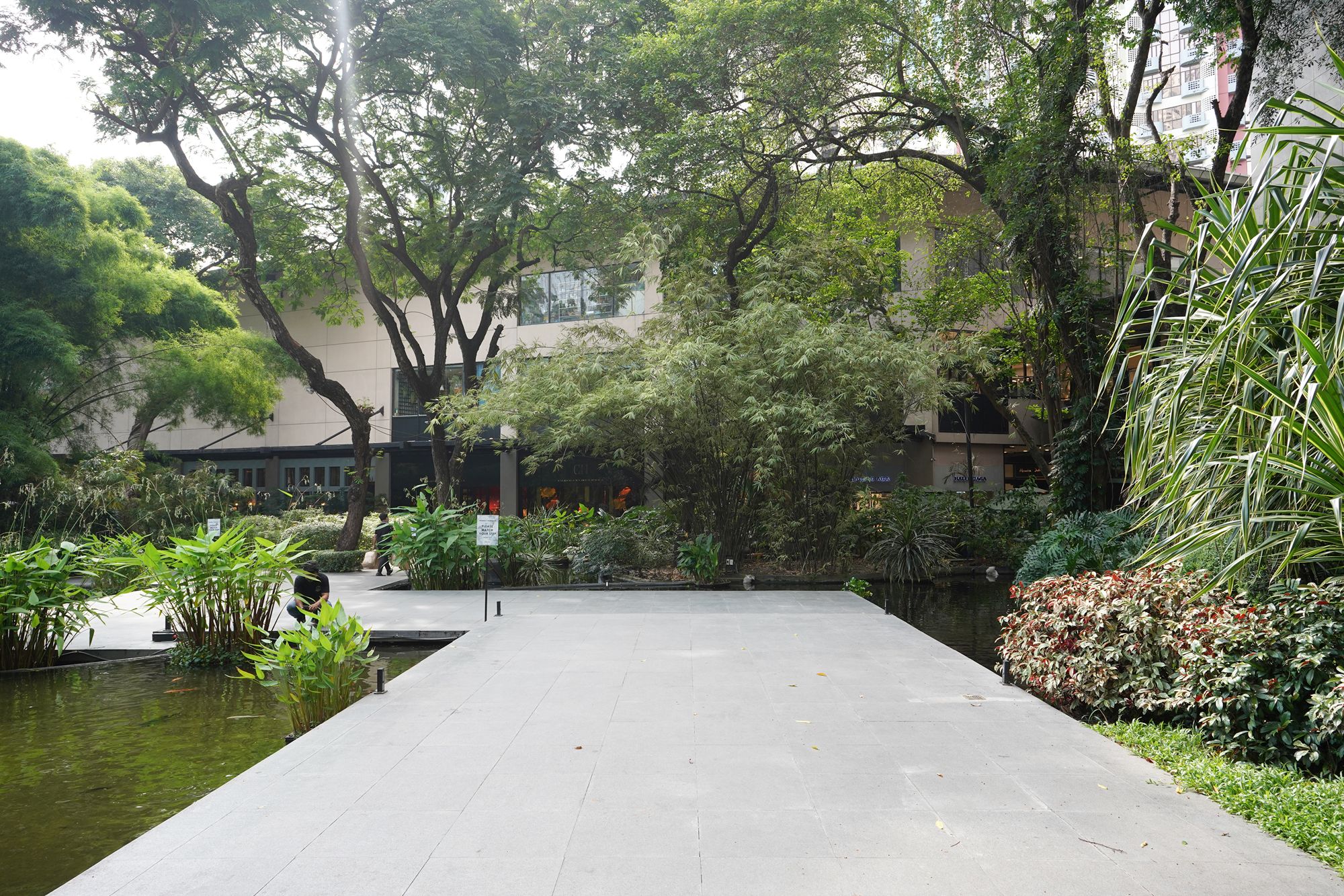
Gold of Ancestors: Showcasing over 1,000 gold artifacts from pre-colonial times, this collection highlights the sophisticated craftsmanship and cultural heritage of early Filipino societies.
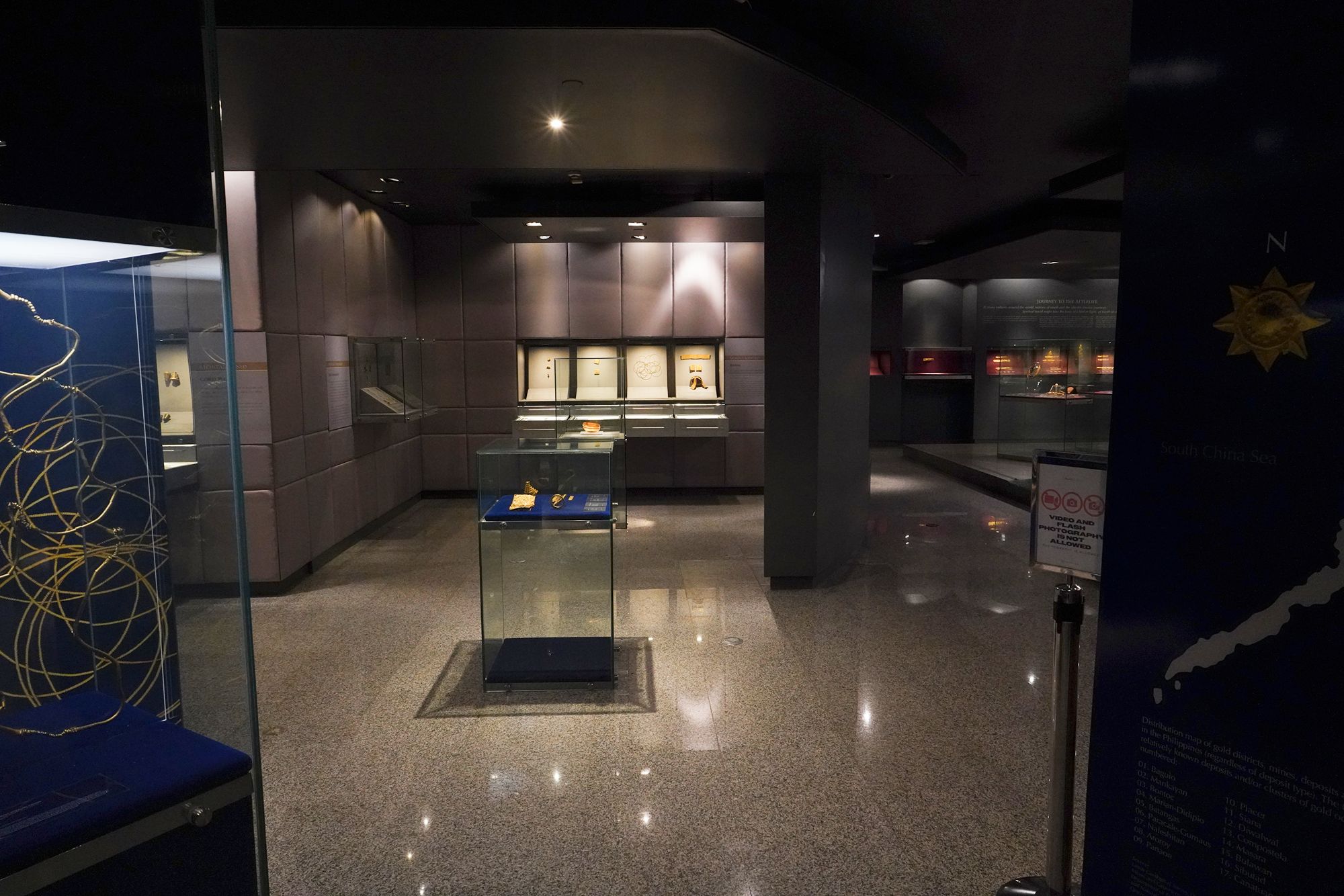
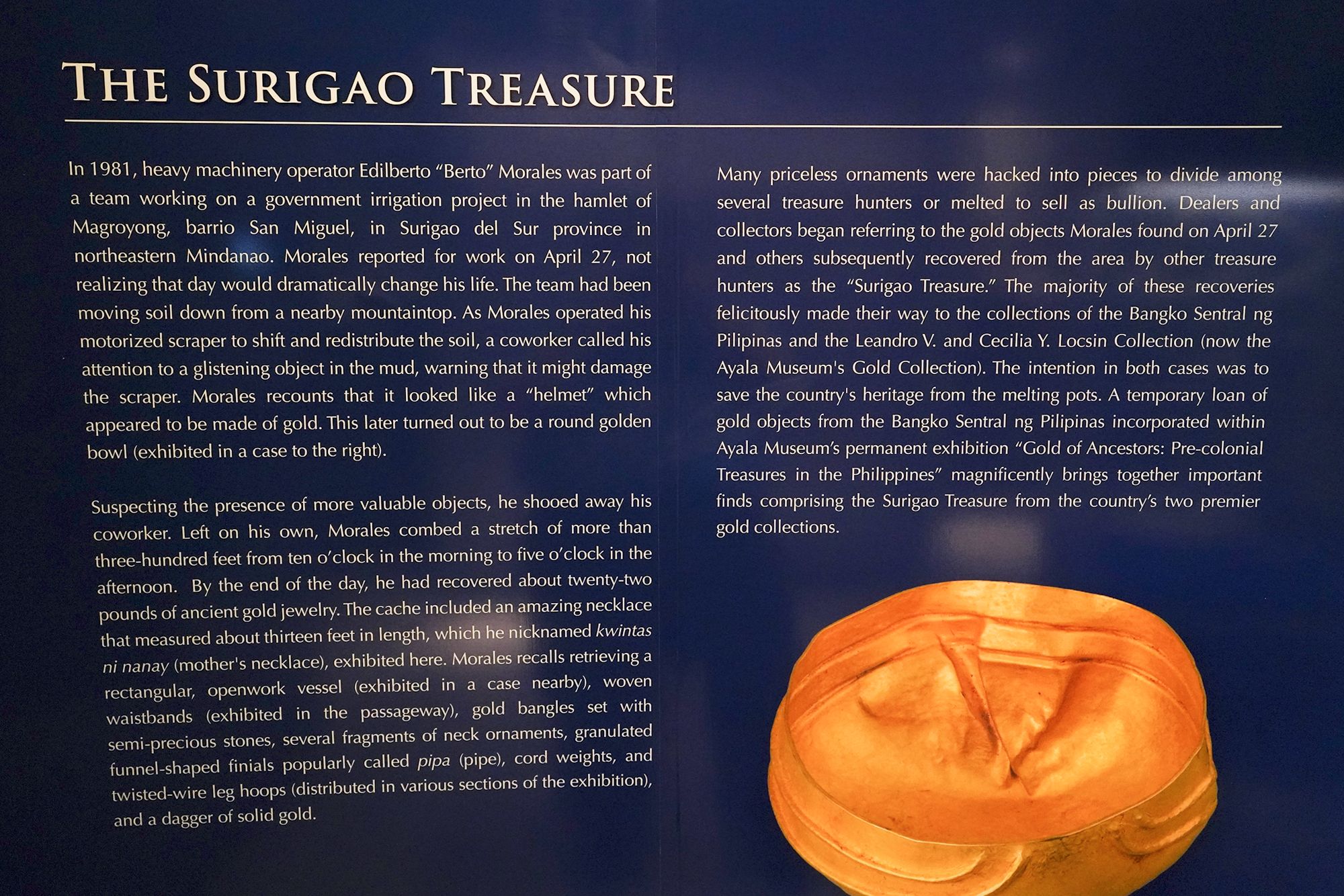
Areas where the gold were founds
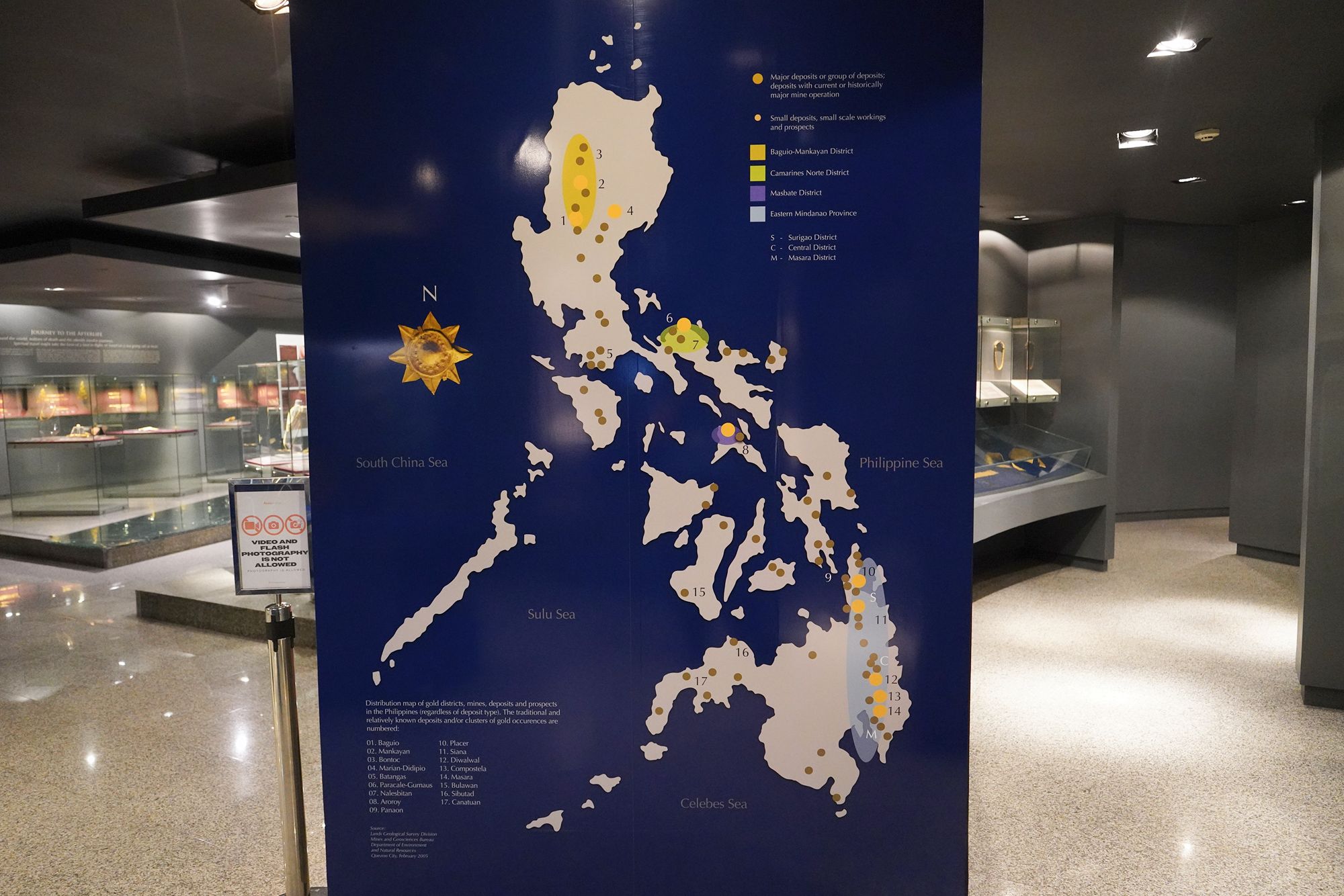
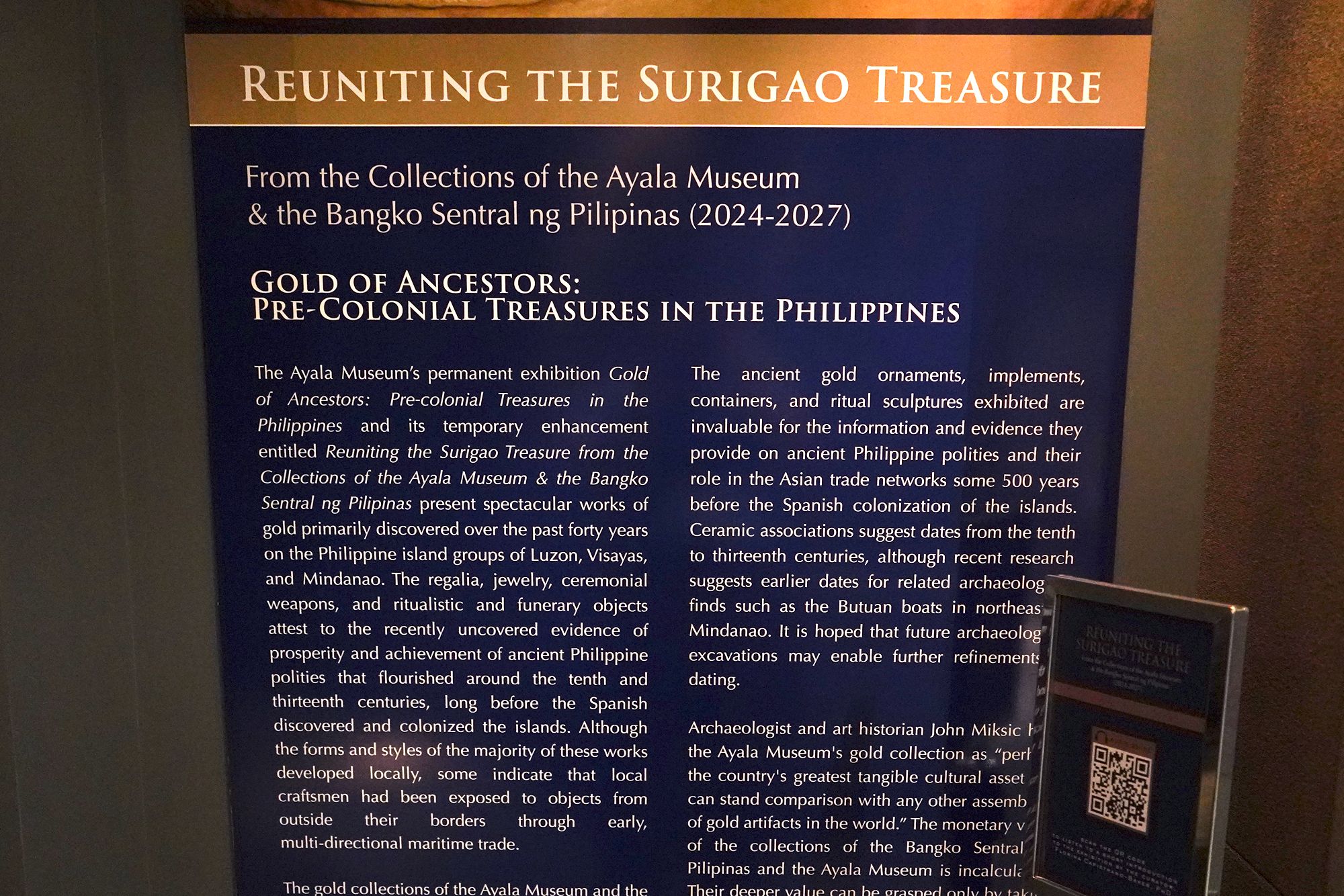
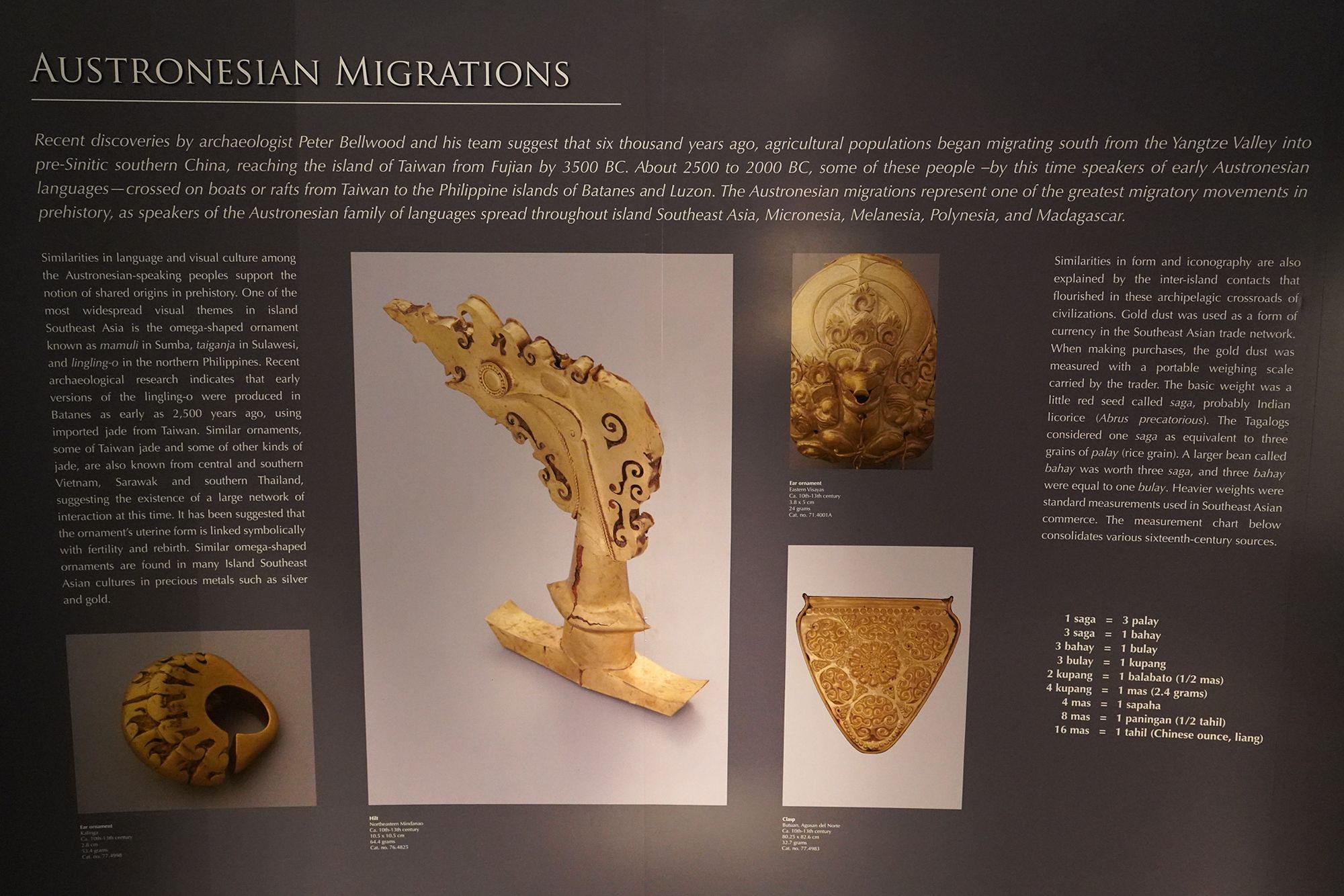
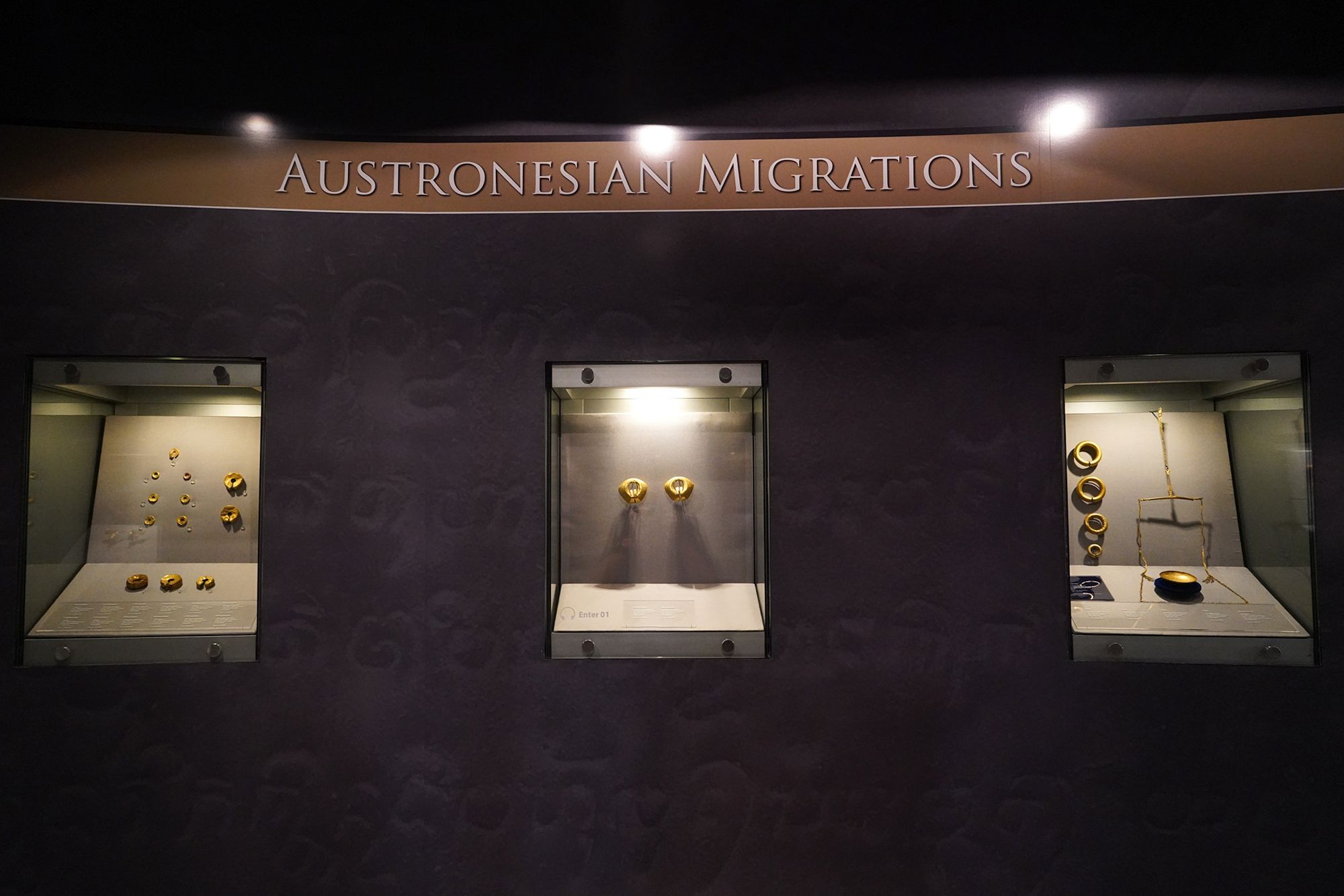
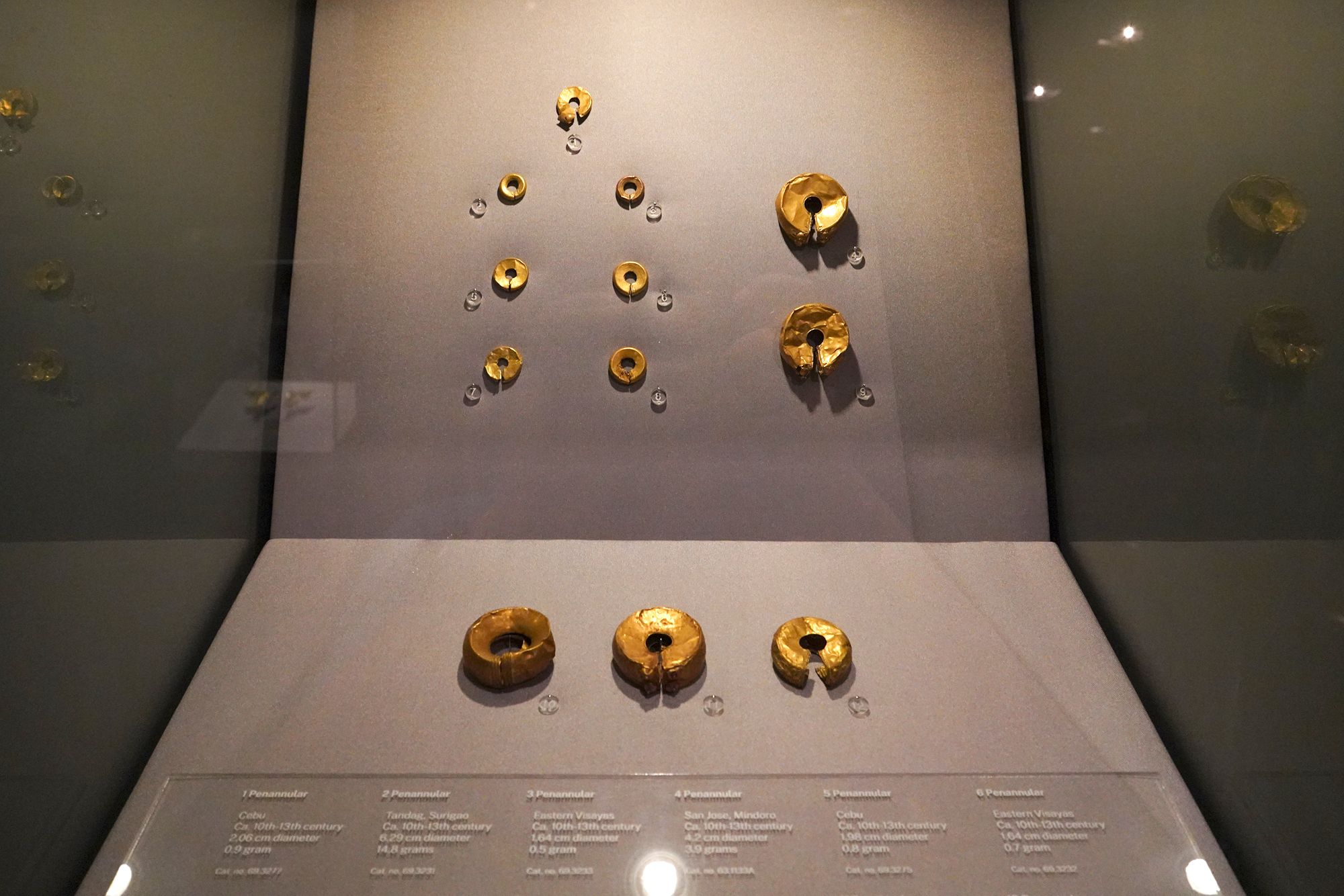
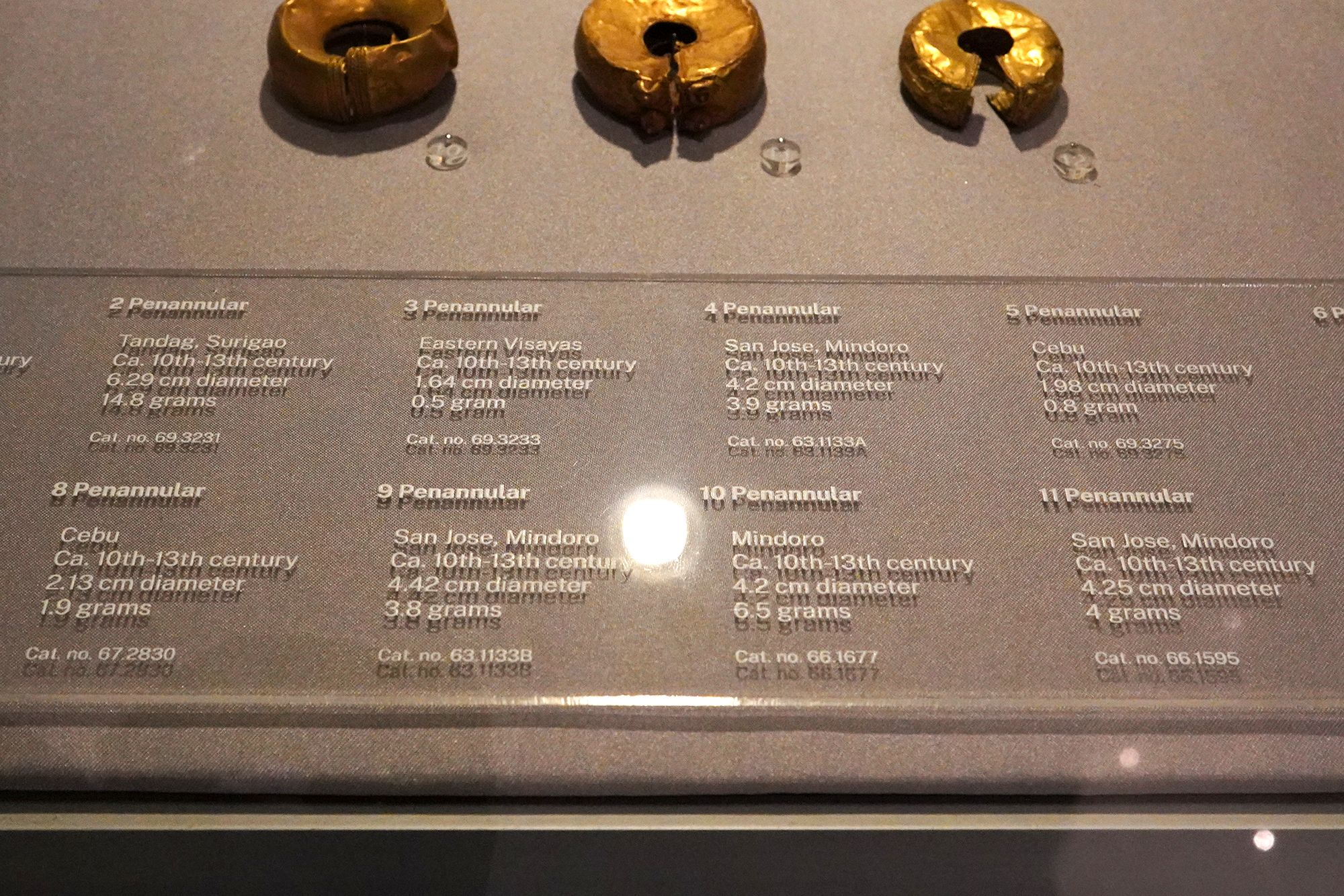
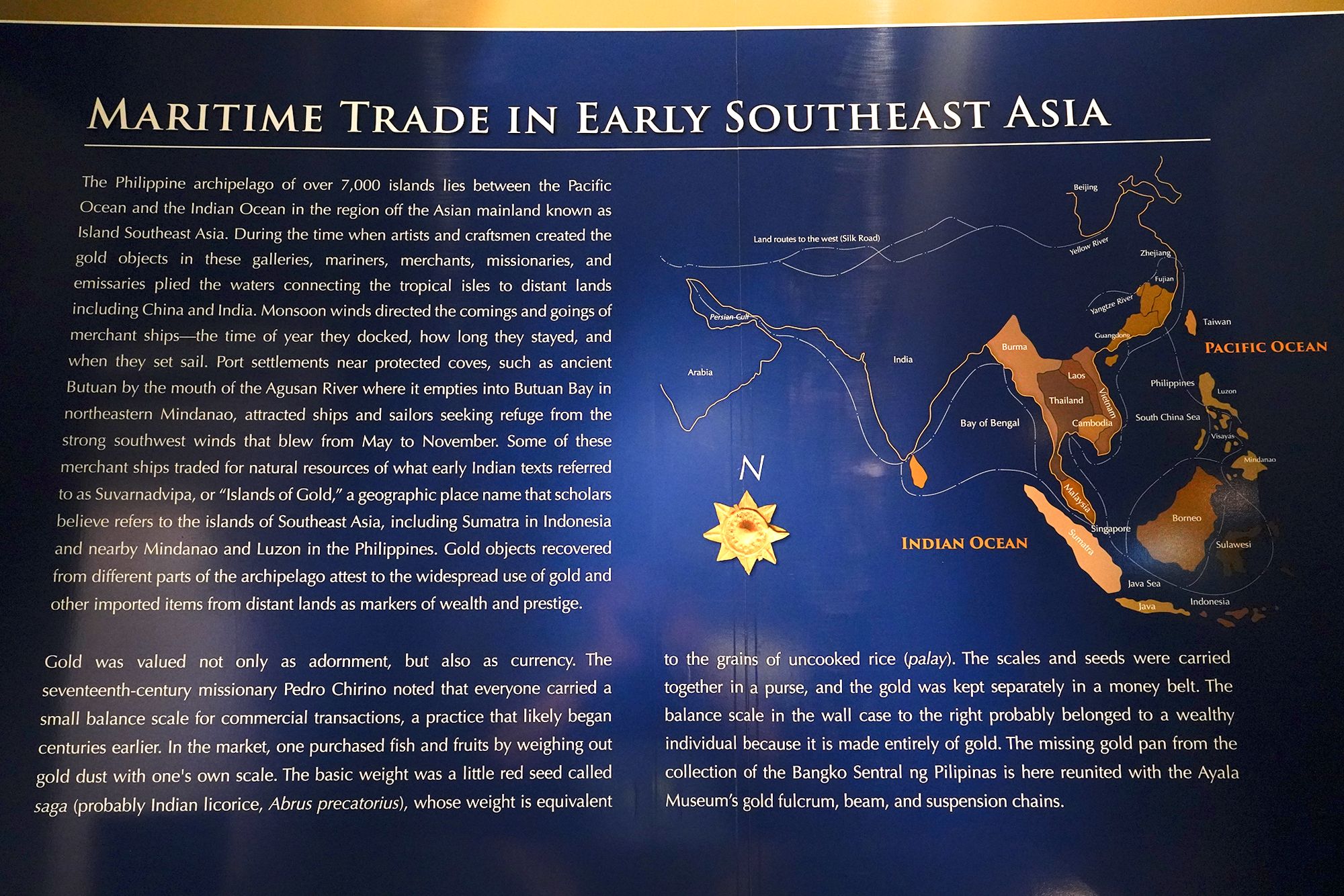
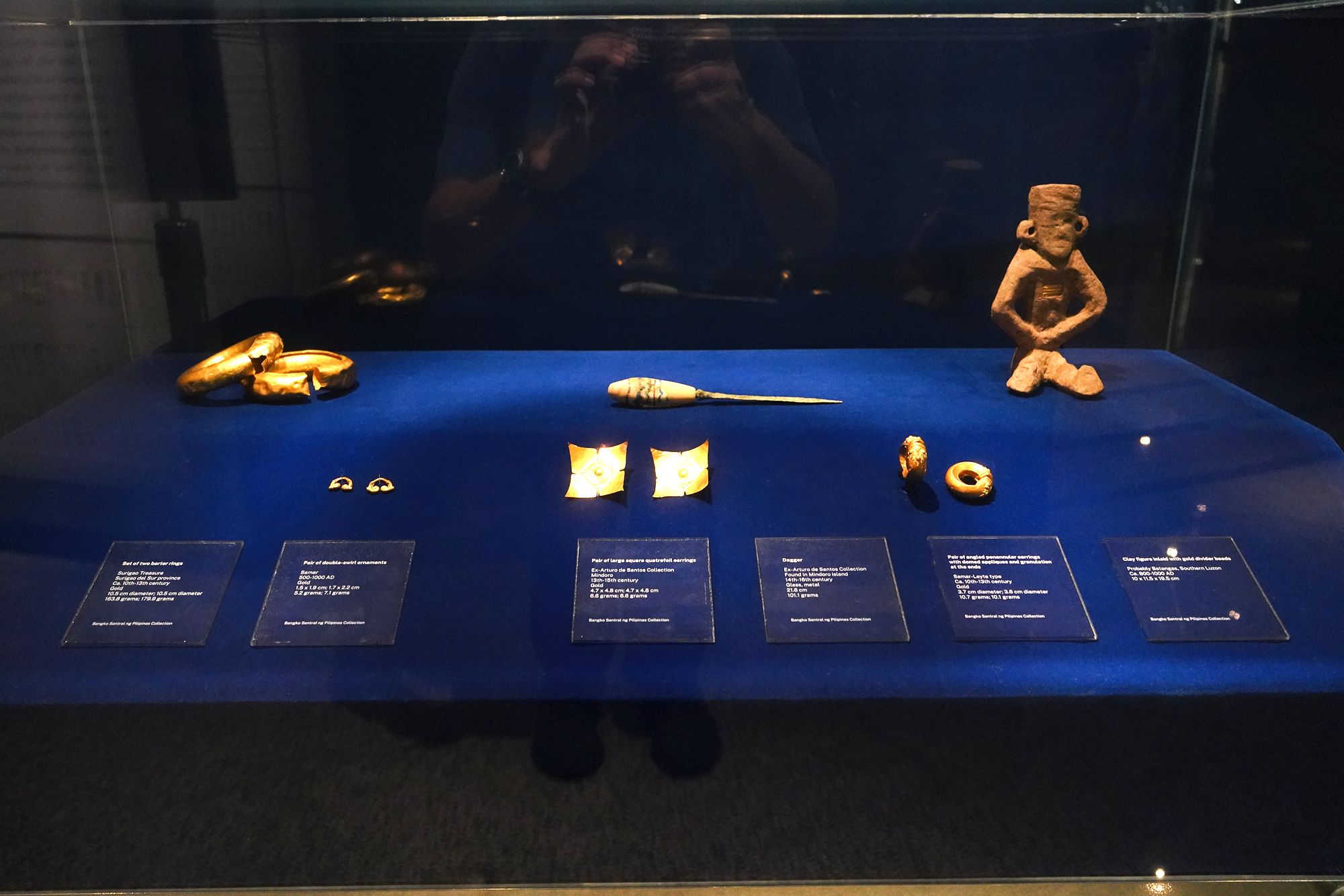
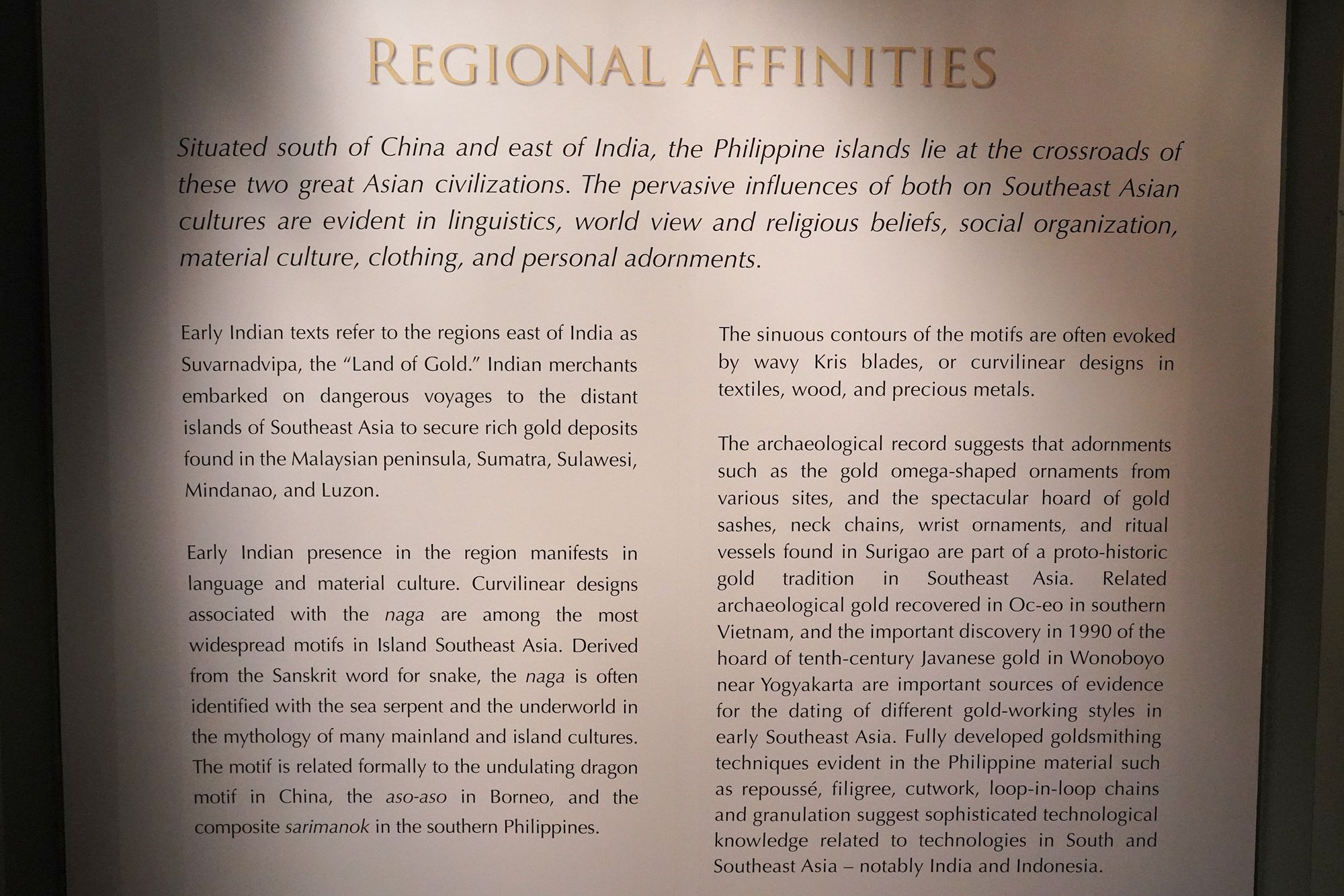
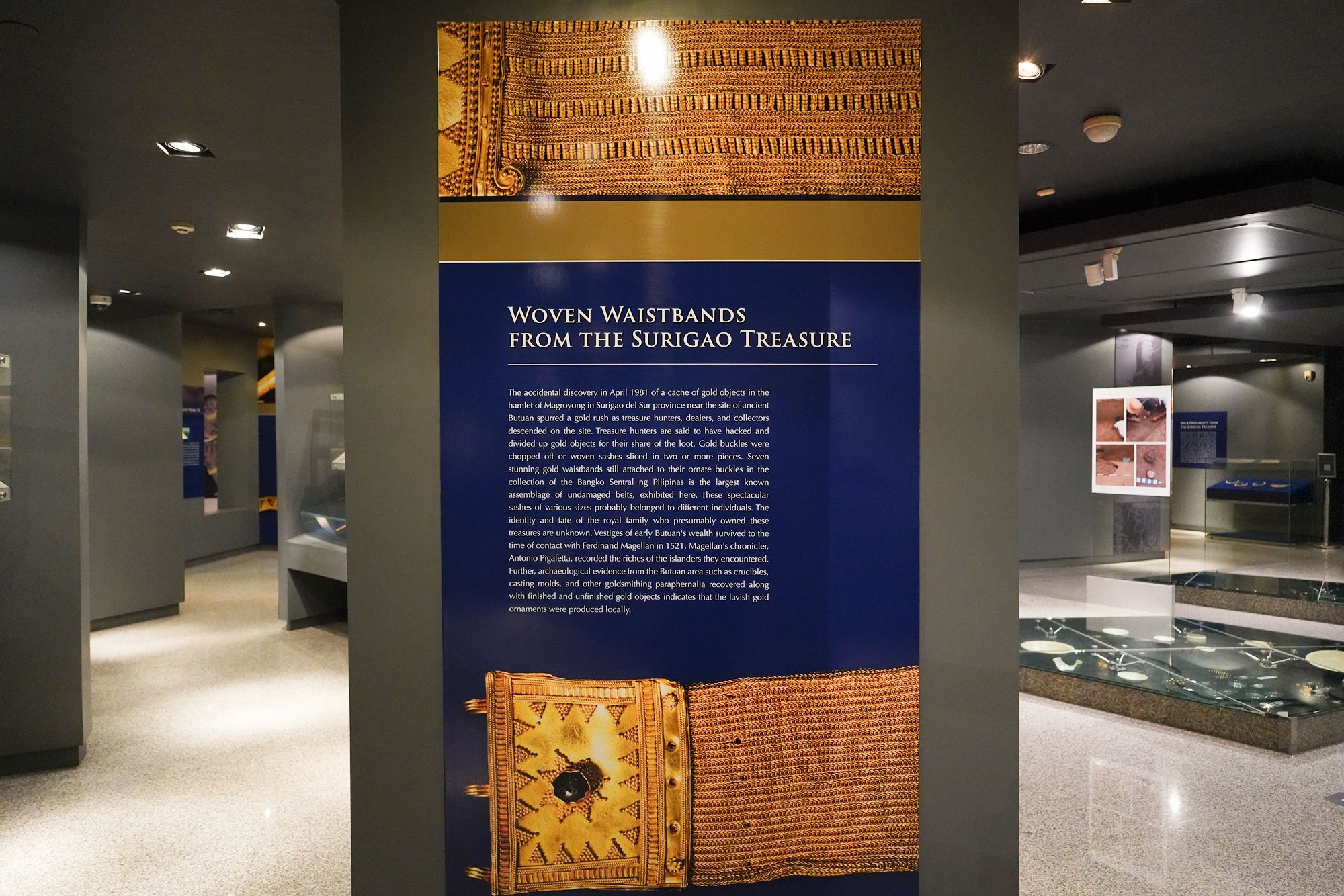
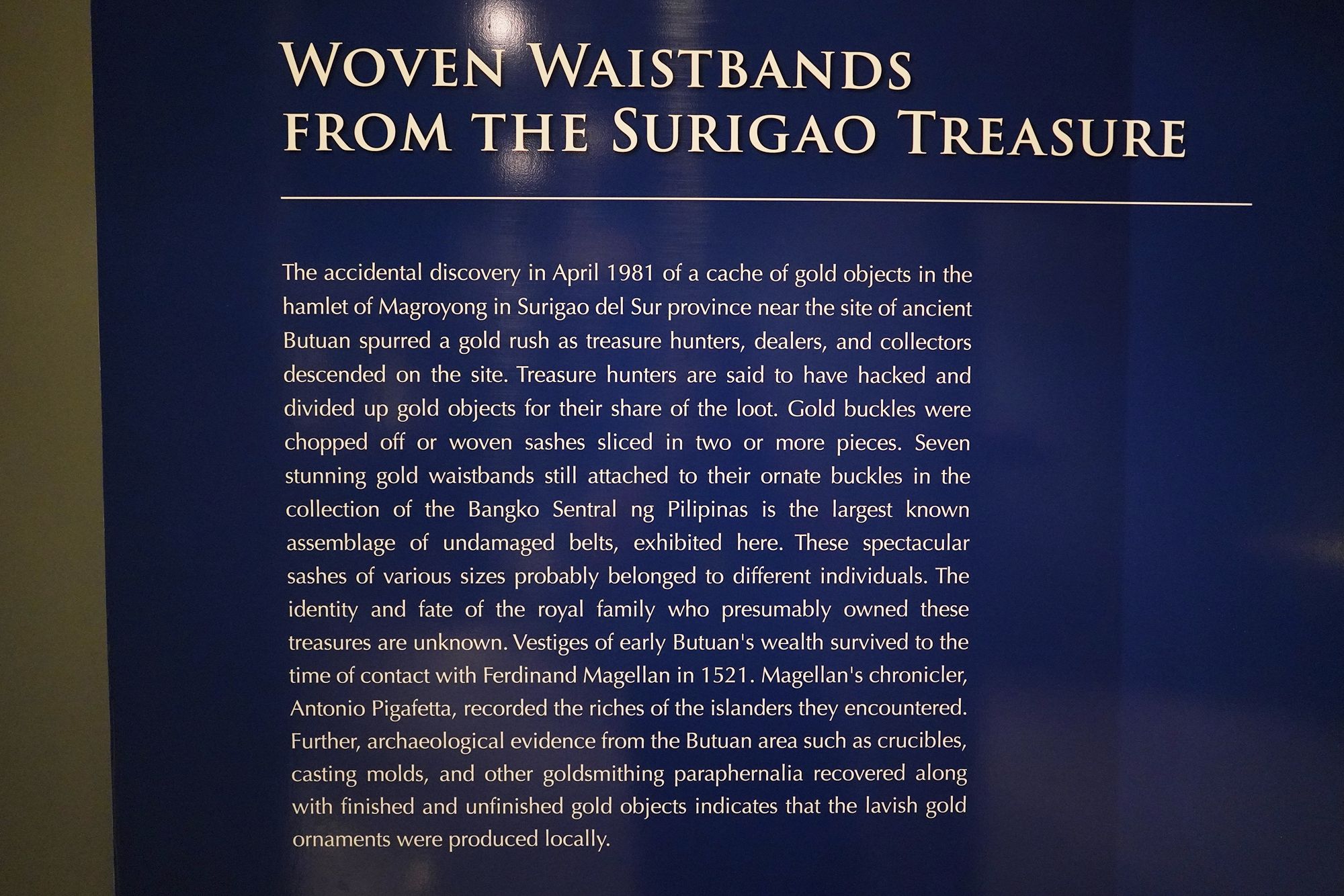
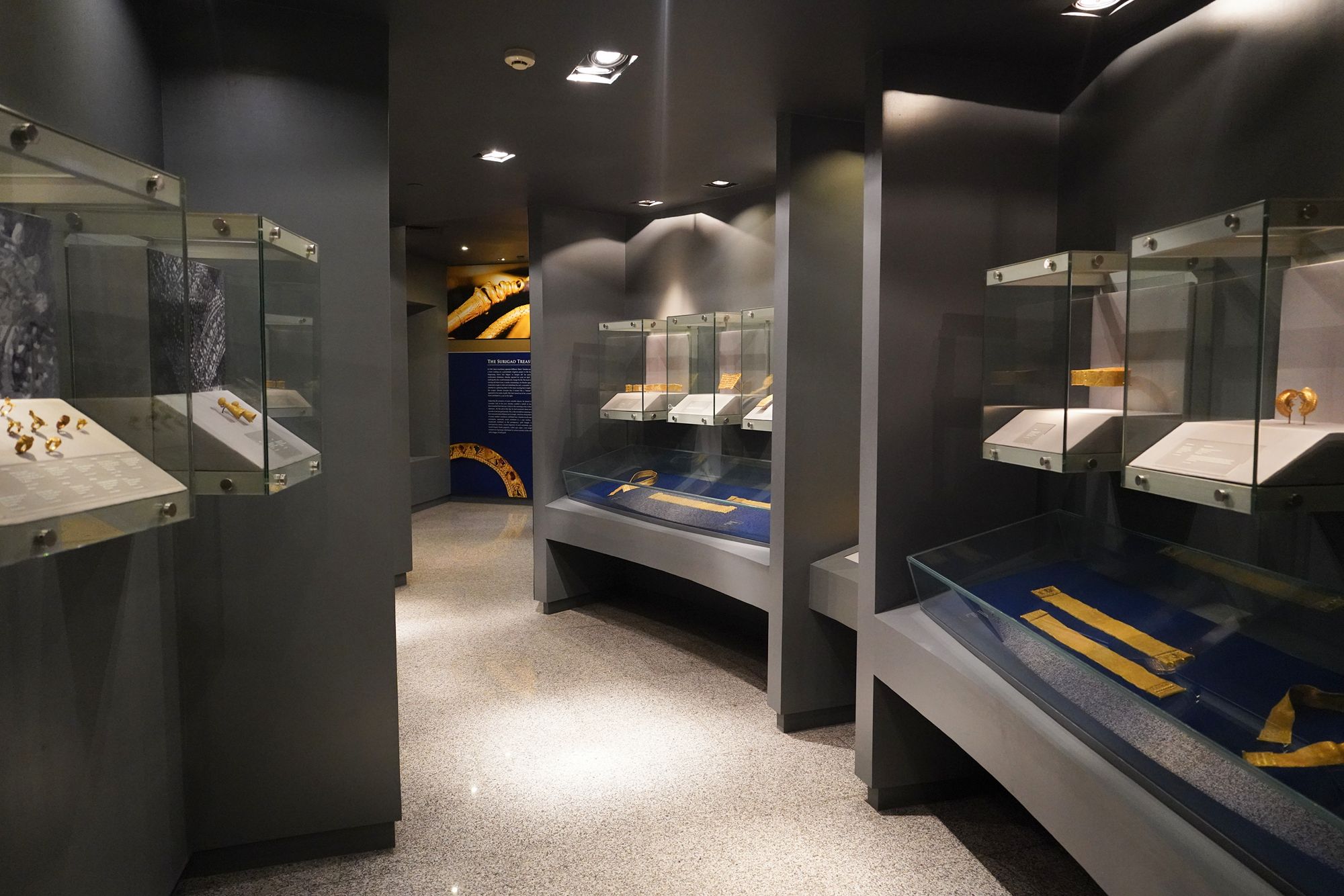
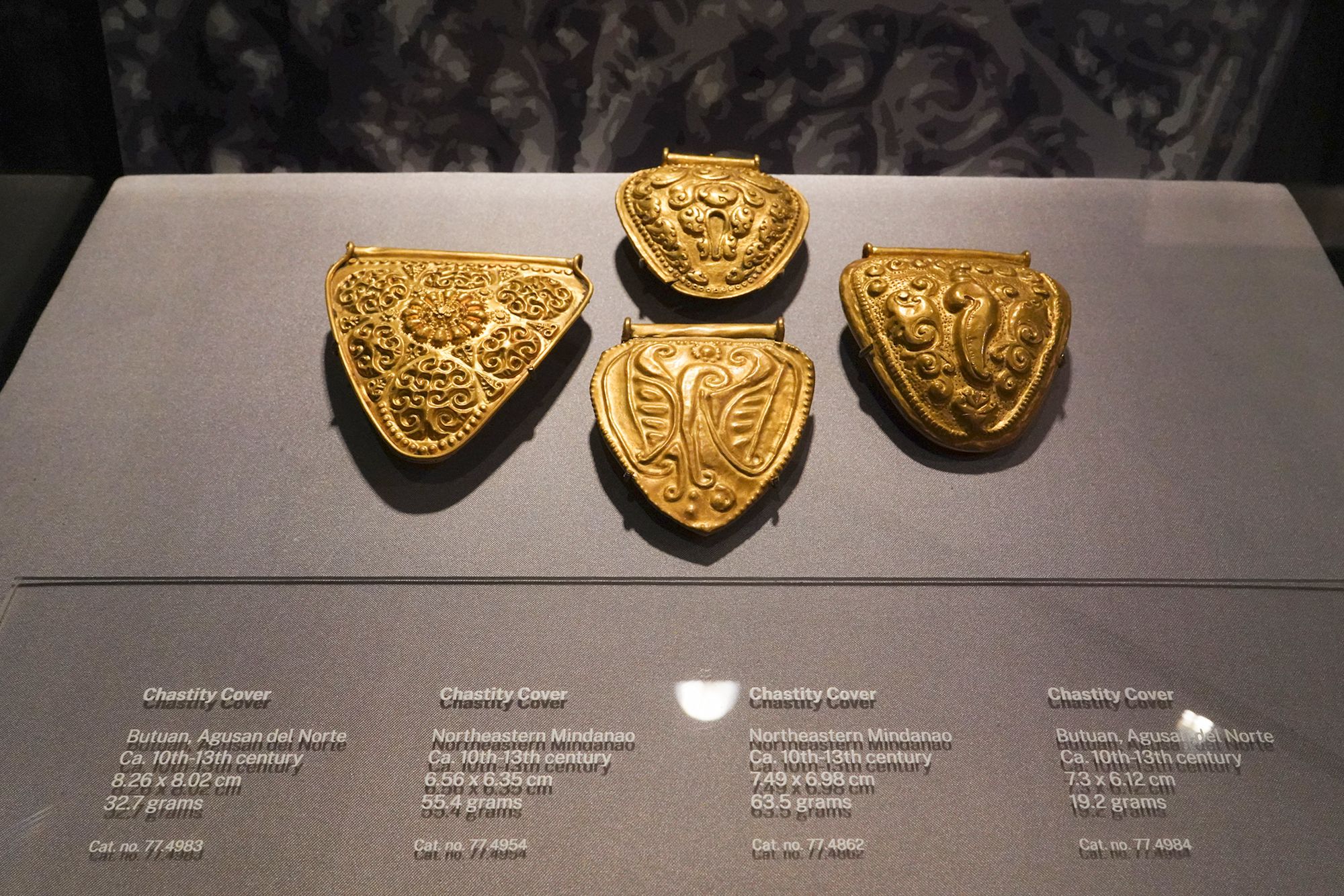
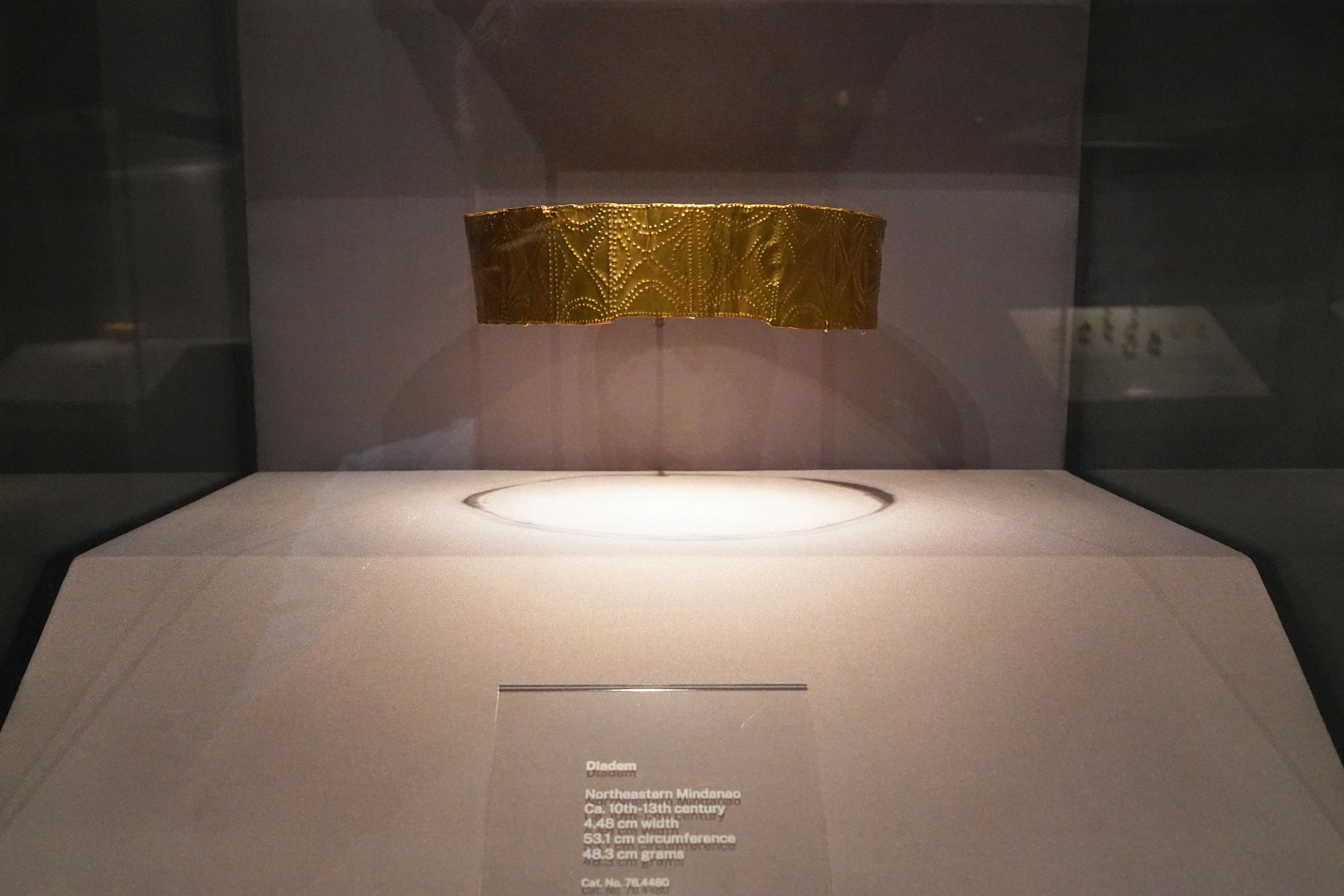
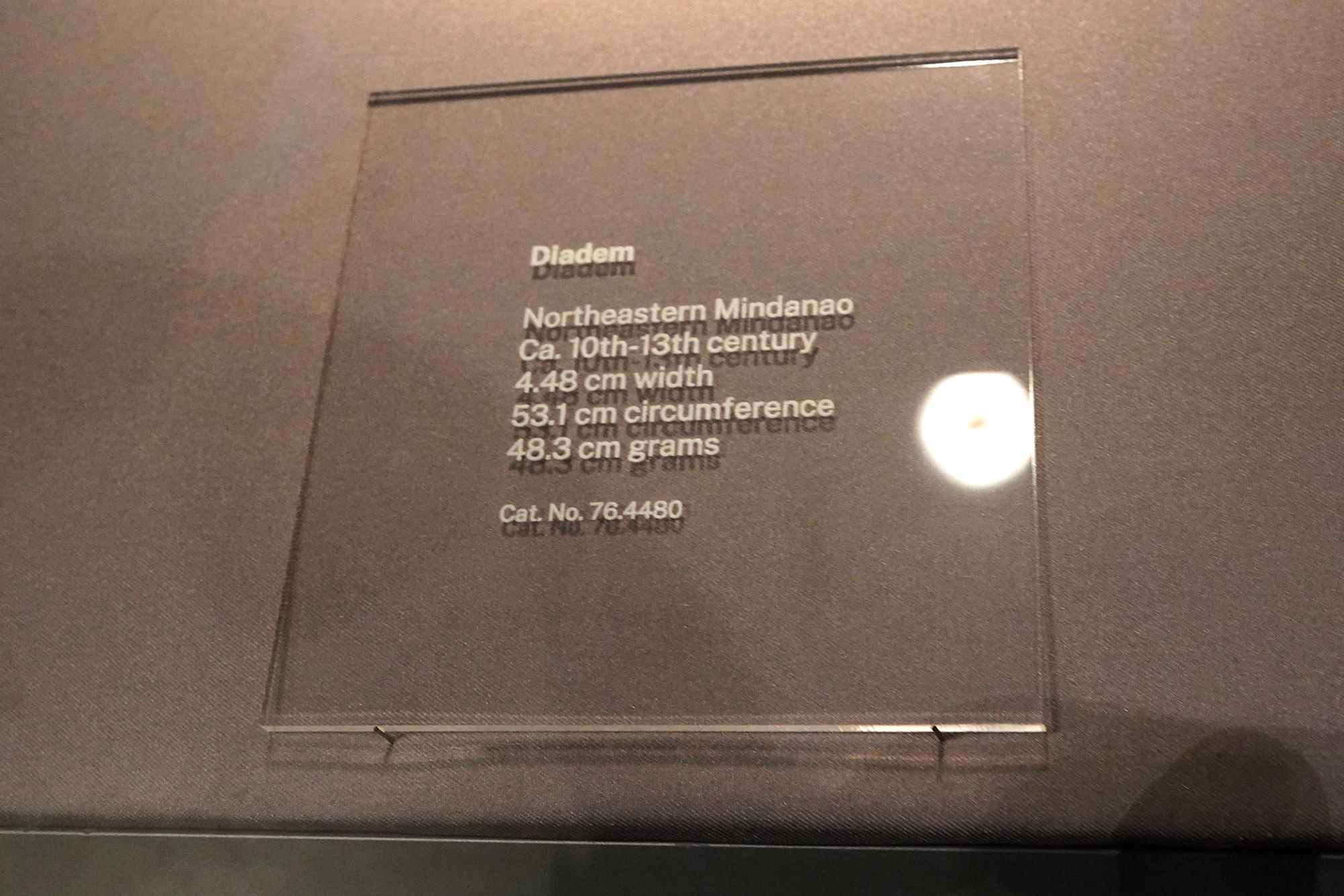
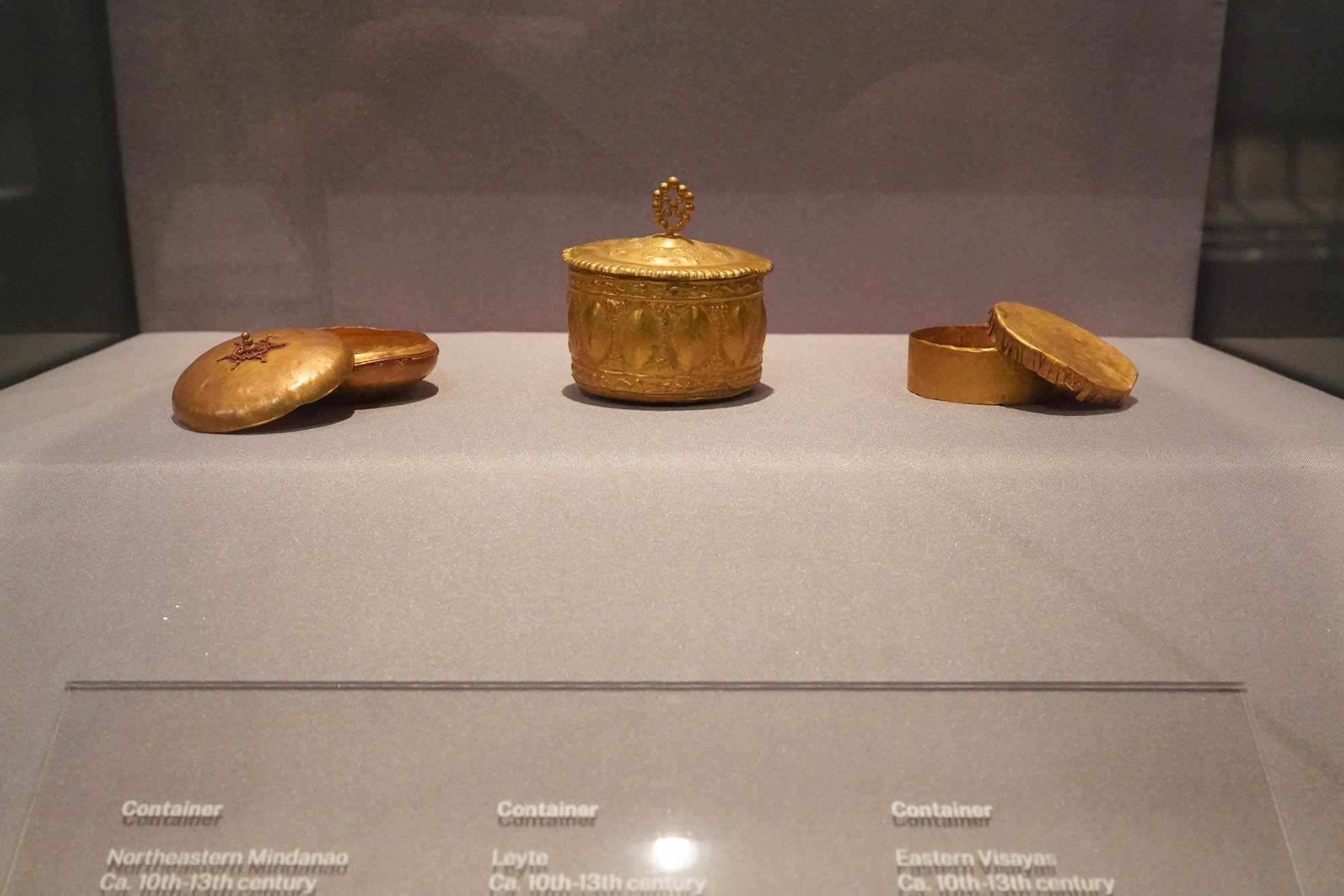
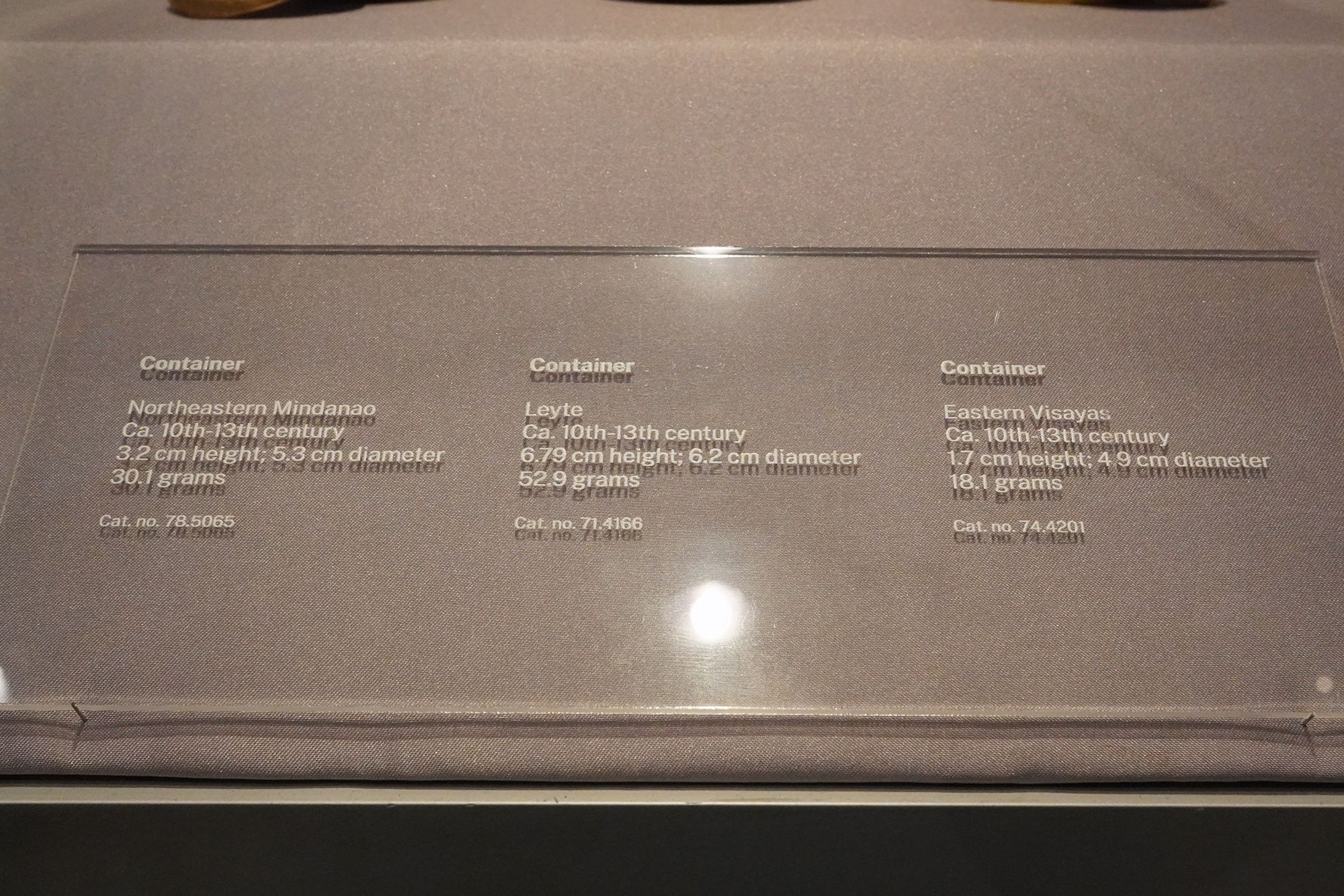
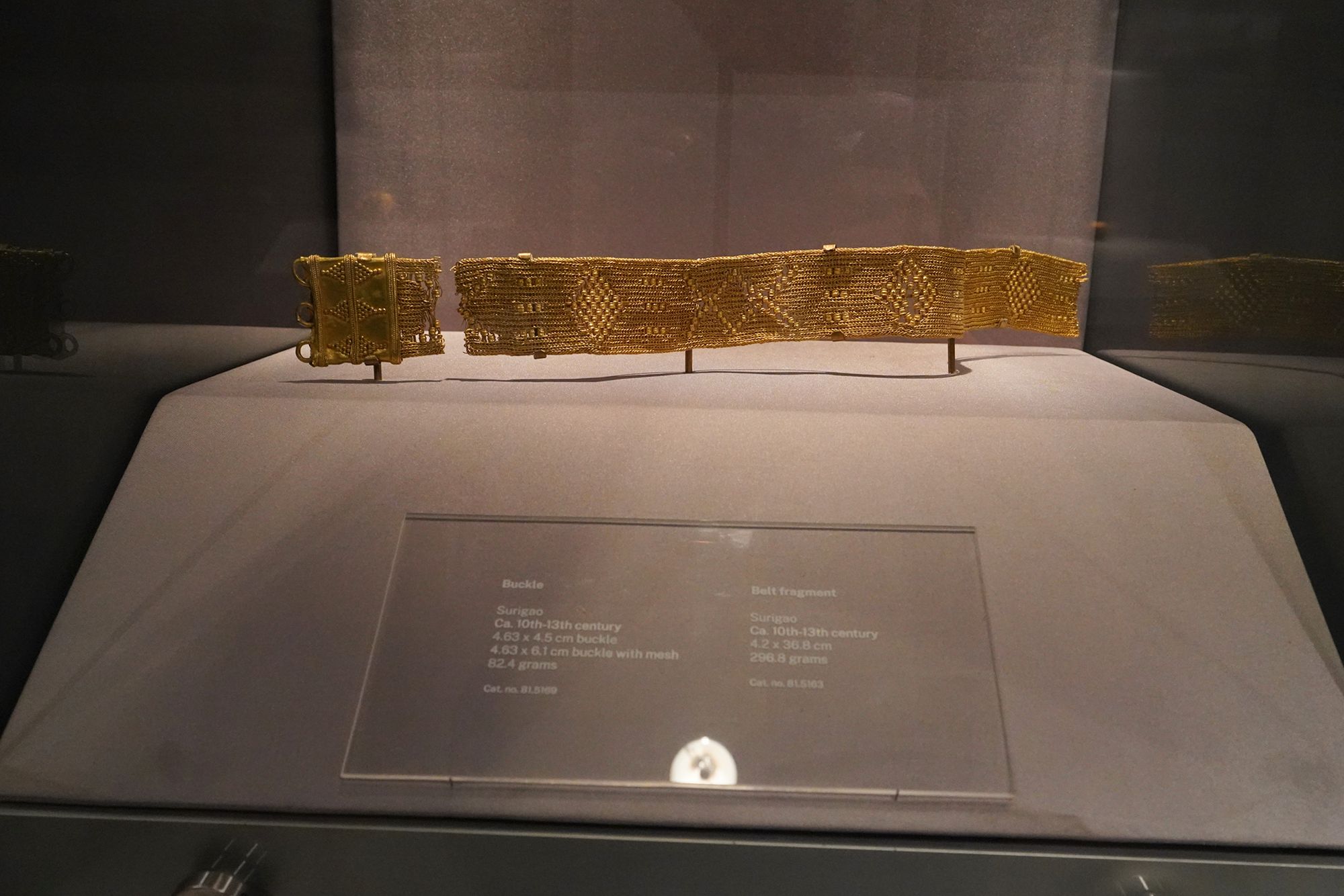
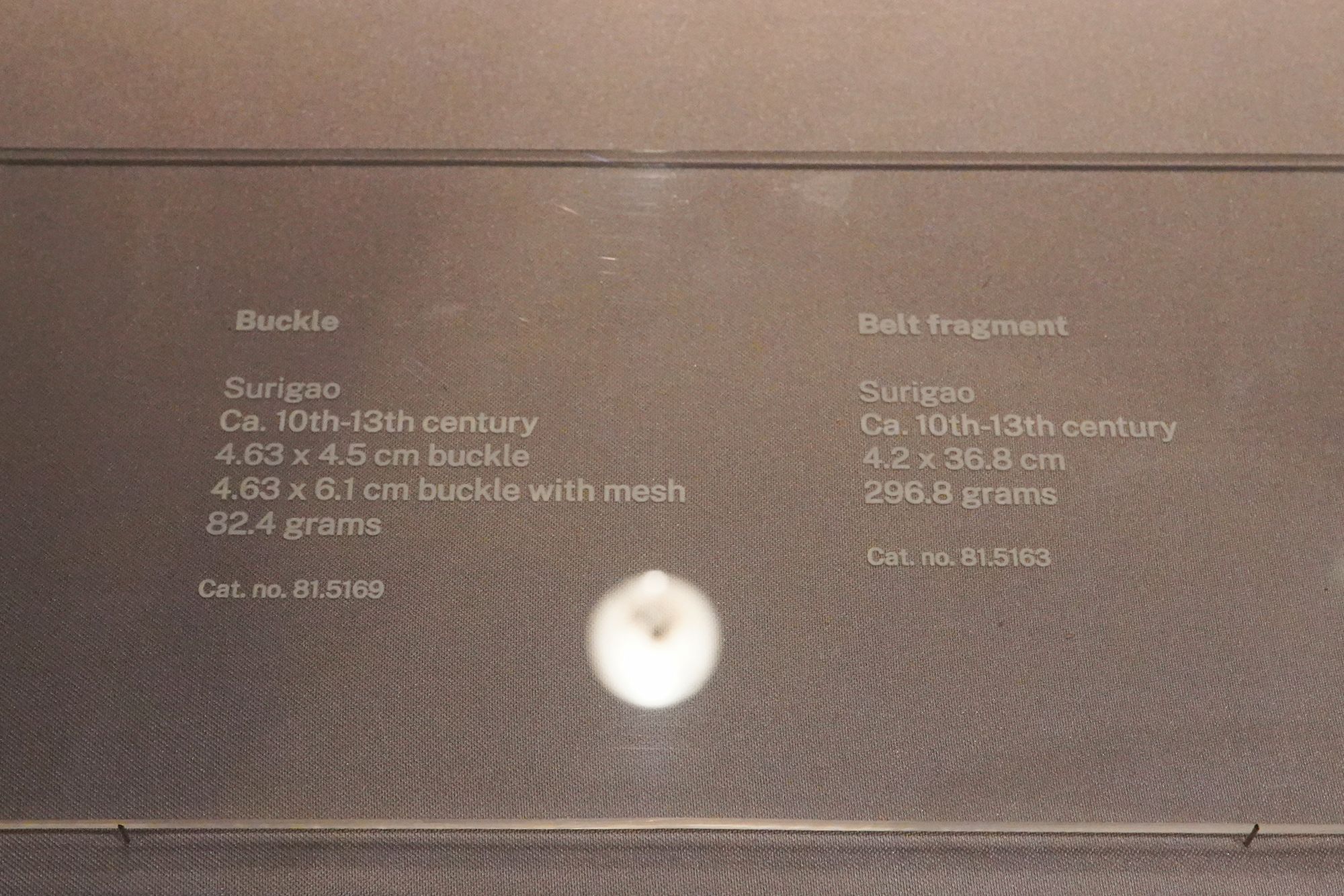
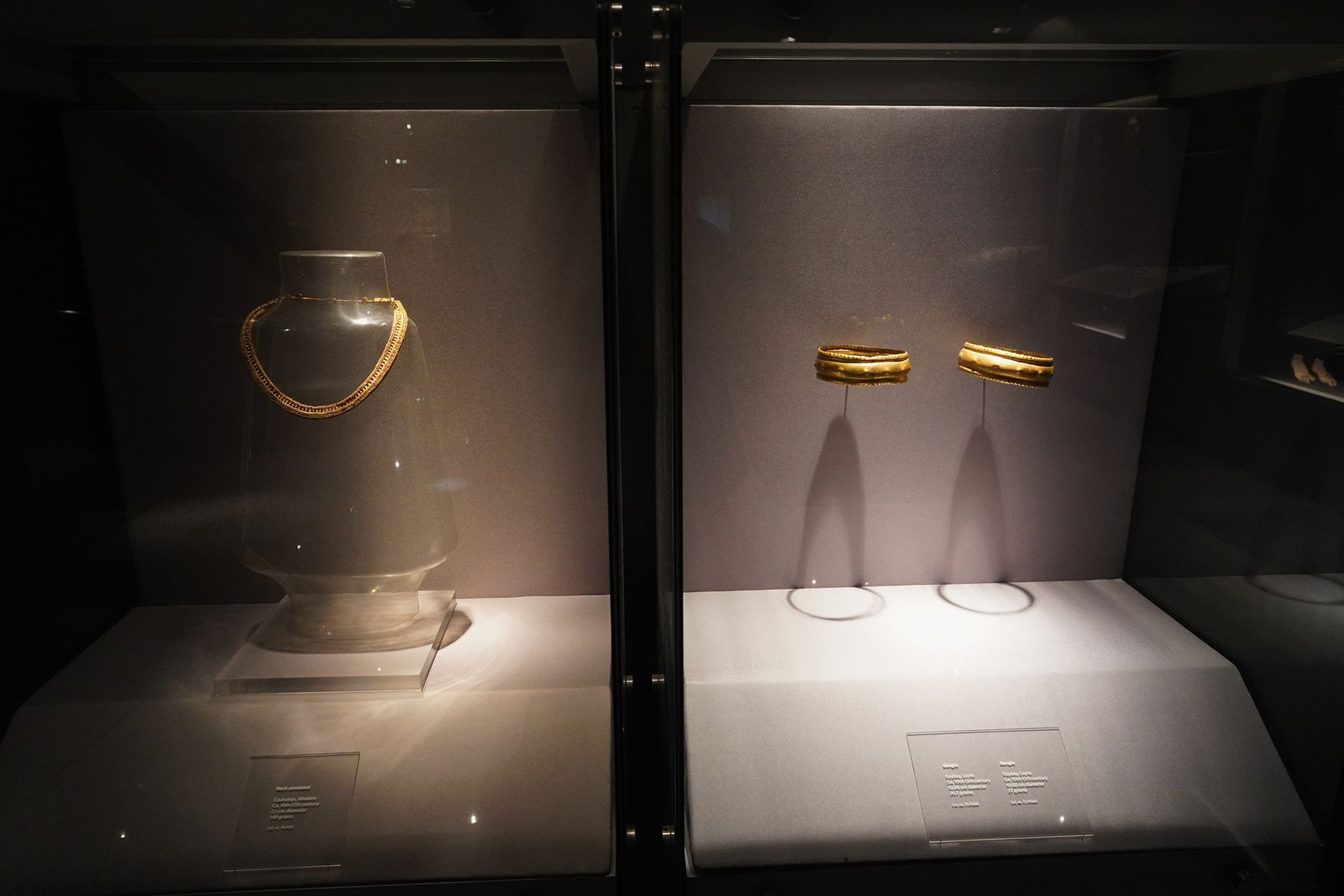
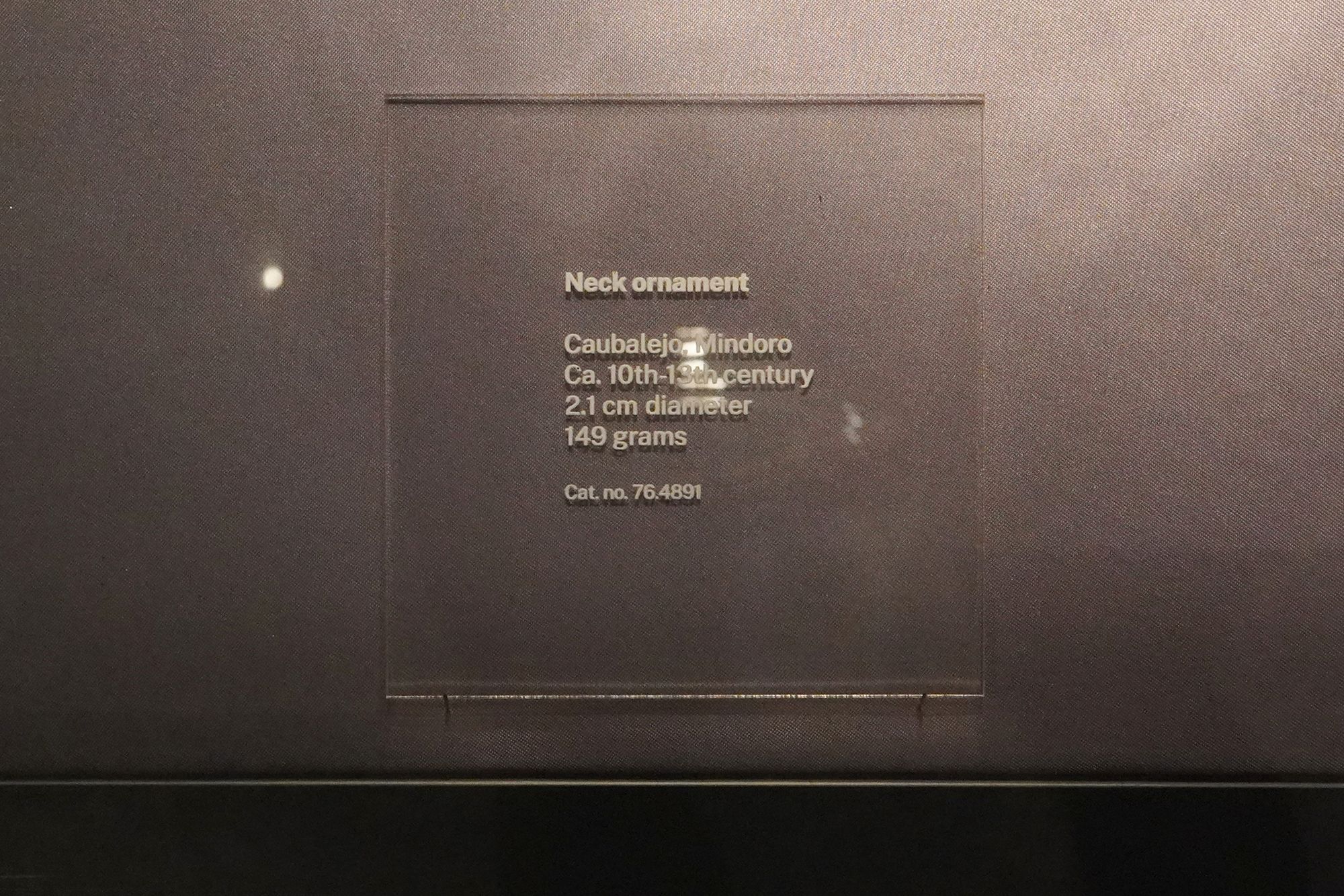
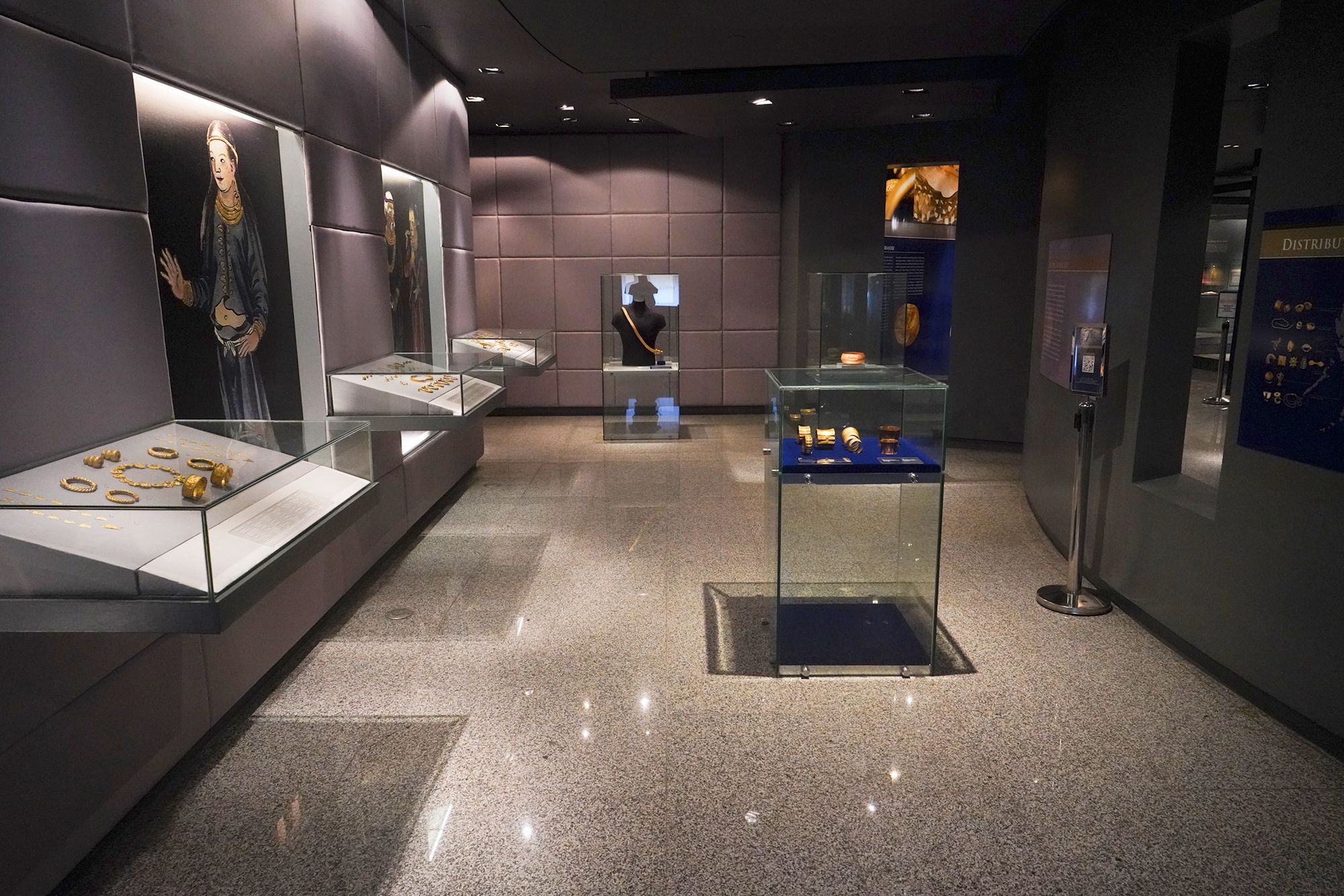
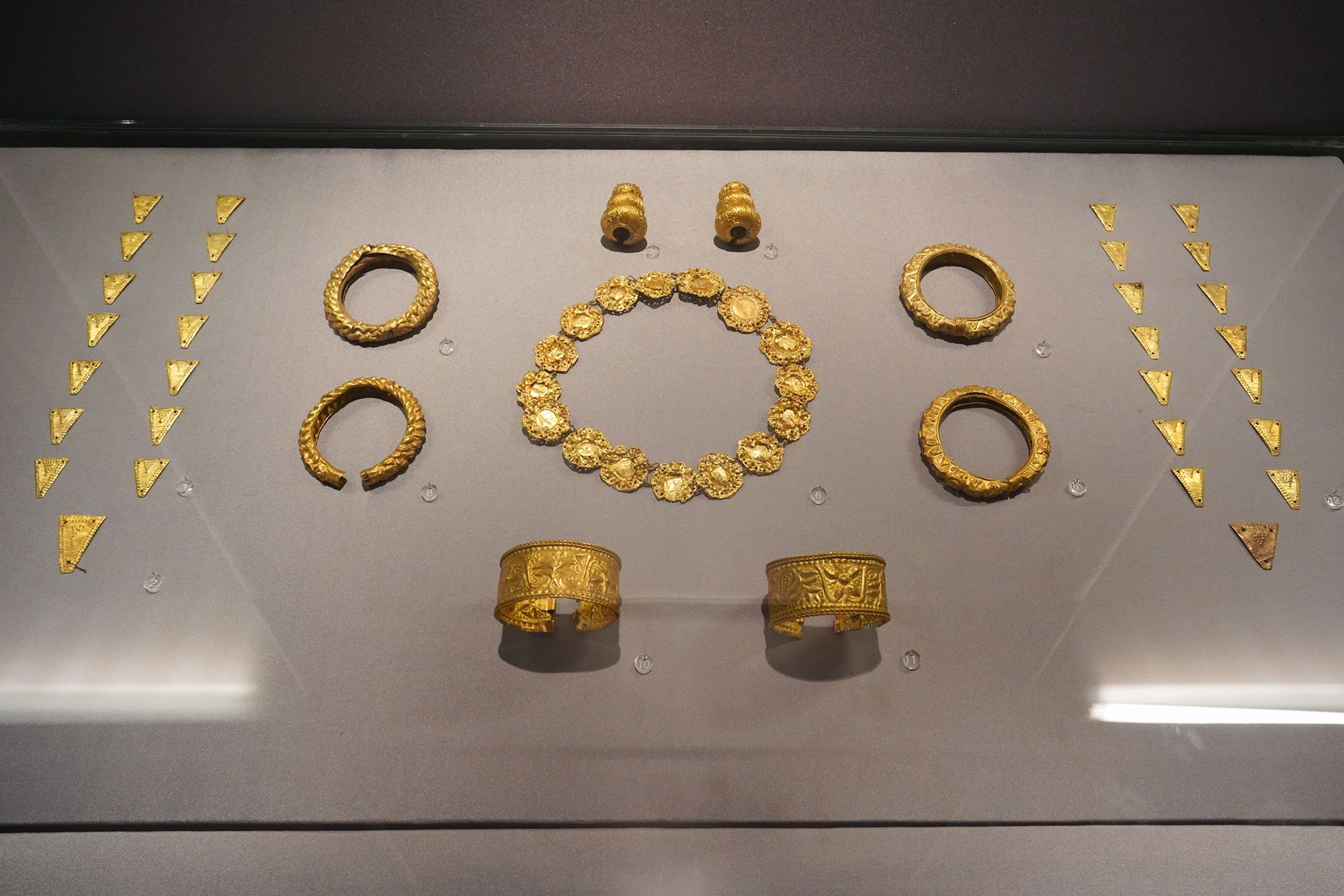
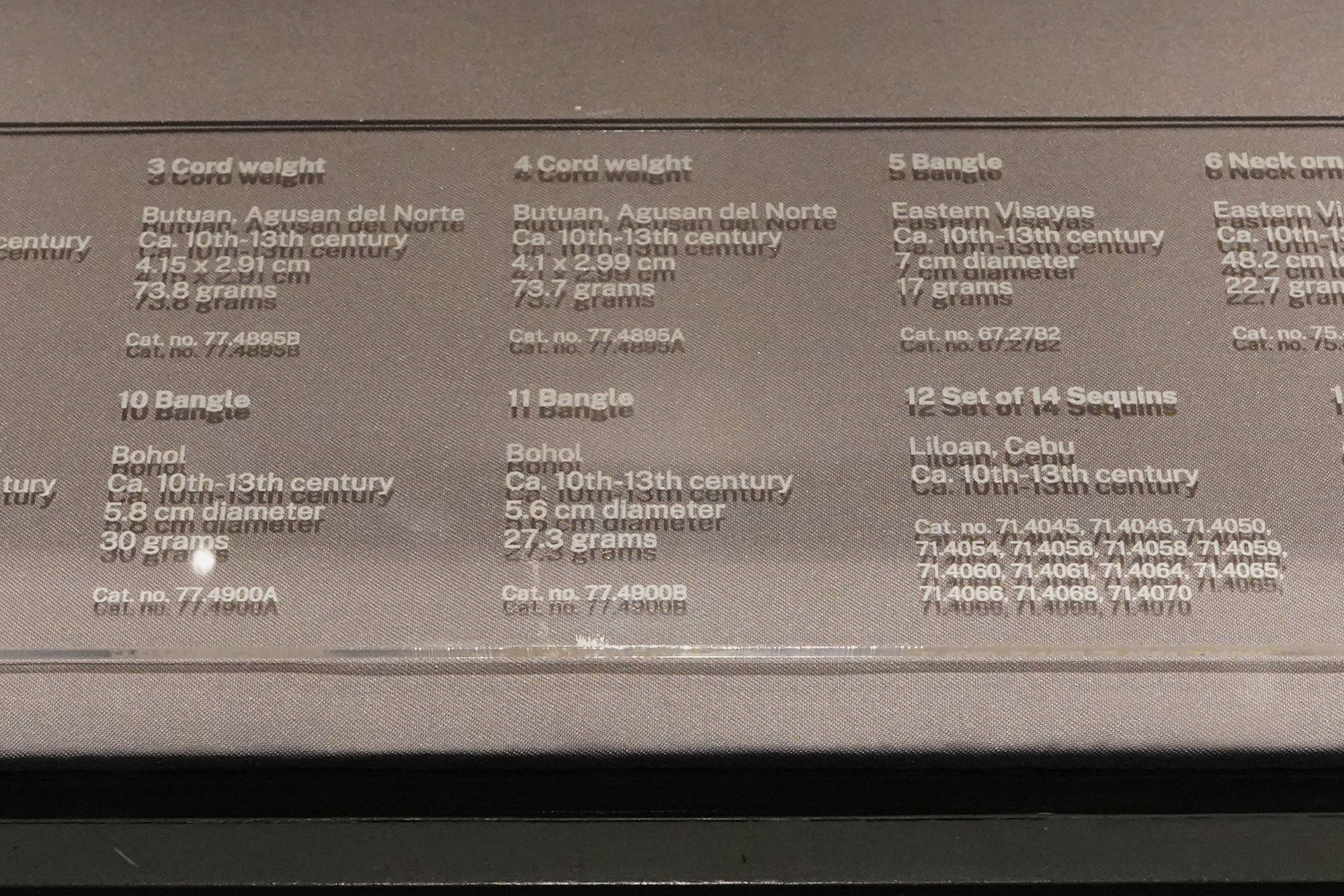
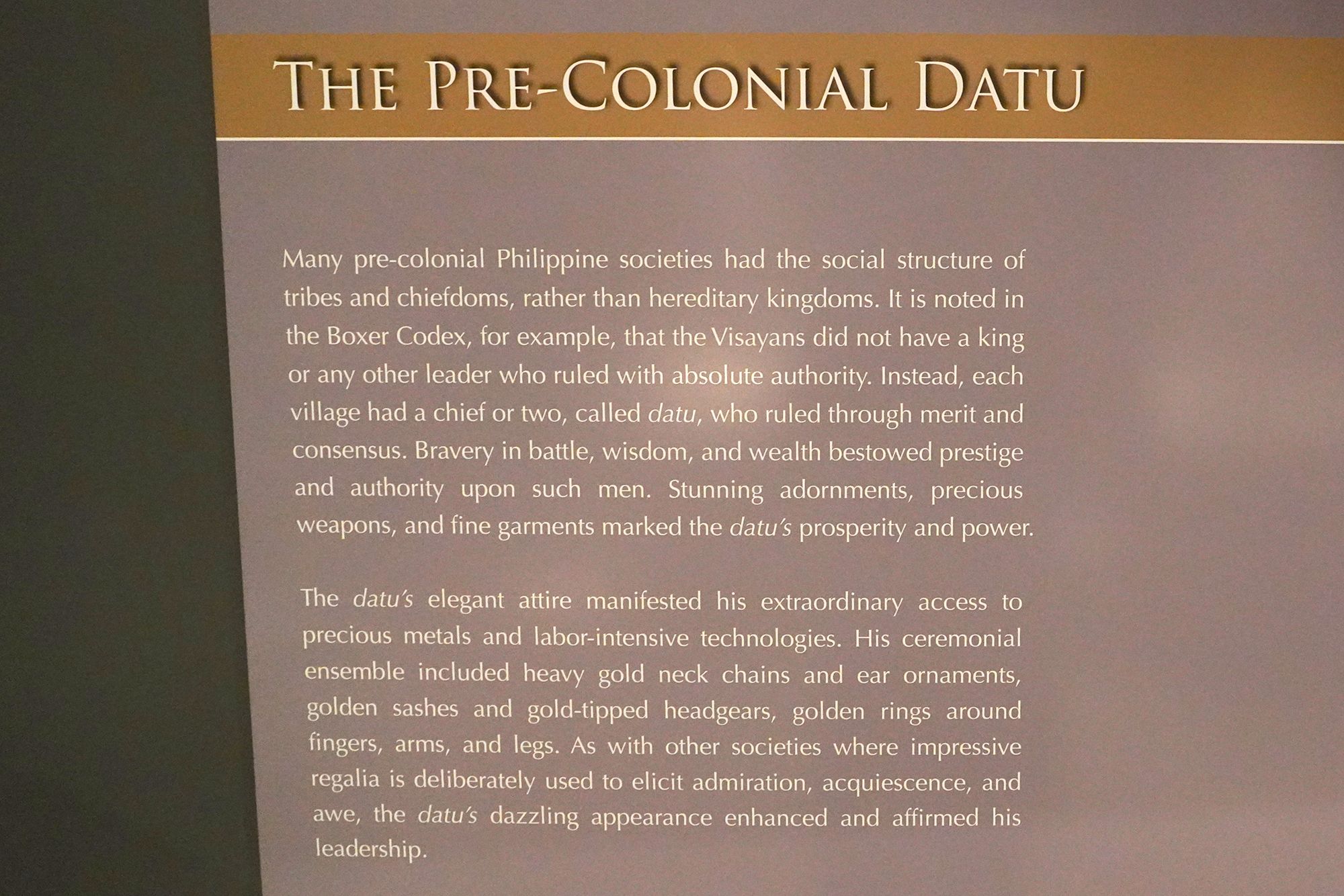









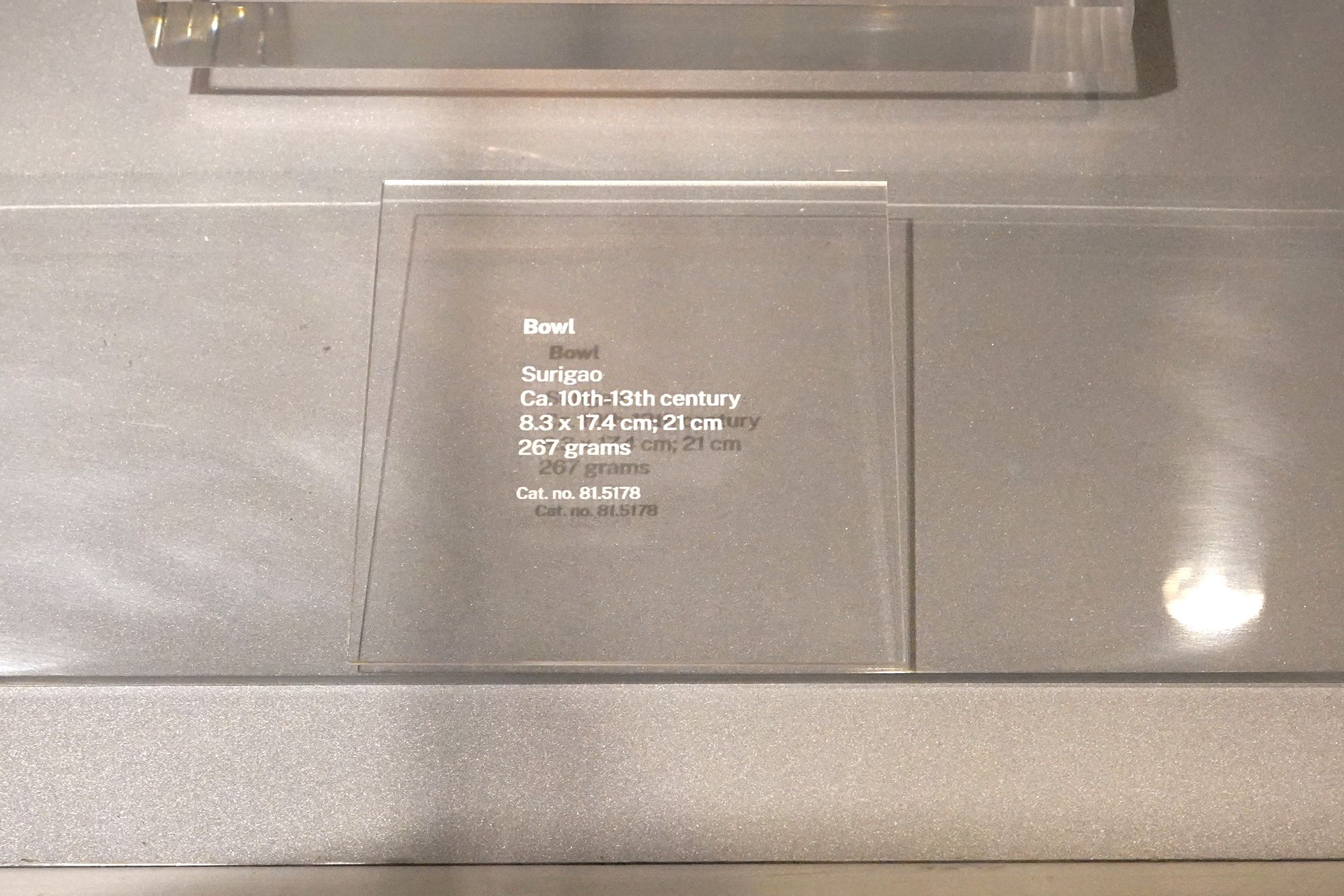
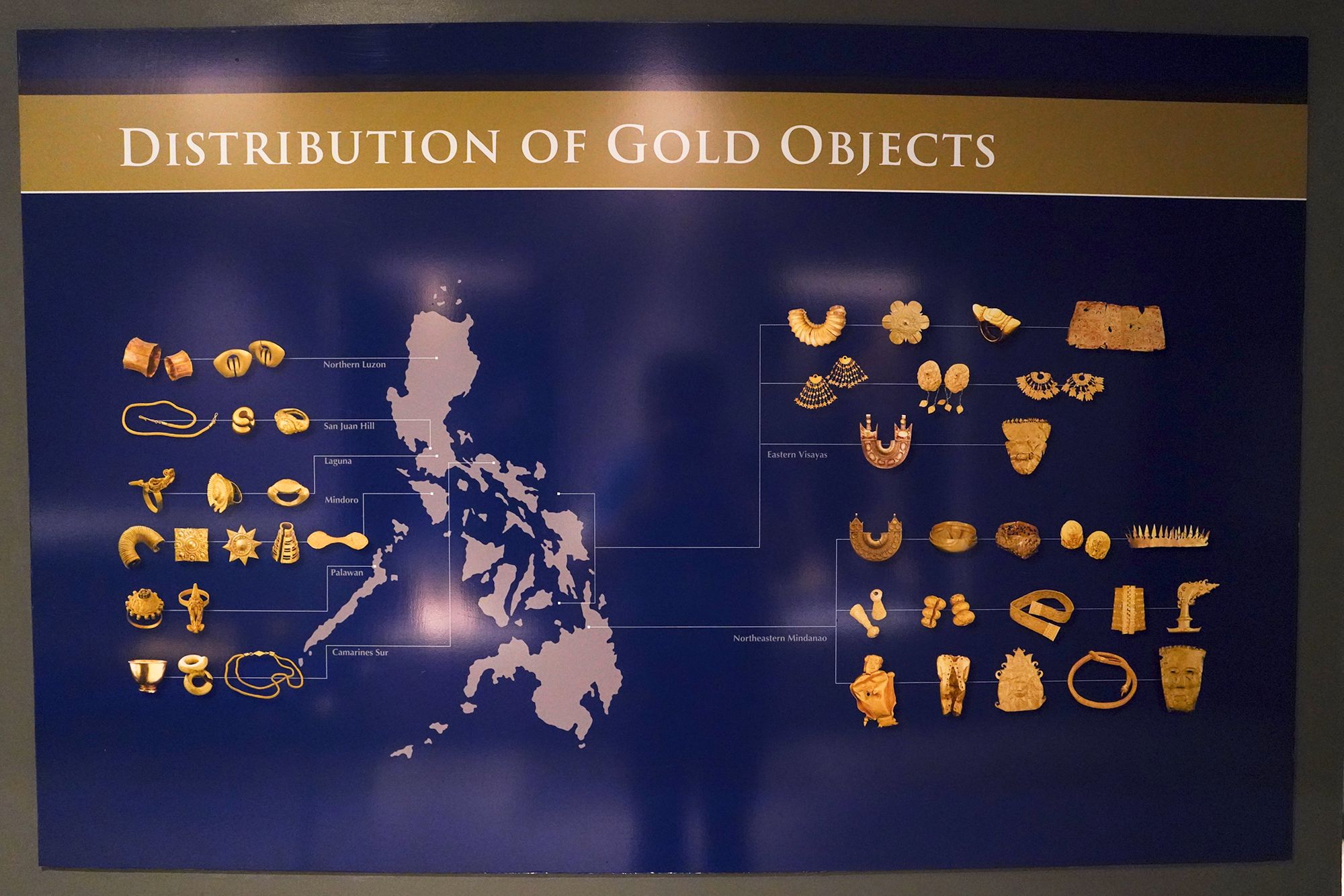
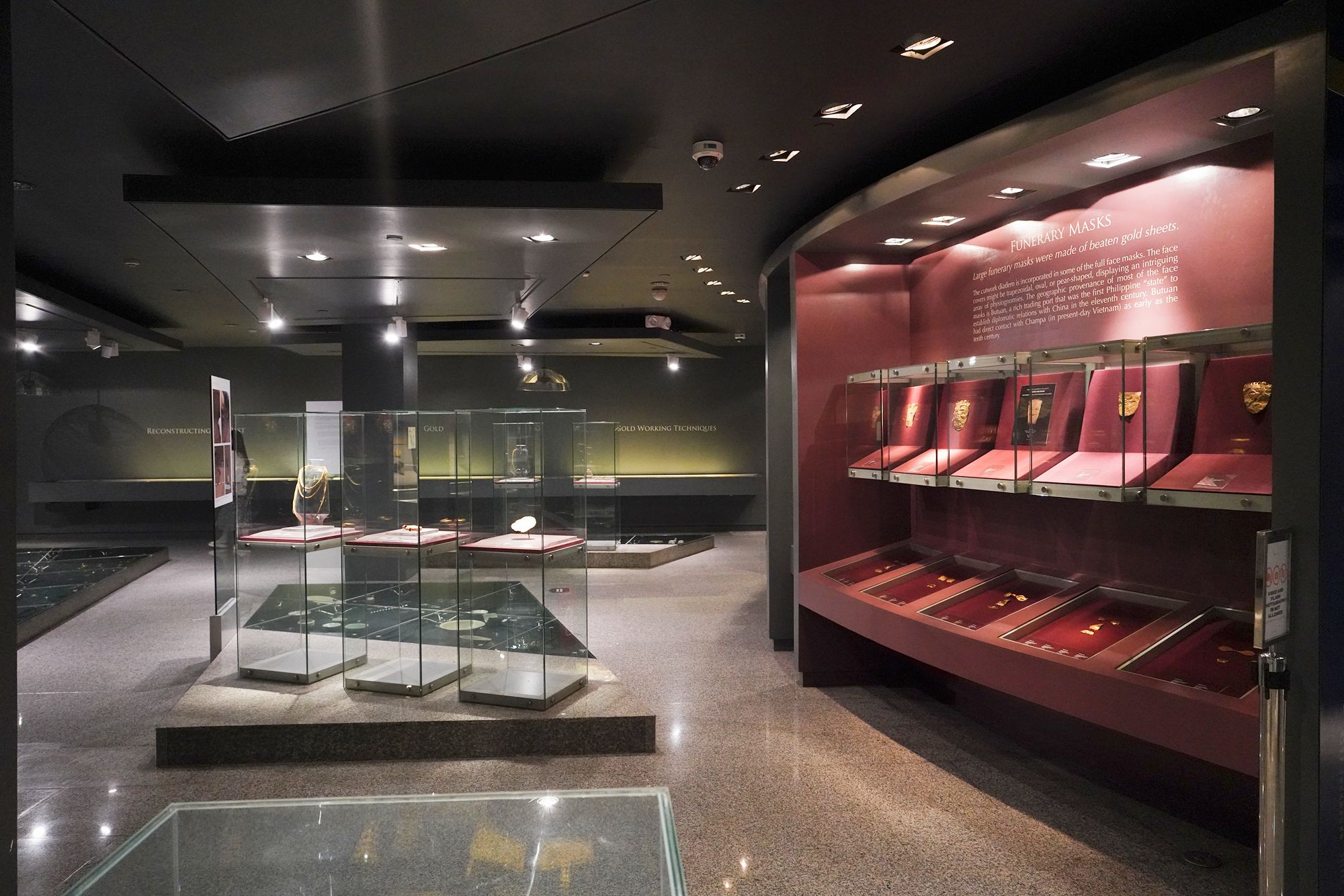
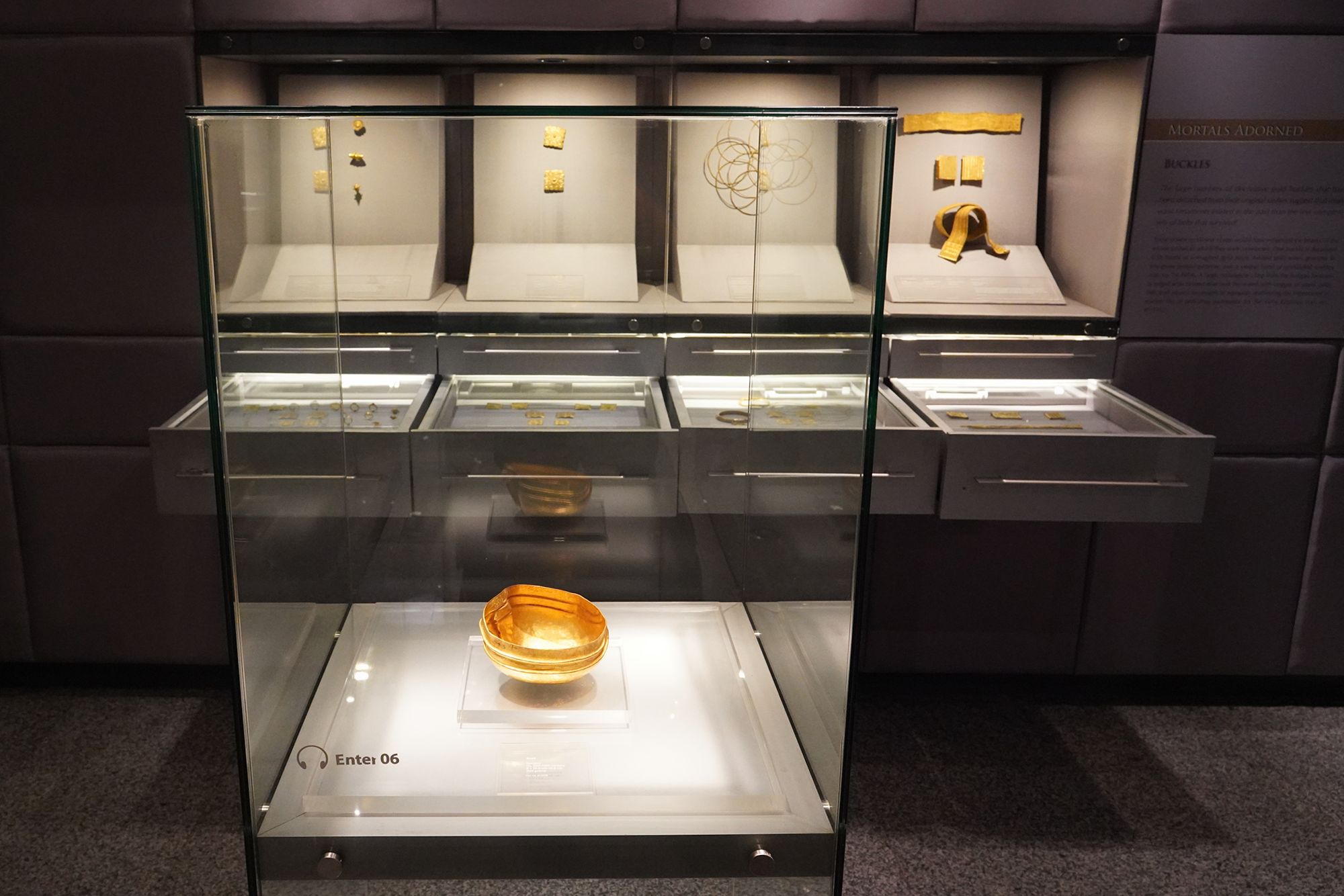
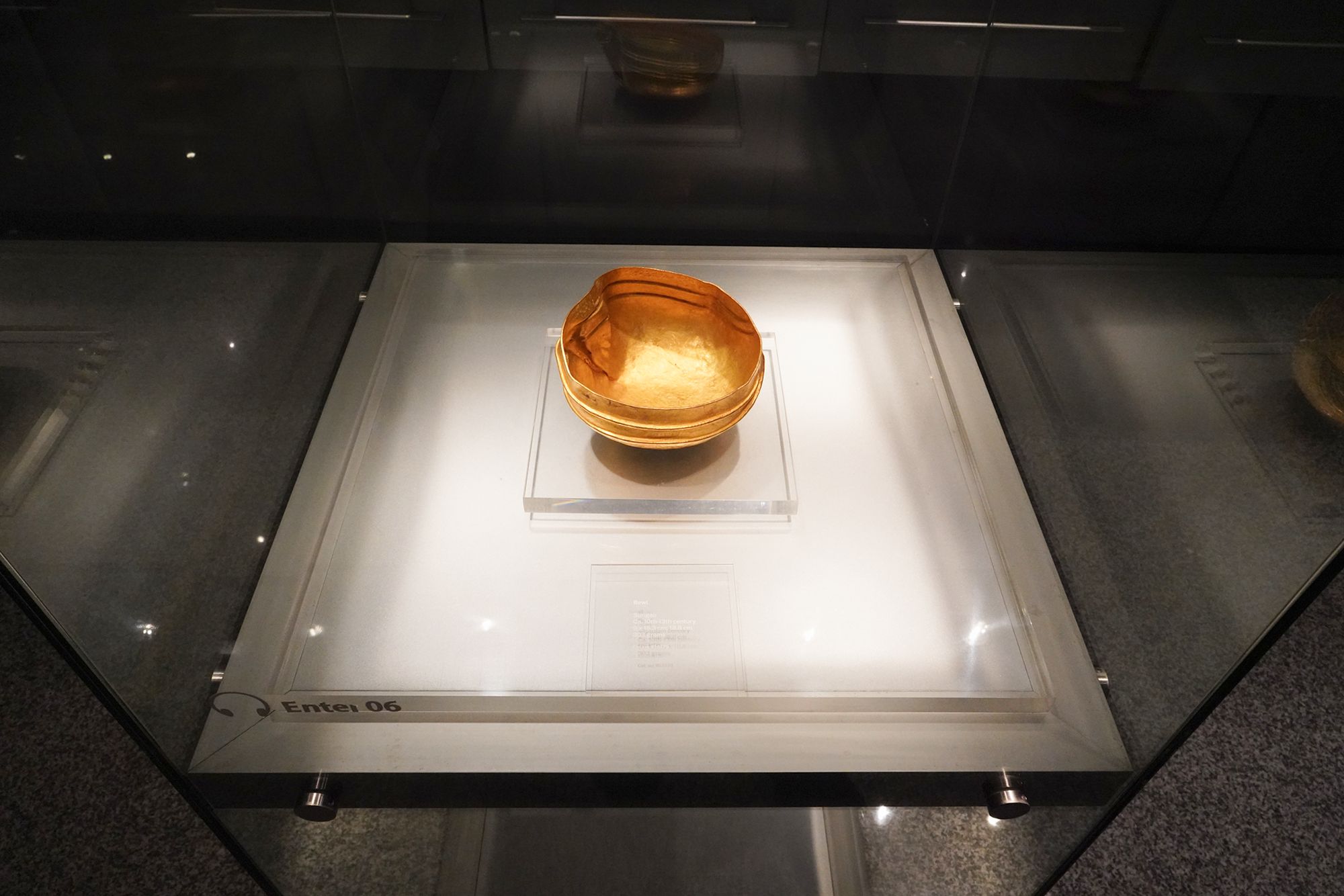
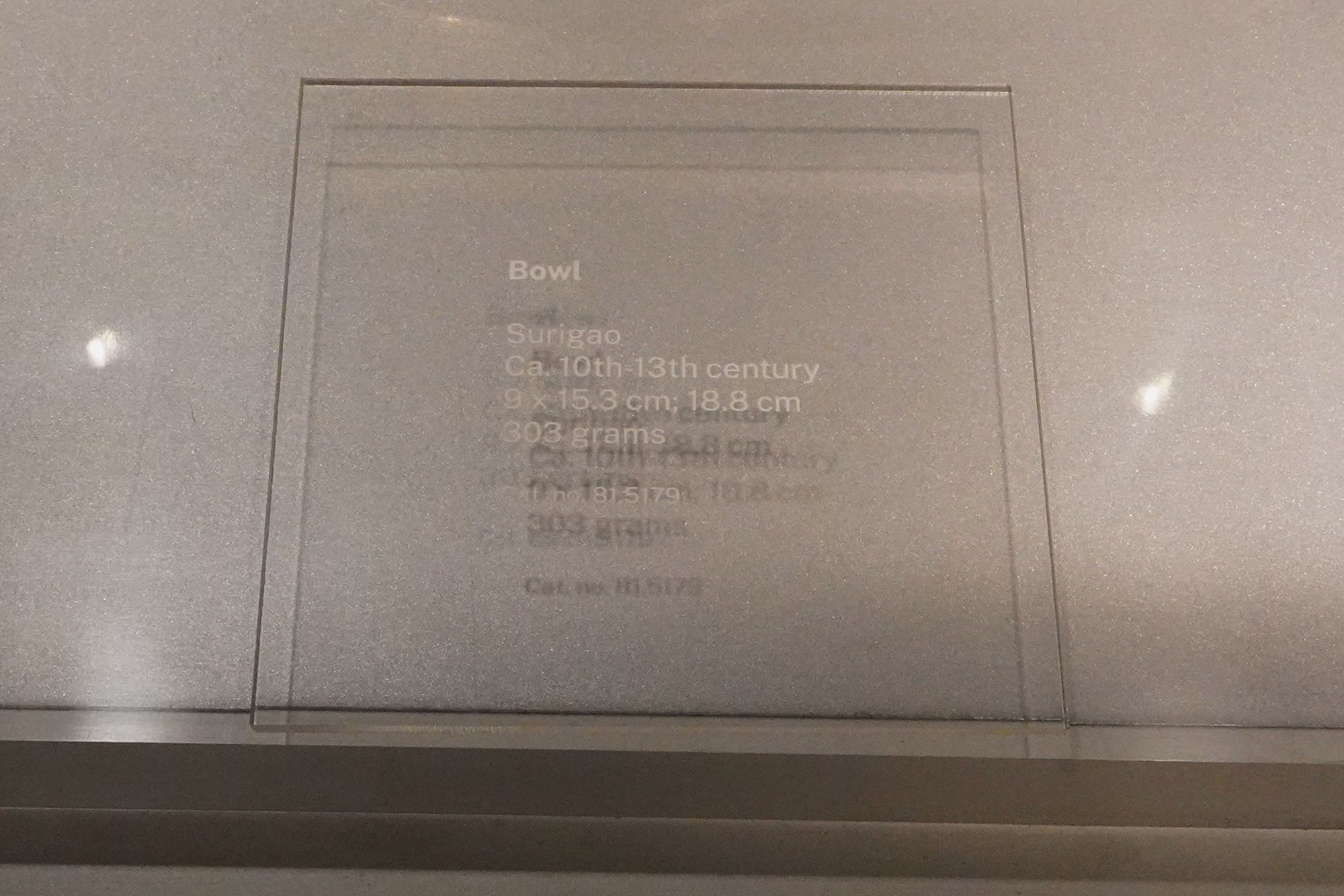
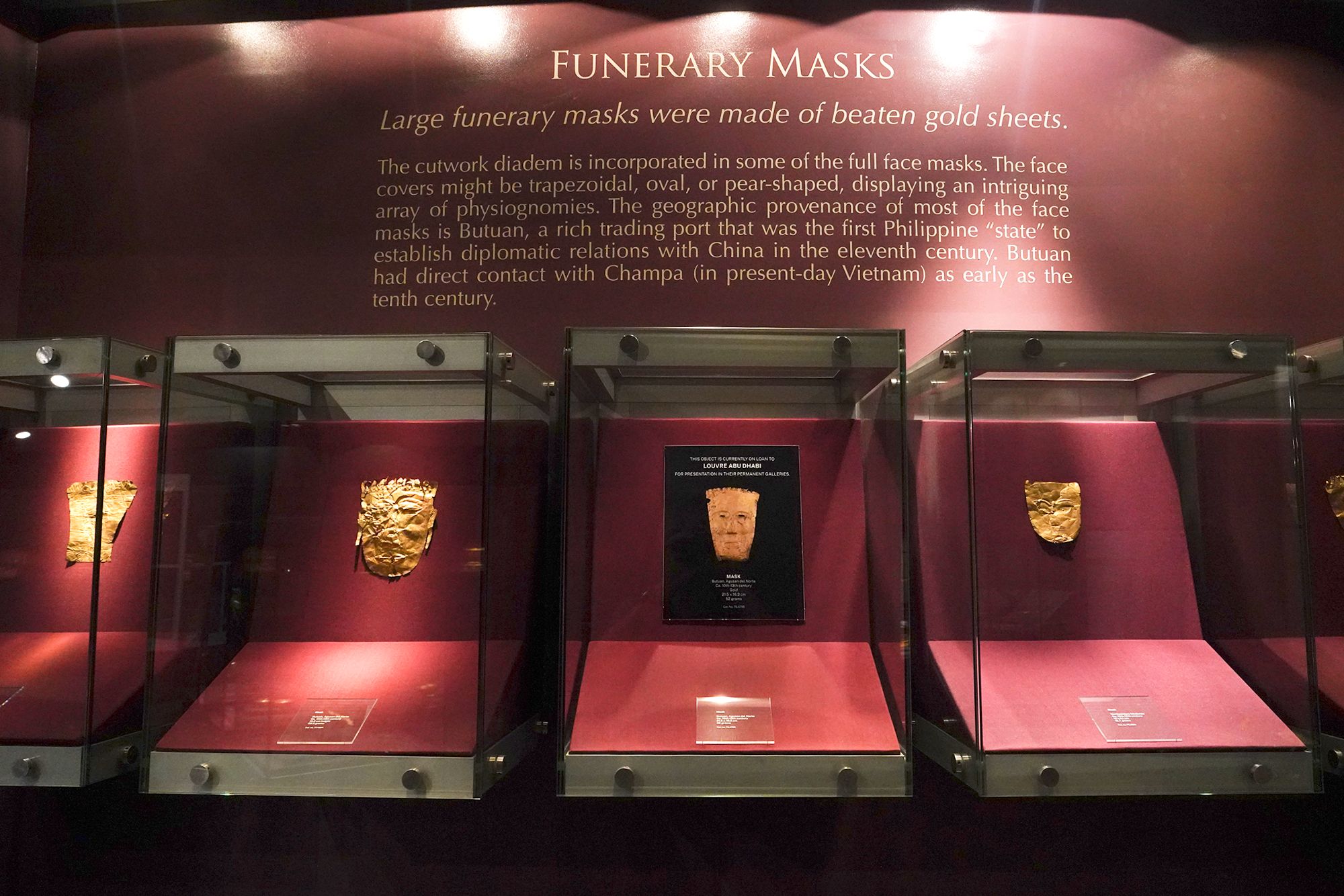
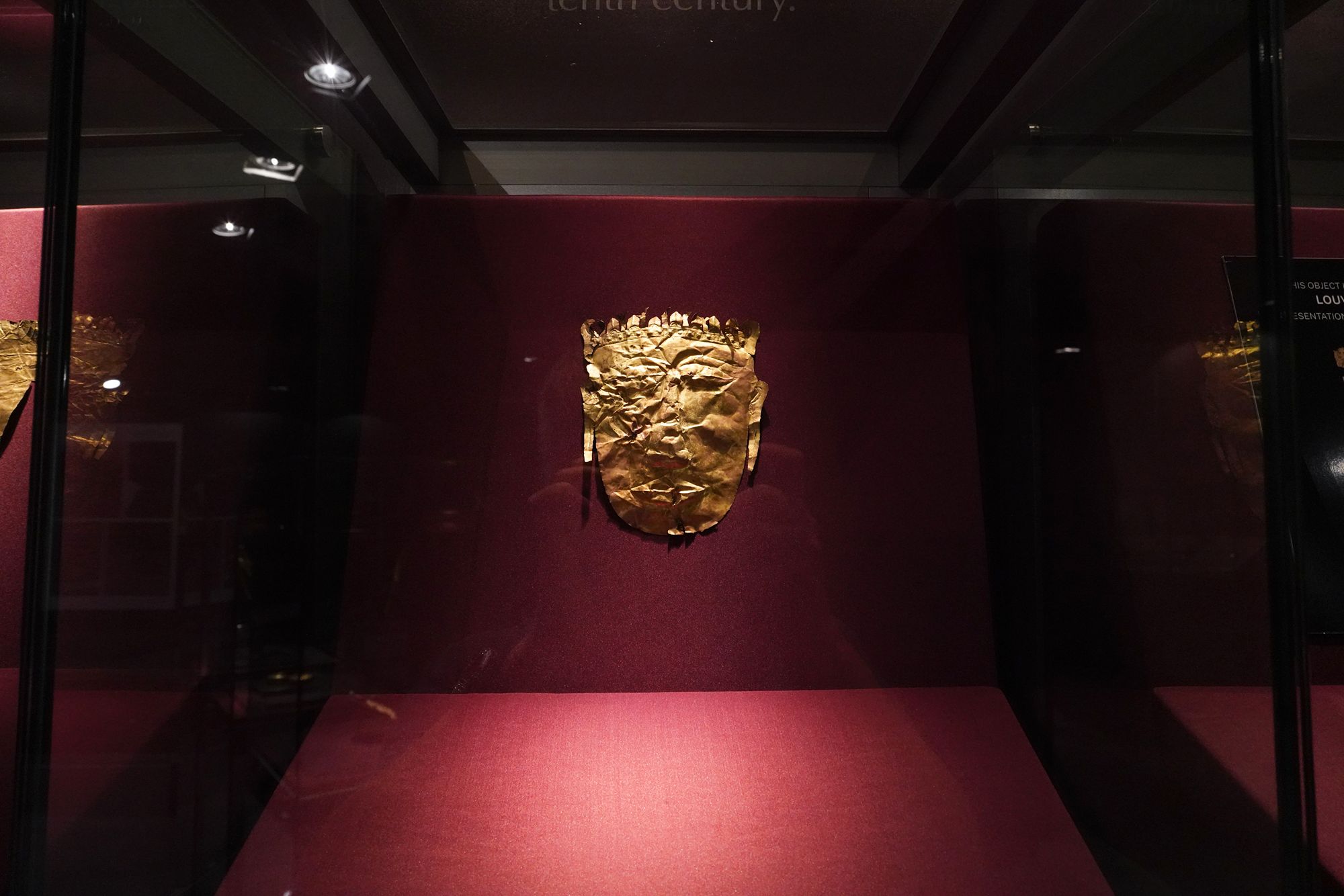
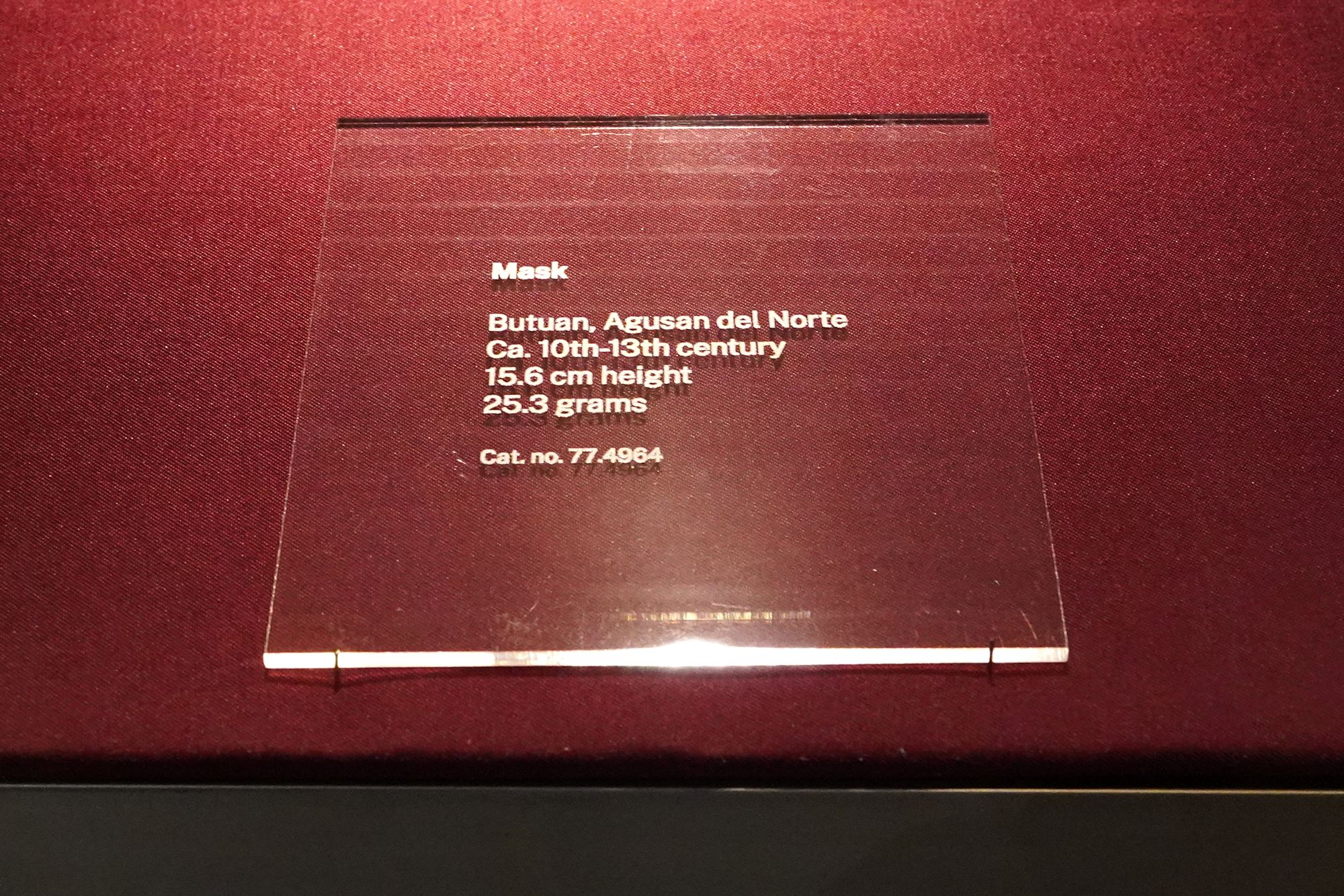
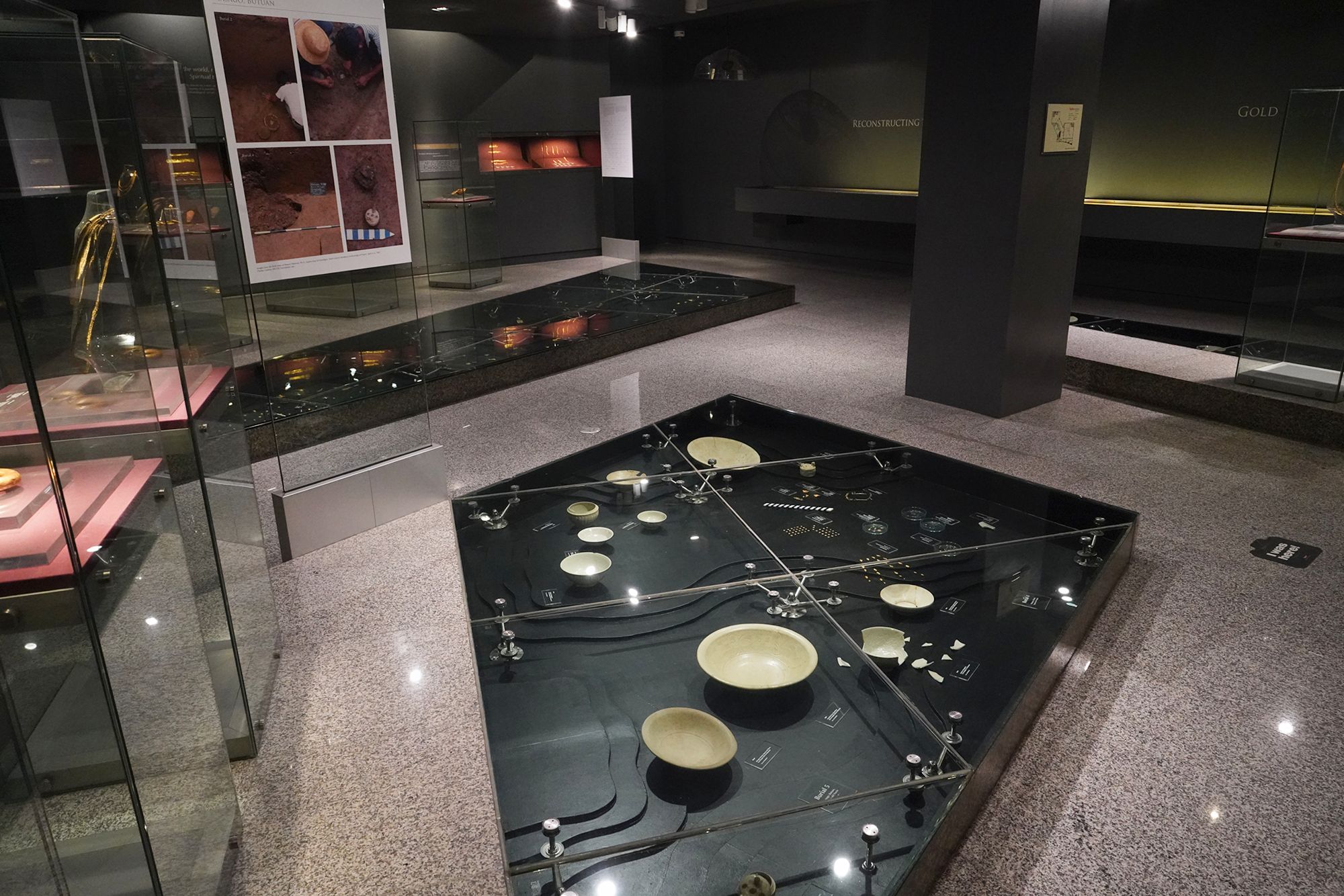
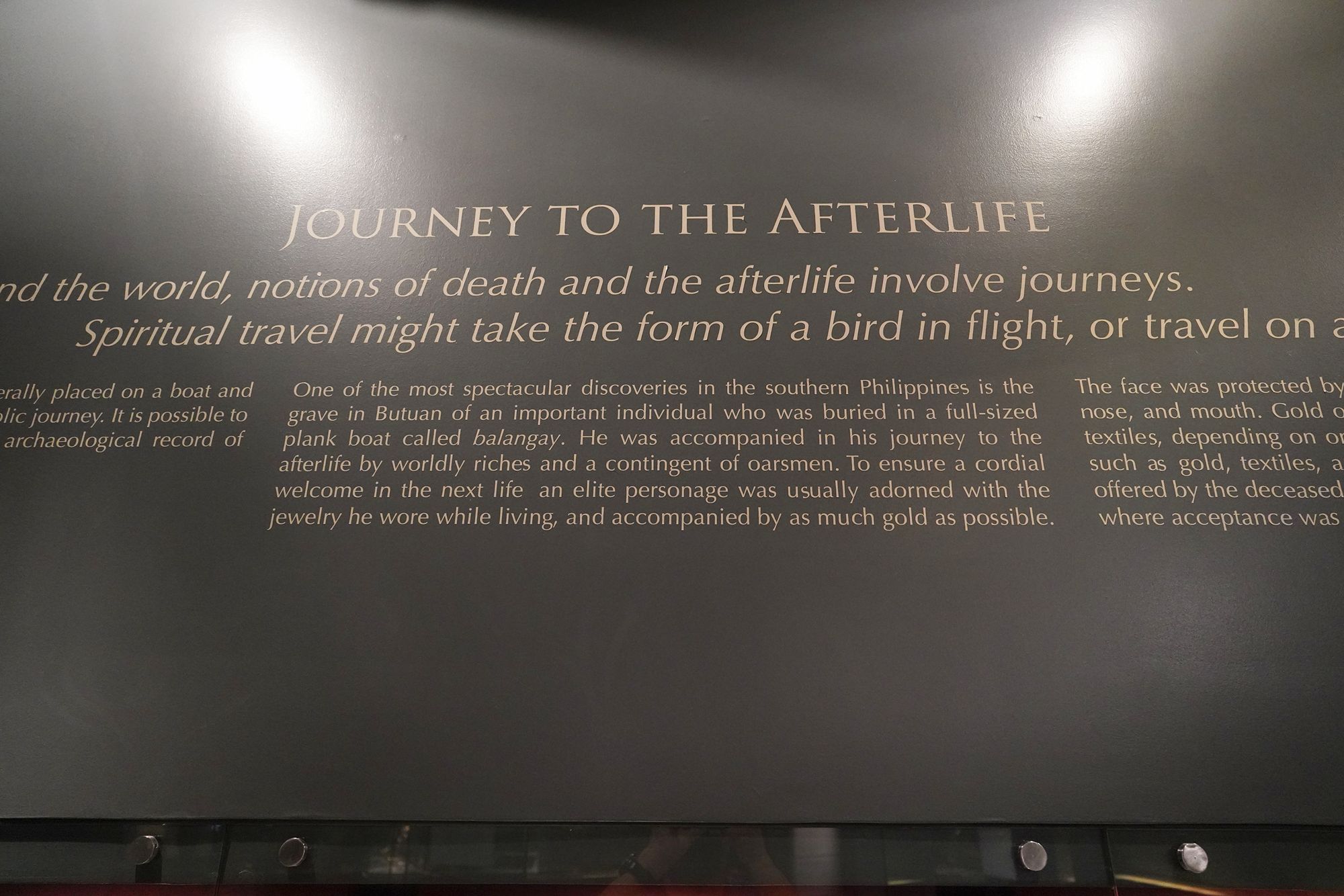
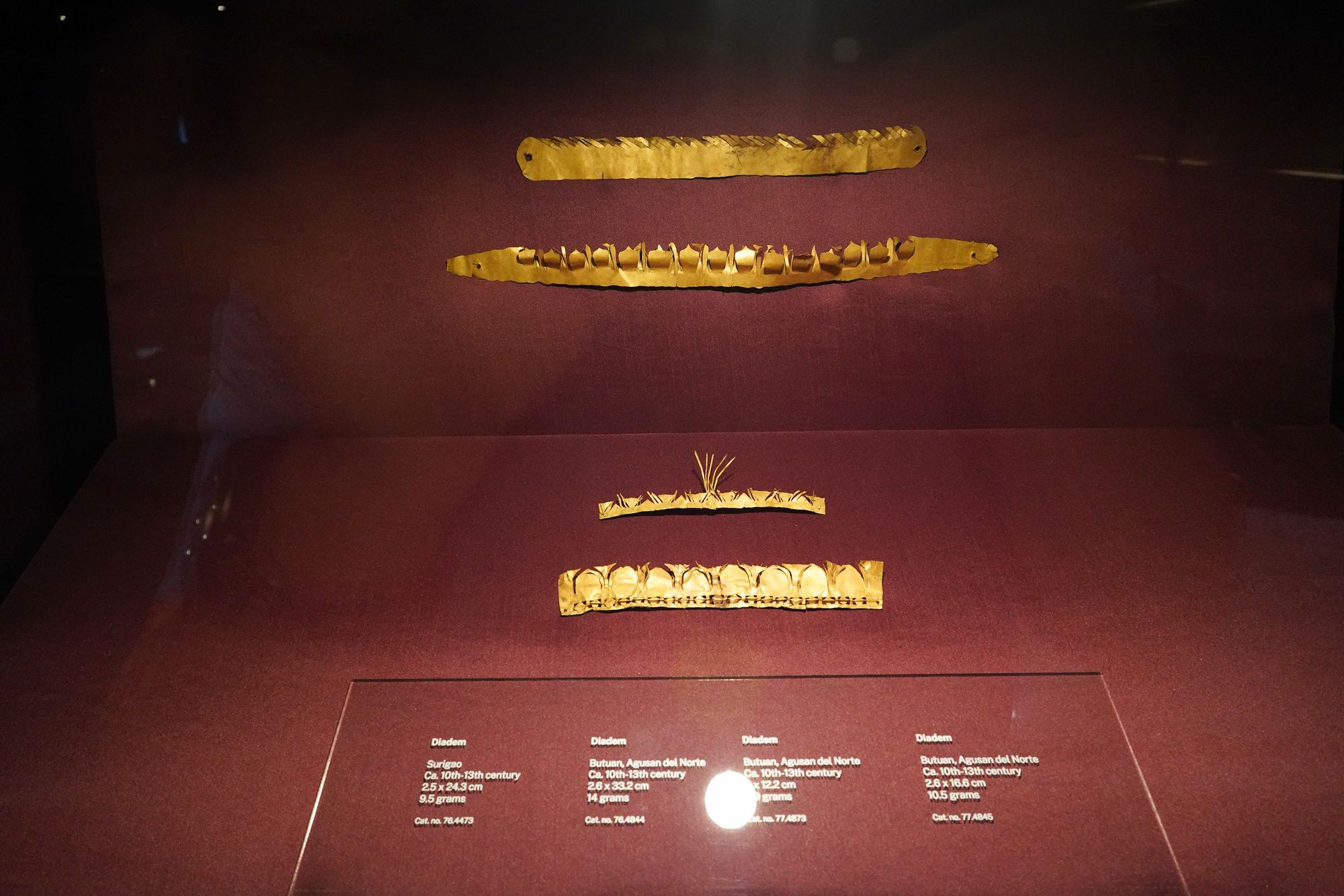
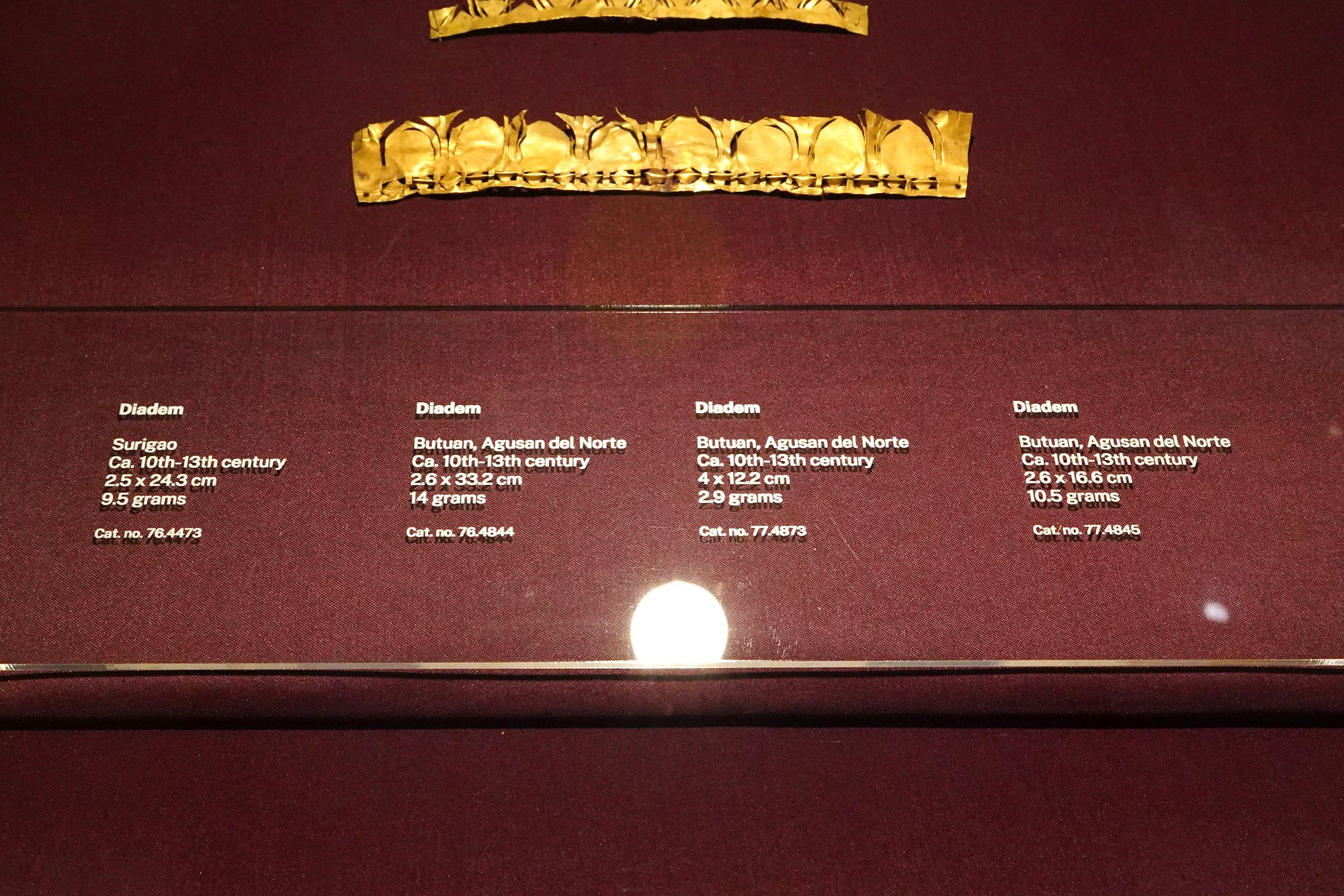
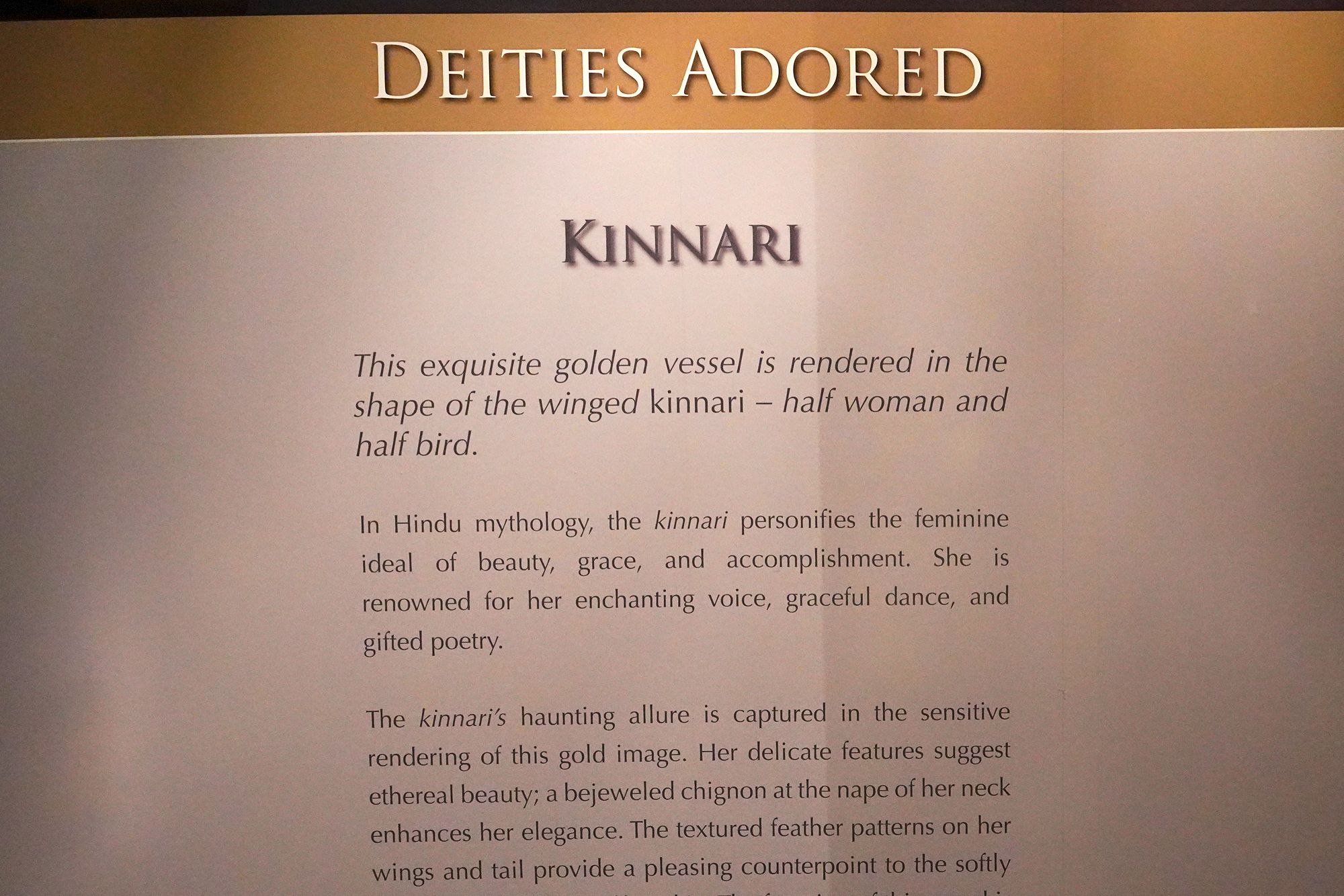
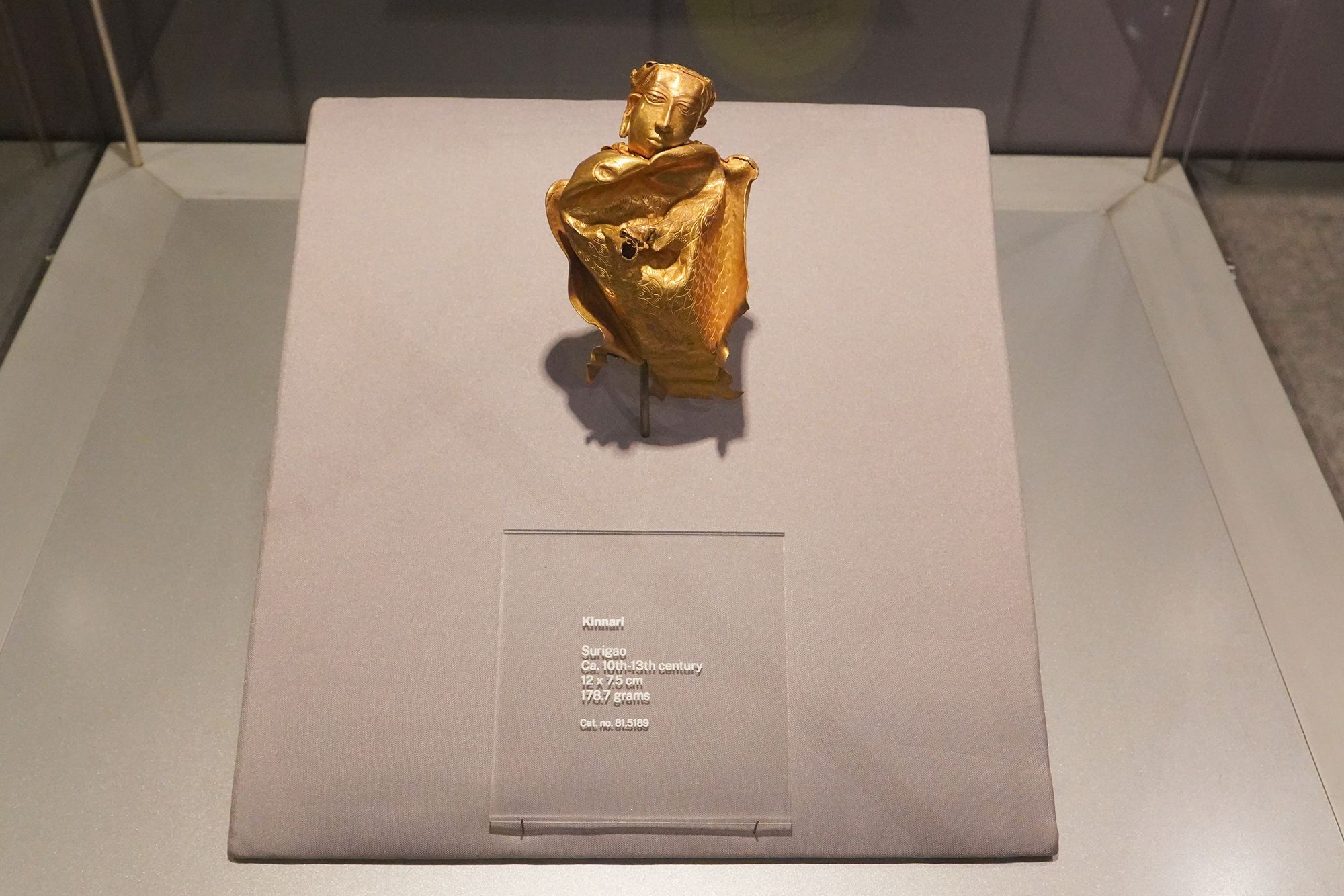
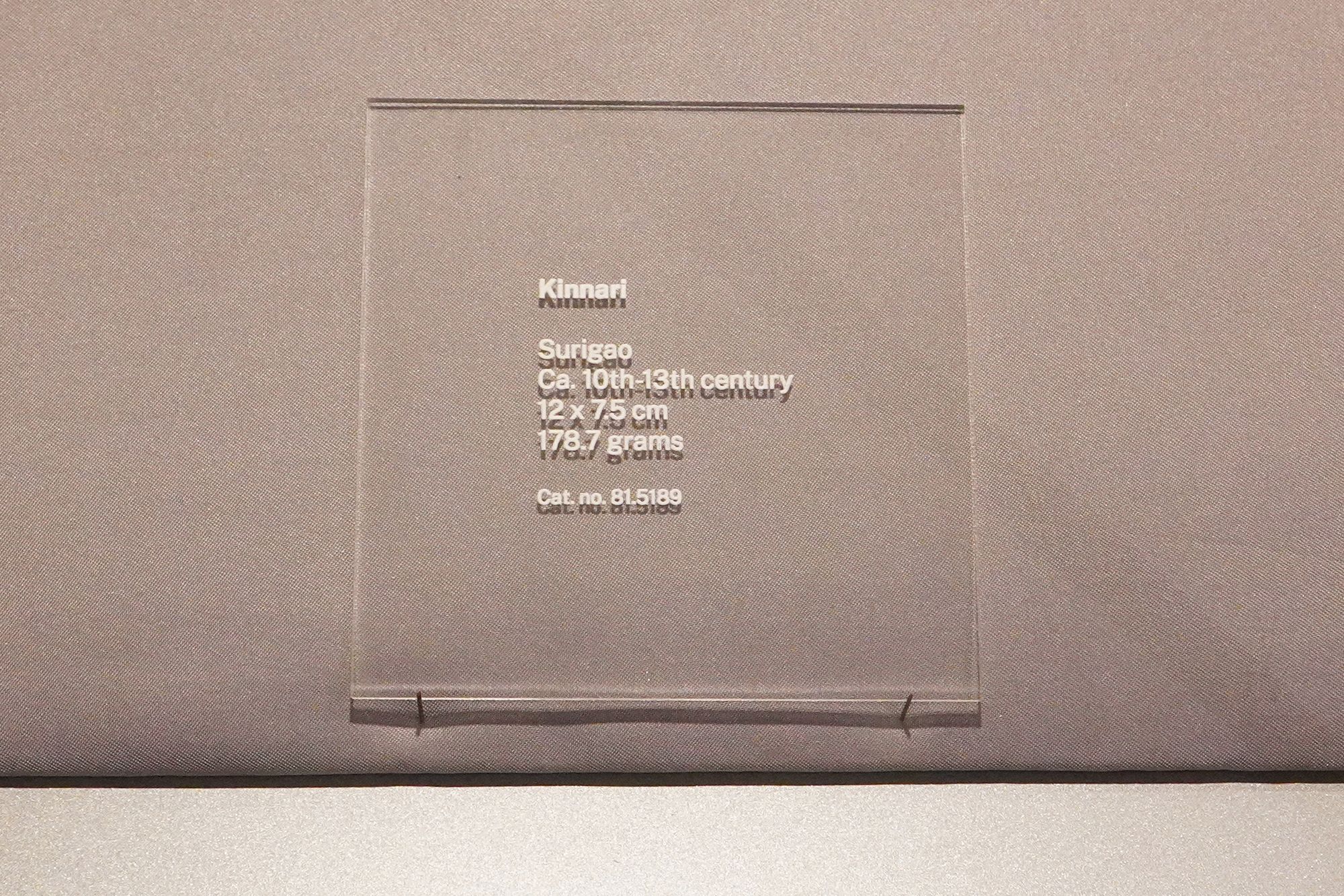
Skeins of Knowledge, Threads of Wisdom: This exhibition places indigenous textiles in the context of community, environment, culture, tradition, spirit, and matter, emphasizing their significance in Filipino heritage.
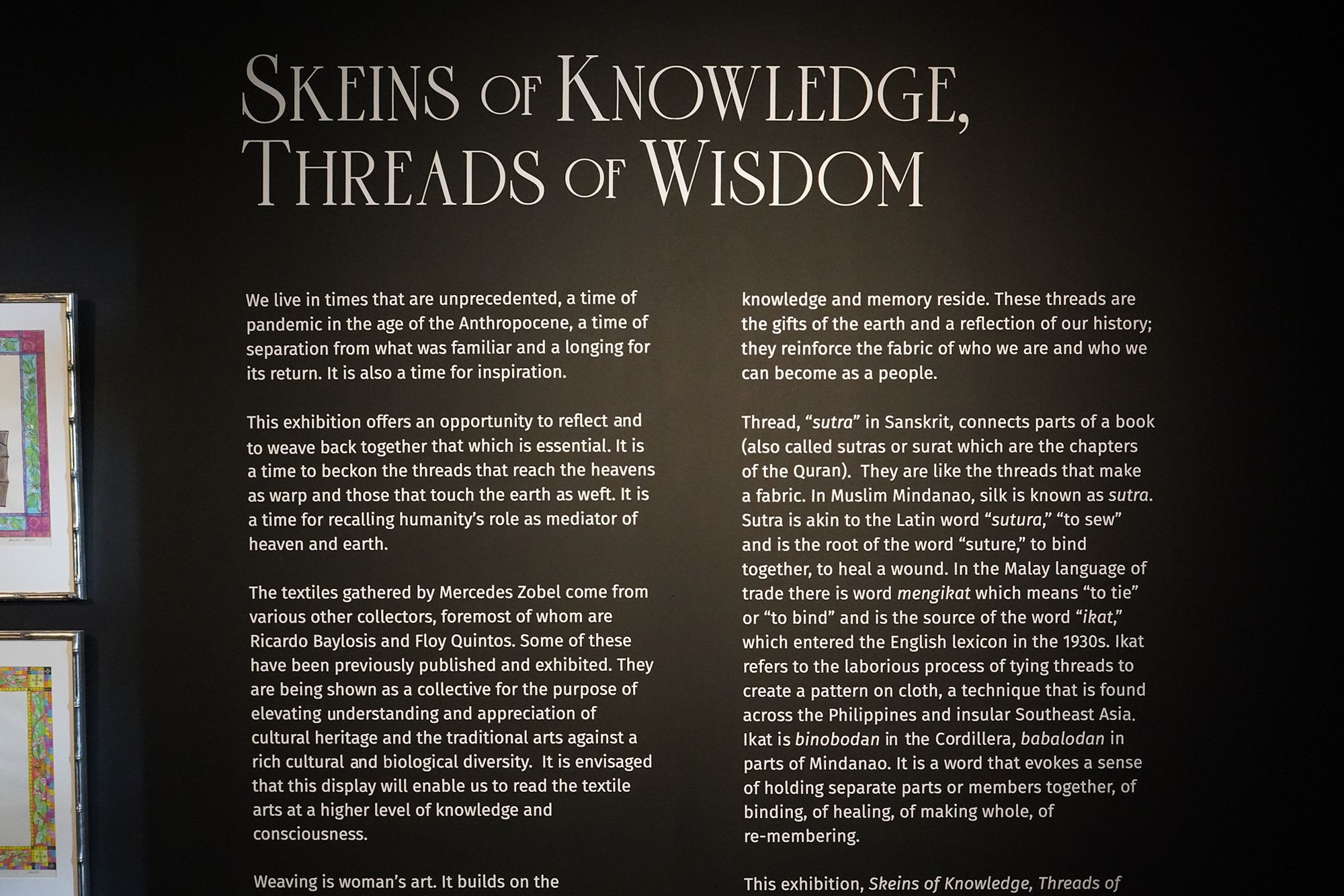
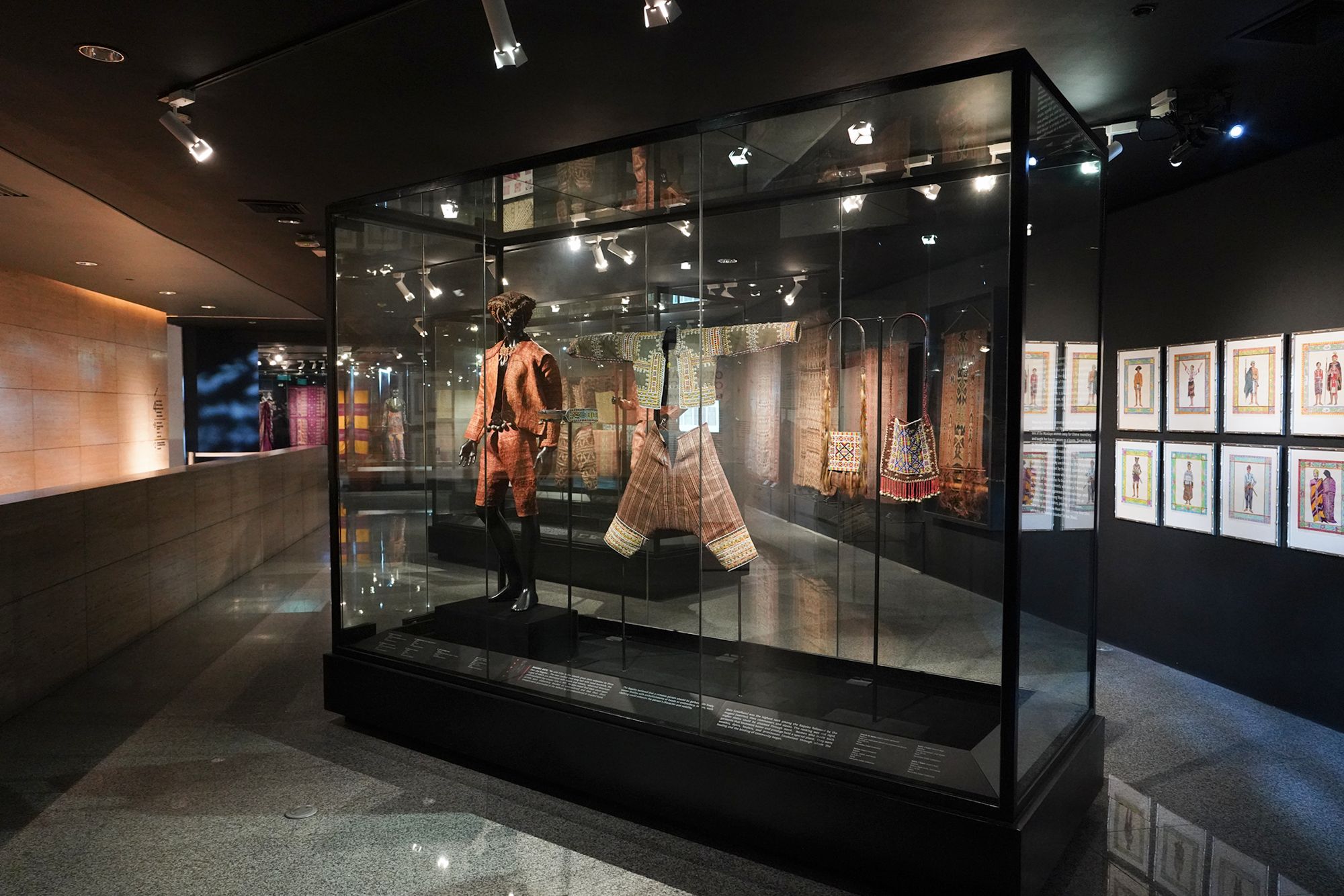
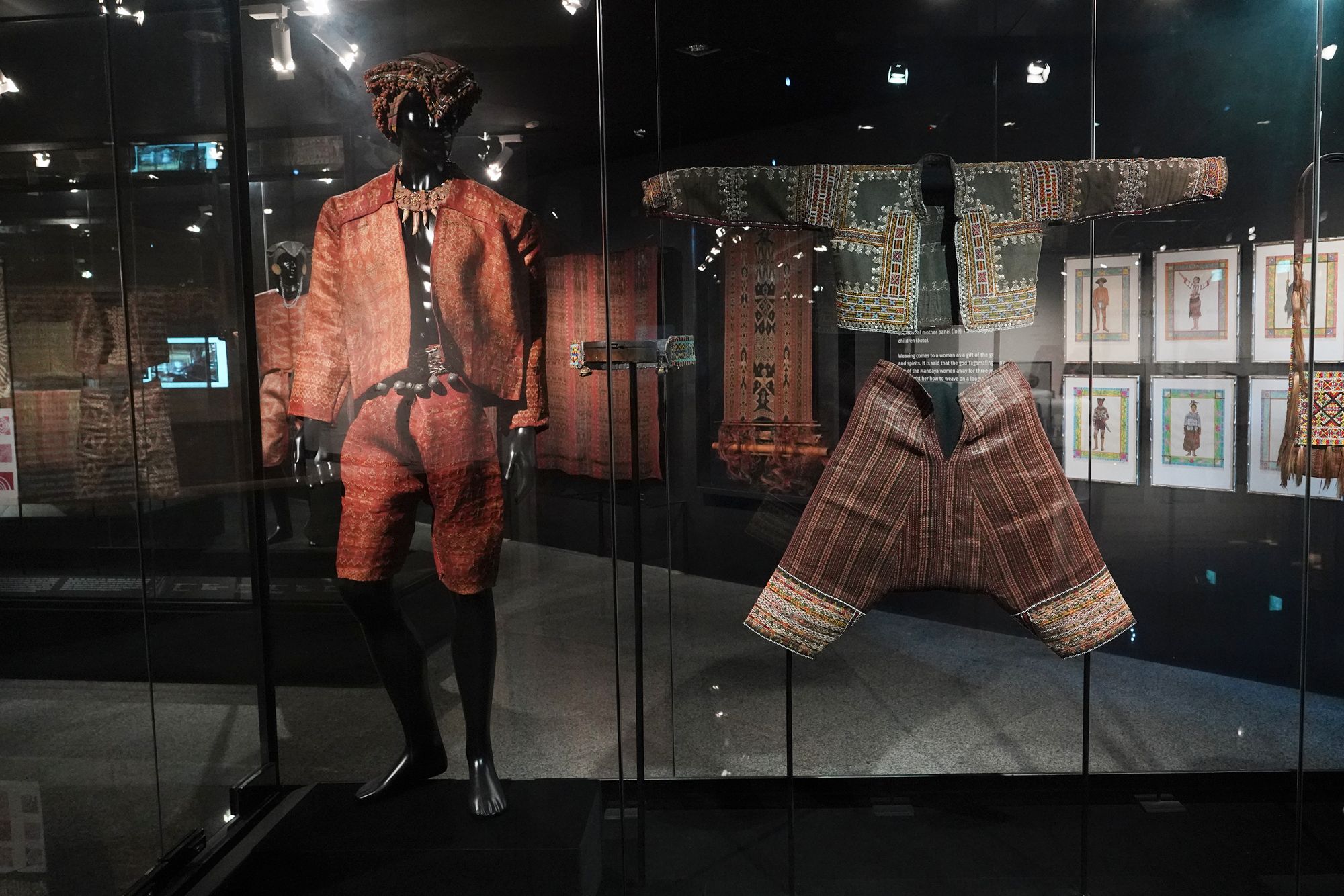
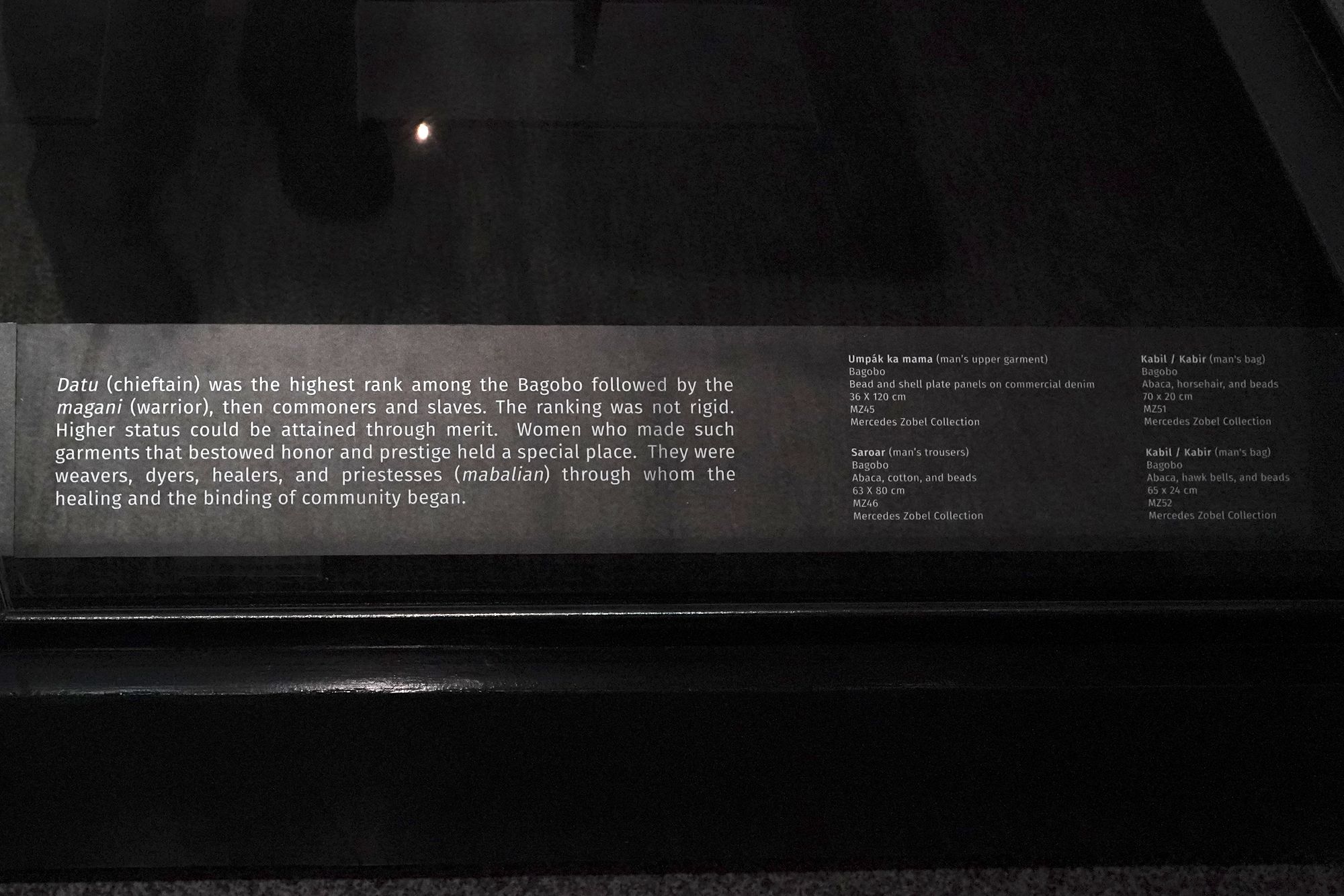
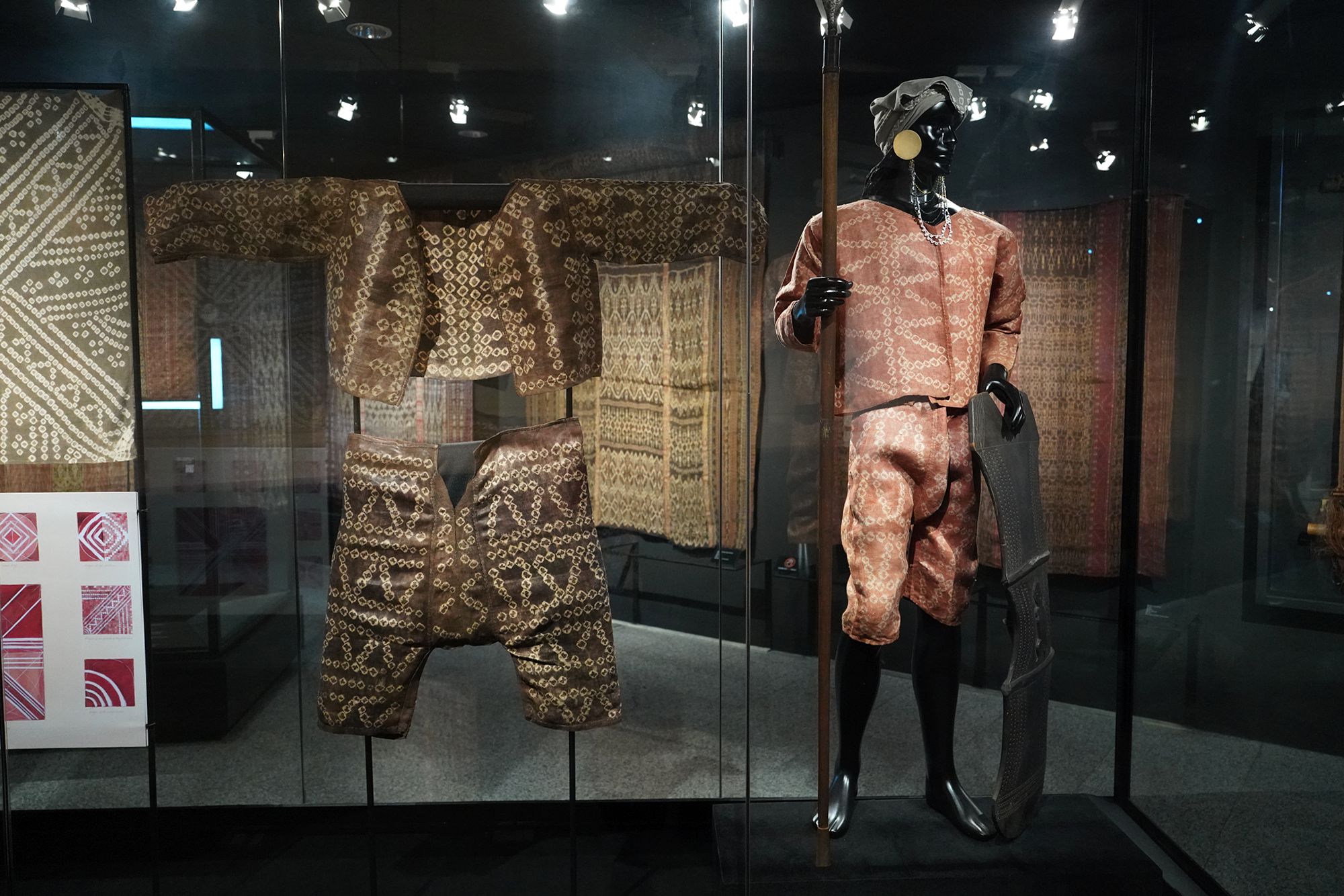
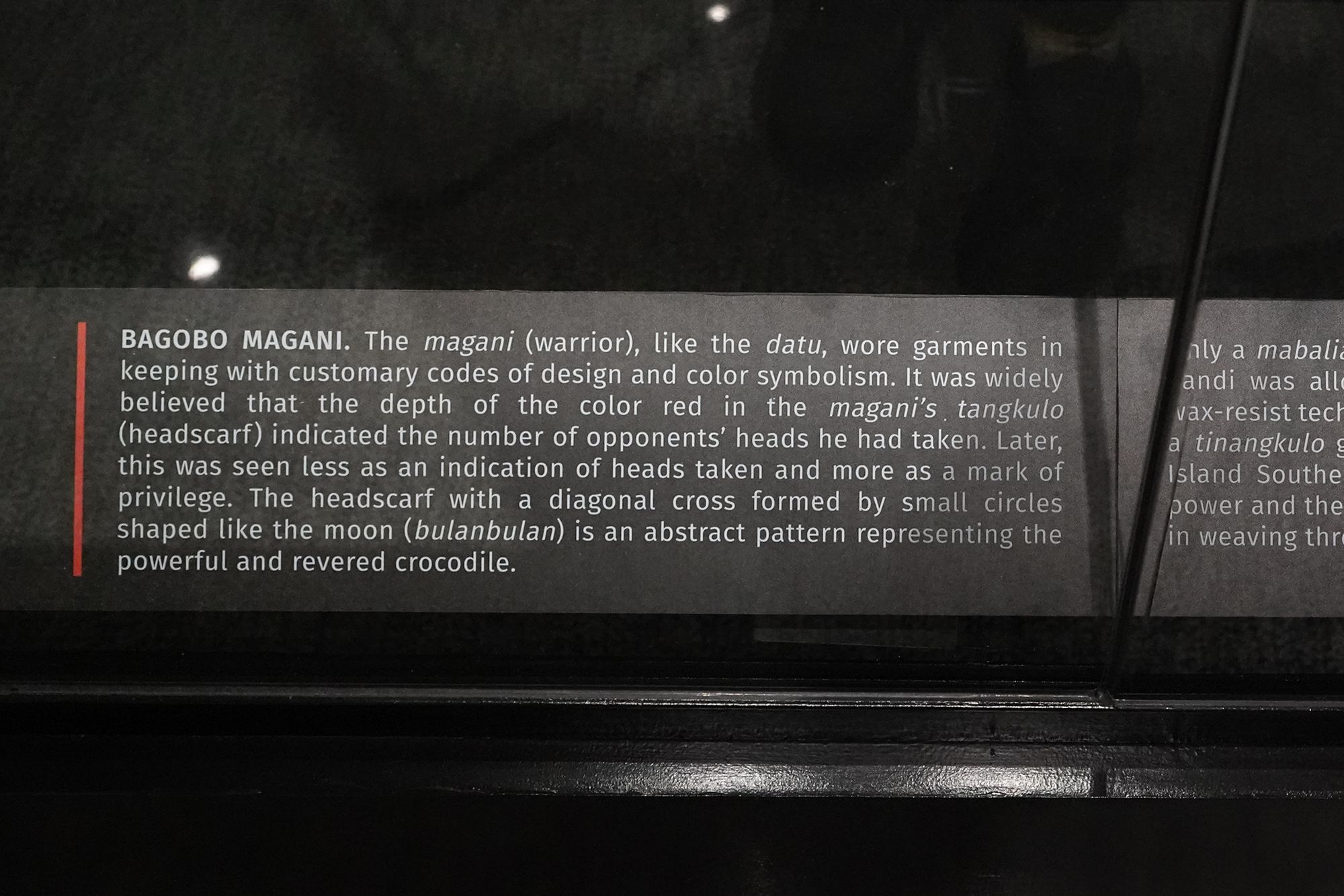
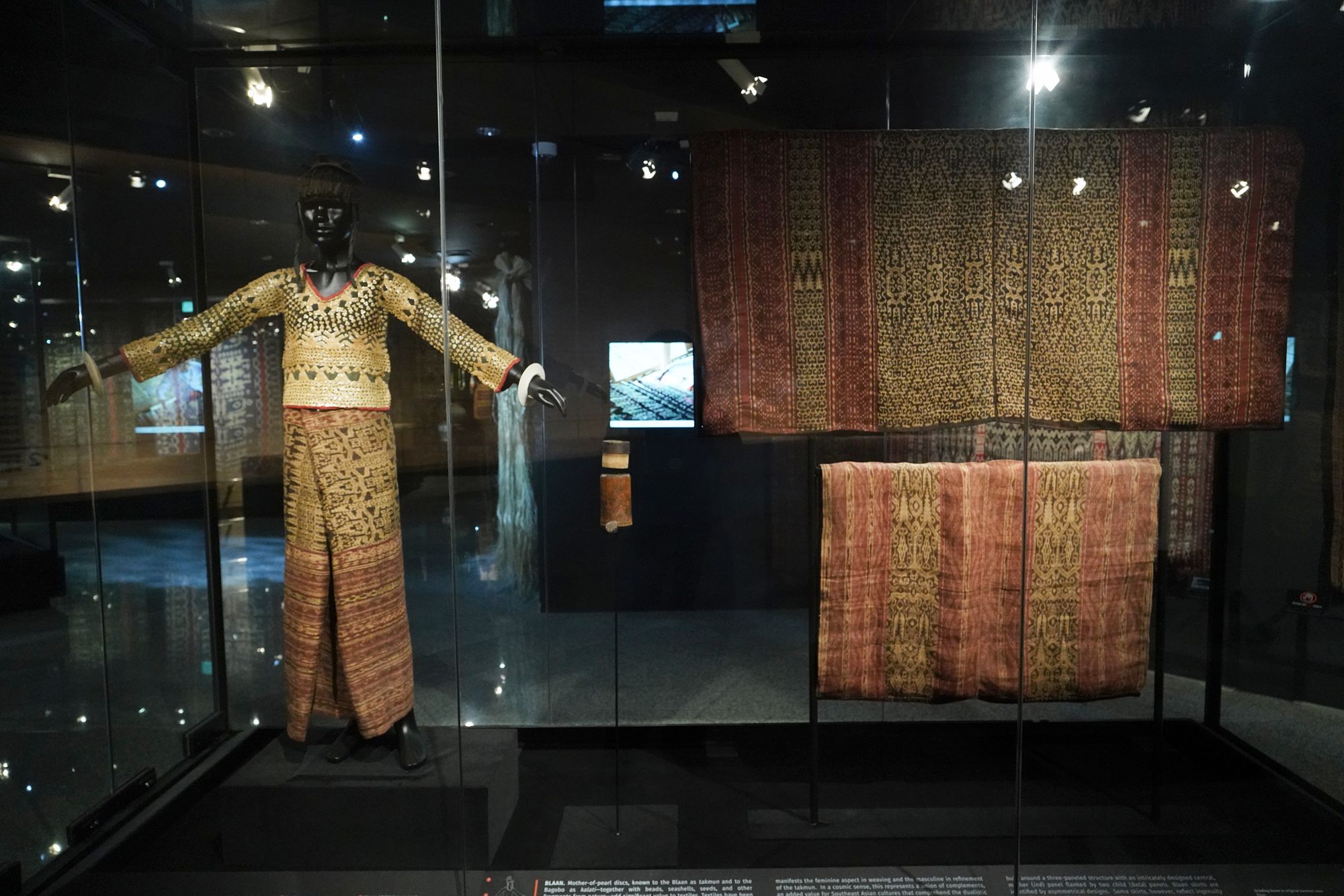
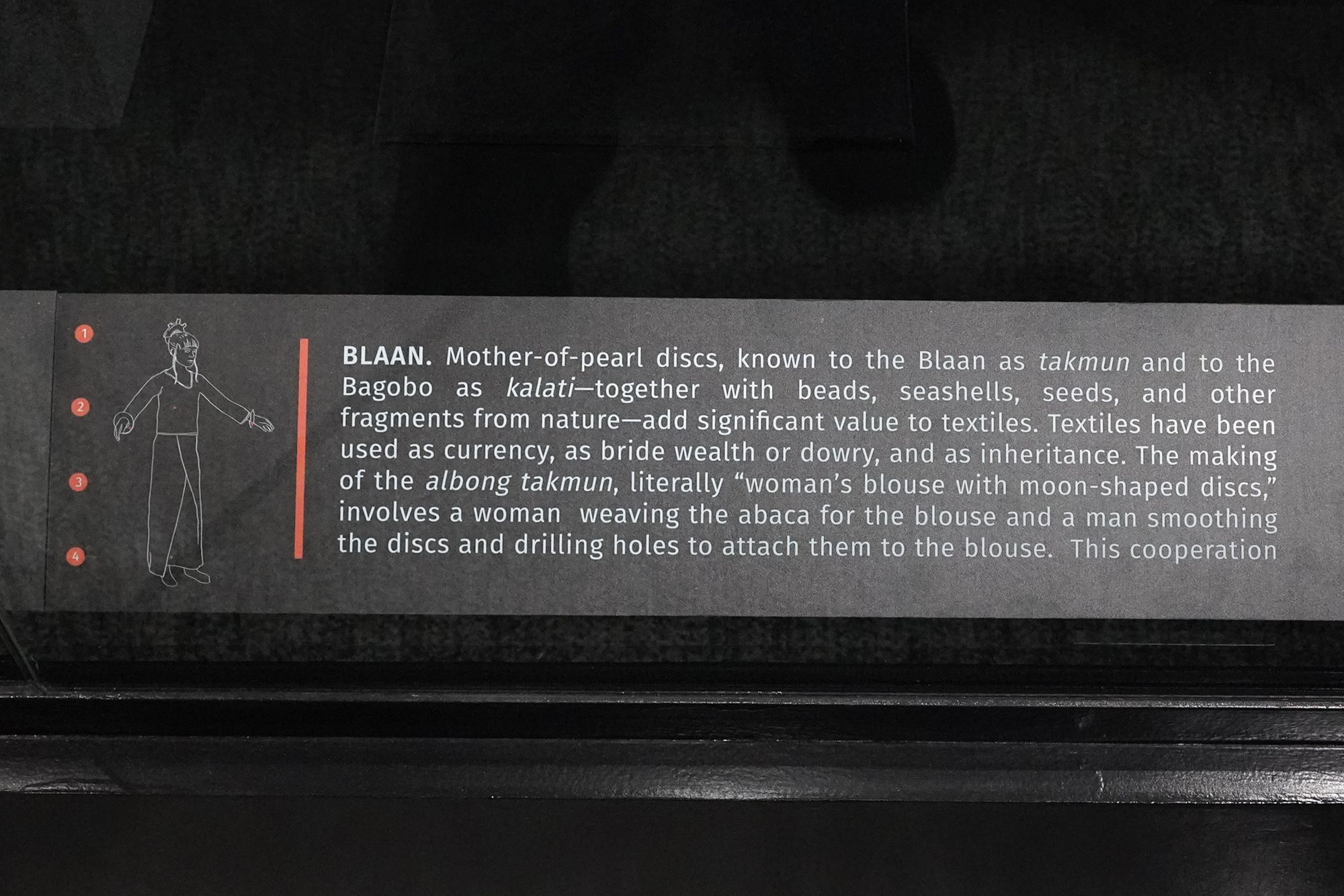
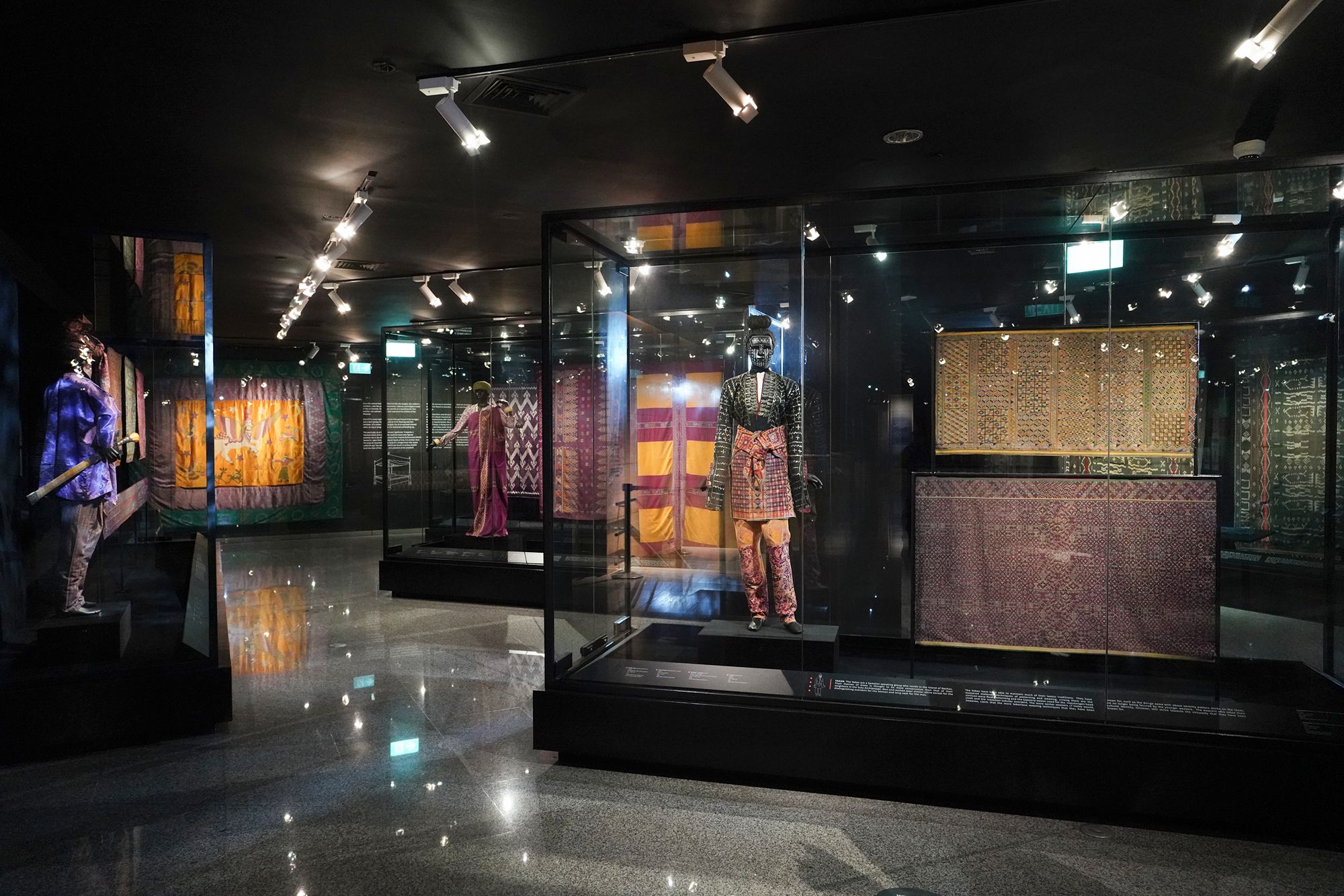
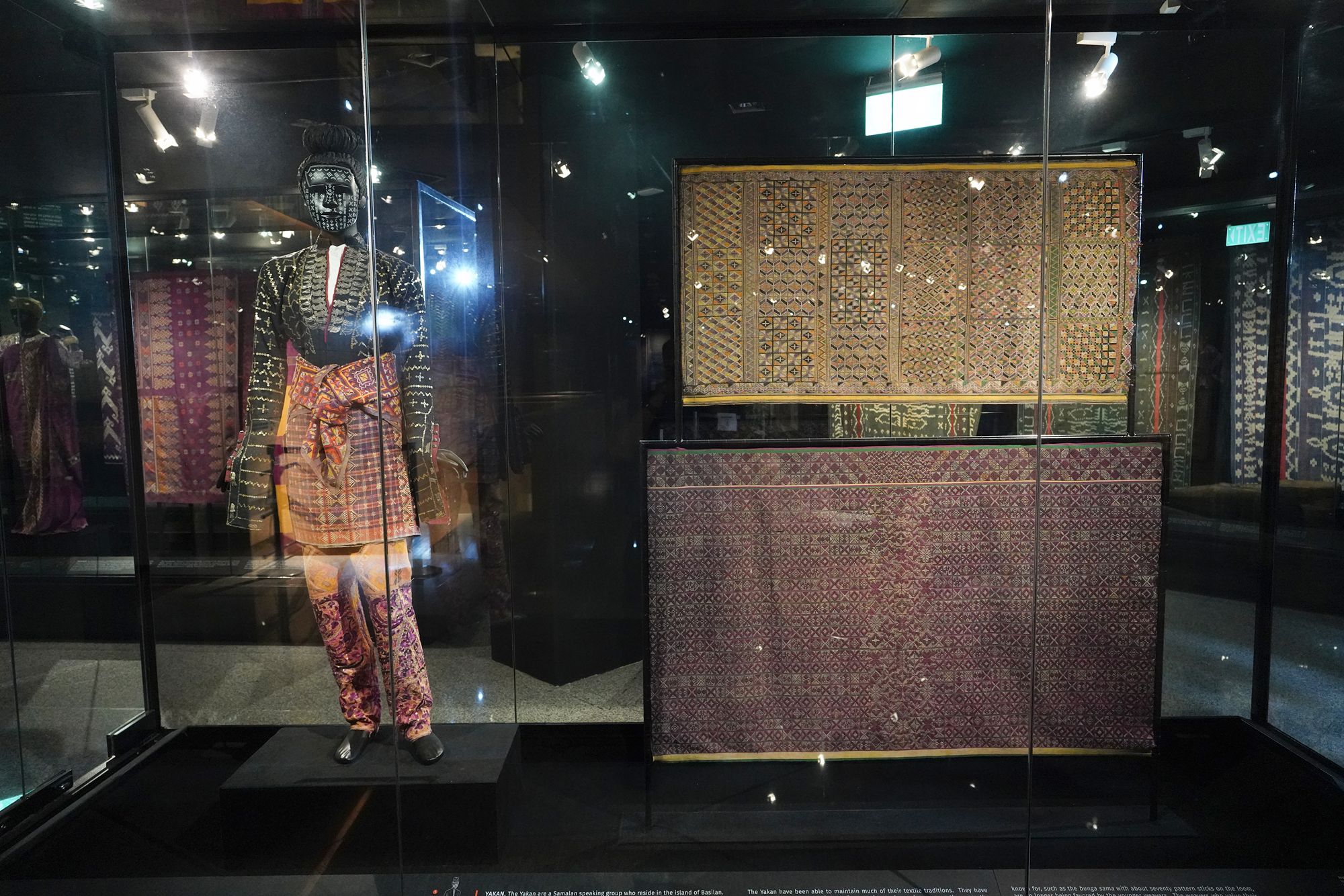
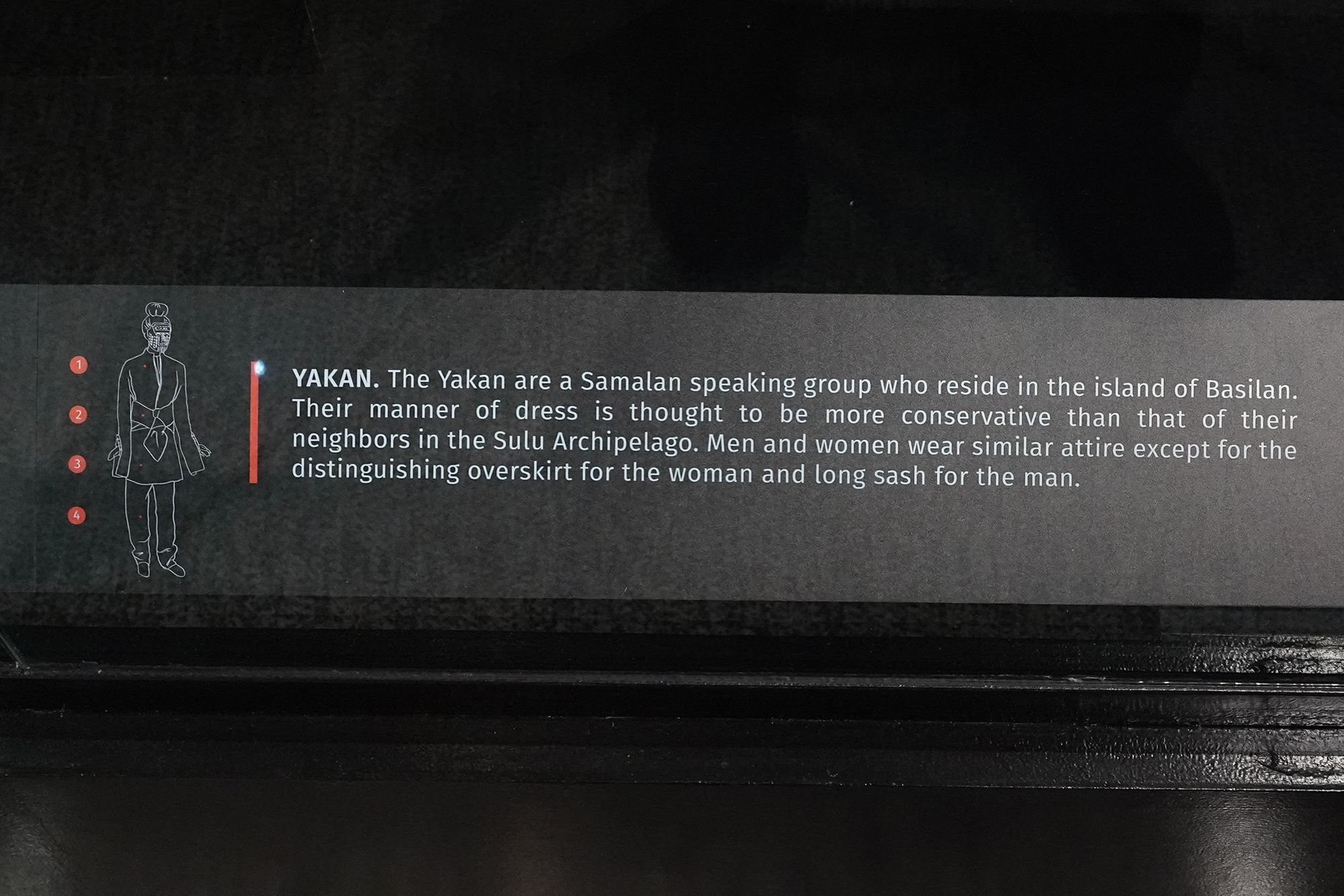
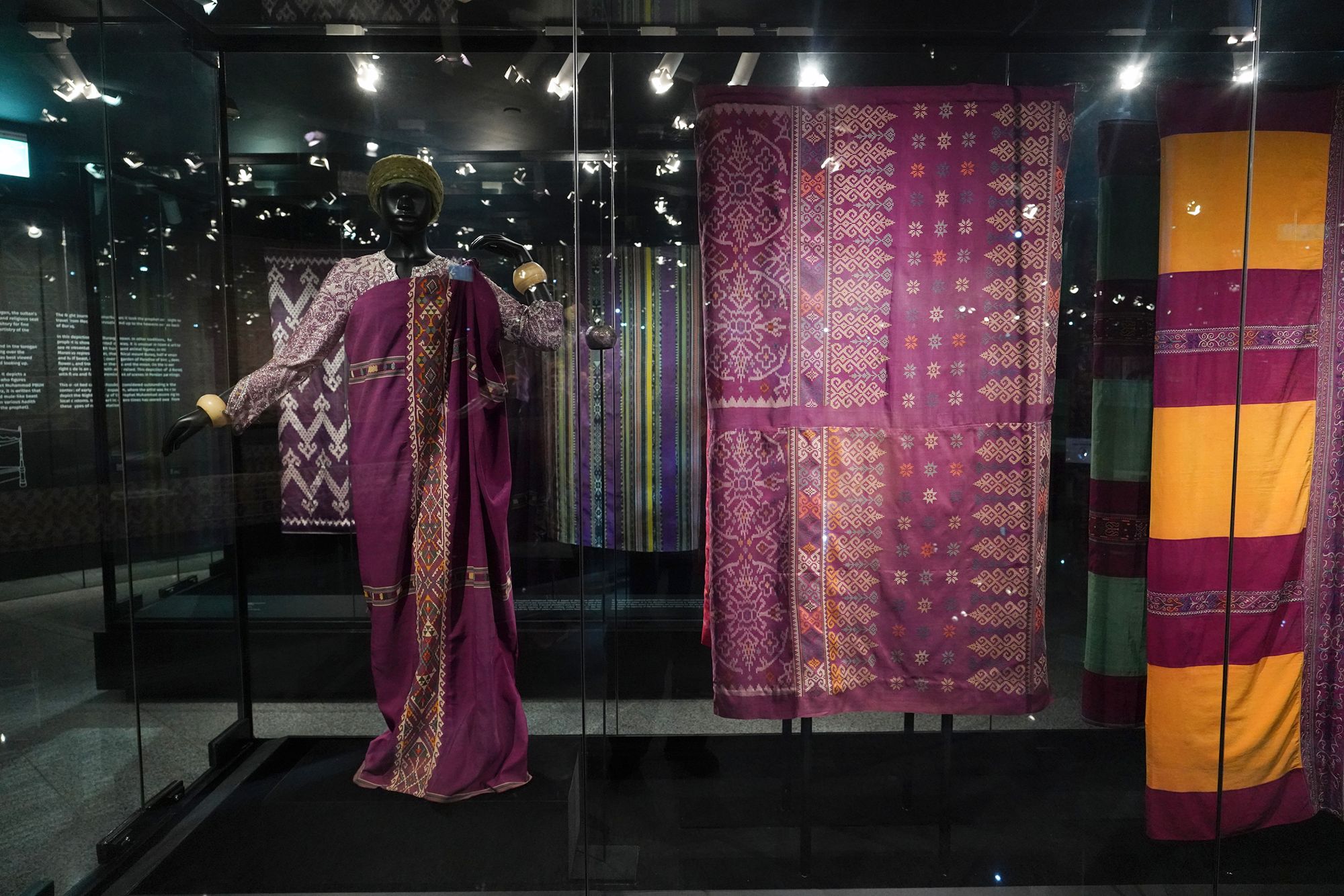
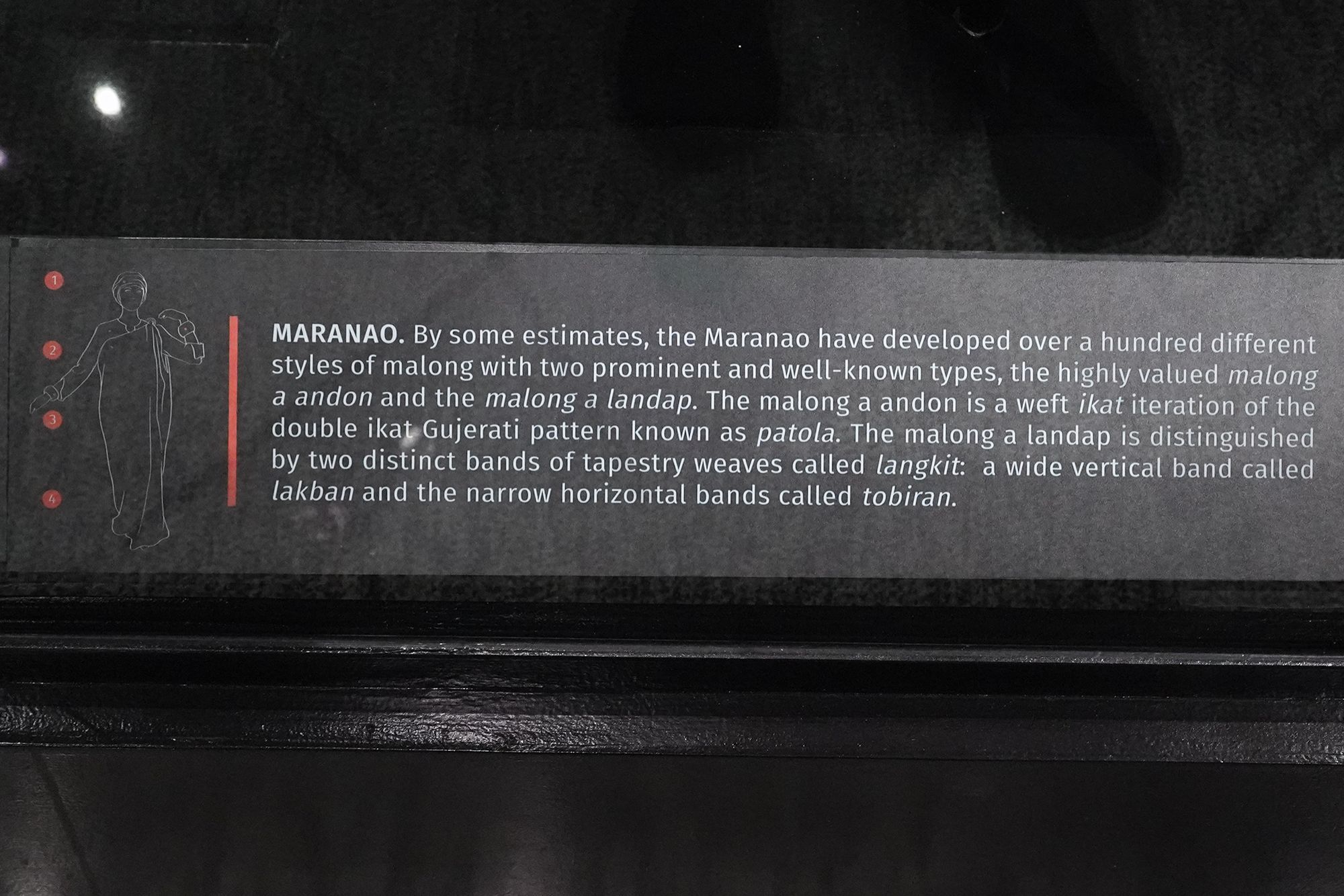
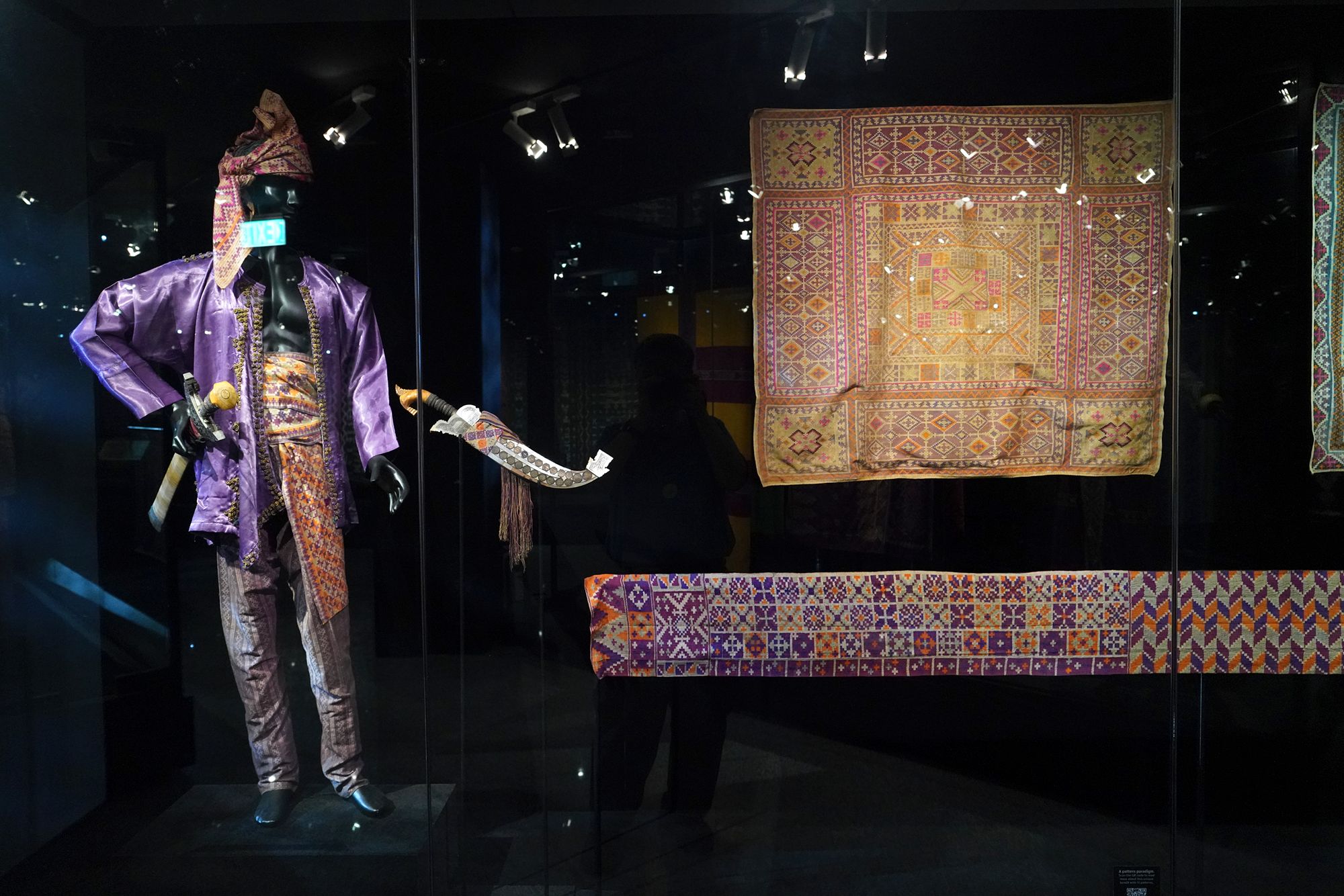
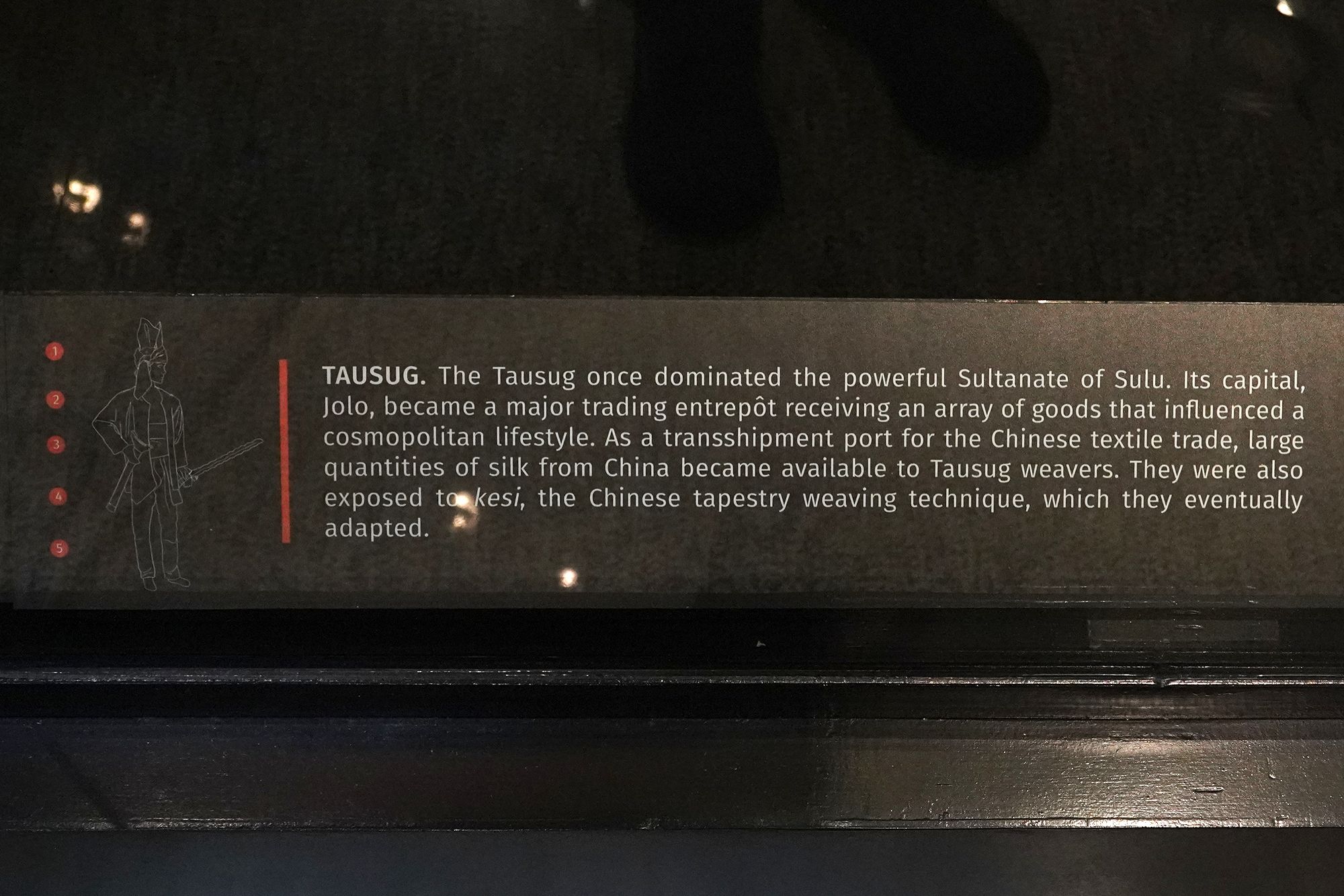
A Millennium of Contact: Featuring more than 500 Chinese and Southeast Asian ceramics, this exhibit illustrates the Philippines’ extensive trade relations and cultural exchanges over a thousand years.
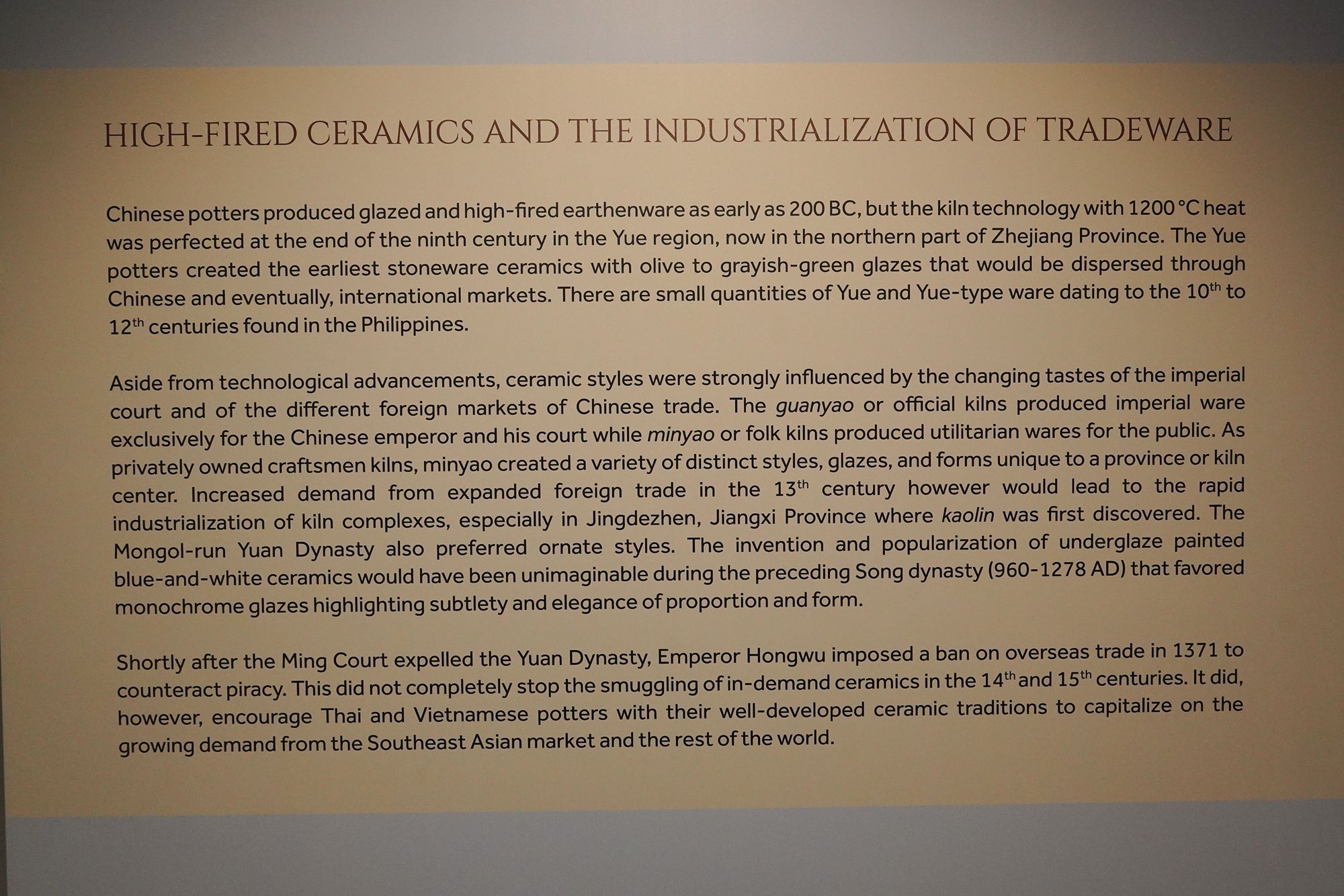
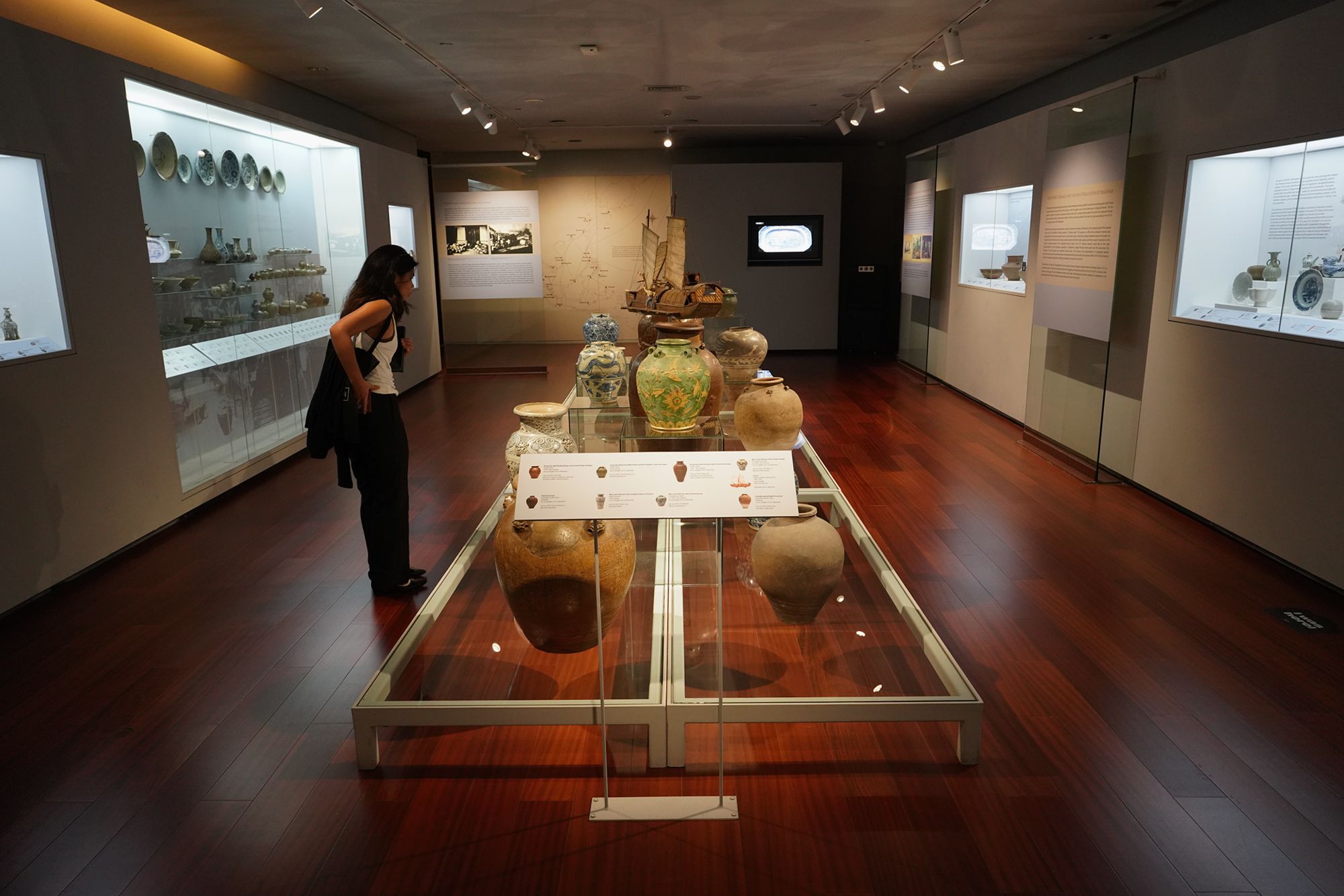

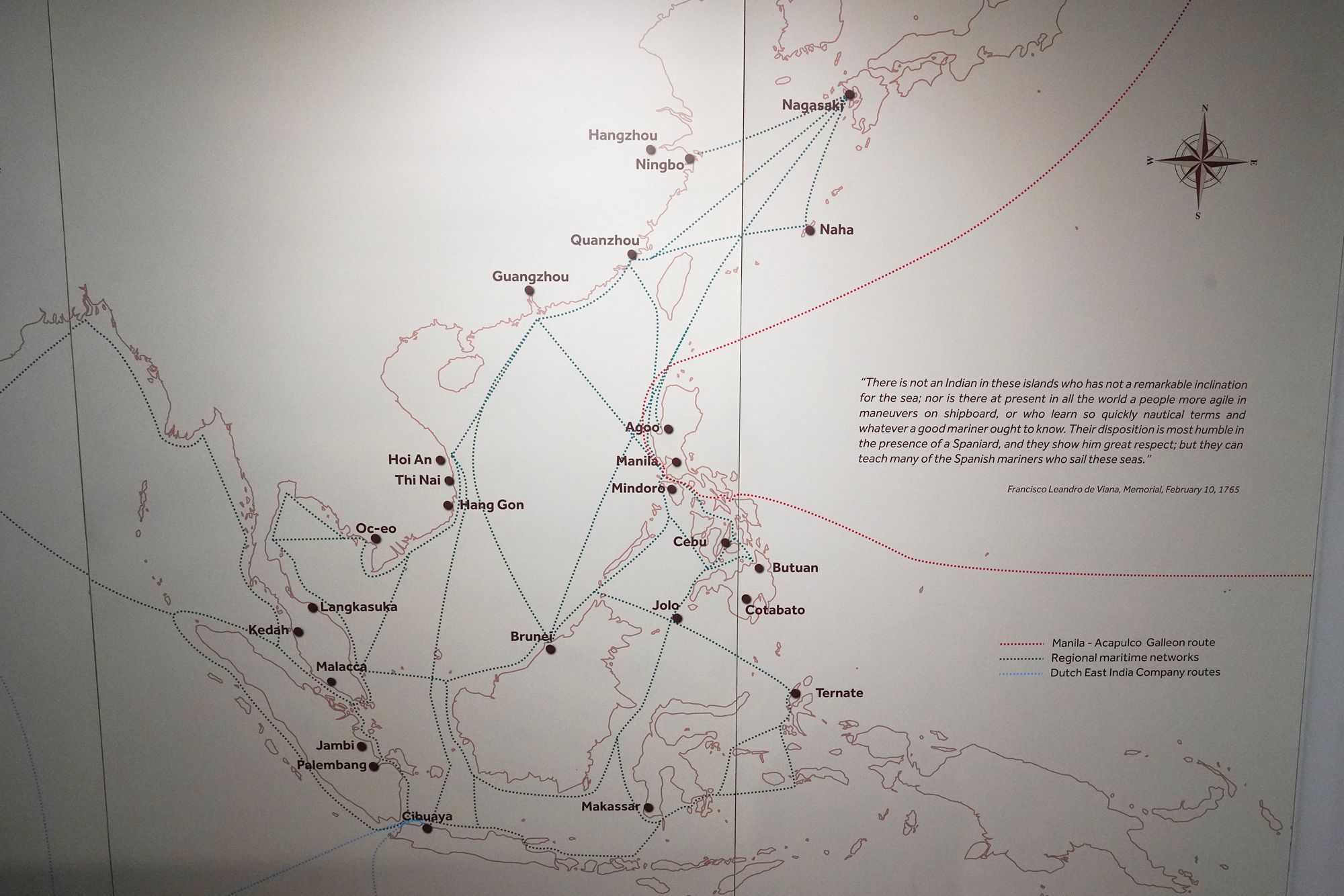

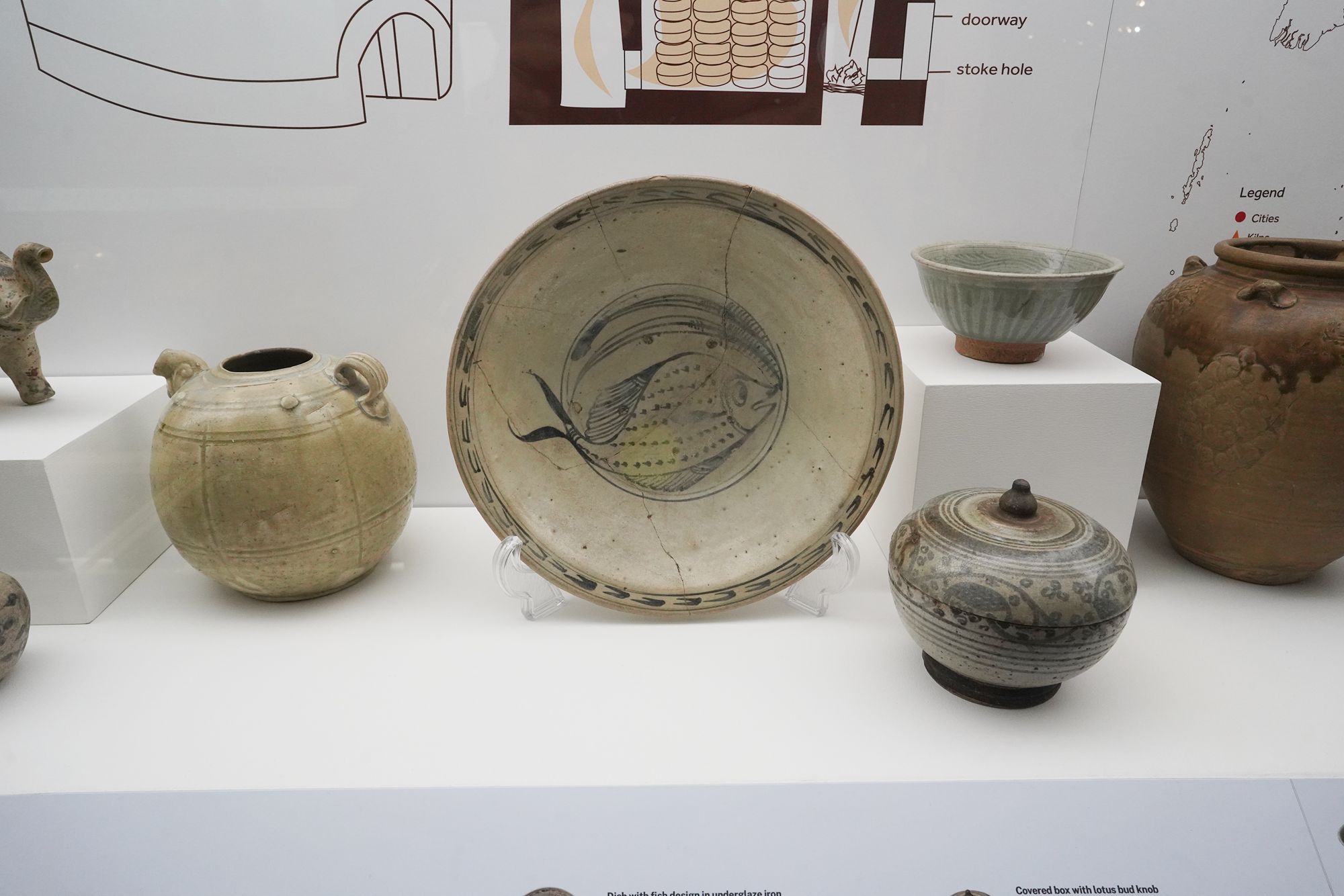

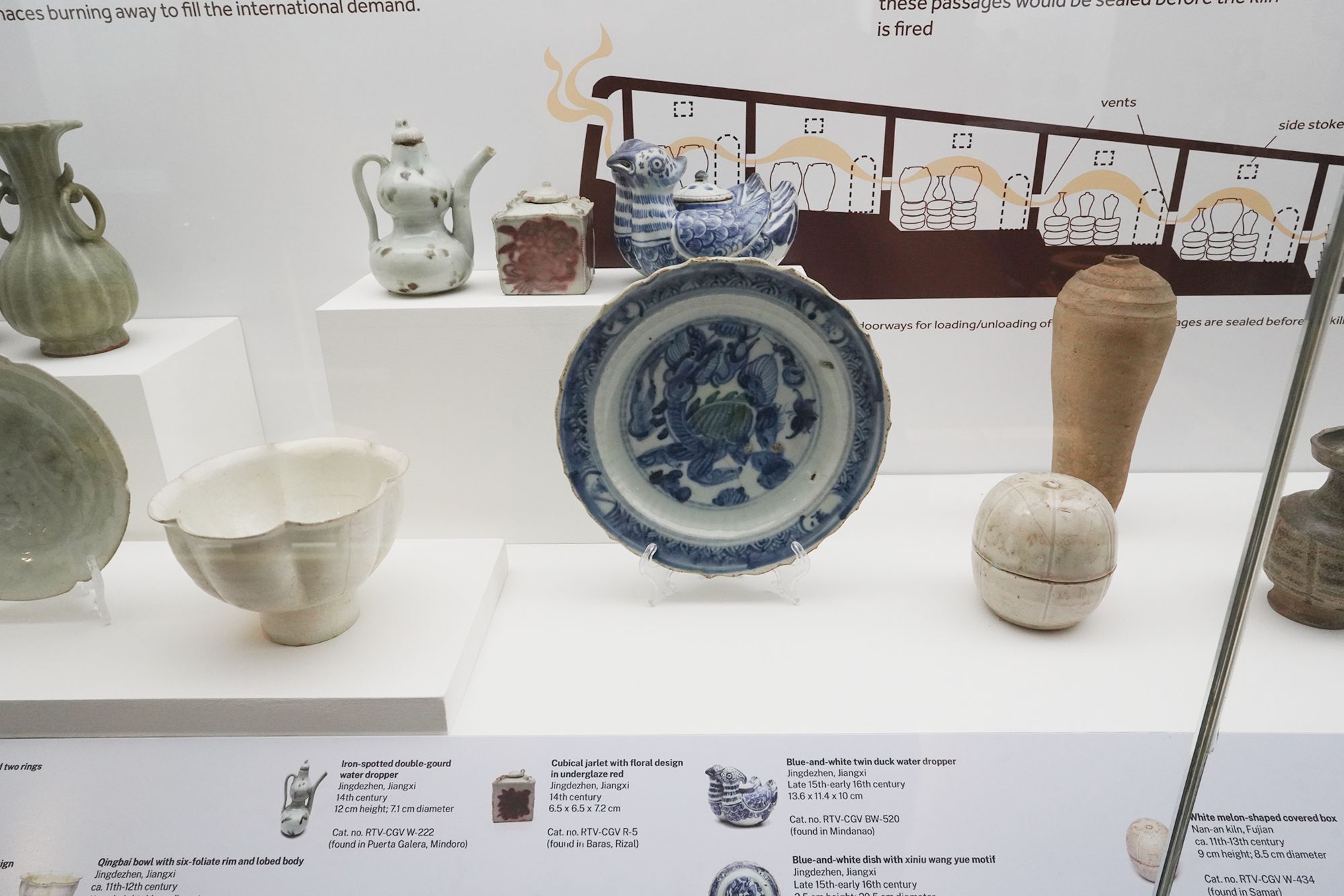
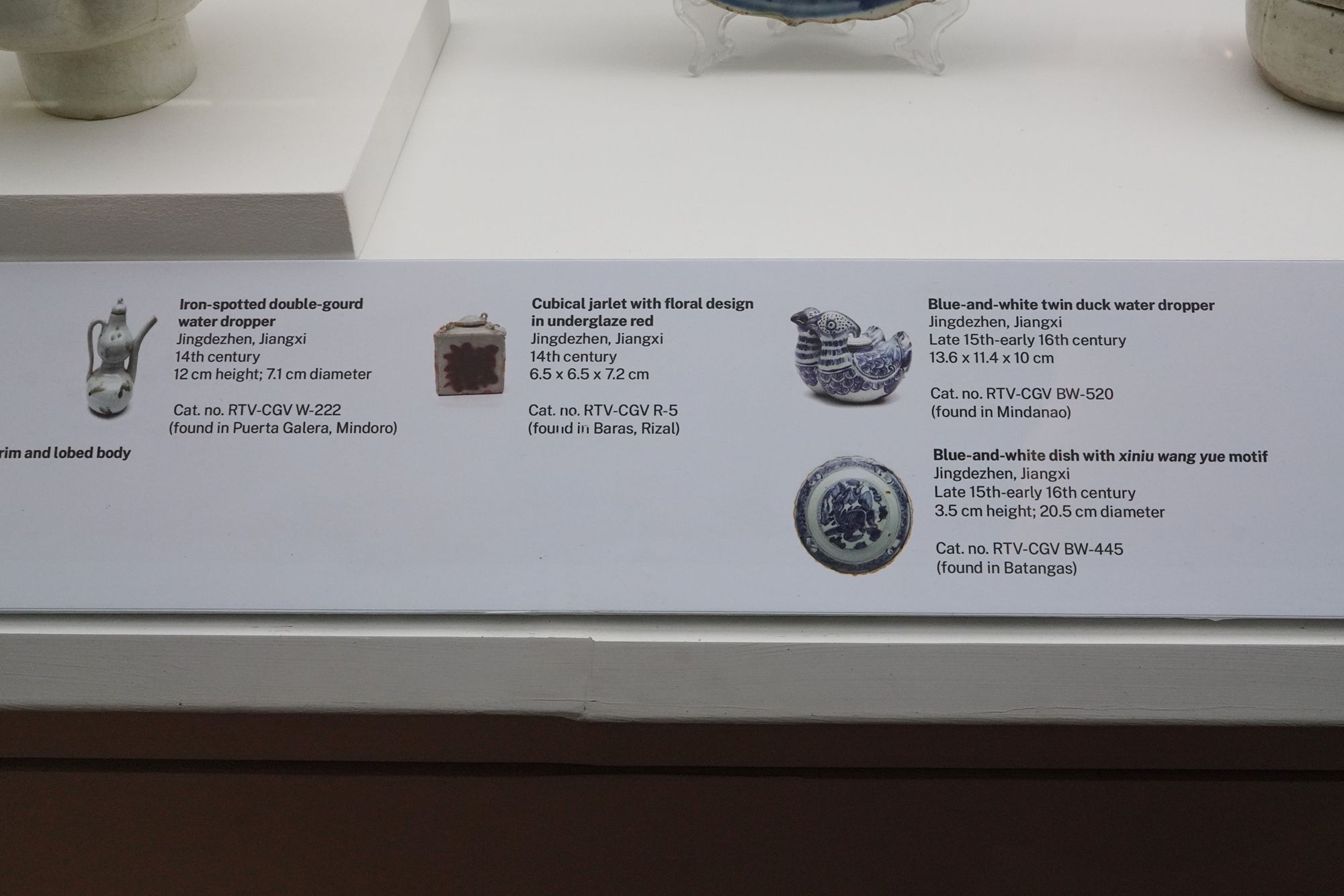
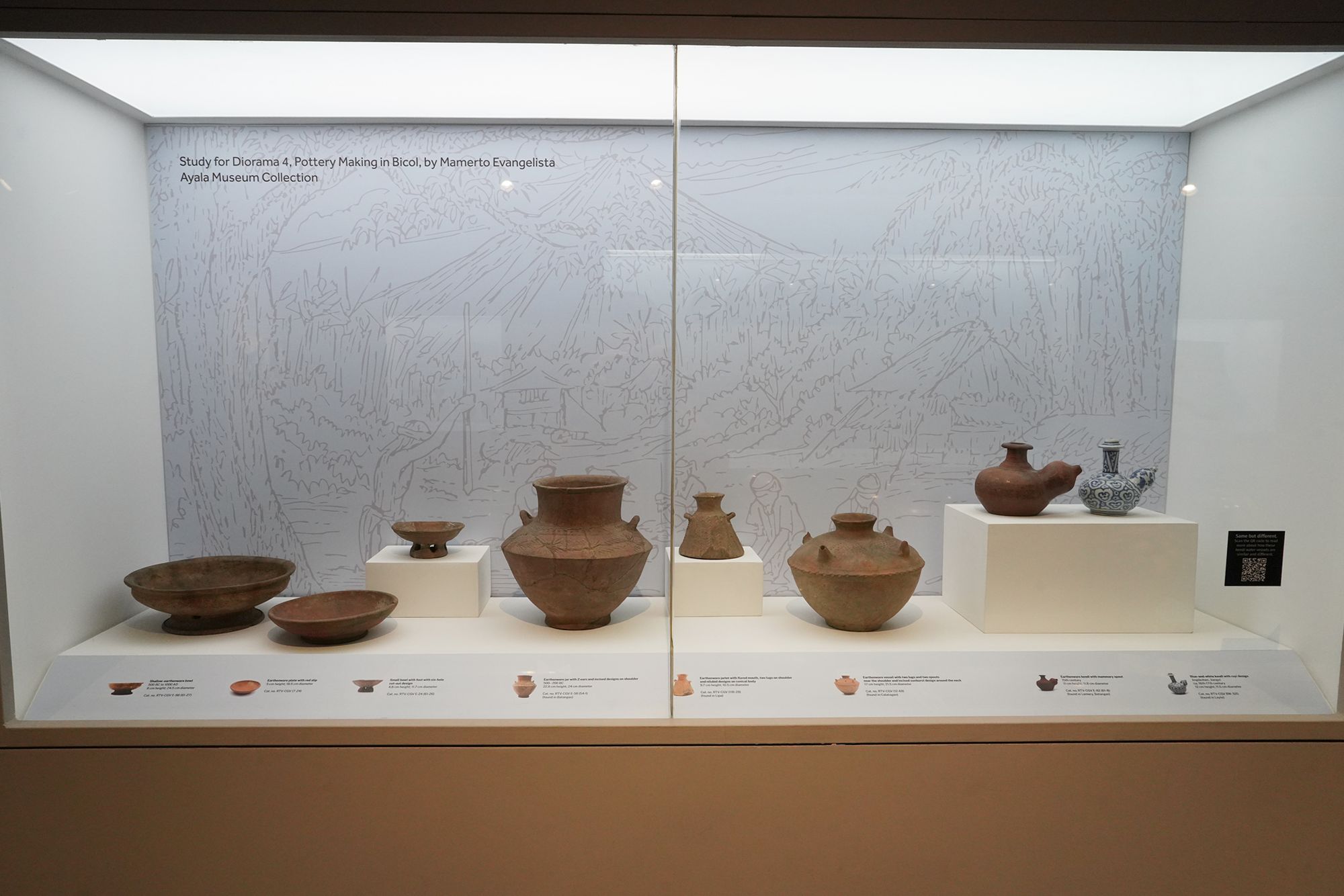
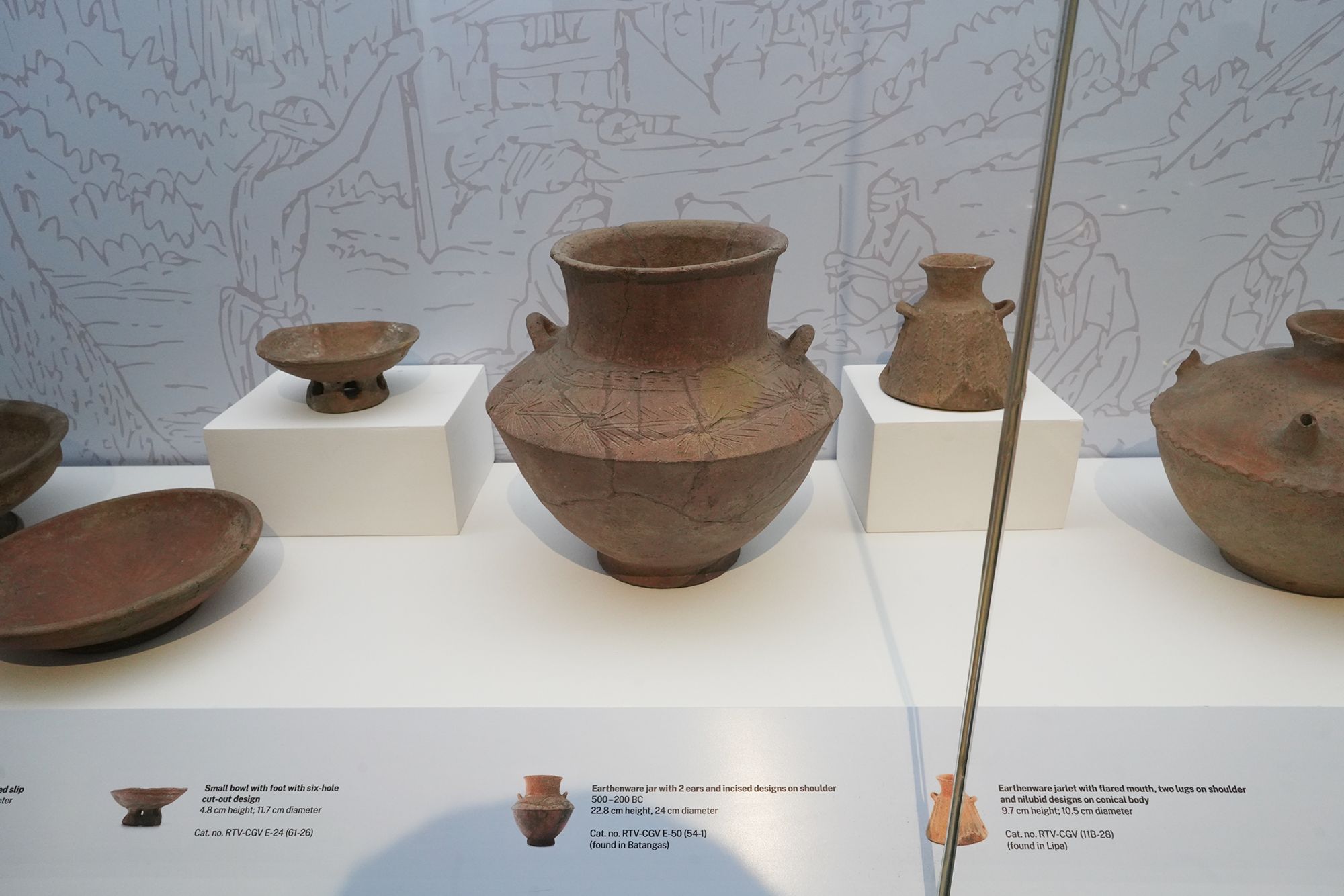
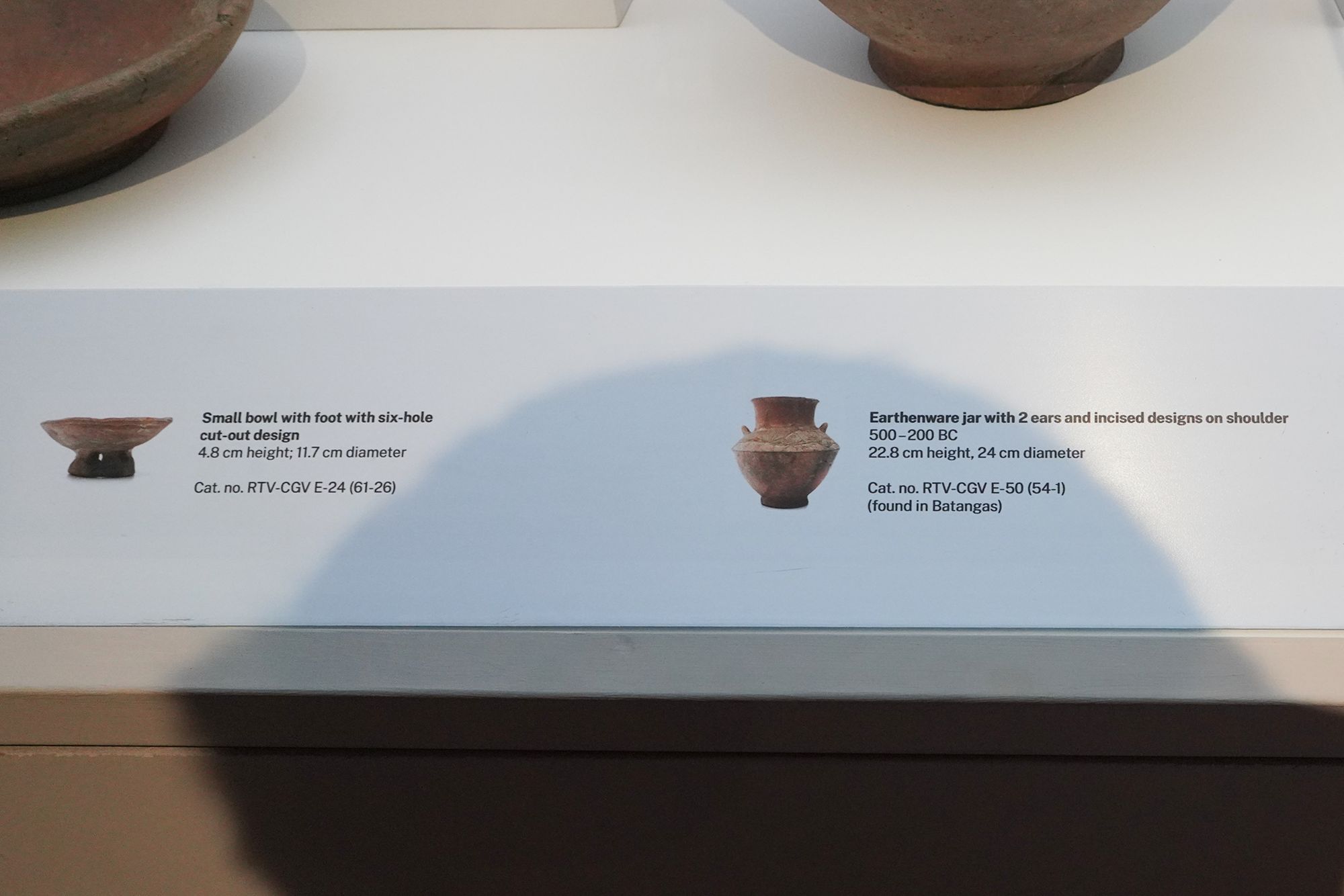
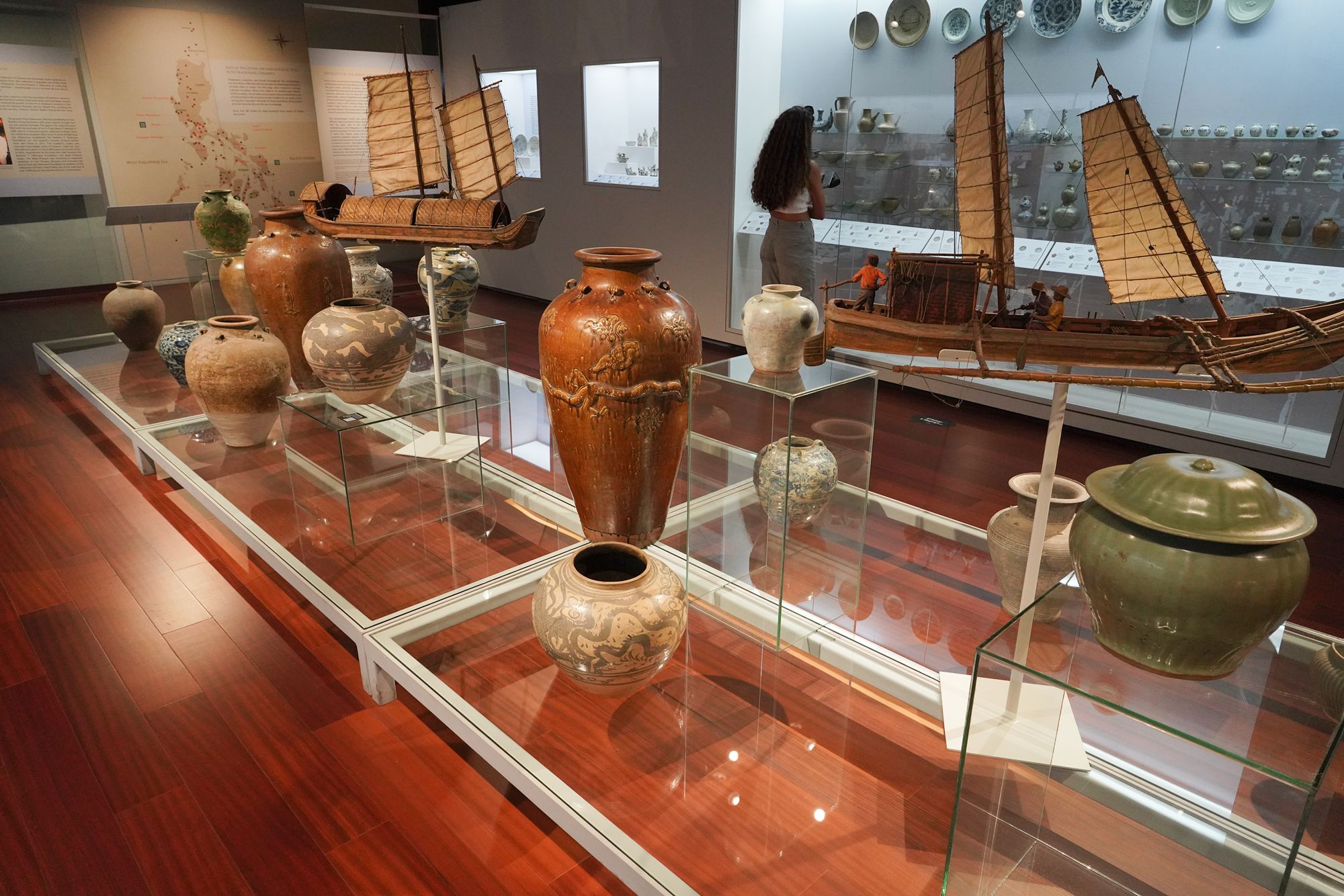
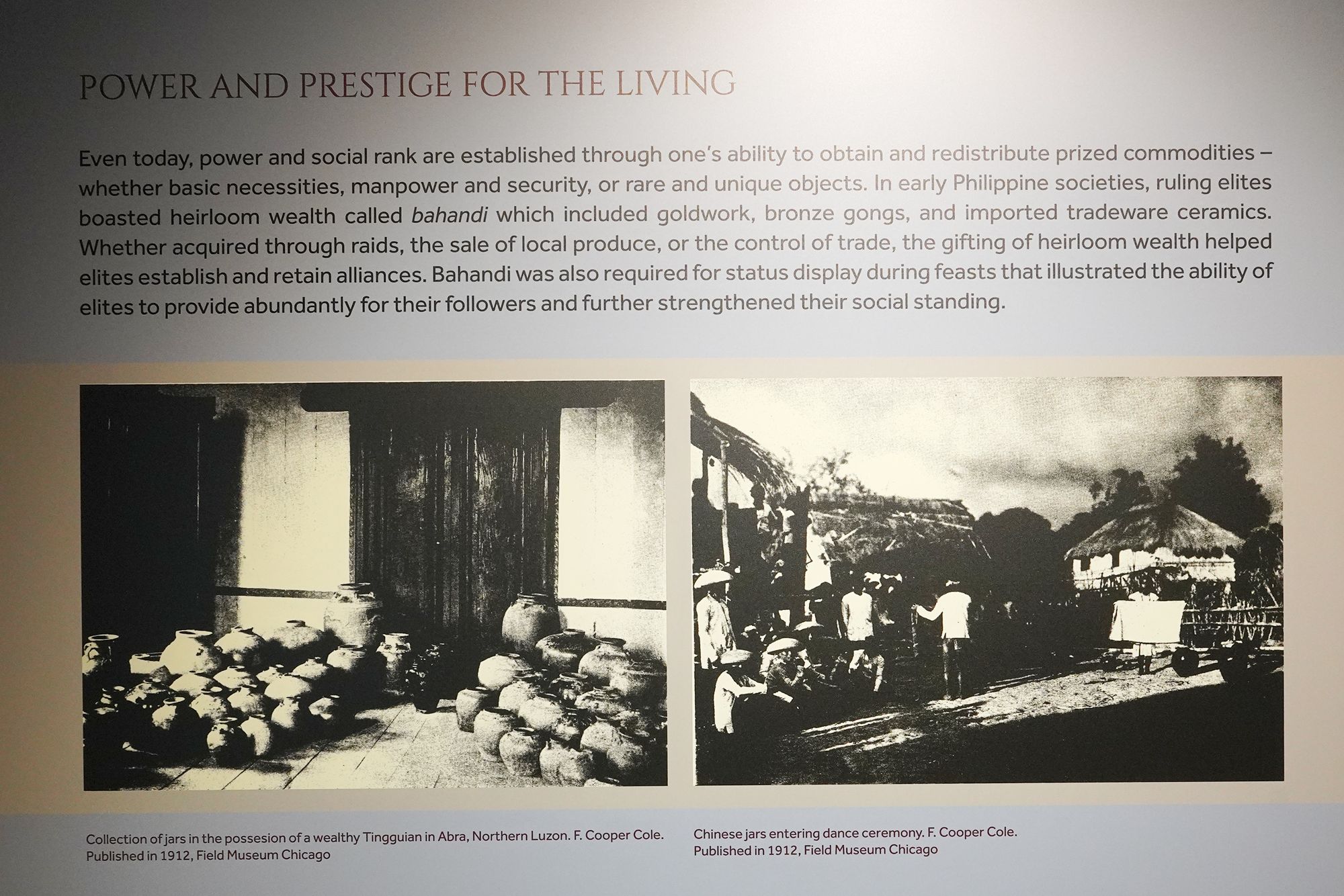
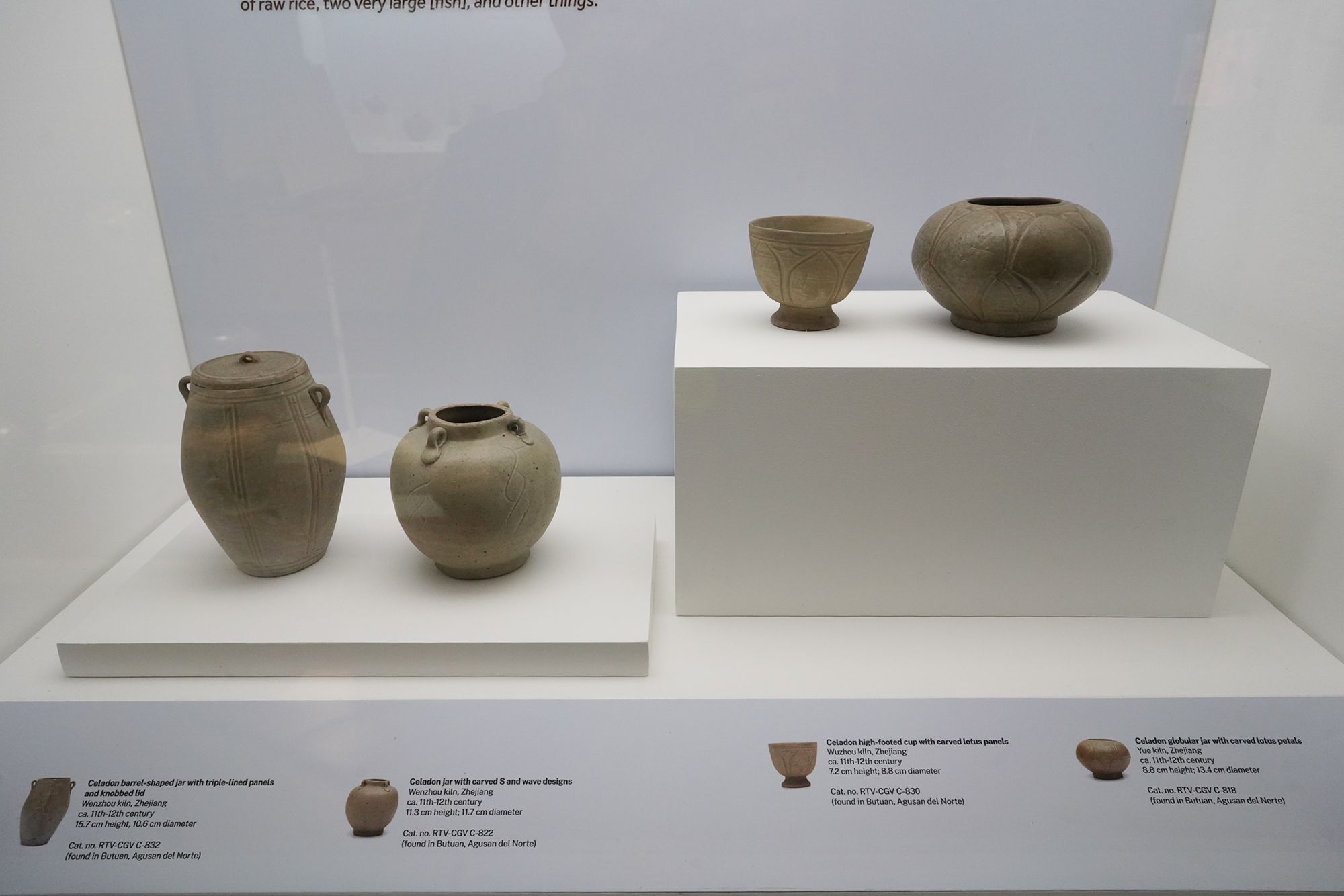
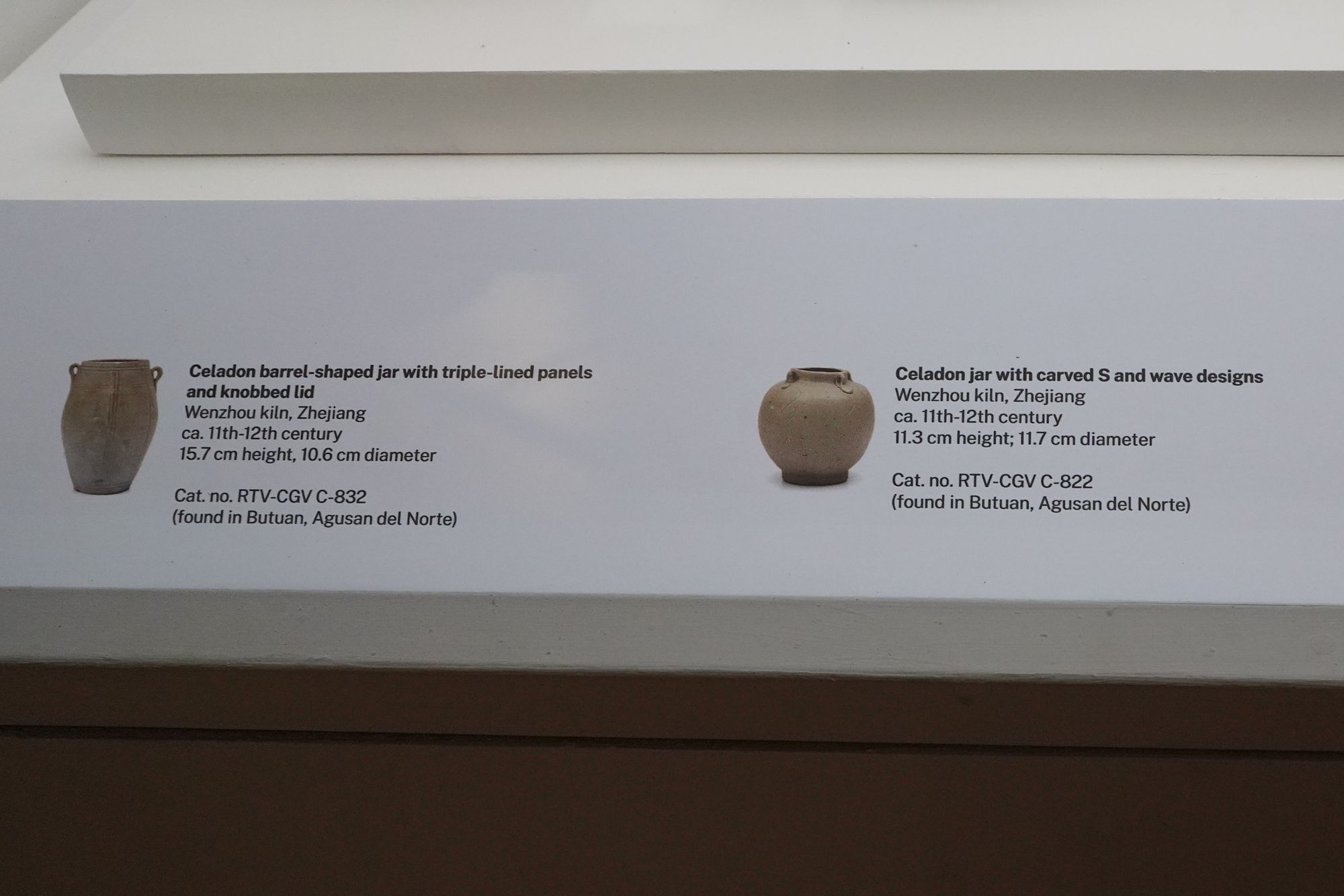
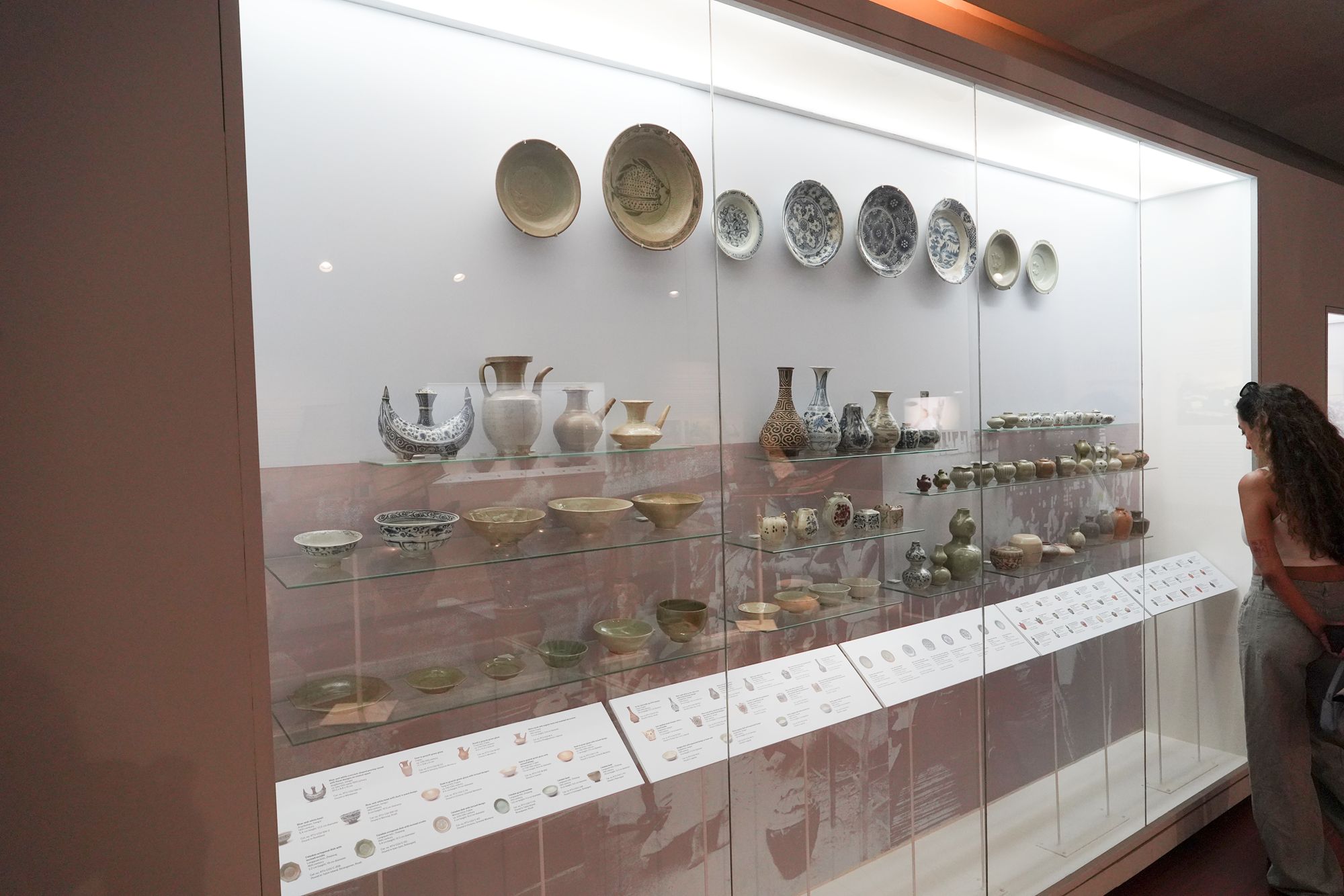
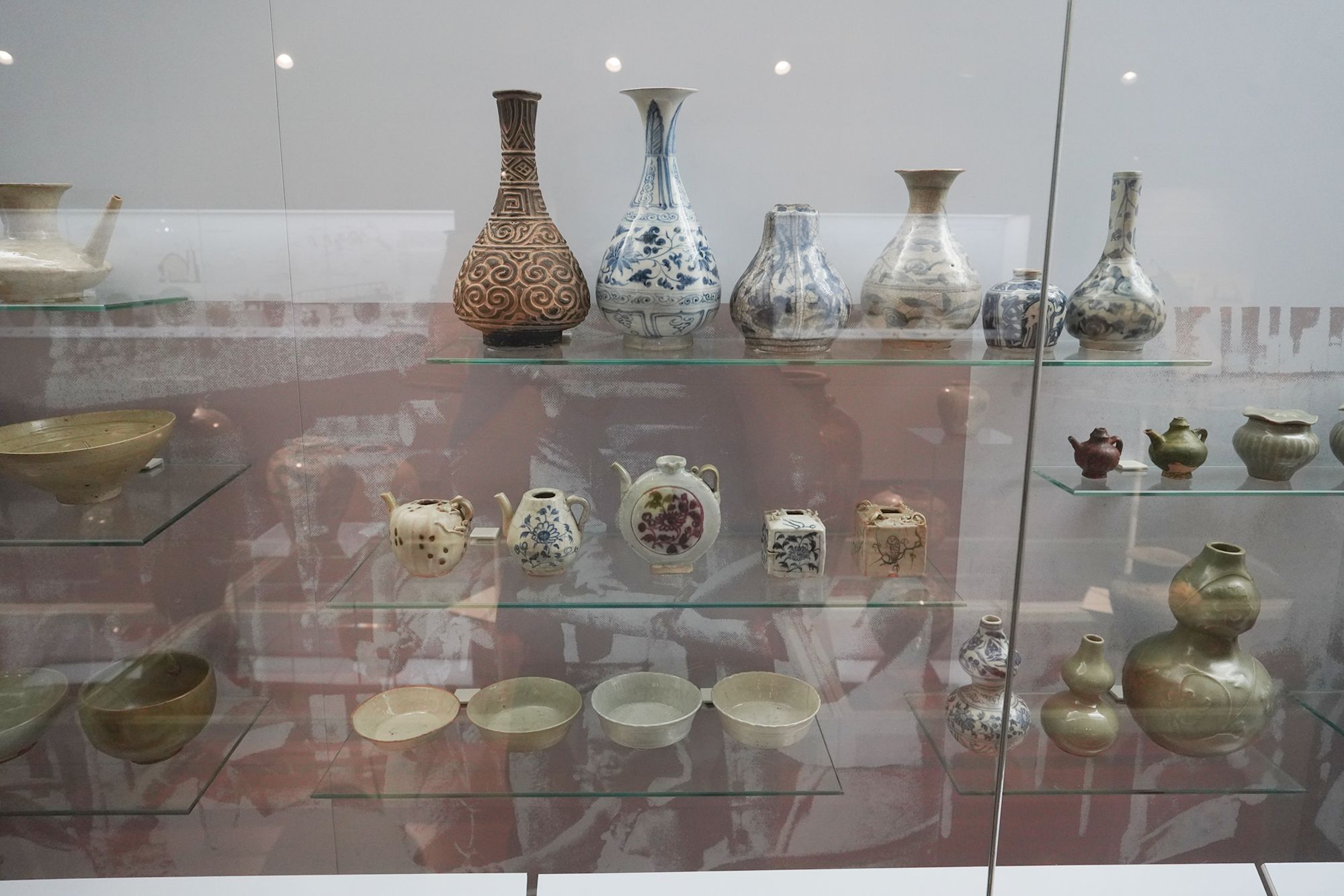
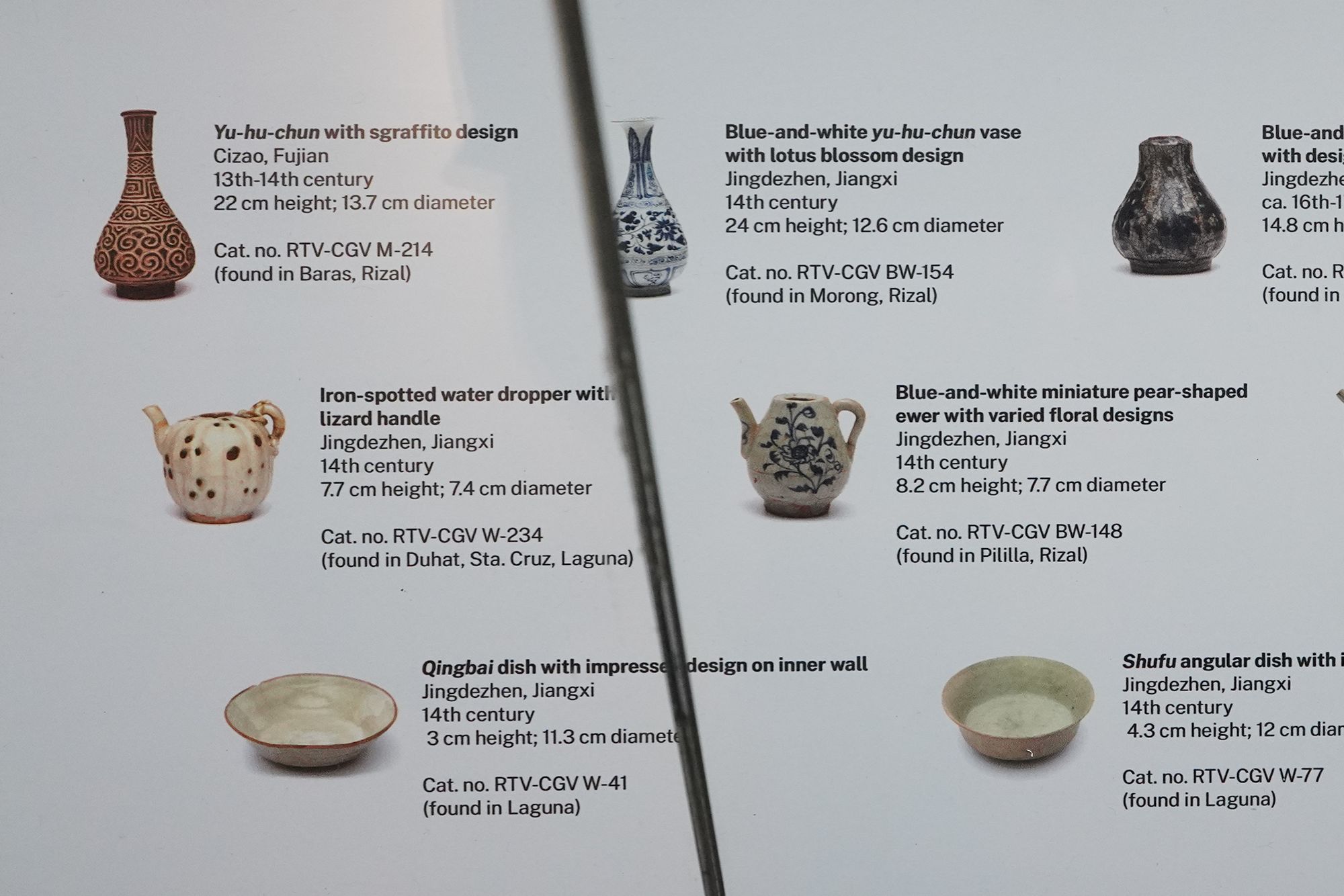
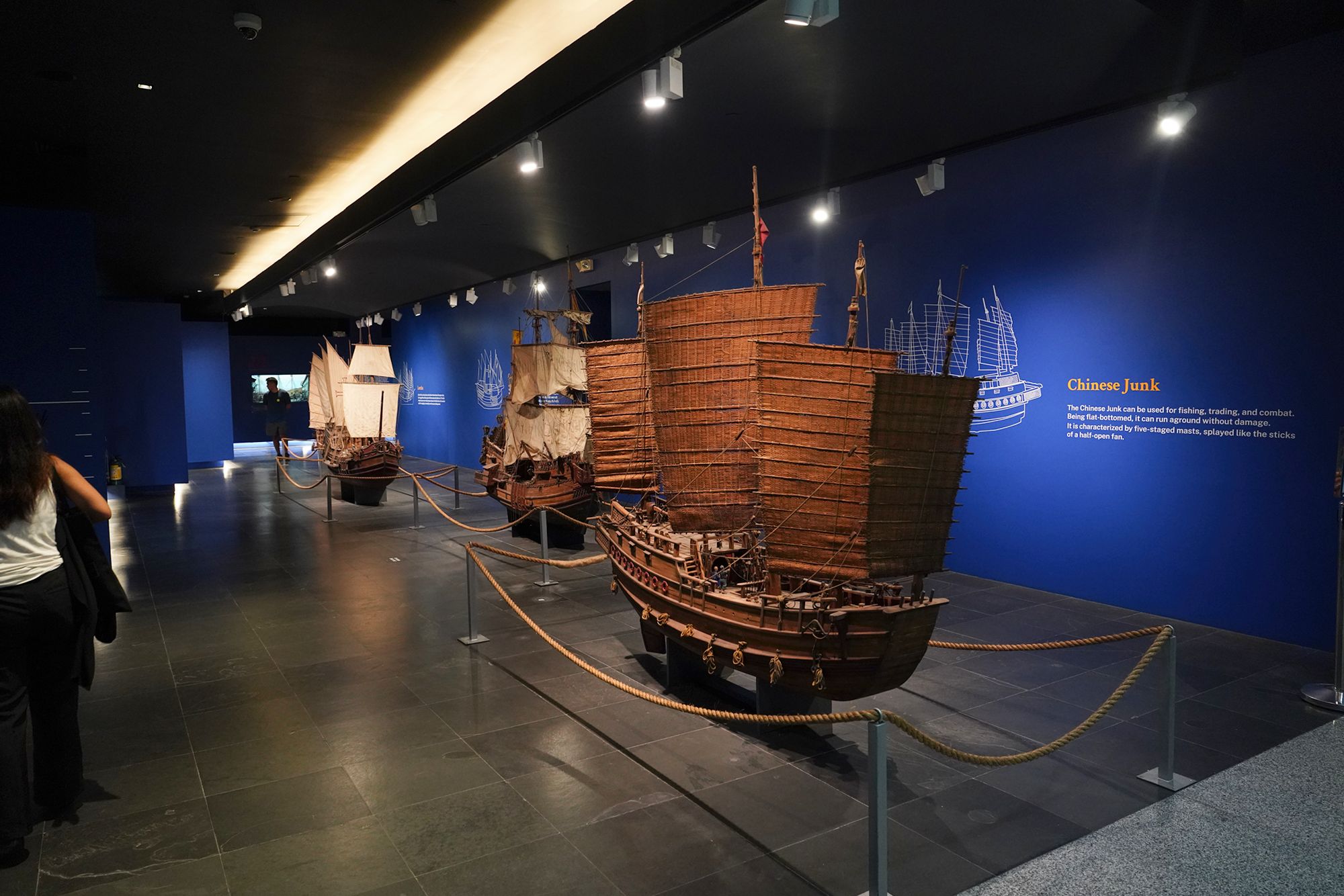
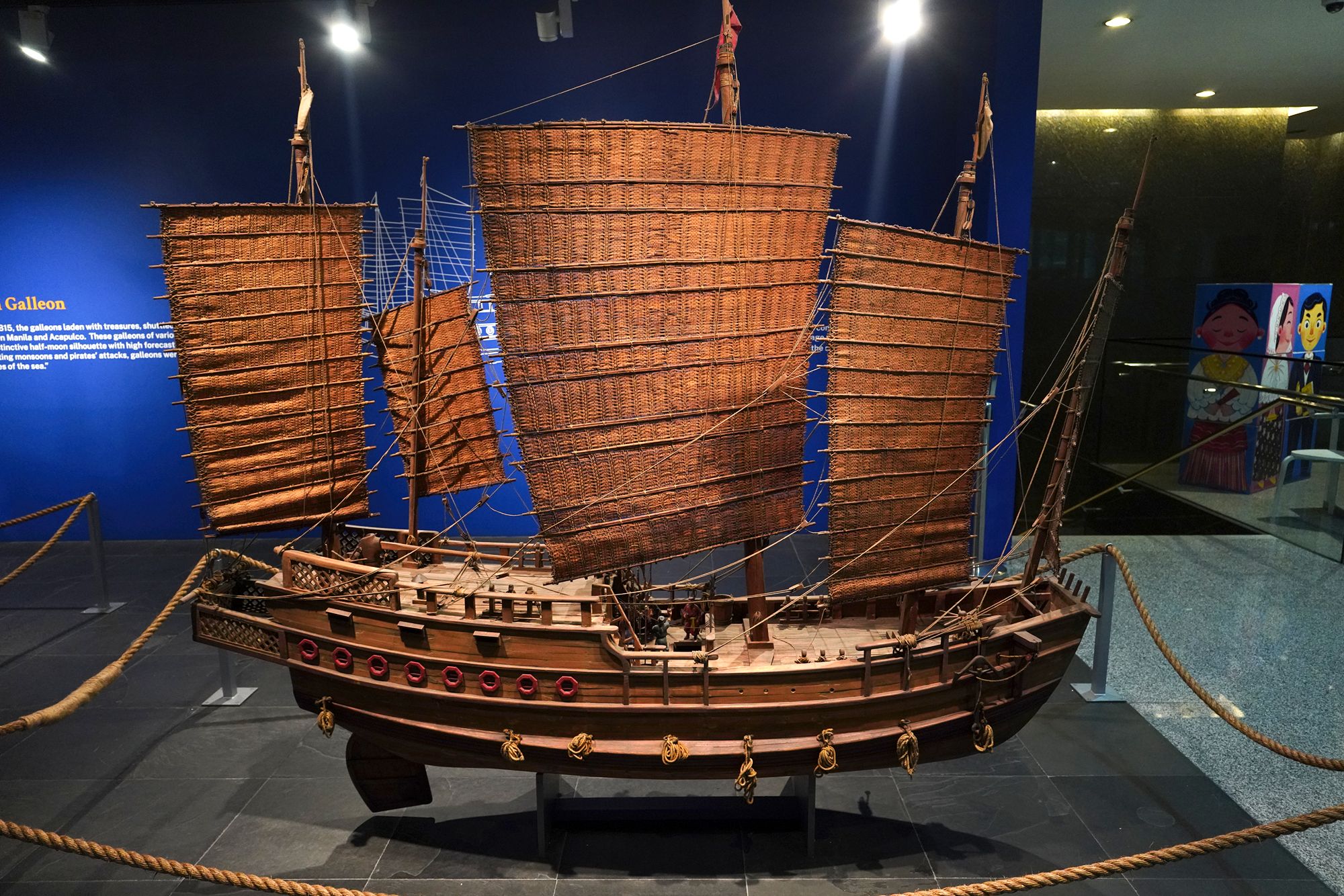

The Diorama Experience: This signature exhibit comprises 60 handcrafted dioramas that chronicle Philippine history from prehistoric times to the recognition of independence in 1946. It’s an engaging way to visualize the nation’s rich past.

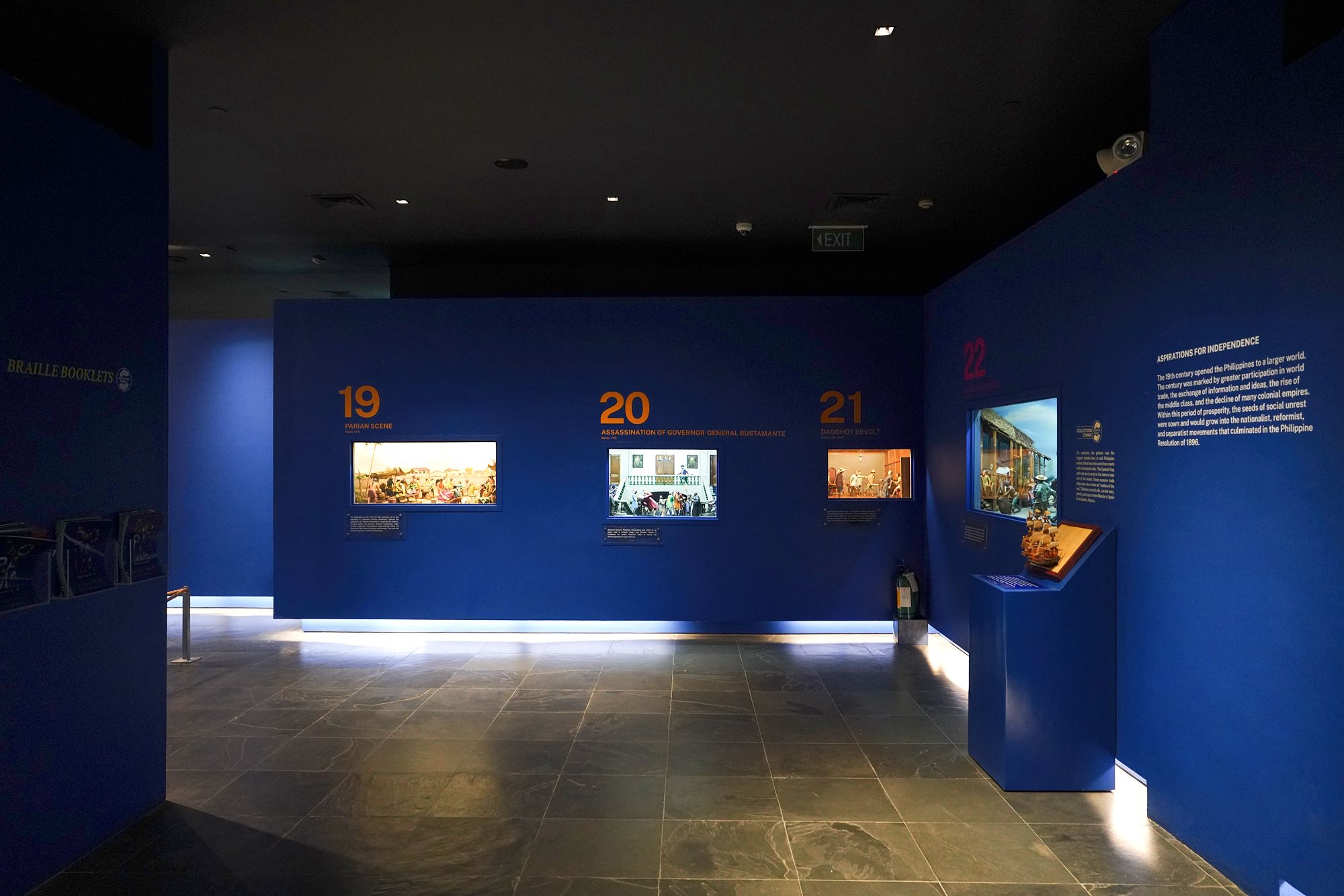
Diorama 1: Prehistoric Philippines: Depicts early human settlement with ancient Filipinos engaging in hunting and gathering.
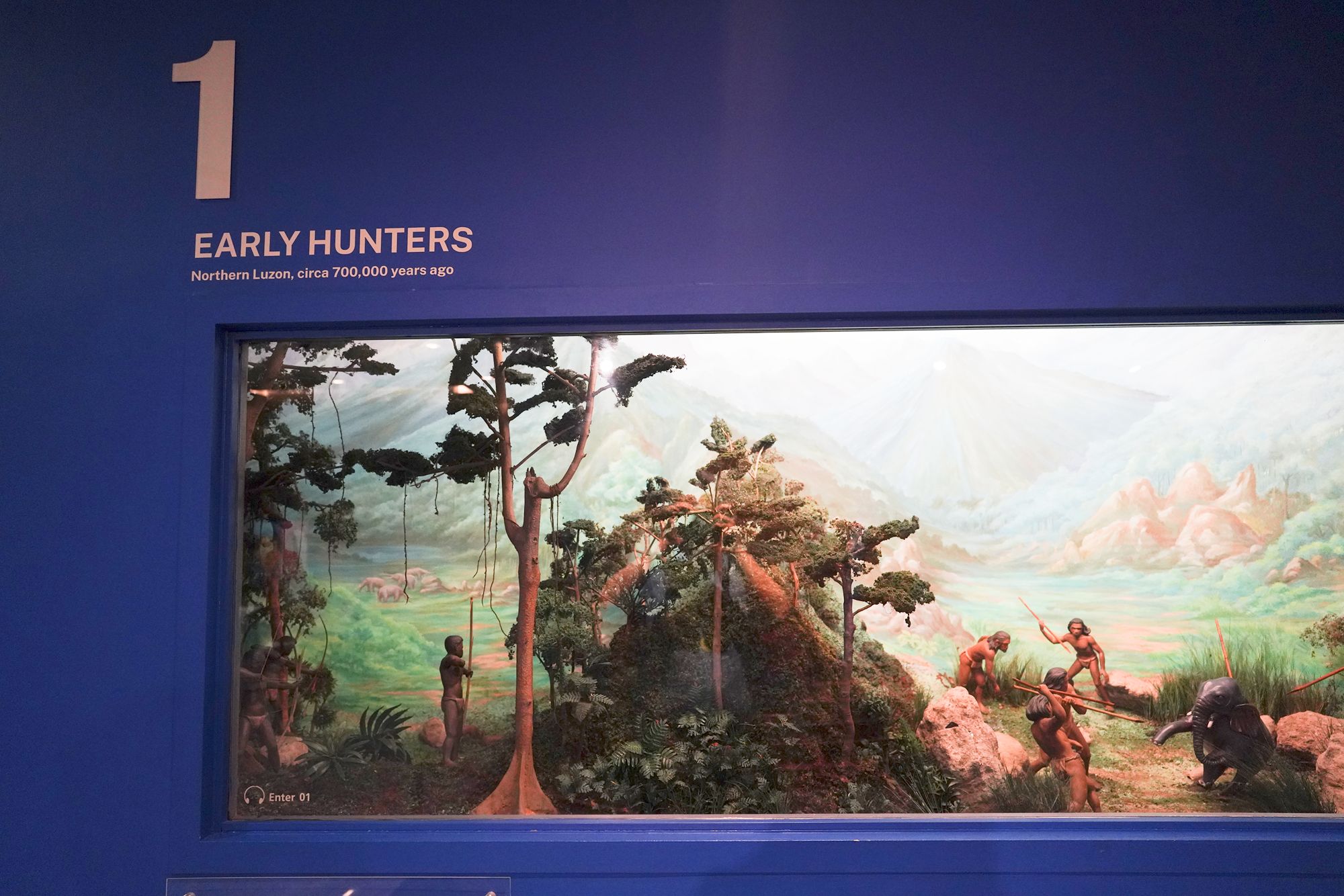
Diorama 4: Pottery Making in Bicol, circa 6000 B.C.
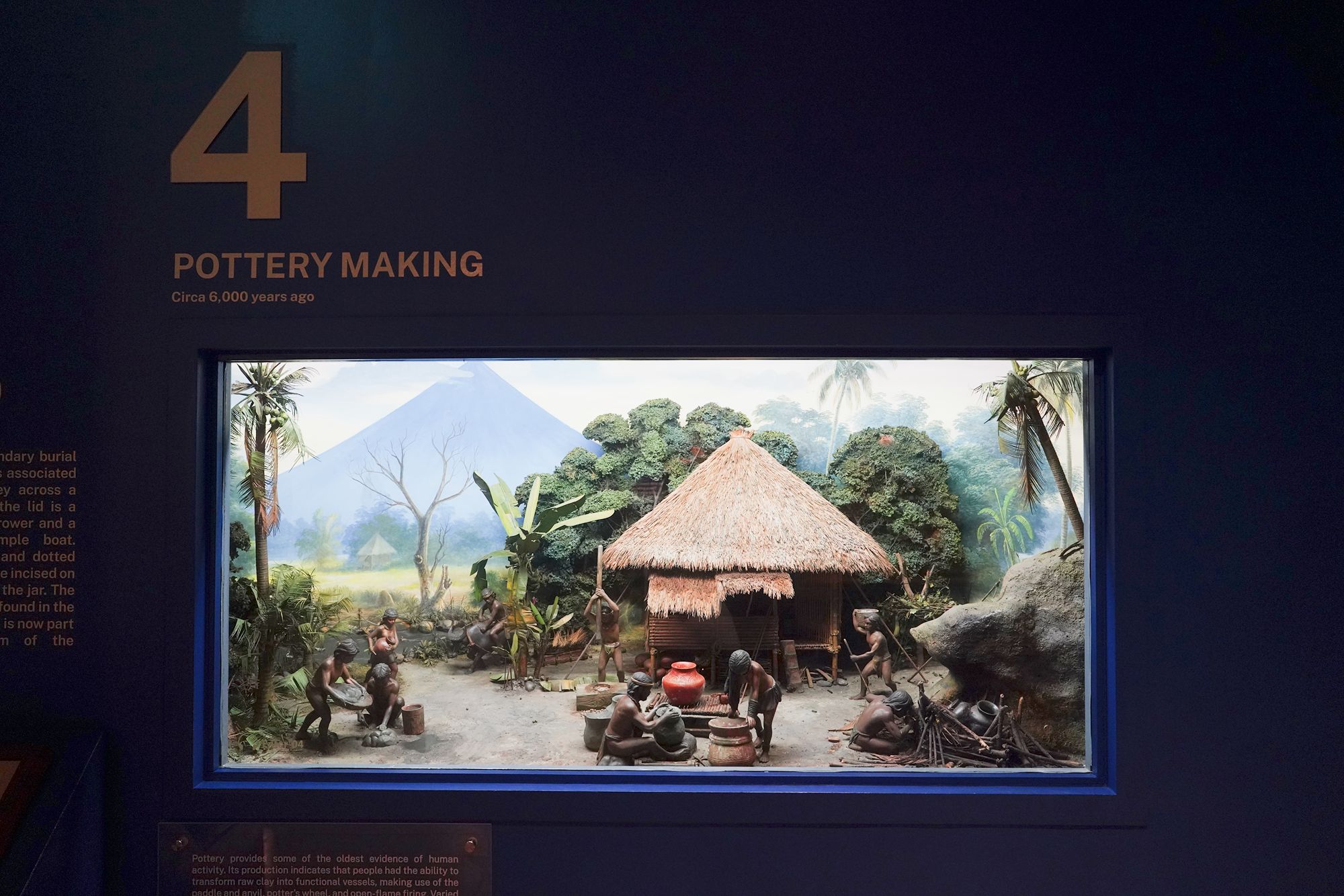
Diorama 6: Rice Terraces Ifugao, circa 1150 A.D.
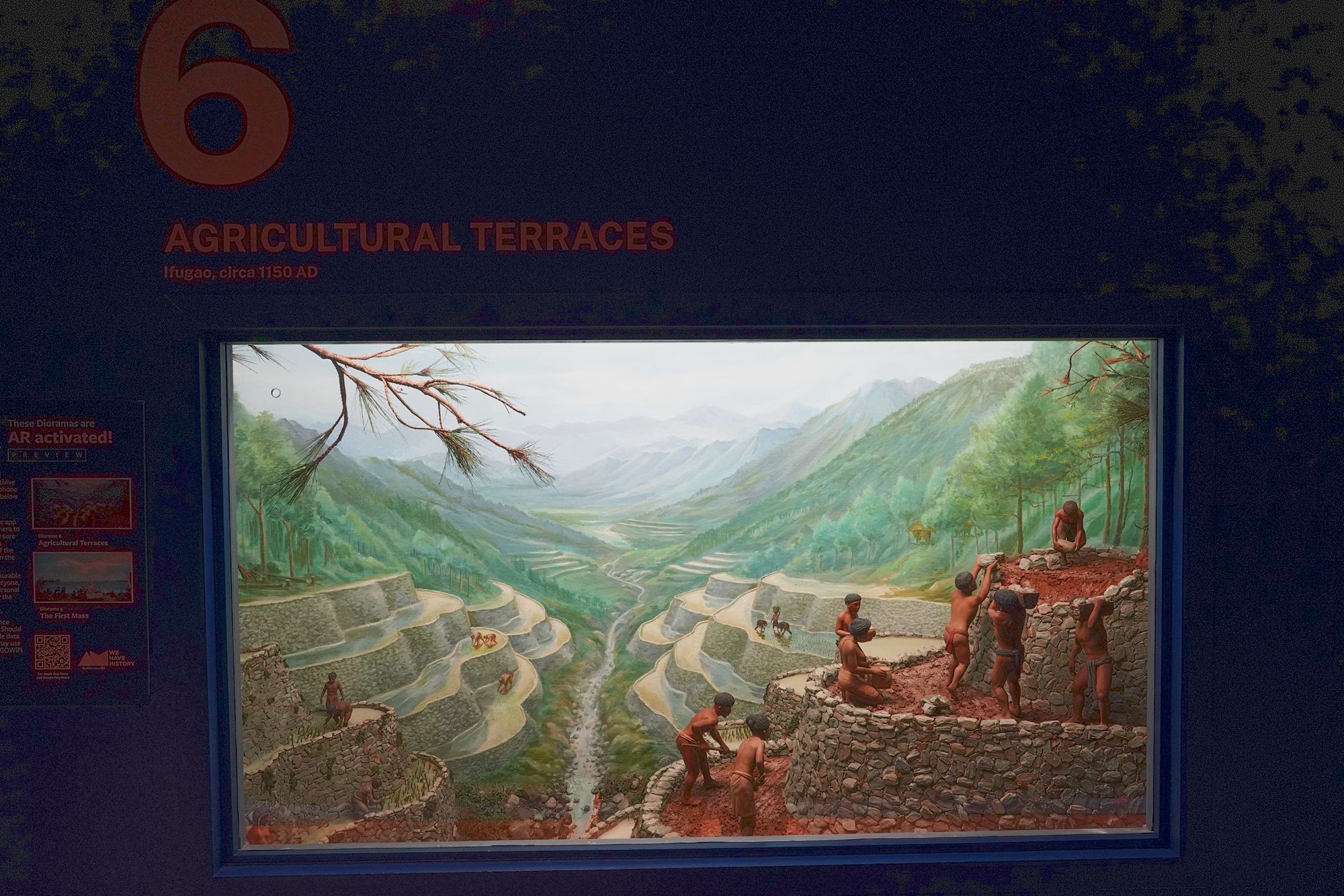
Diorama 7: Trade with the Chinese, circa 1000 A.D.
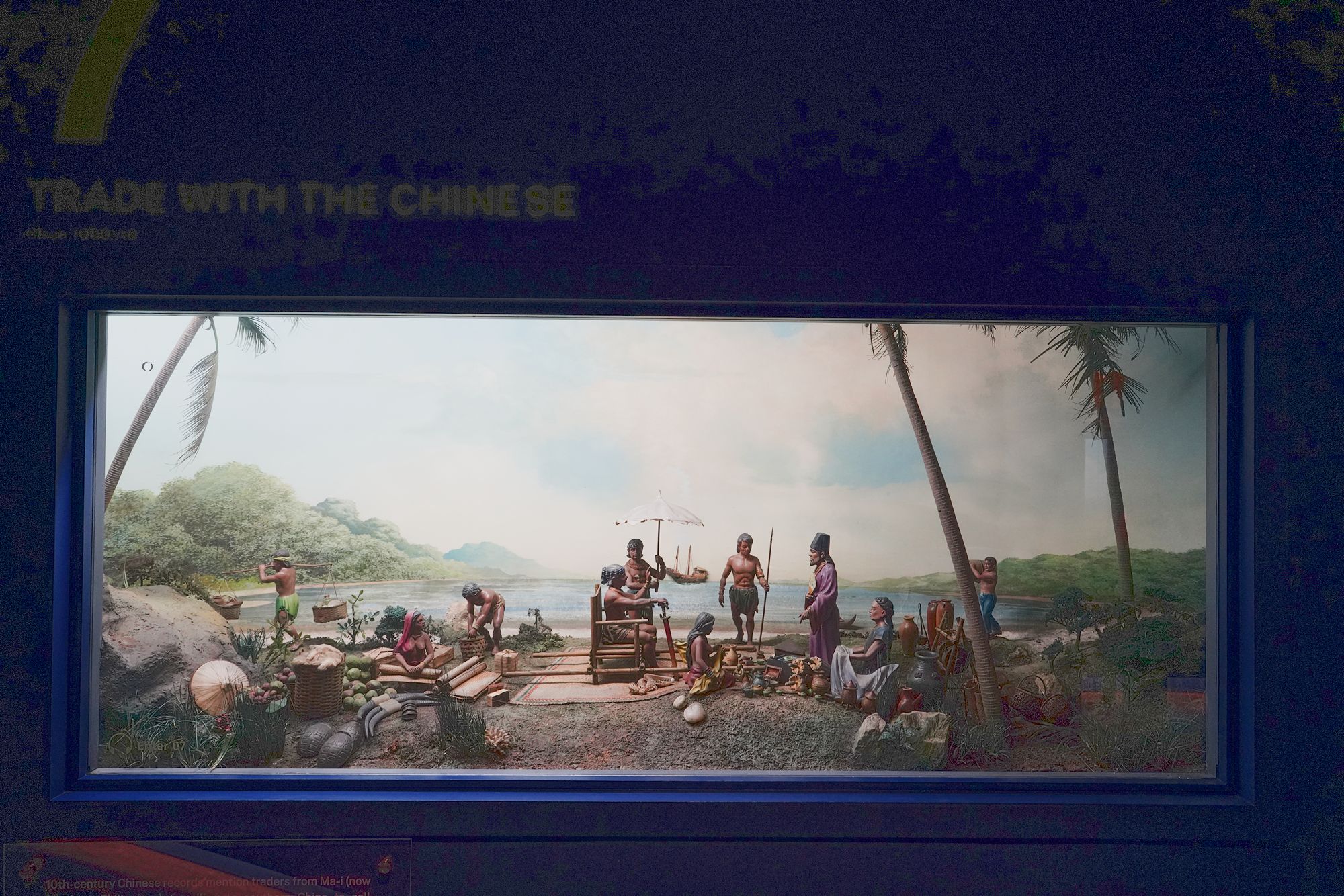
Diorama 8: Introduction of Islam, Mindanao circa 1200 A.D.
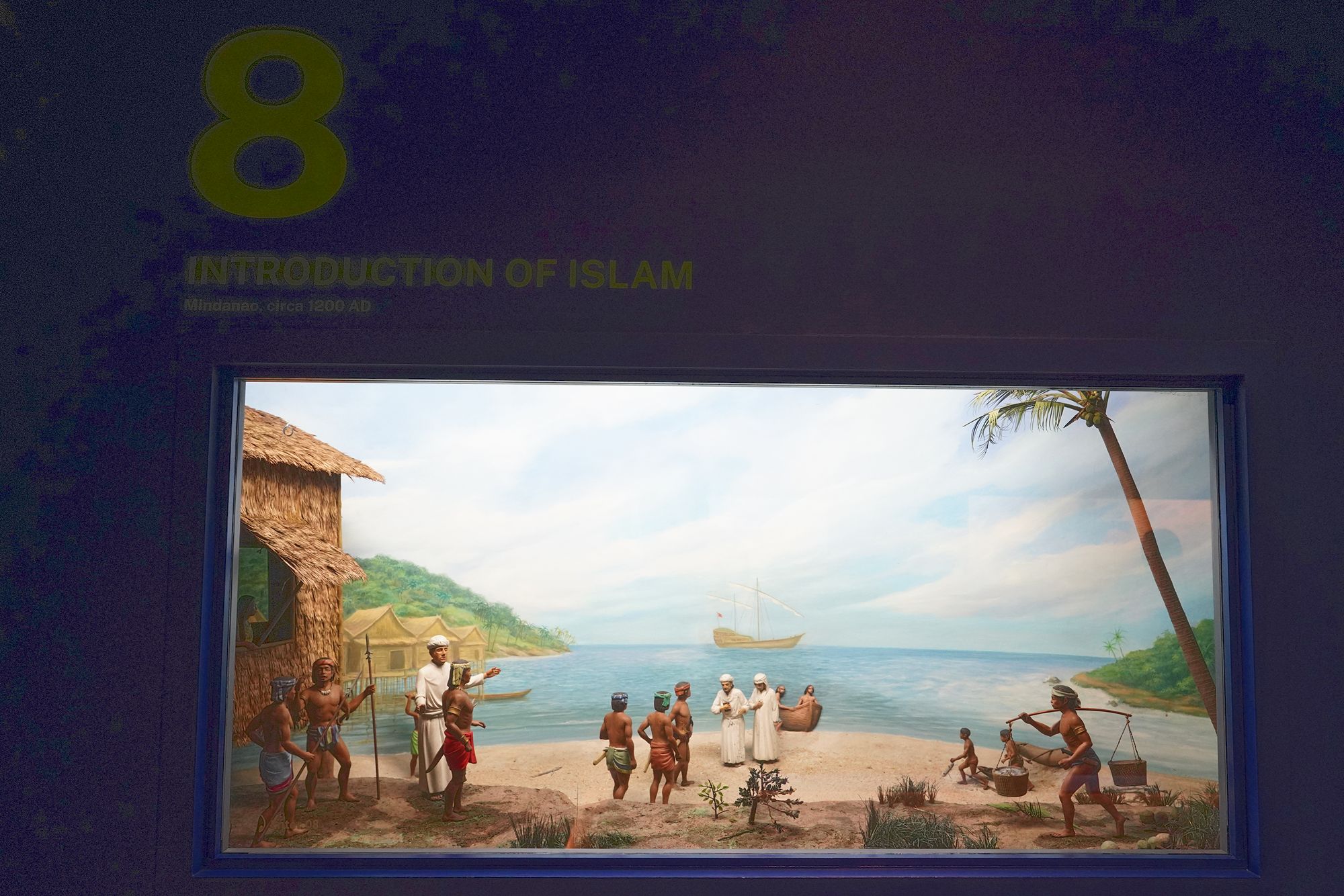
Diorama 10: The First Mass in Limasawa: Shows the first Catholic mass held in the Philippines, signifying the beginning of Christianization, 1521 A.D.
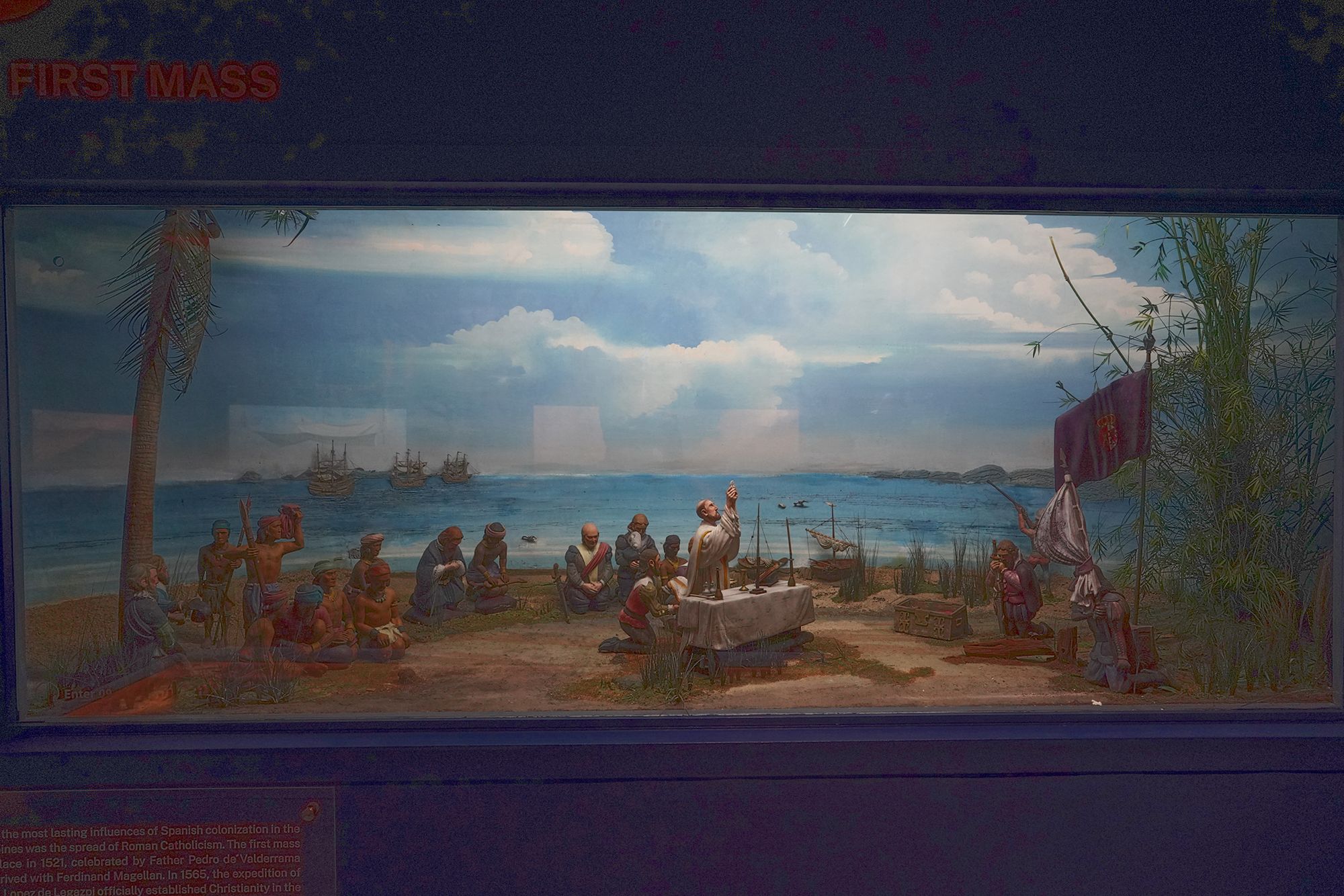
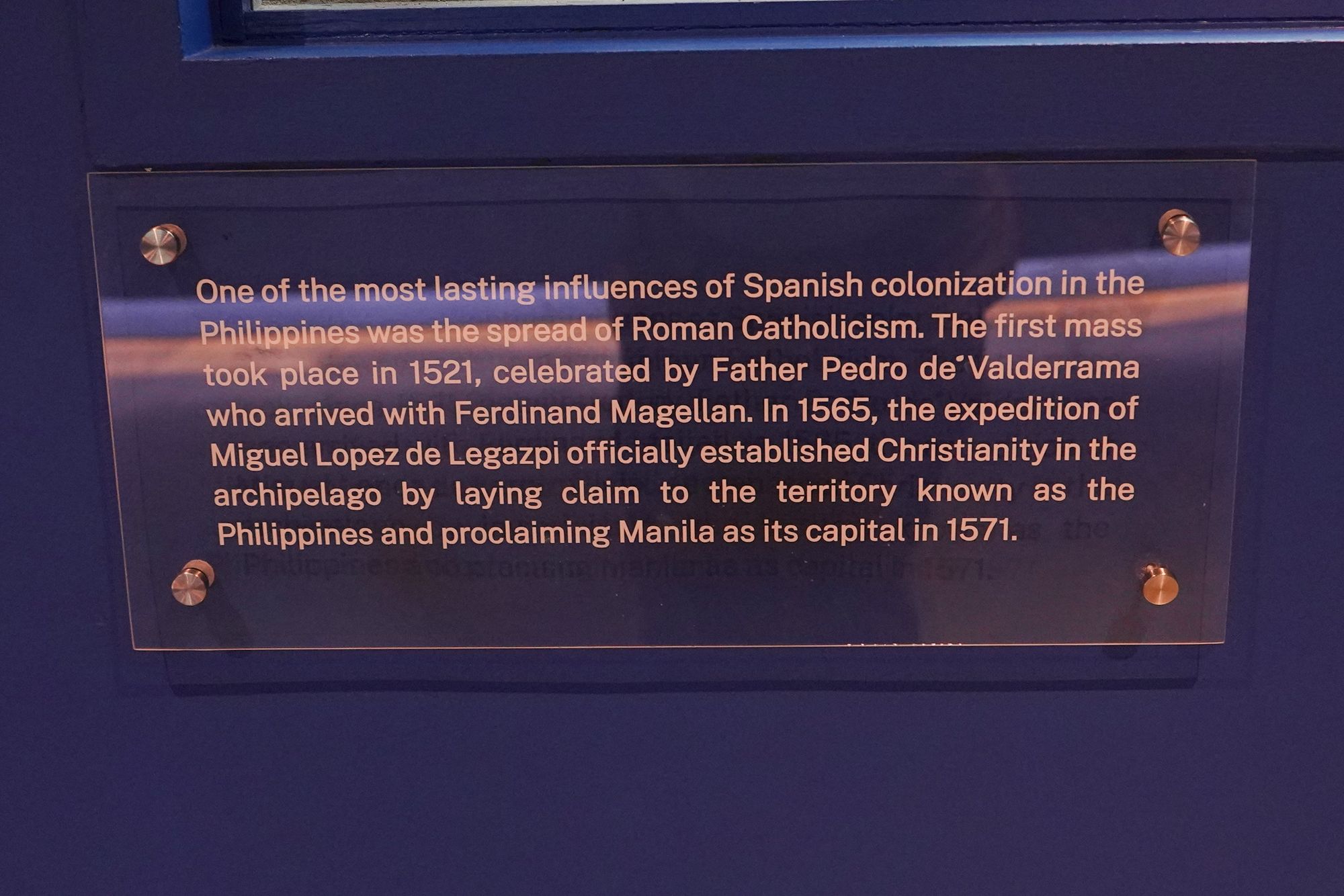
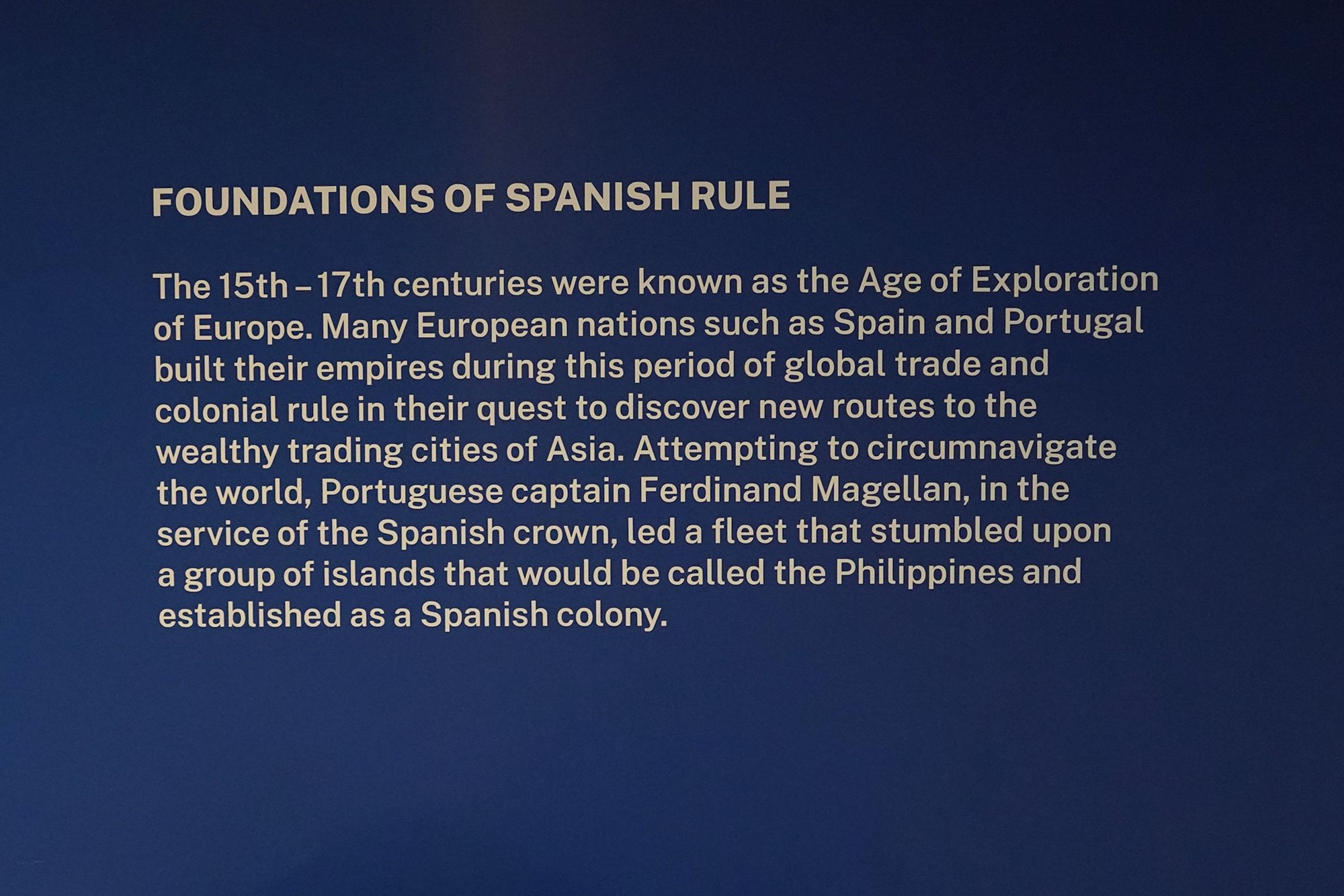
Diorama 11: Legazpi-Sikatuna Blood Compact, 1565.
The Legazpi-Sikatuna Blood Compact (or Sandugo) of 1565 was a significant historical event in the Philippines, symbolizing the first formal peace treaty between native Filipinos and the Spanish. It was conducted between the Spanish conquistador Miguel López de Legazpi and Datu Sikatuna, a chieftain of Bohol, as a gesture of alliance and friendship.
This begins the Spanish colonization of the Philippines.
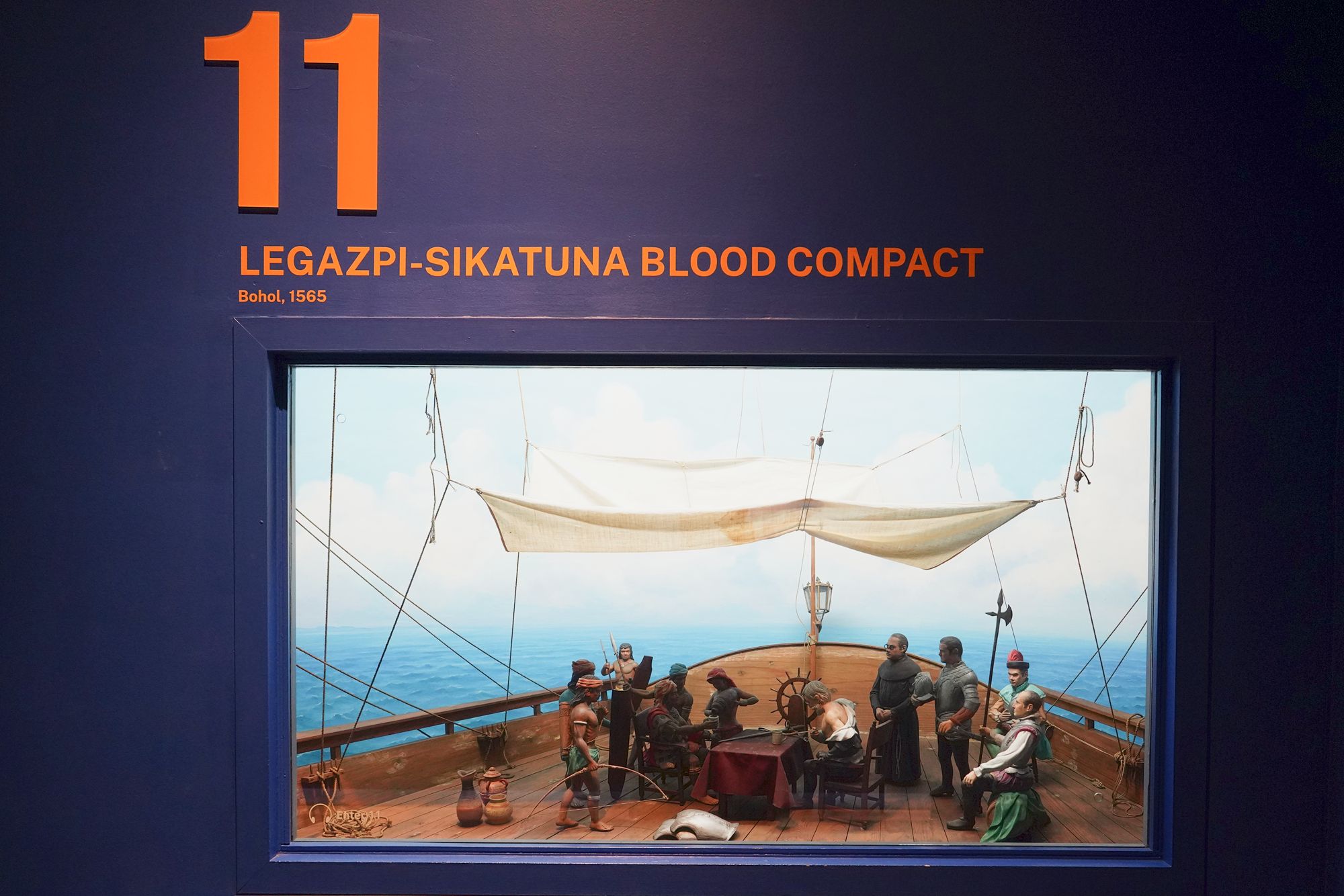
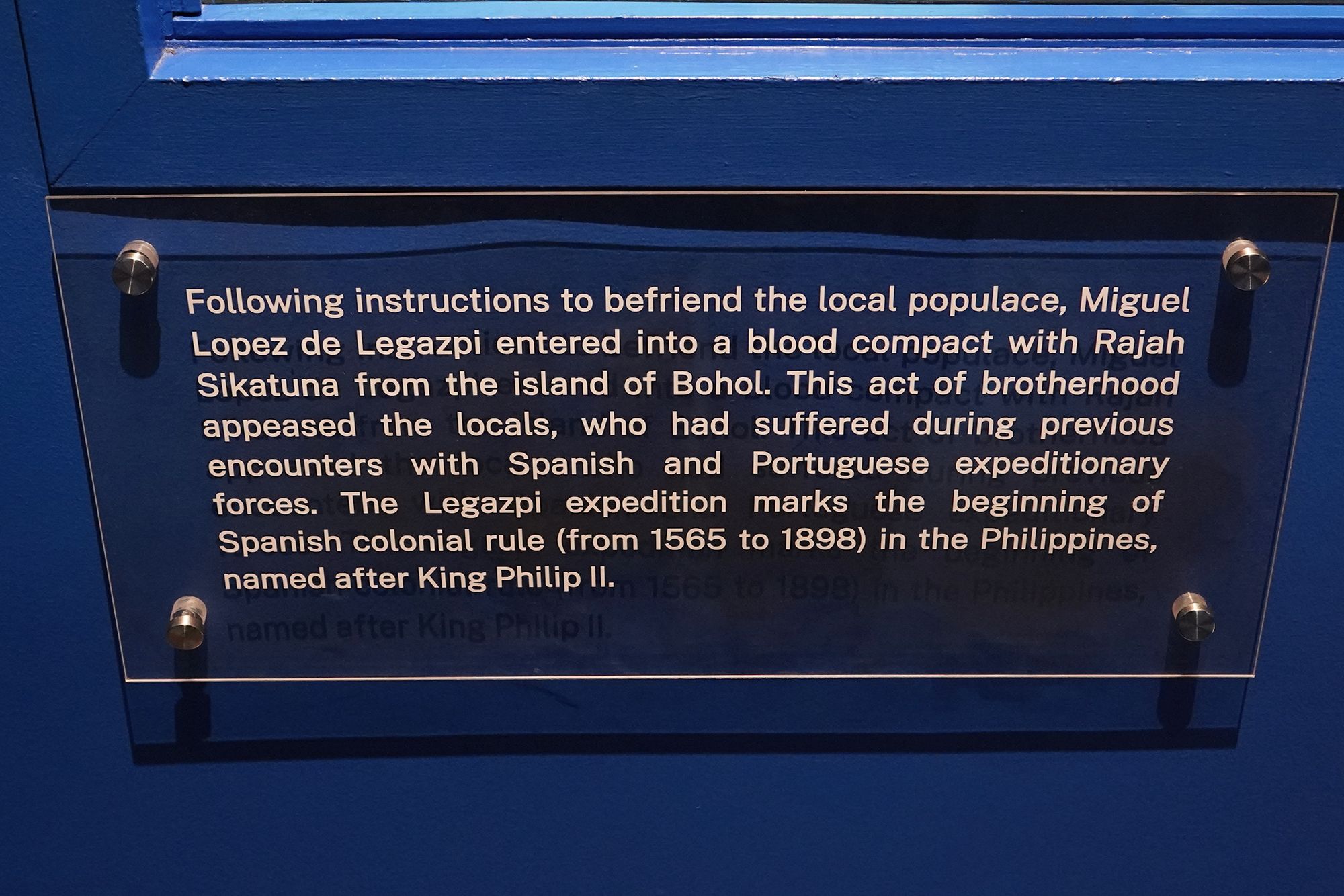
Diorama 13: Salcedo Repels Limahong, 1575 A.D. The Battle of Manila in 1575, also known as Salcedo Repels Limahong, was a critical confrontation in which the Spanish forces in the Philippines, led by Juan de Salcedo, successfully defended Manila against the Chinese pirate Limahong. Limahong was a notorious pirate and warlord who terrorized the South China Sea and sought to establish his own kingdom in the Philippines.
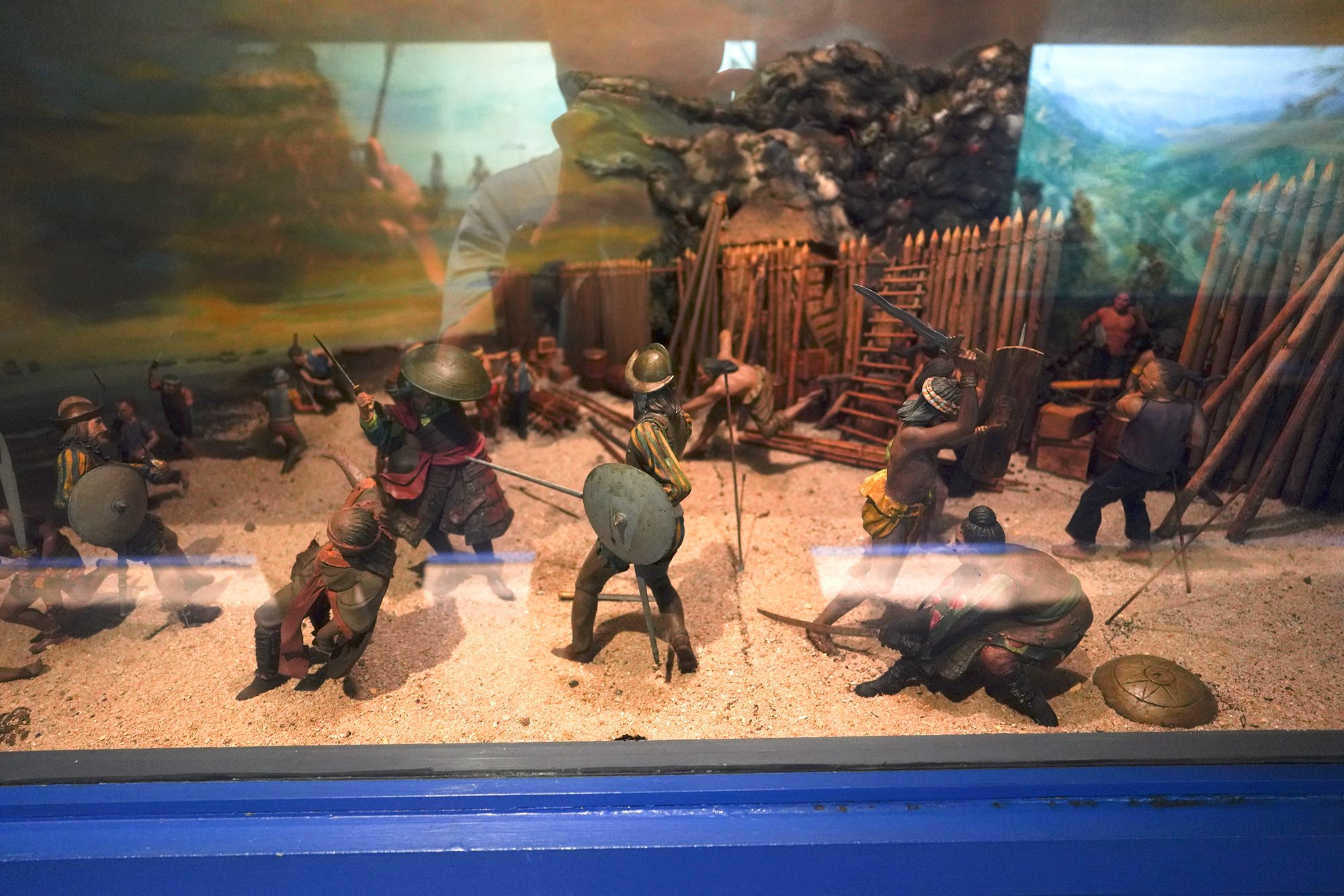
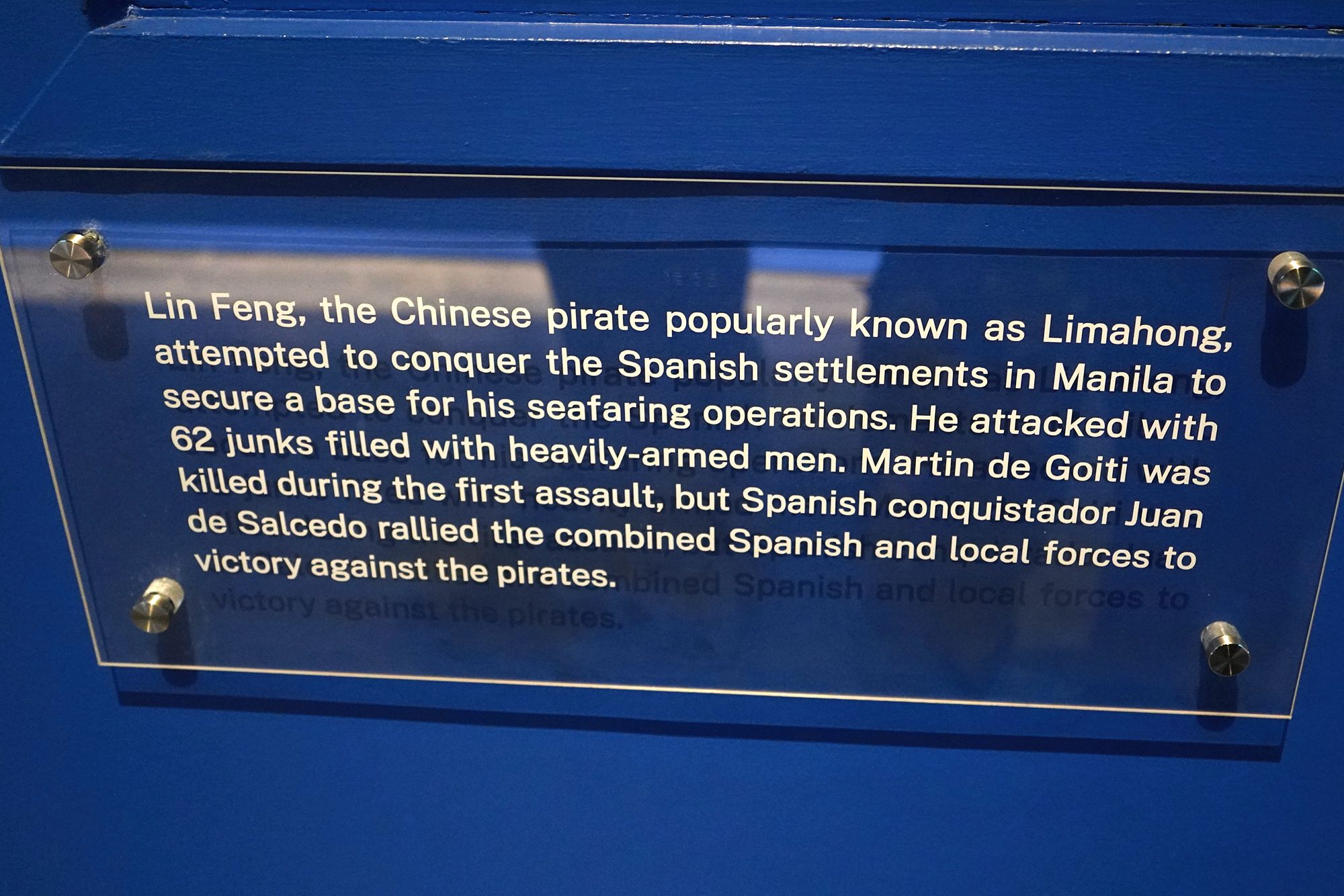
Diorama 15: The First Books, 1593
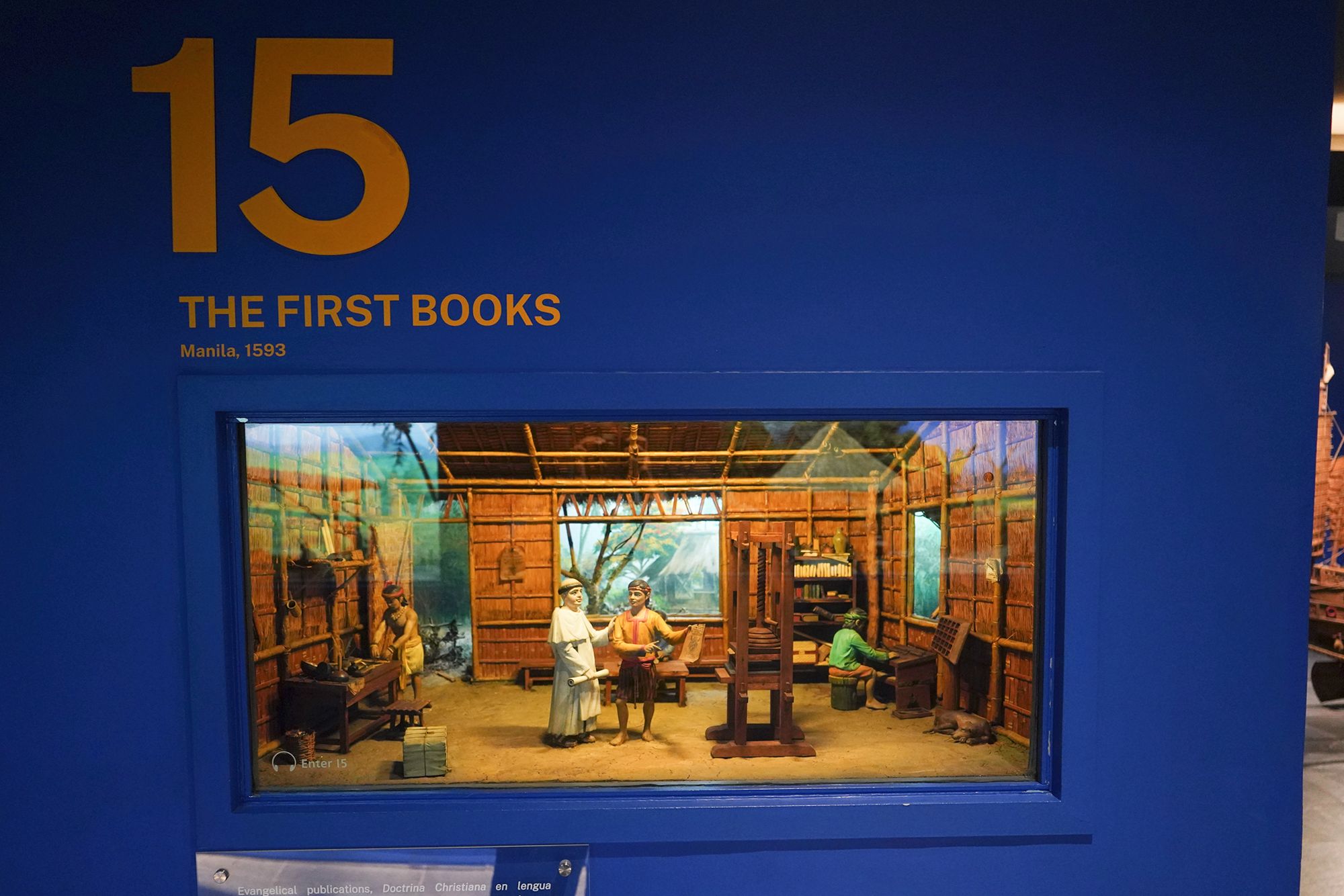
Diorama 16: Massacre of the Chinese
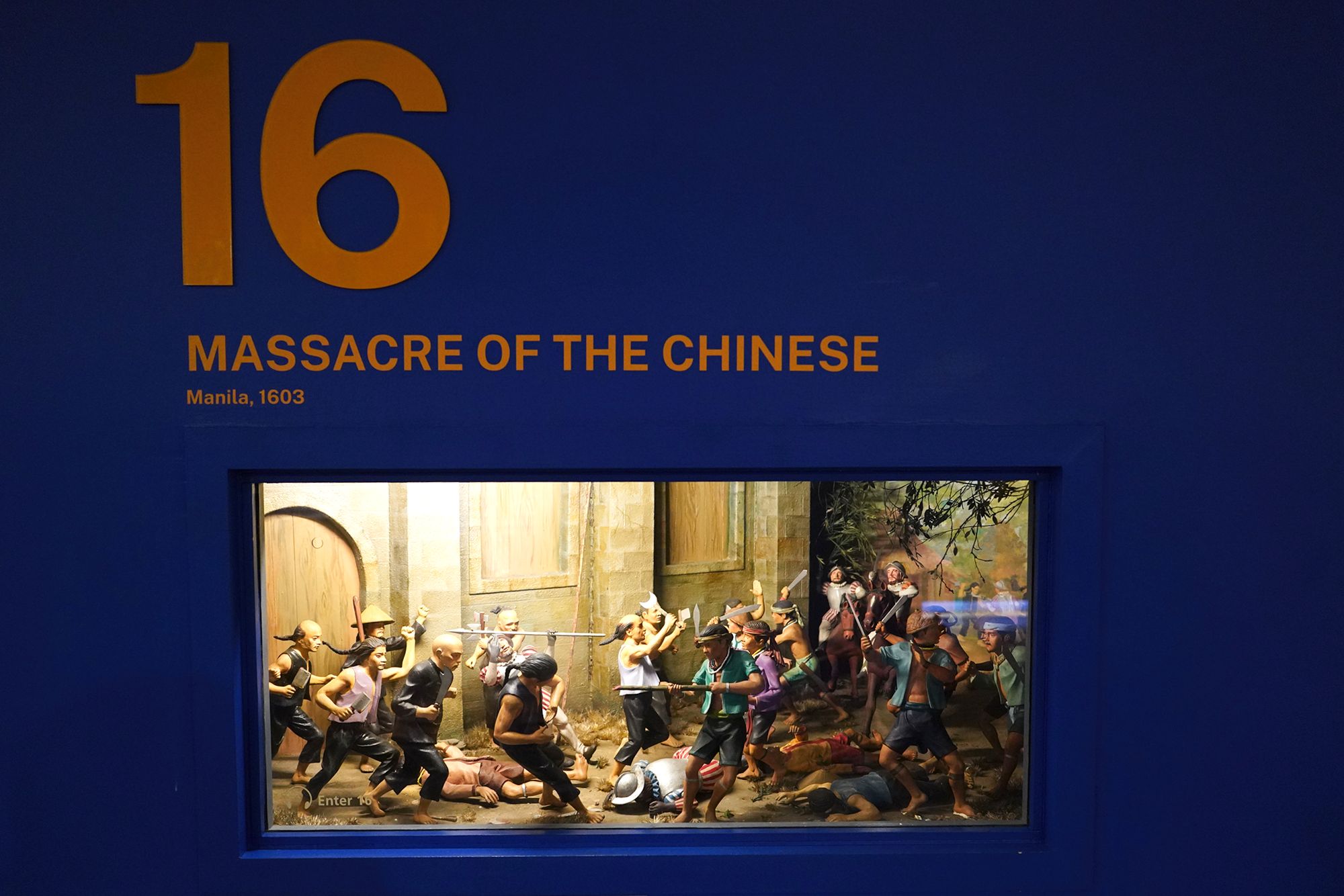
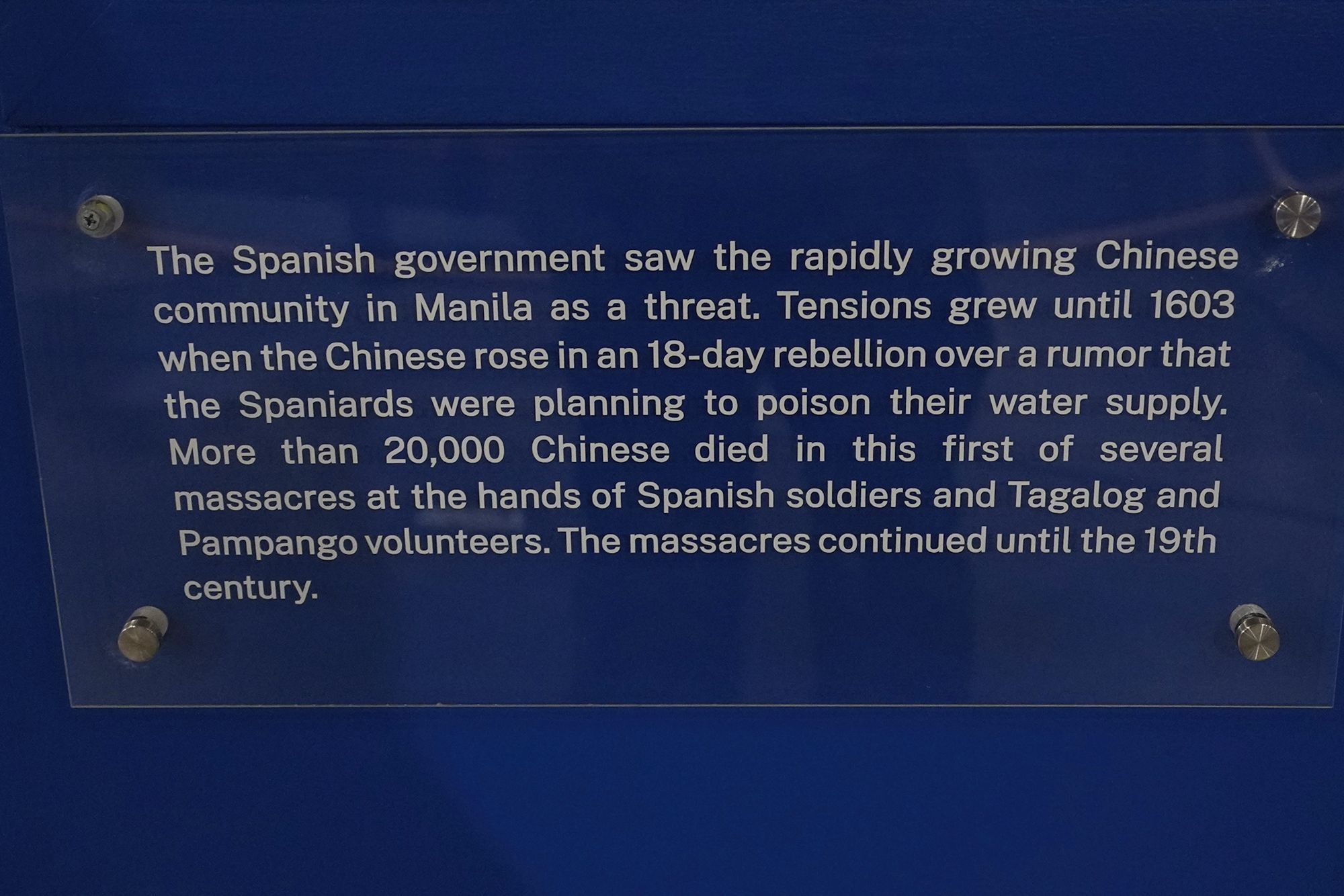
Diorama 17: Construction of the University of Santo Tomas
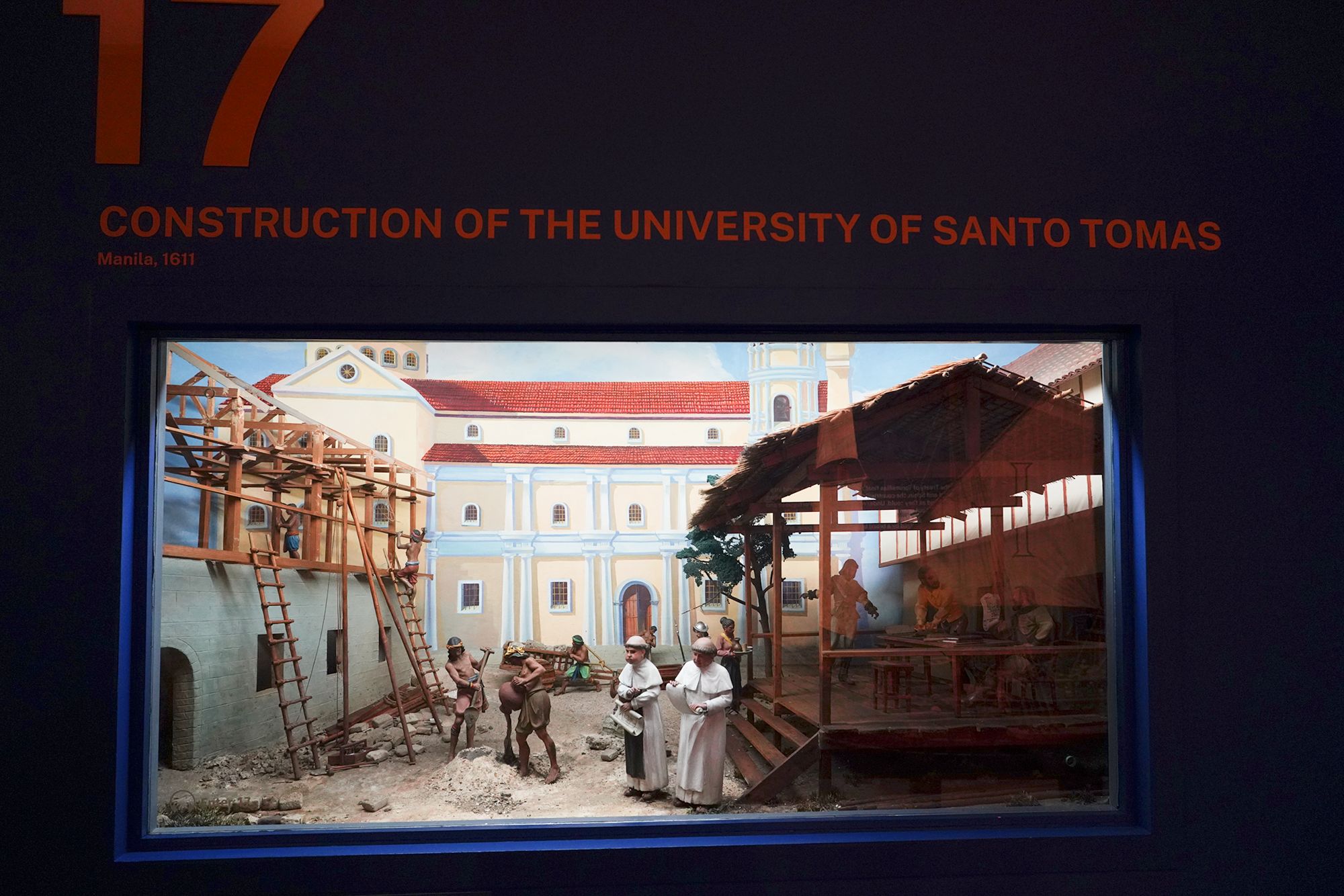
Diorama 19: The Parián in the Philippines was a designated district for Chinese immigrants and traders, established by the Spanish colonial government in Manila during the late 16th century. Located just outside the walls of Intramuros, the walled city of Manila, the Parián became a vibrant commercial hub and played a significant role in Philippine history, especially during the Spanish colonial period.
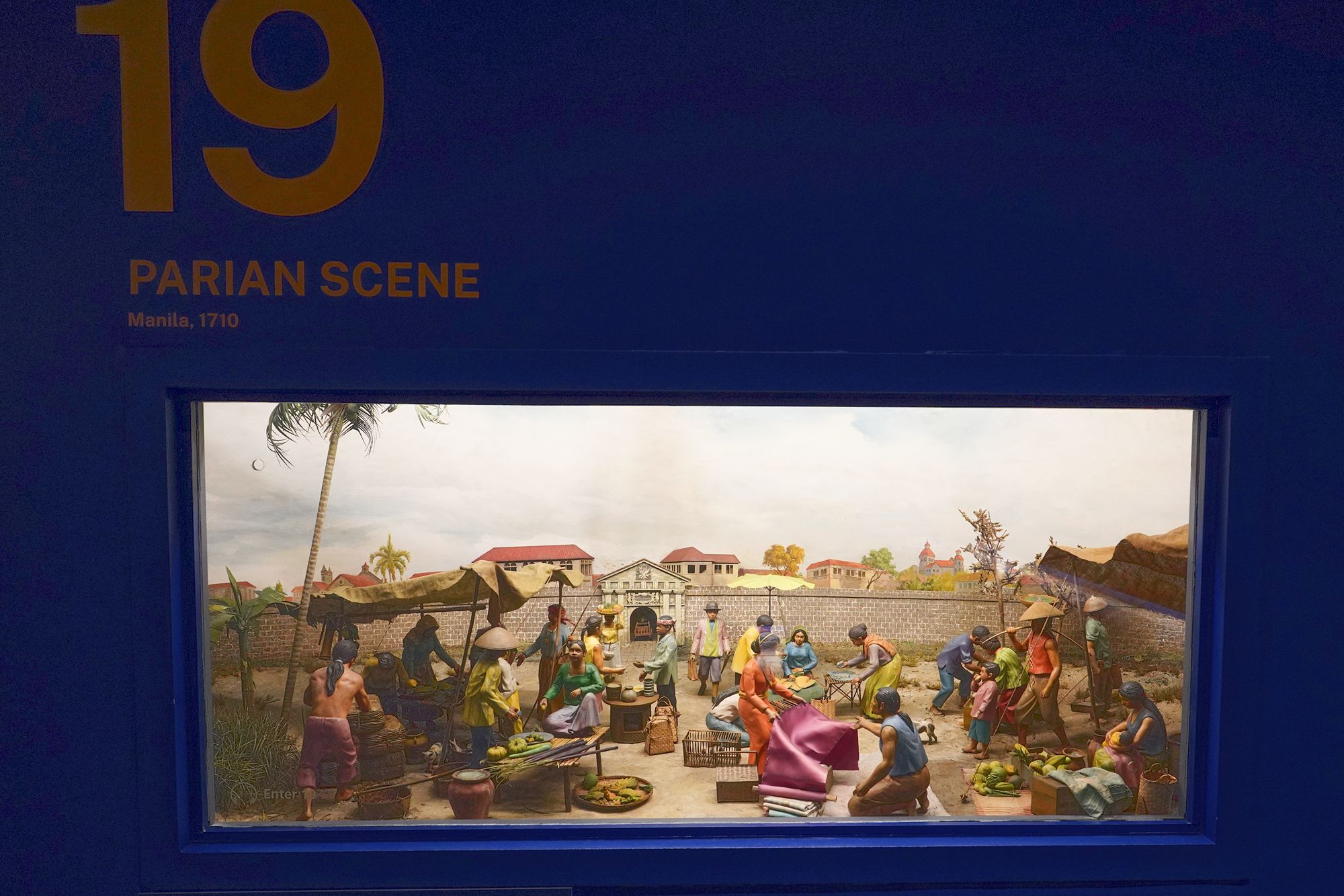
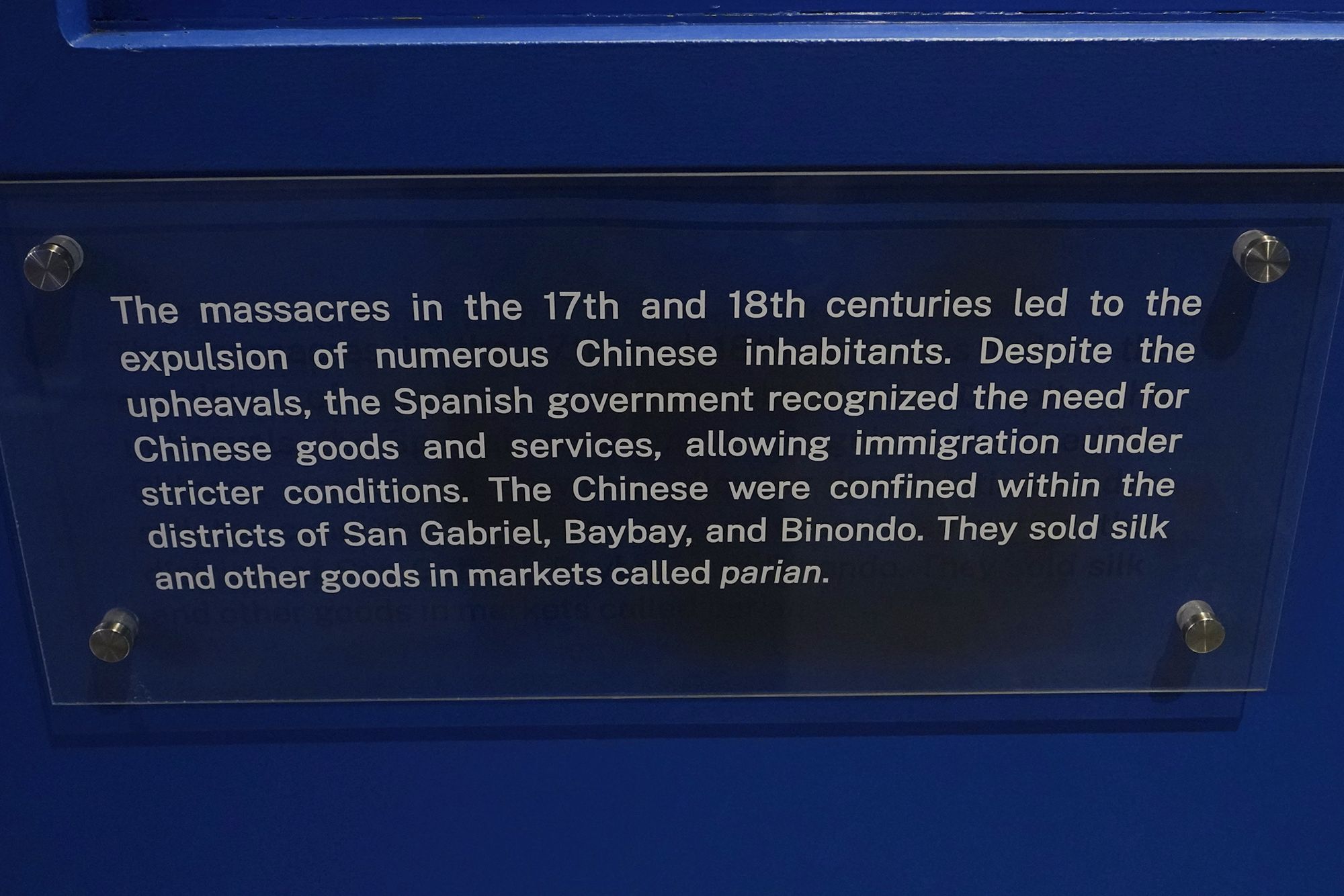
Diorama 20: Governor-General Fernando Manuel de Bustillo Bustamante y Rueda was a Spanish official appointed by the Spanish crown to govern the Philippines. Bustamante’s campaign to recover funds and impose strict governance made him unpopular among the Spanish clergy and some powerful figures in Manila, leading to his assassination.
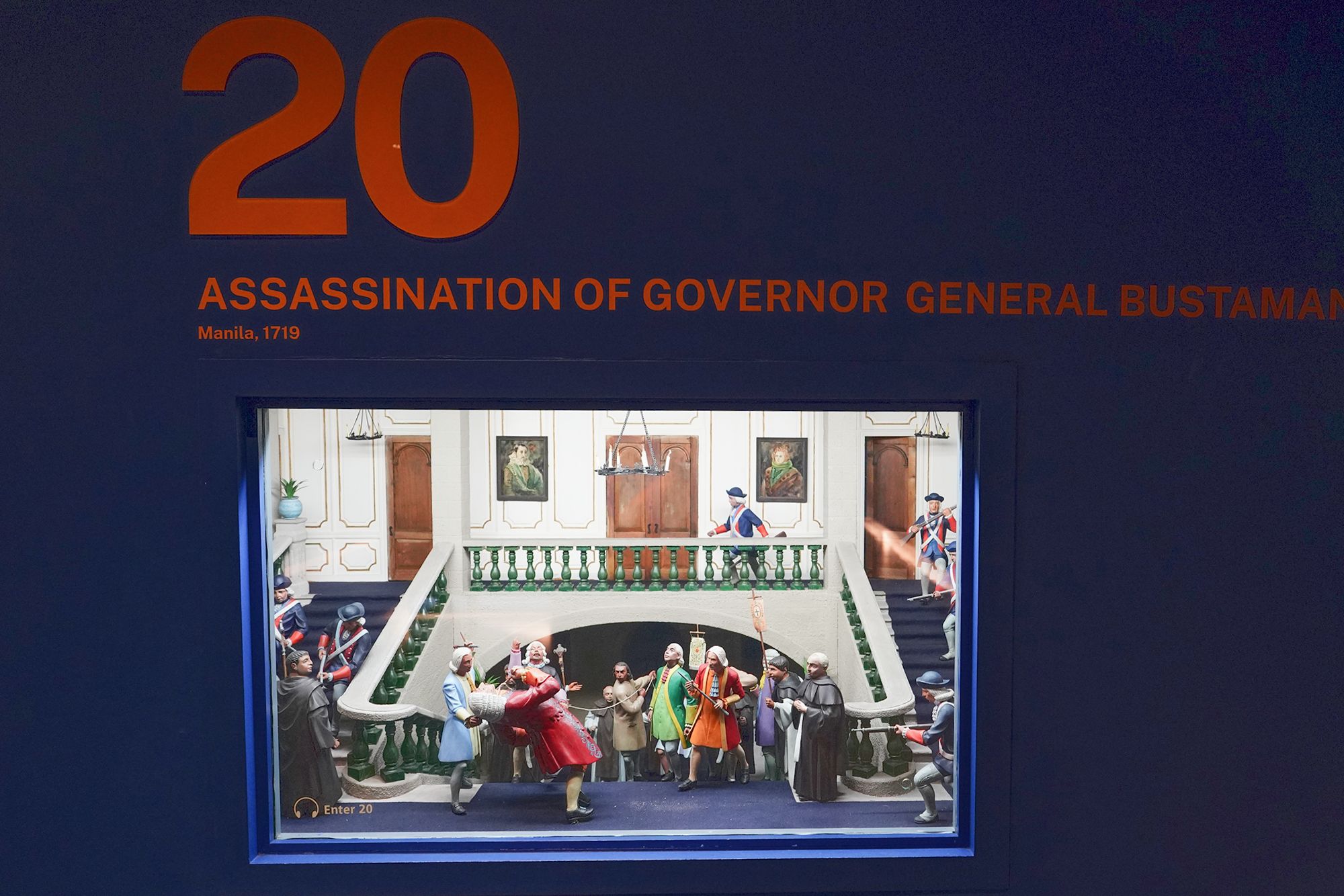
Diorama 21: Many Filipinos in Bohol were dissatisfied with Spanish rule due to harsh taxes, forced labor (polo y servicios), and religious intolerance by the Spanish clergy, making them more receptive to rebellion. This led to the Dagohoy Revolt (1744–1829), which was the longest-lasting revolt in Philippine history, lasting 85 years.

Diorama 22: The Manila Galleon scene refers to the bustling trade and cultural exchange surrounding the famous Manila-Acapulco Galleon Trade, which connected Asia, the Americas, and Europe from 1565 to 1815. This trade route was one of the longest-lasting and most significant maritime routes in history, linking the Spanish colony of the Philippines (centered in Manila) with Acapulco in New Spain (modern-day Mexico).
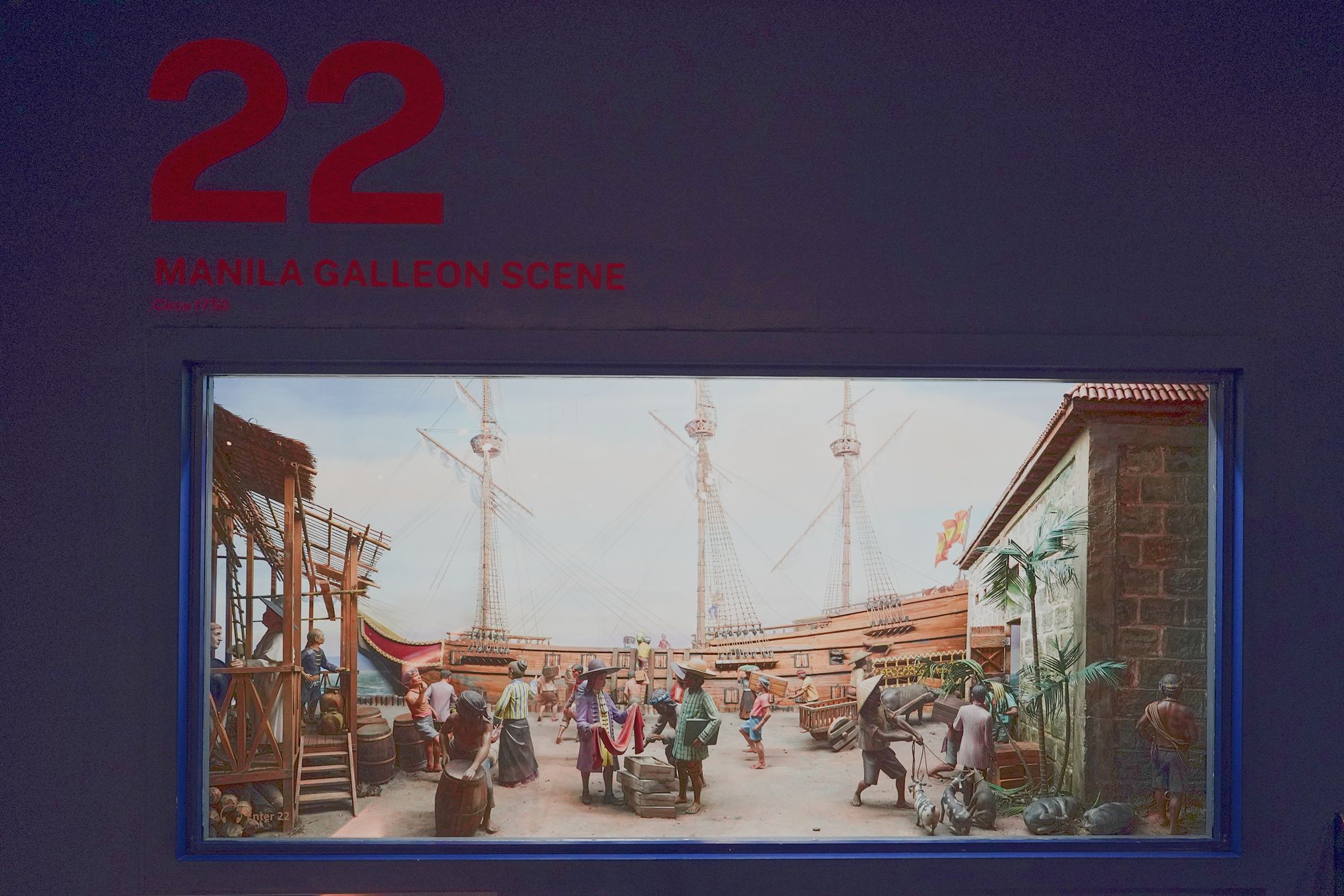
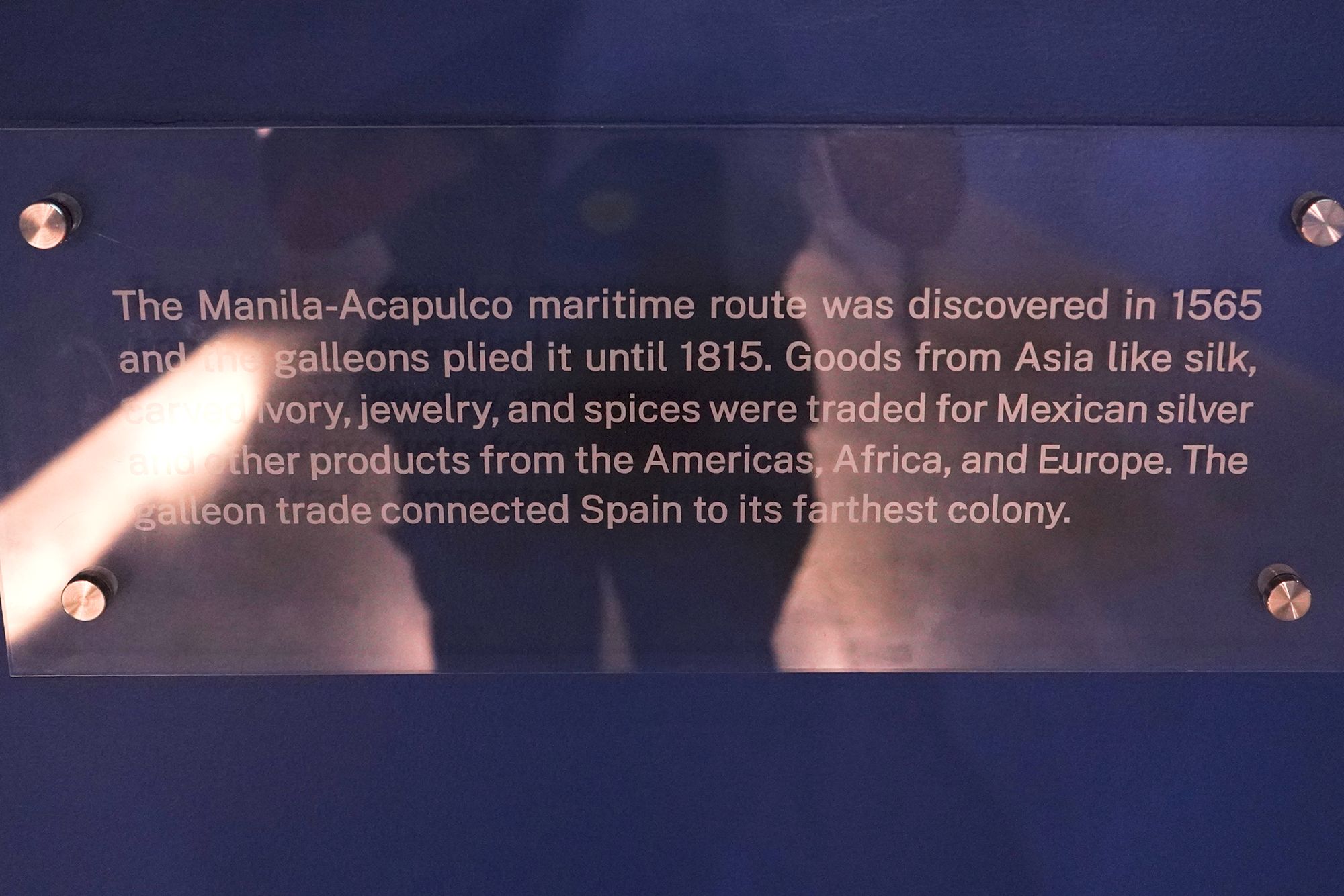
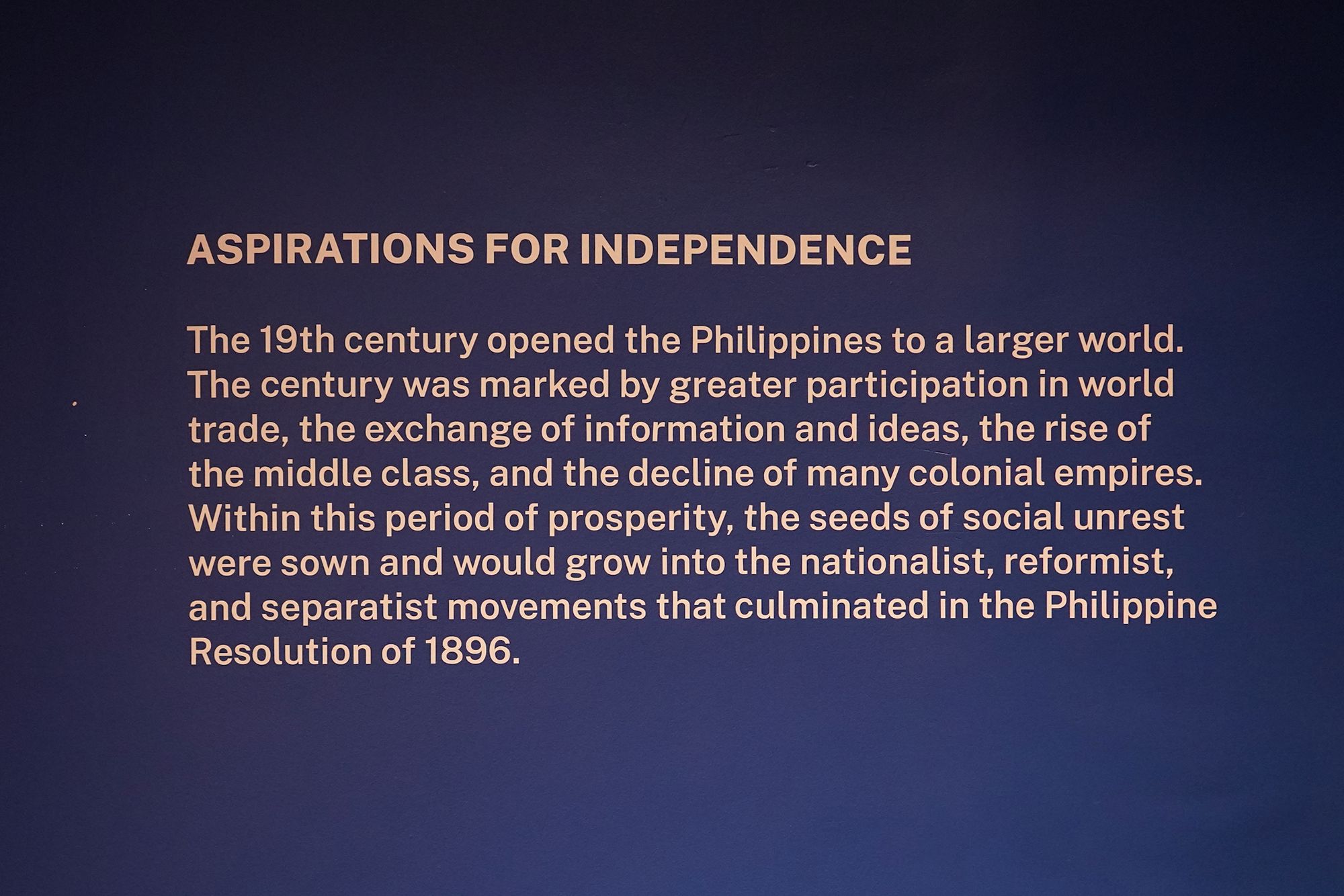
Diorama 23: The British Occupation of Manila (1762–1764) is a notable period in Philippine history when British forces temporarily took control of Manila and nearby areas during the global conflict known as the Seven Years’ War (1756–1763). This occupation had significant implications for the Philippines and Spanish colonial rule, though the British presence was ultimately brief.
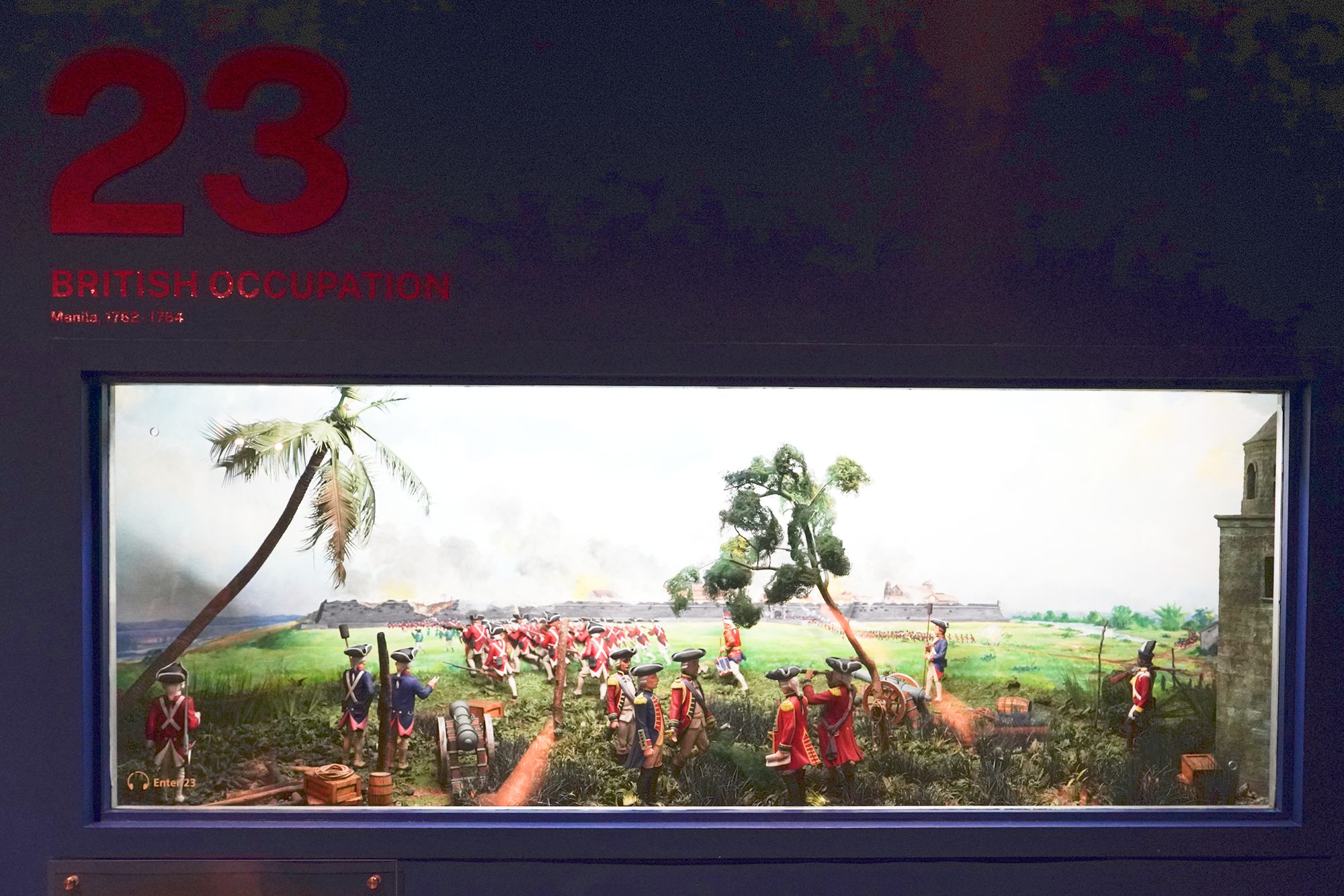
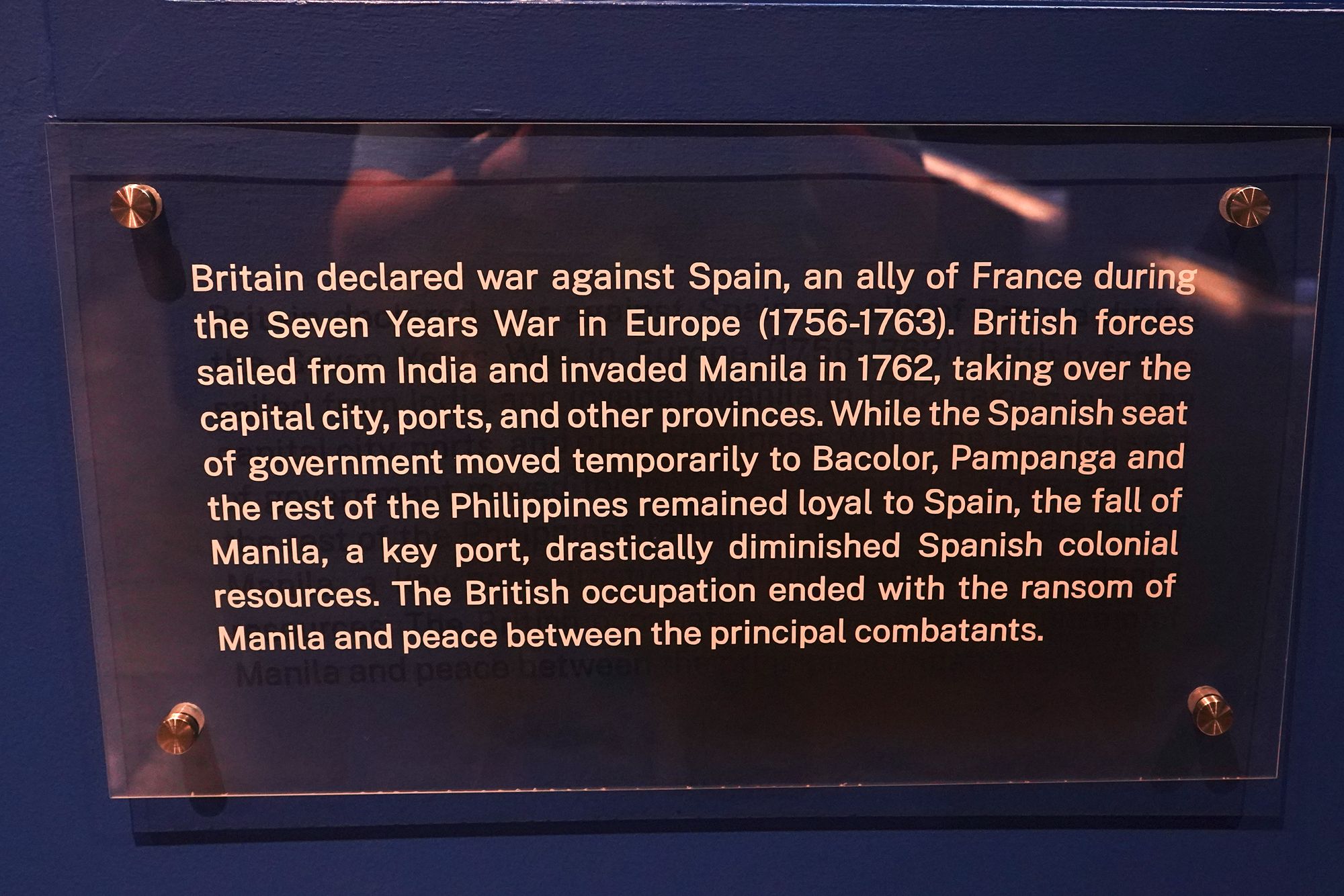
Diorama 24: Spain retook Manilla from British
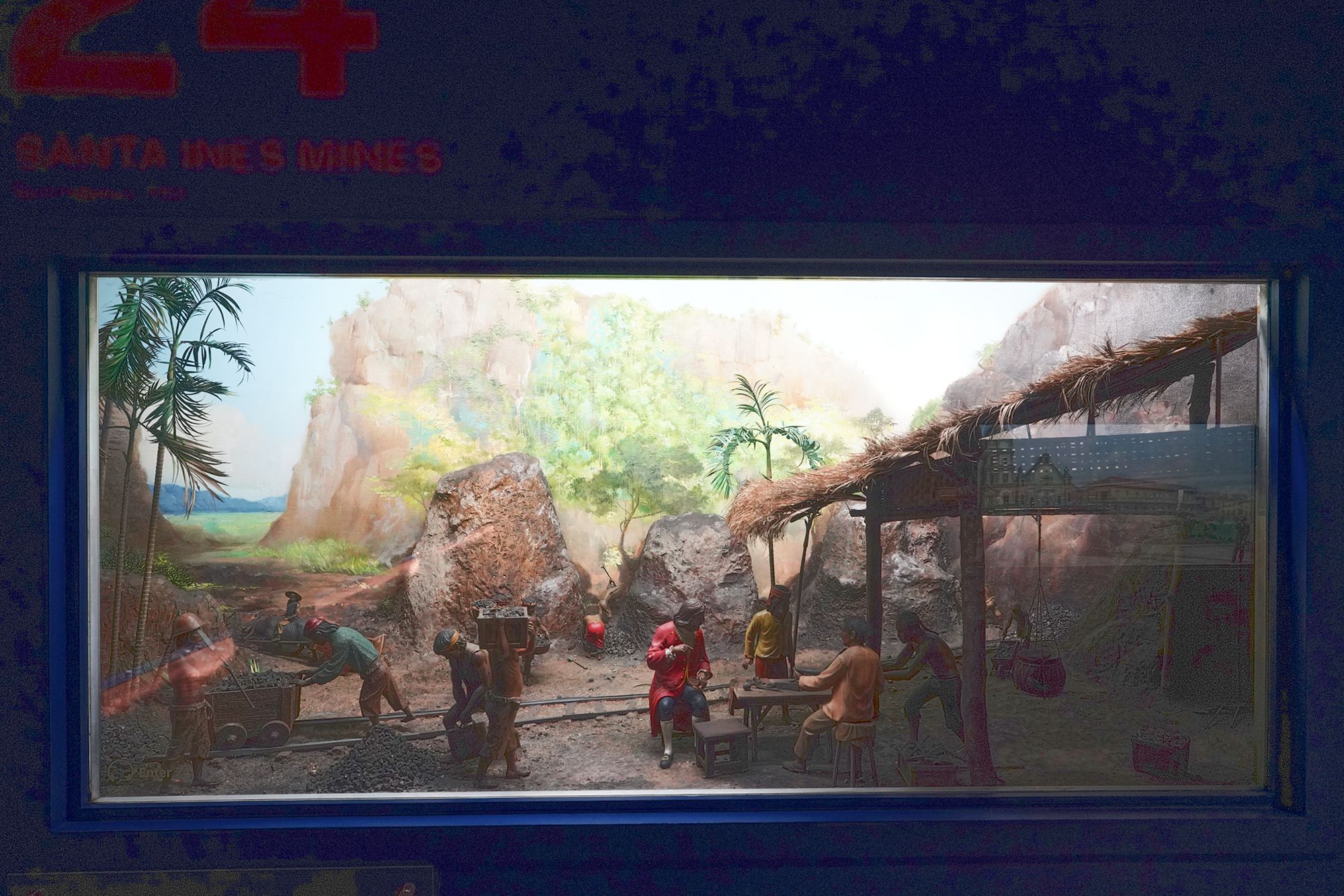
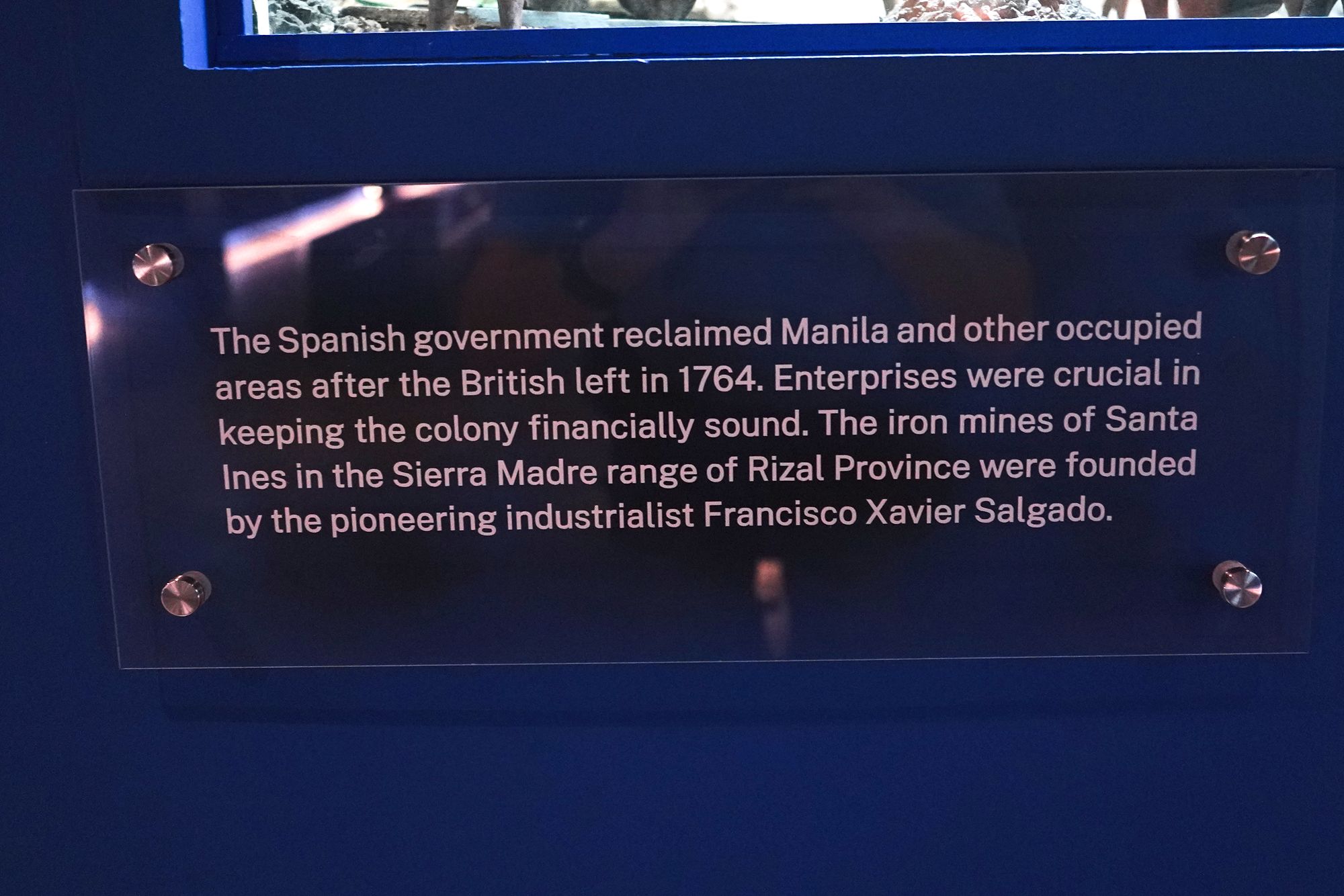
Diorama 25: The first newspaper in the Philippines in 1811 A.D.
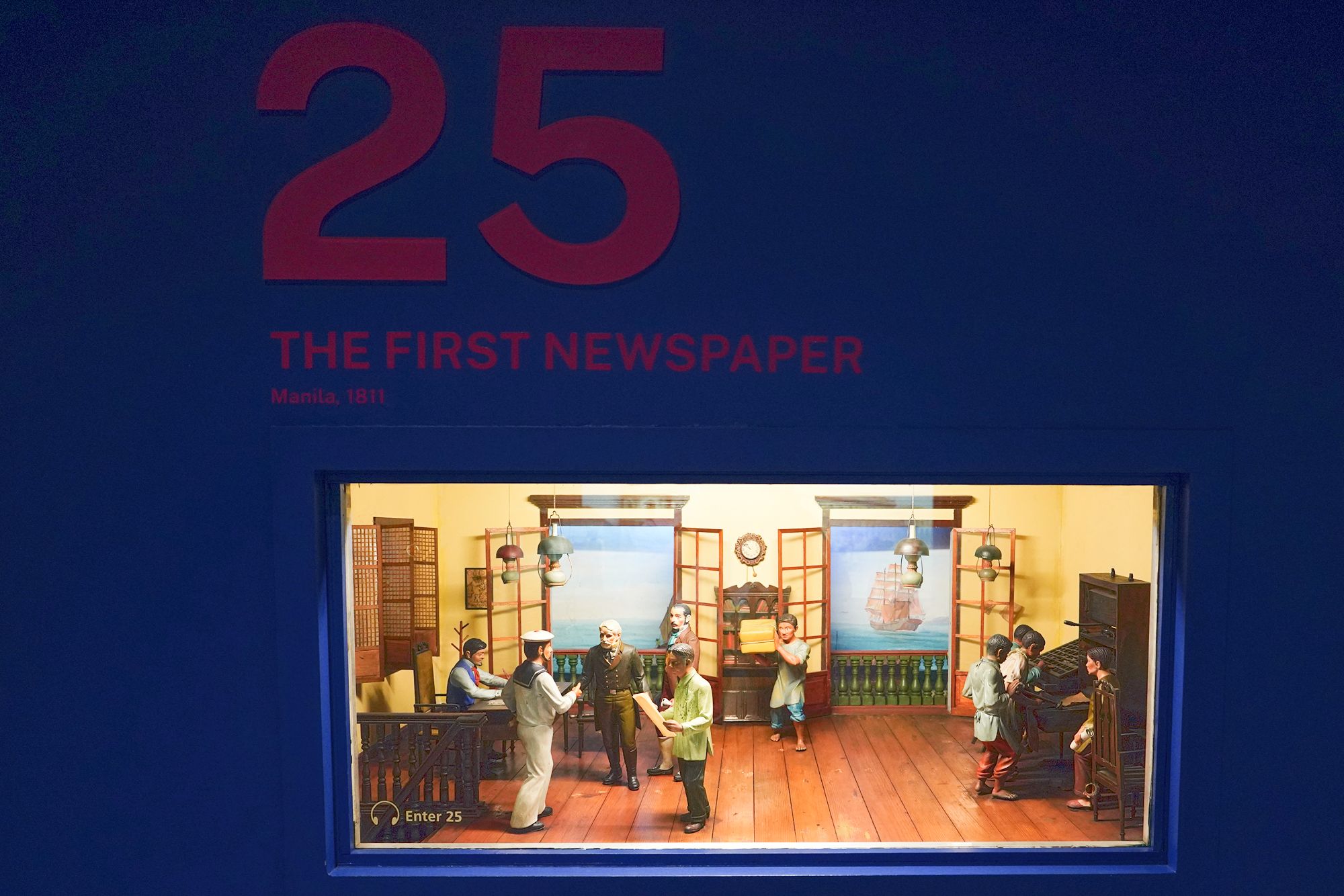
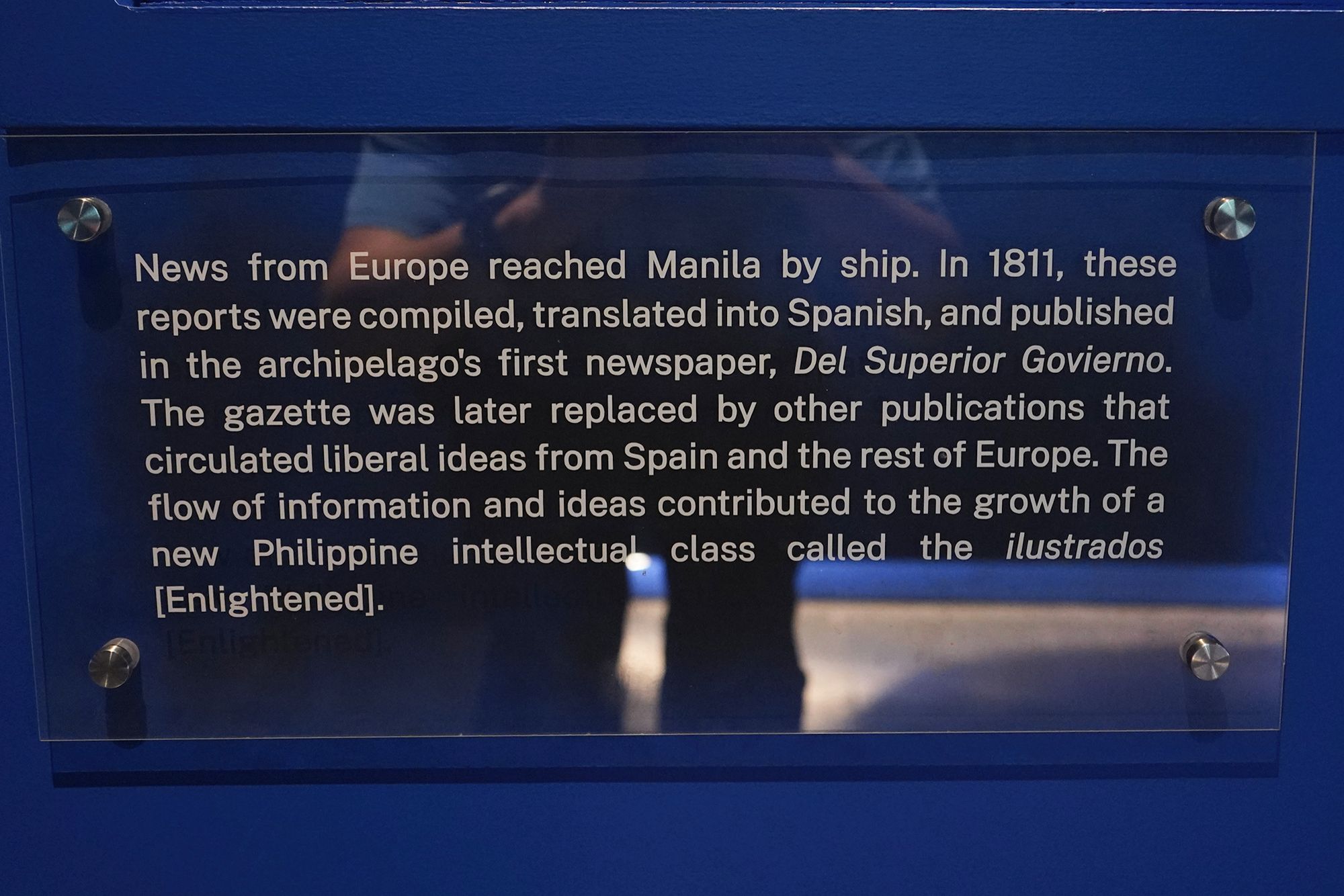
Diorama 27: Regular attendance at Sunday mass in the town church indicates successful Christianization of the Philippines.
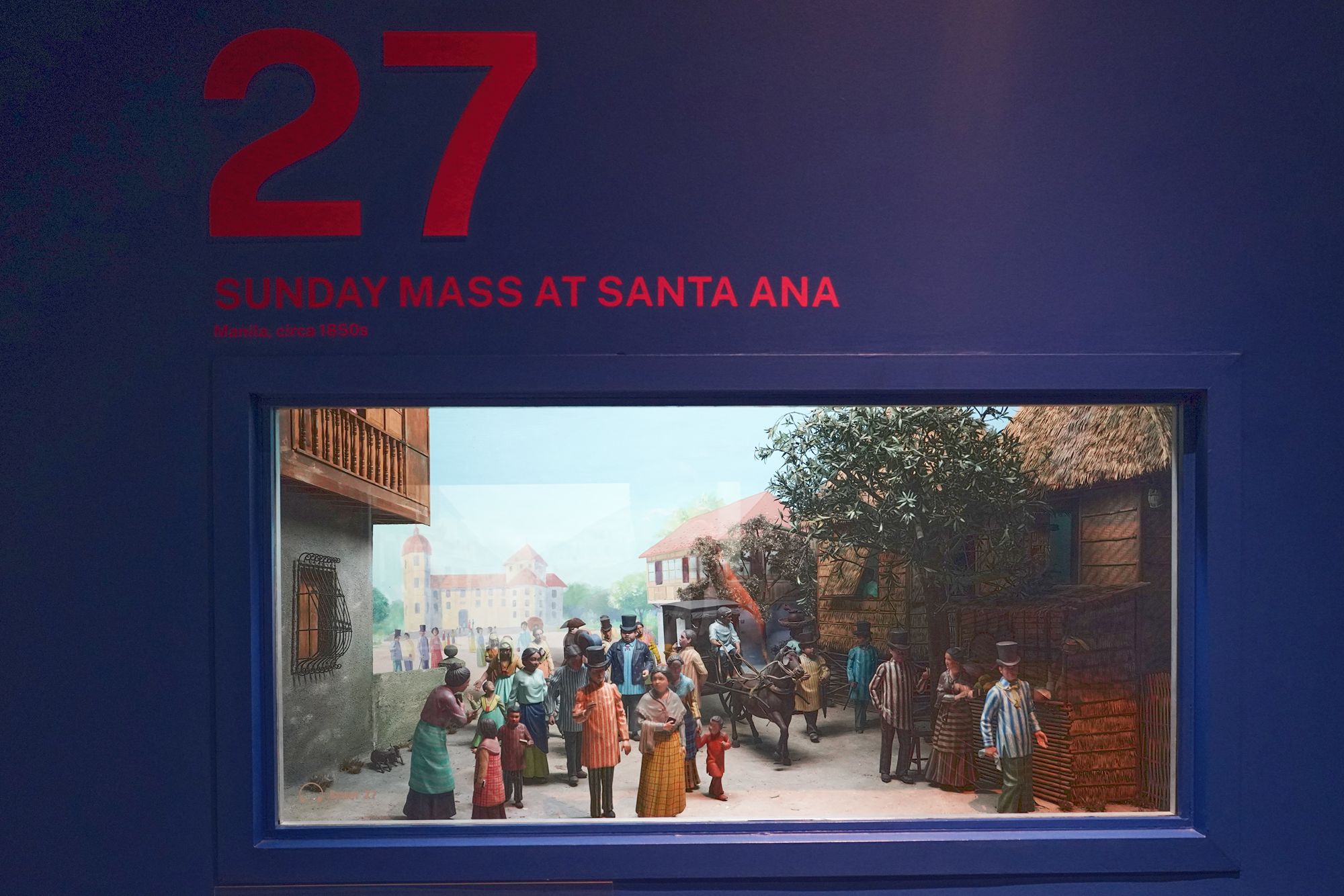

Diorama 28: The Escolta scene in Manila was the epitome of cosmopolitan life in the Philippines from the late 19th century through much of the 20th century. Located in the heart of Manila, Escolta Street was renowned as the “Queen of Manila’s Streets” and served as a hub of commerce, entertainment, and innovation. It was the go-to place for the latest trends, luxury goods, and social life in the city, attracting both locals and foreign visitors.
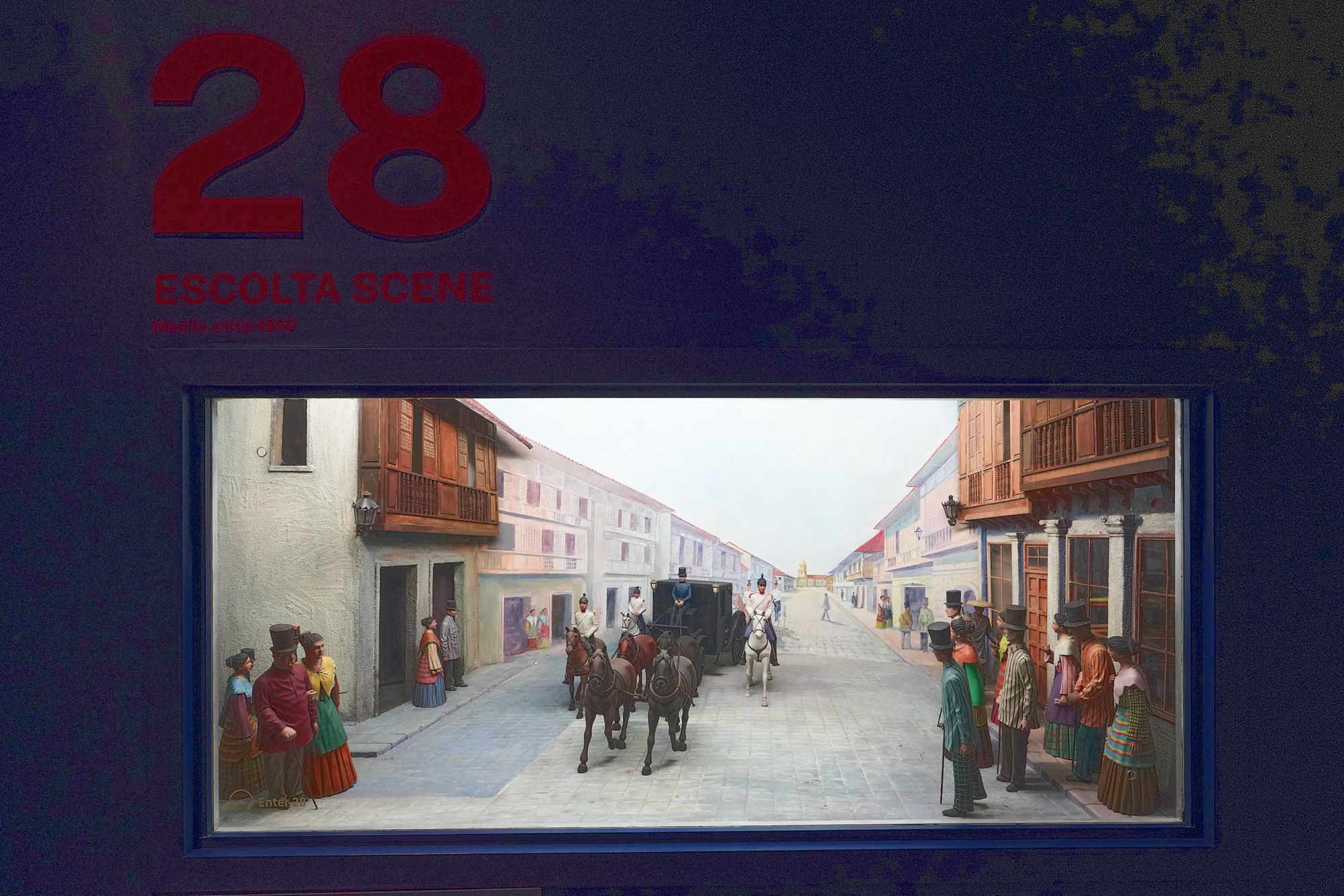
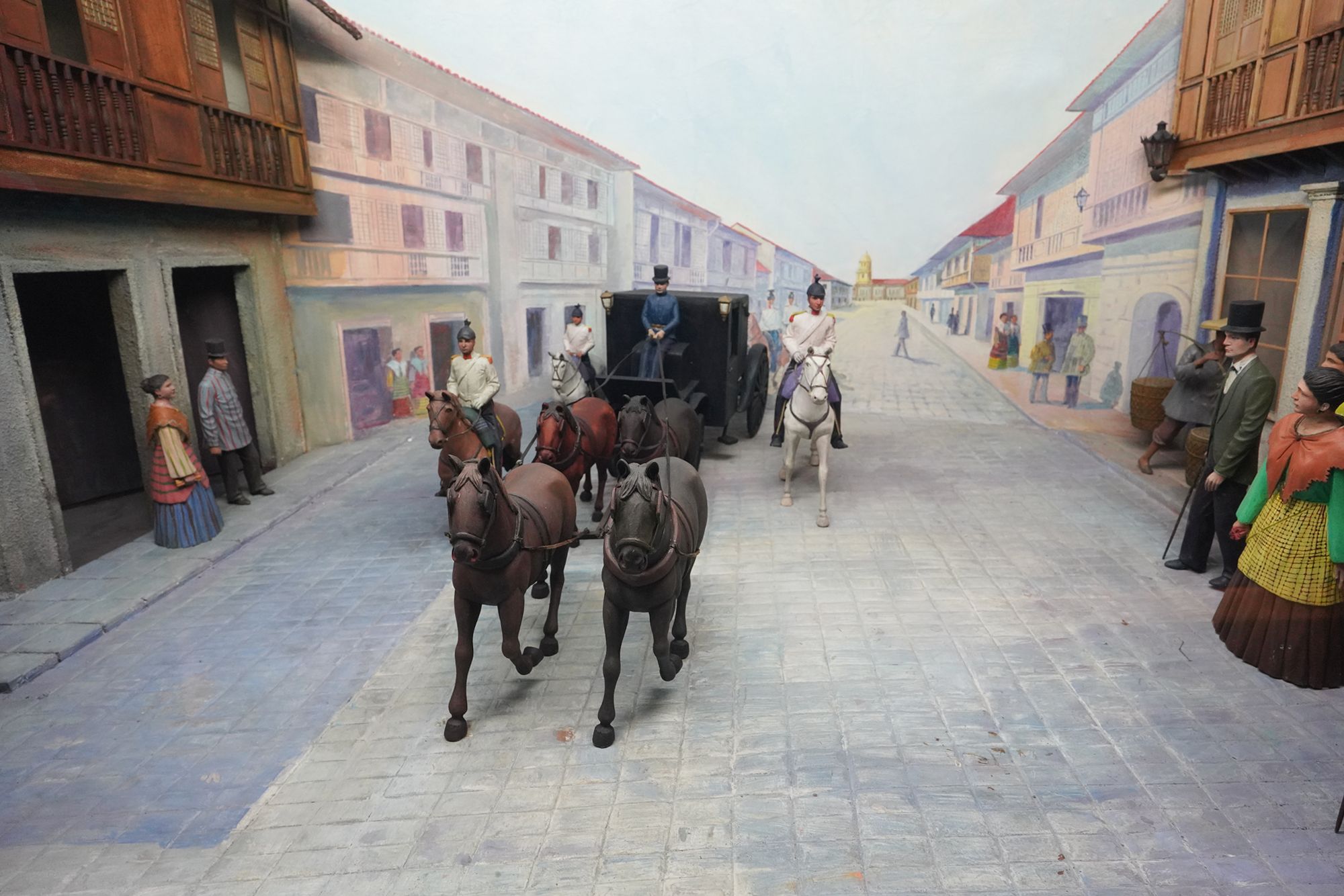
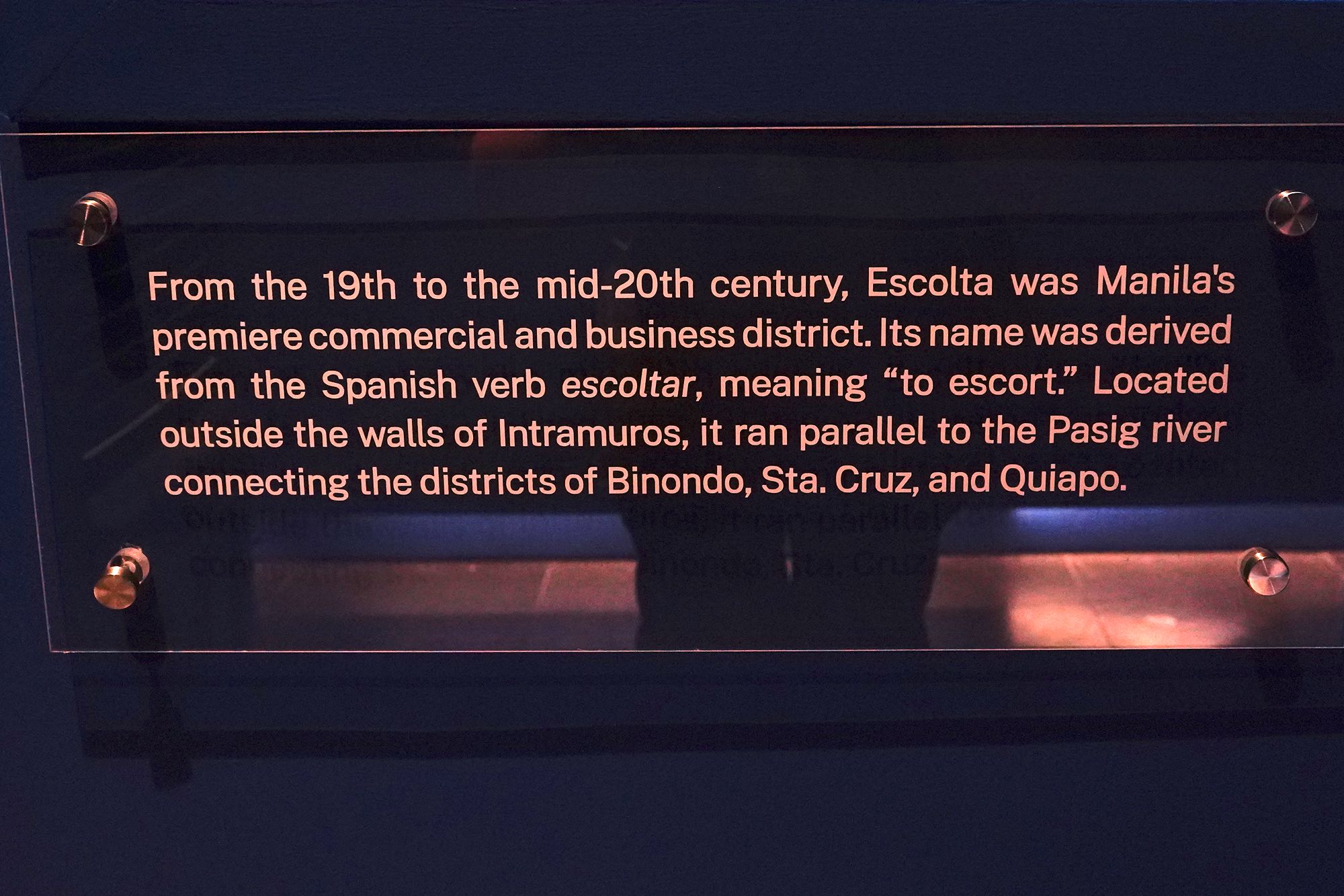
Diorama ??: First mass transit, the tranvias
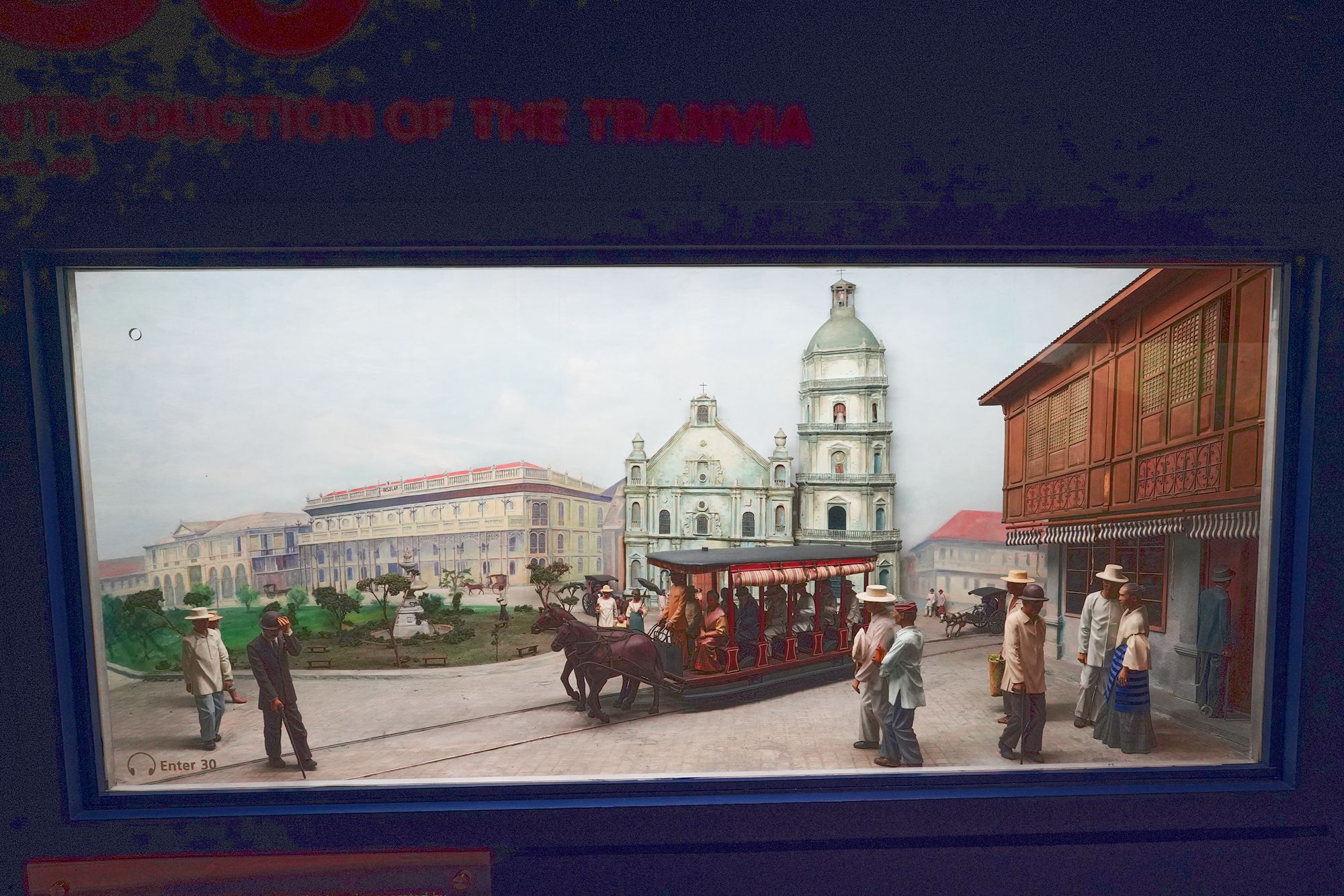
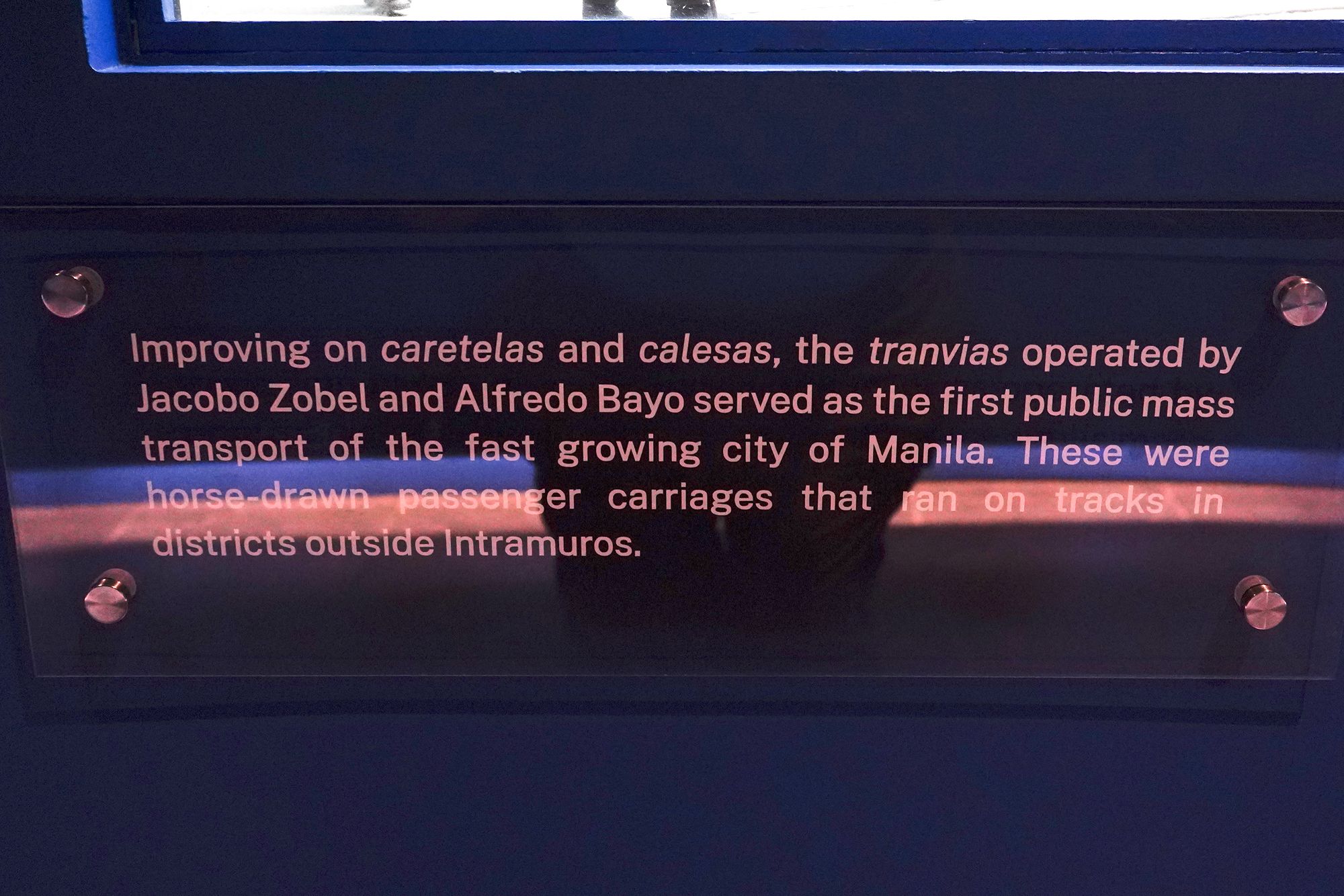
Diorama ??: Freemasonry in the Philippines played a significant role in shaping the country’s history, particularly during the late 19th century when it contributed to the nationalist movement that ultimately led to Philippine independence. Freemasonry was introduced to the Philippines during the Spanish colonial period and became an influential organization that promoted liberal and nationalist ideas, especially among Filipino intellectuals and reformists.
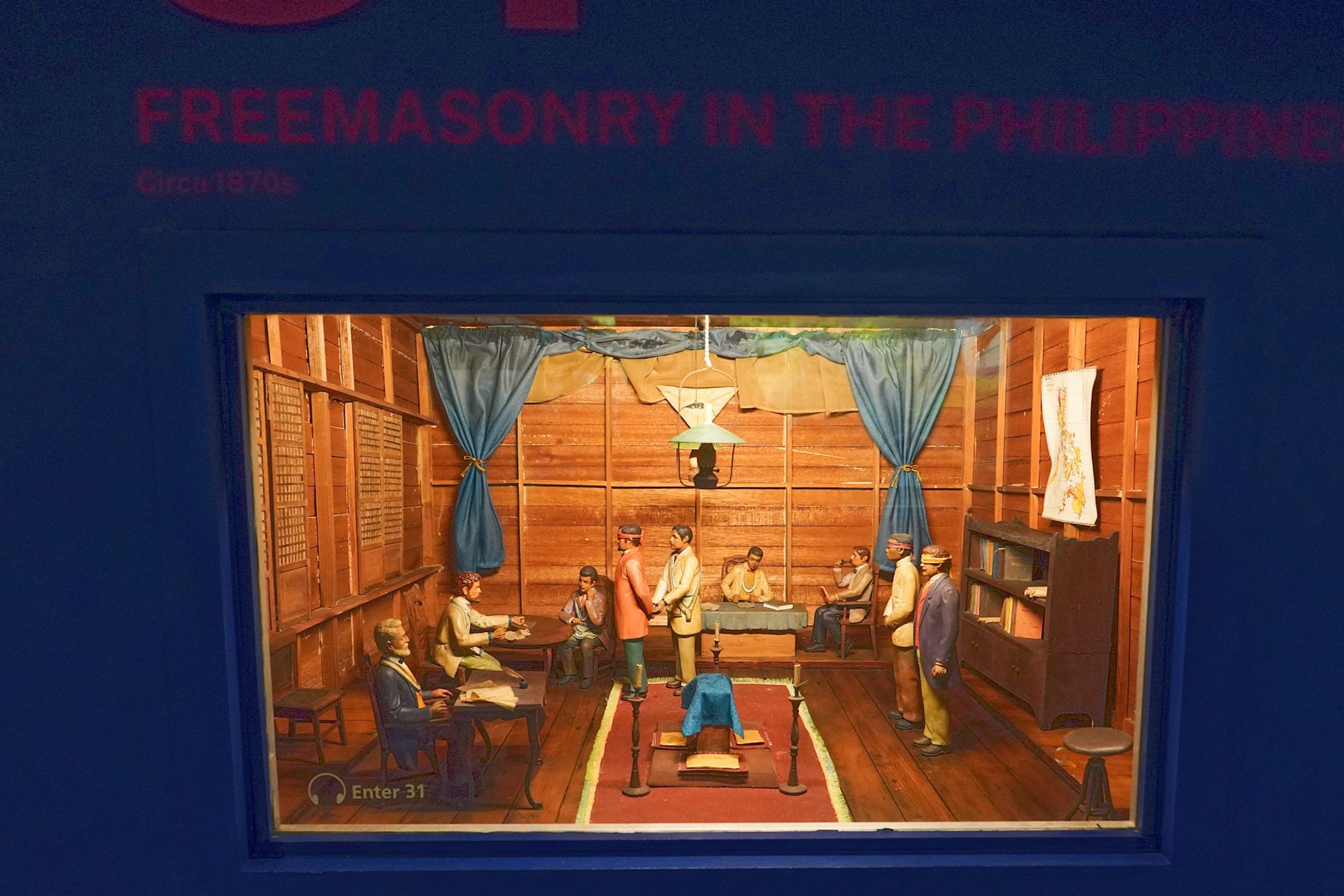
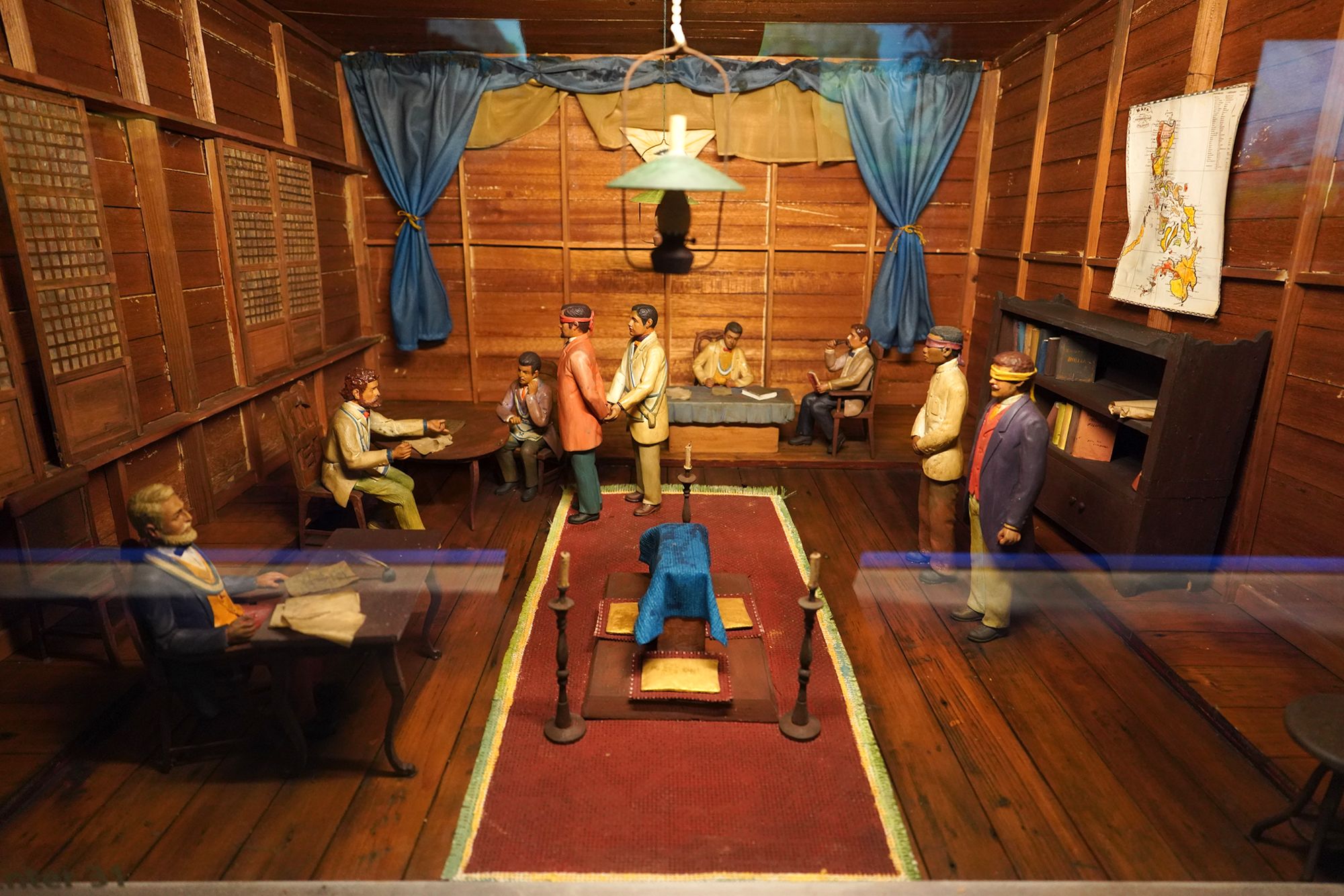
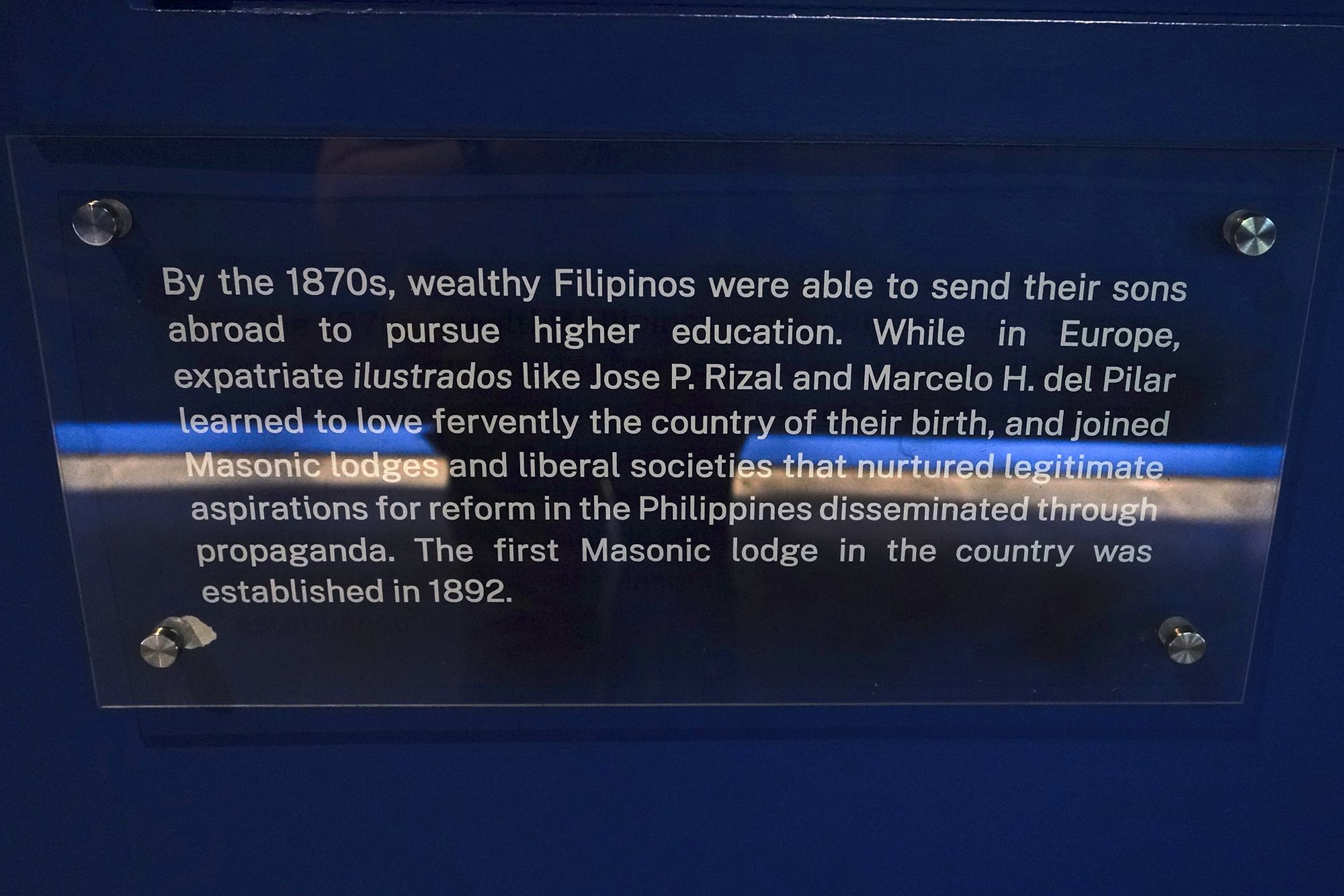
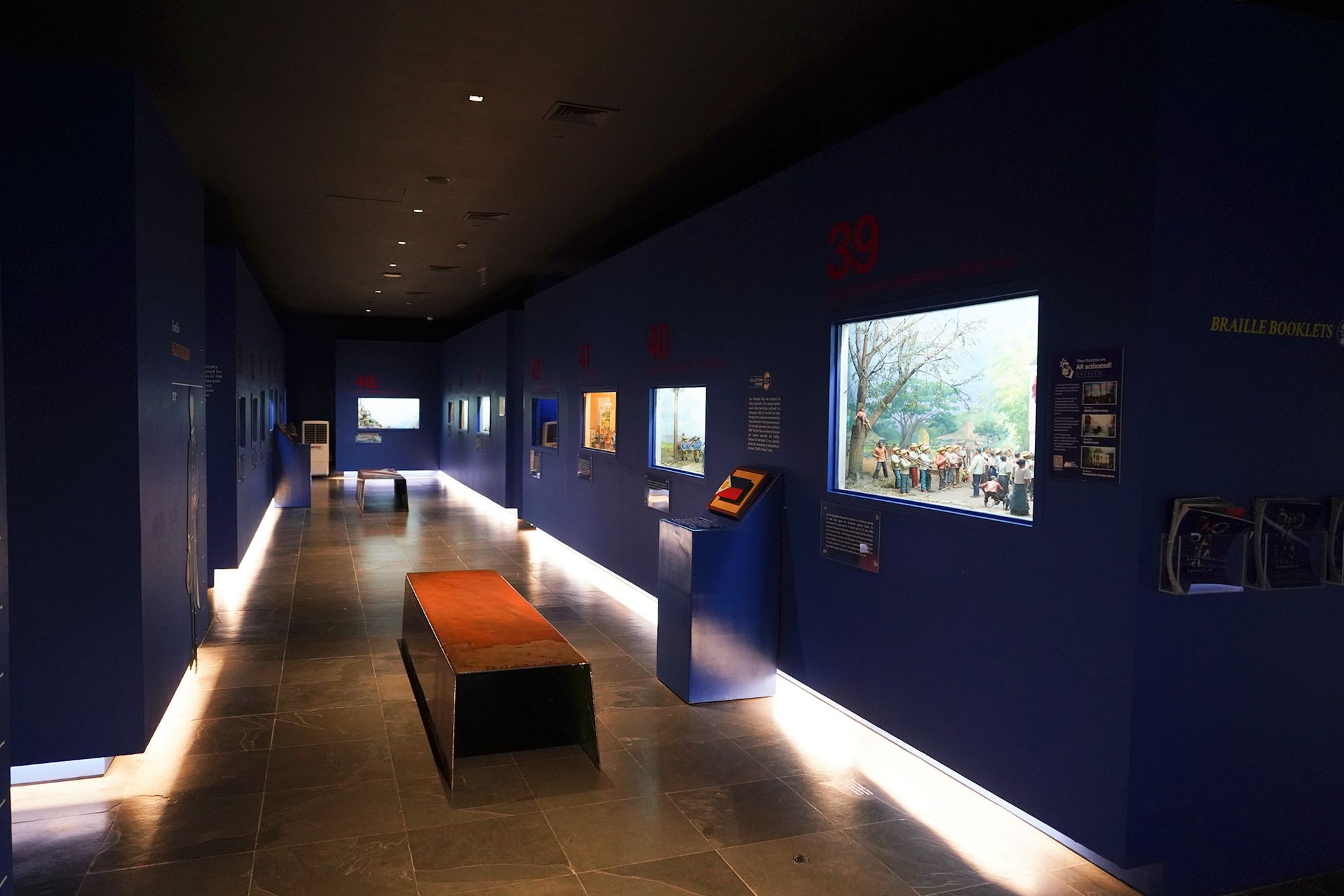
Diorama ??: Led by Andrés Bonifacio, the leader of the Katipunan—a secret society aiming for Philippine independence—revolutionaries gathered in Pugad Lawin. In a symbolic act of defiance, they tore their cedulas (residence certificates), signaling their commitment to revolt against Spanish authority.

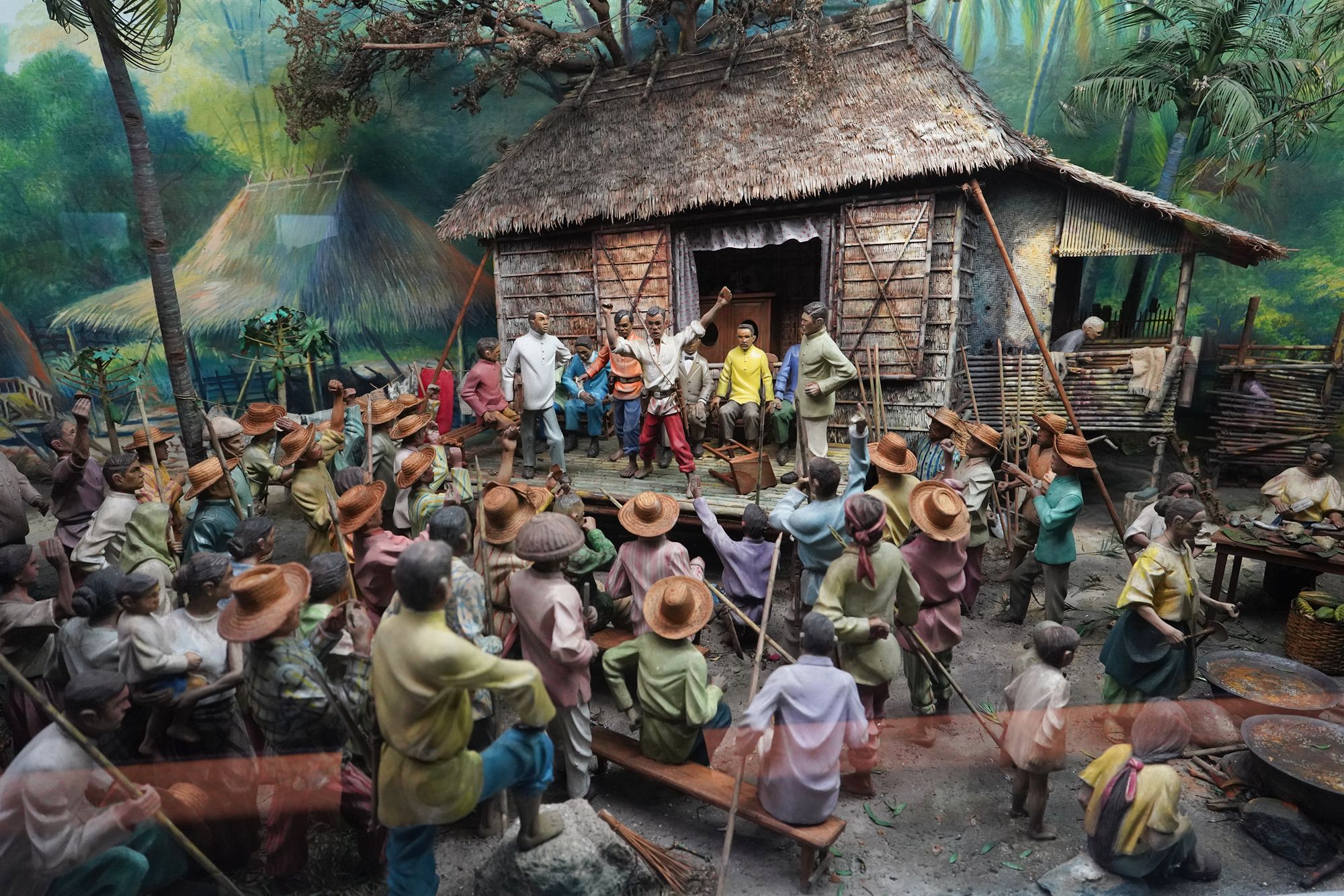
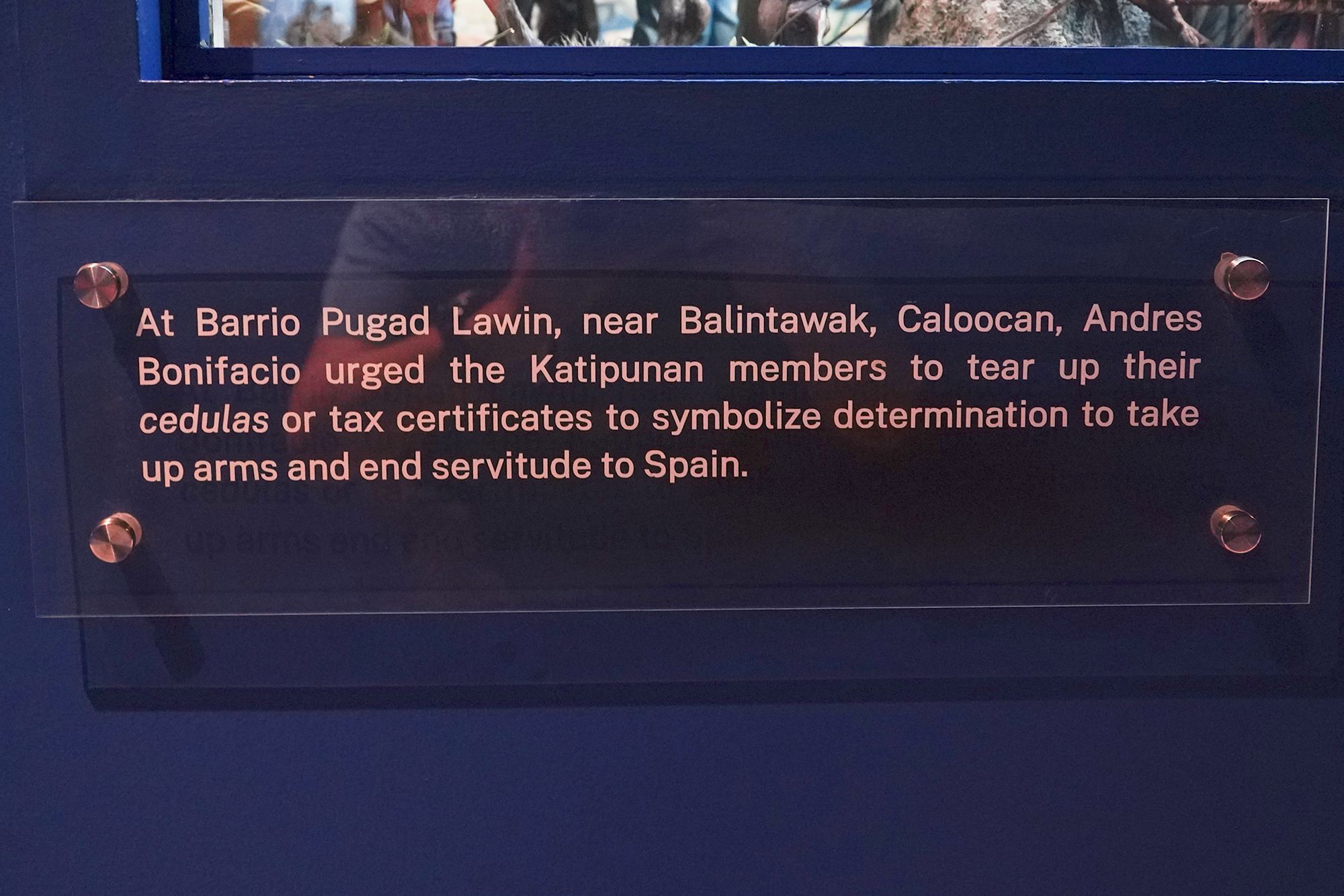

Diorama ??: During the Spanish-American War in 1898, Emilio Aguinaldo returned to the Philippines with the support of the United States, believing the Americans would help secure Philippine independence.
On June 12, 1898, he proclaimed Philippine independence in Kawit, Cavite, and established the First Philippine Republic, with himself as president, making him the first leader of an independent Philippine state.
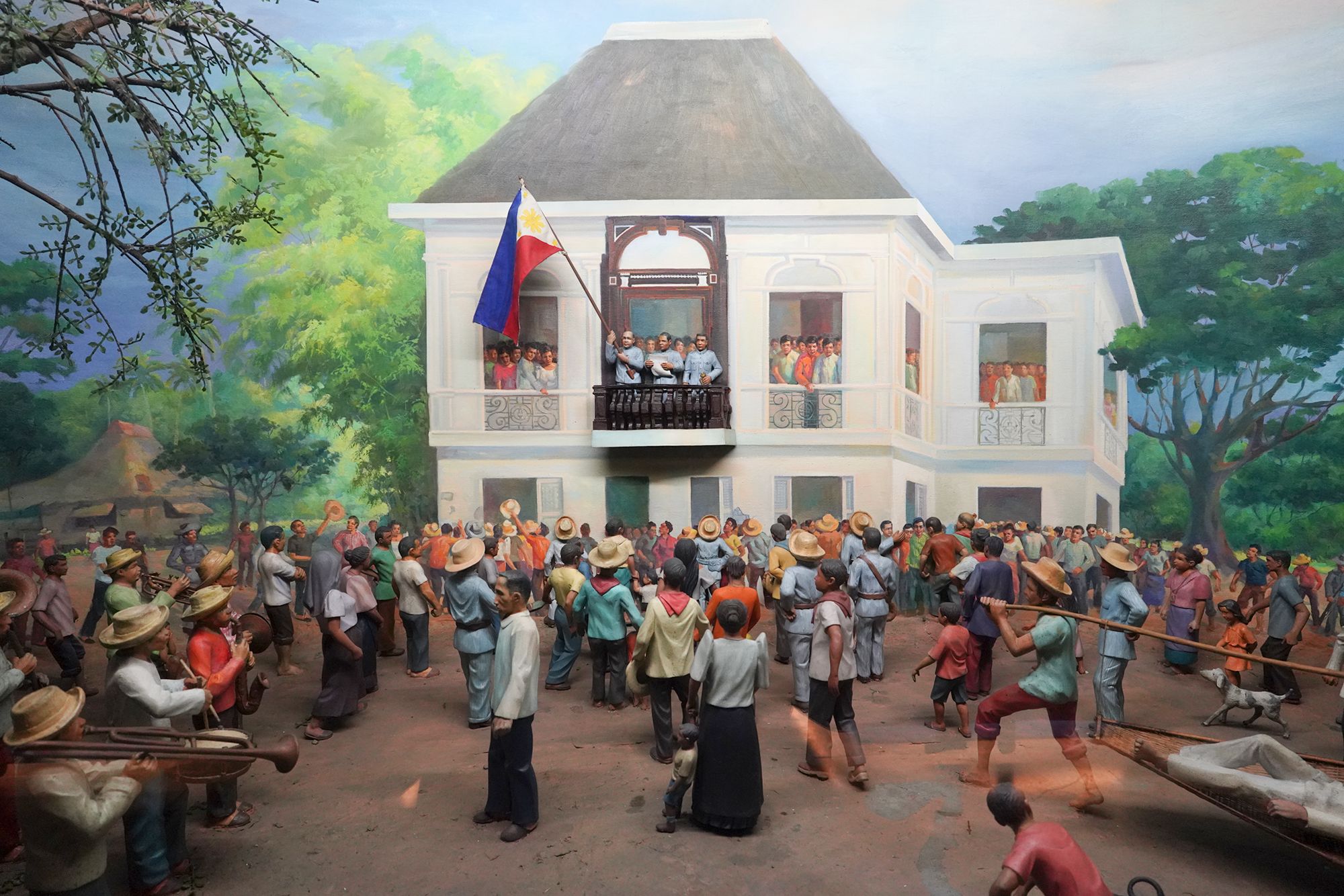
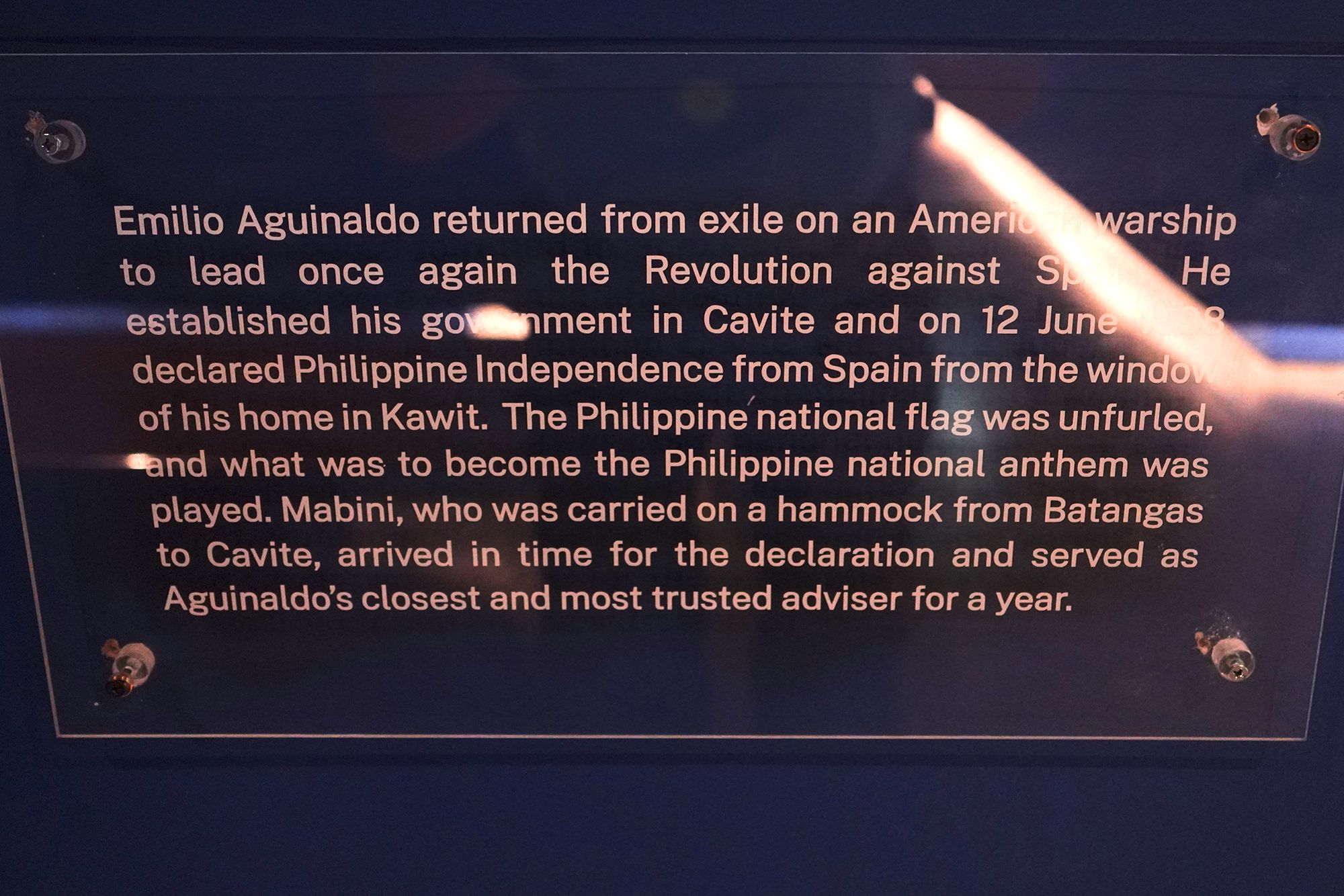
Diorama ??: Spain surrenders Manila to the United States

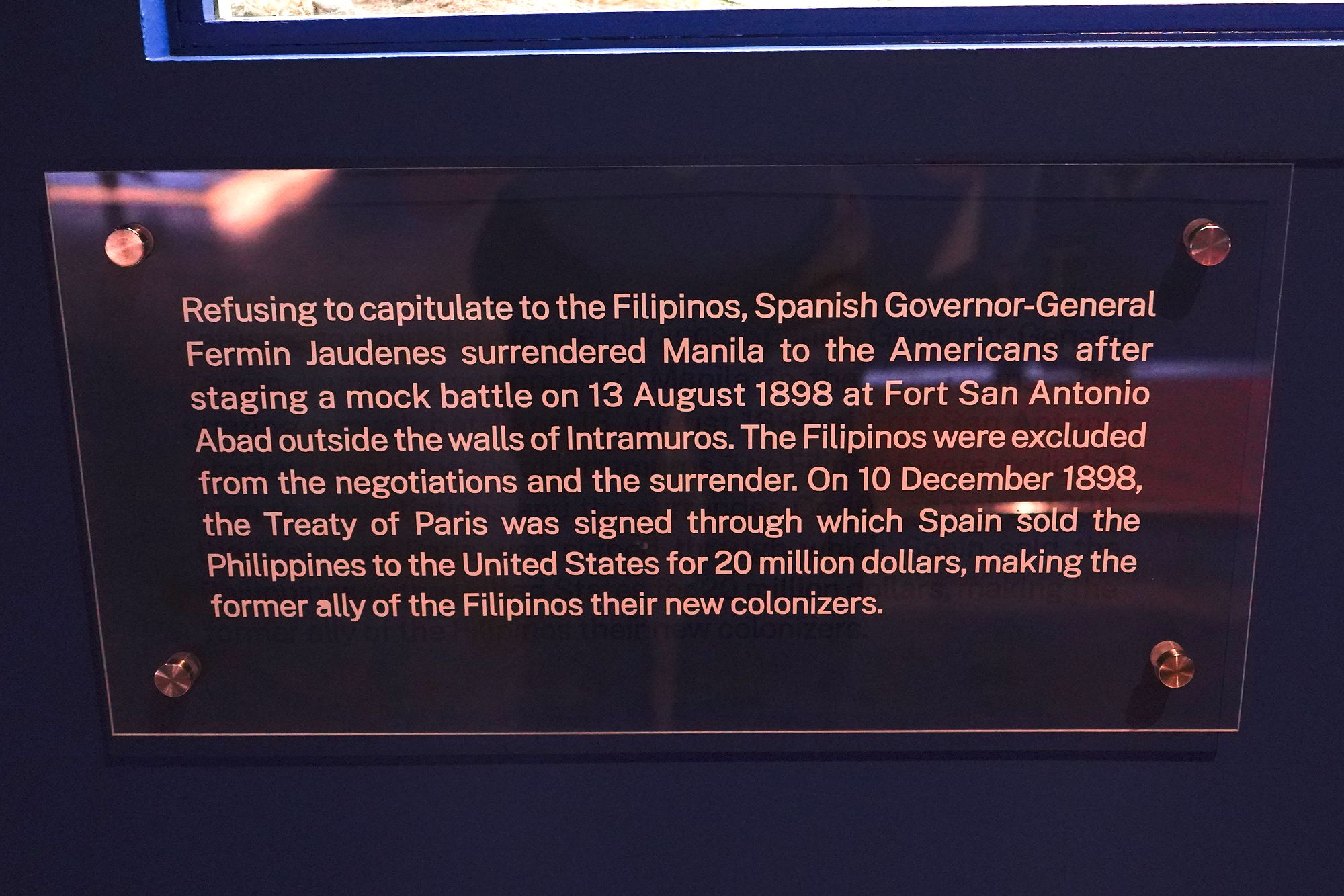
Diorama ??: The American occupation of Iloilo City in the Philippines marked a significant chapter in the country’s colonial history and the Philippine-American War. Iloilo was one of the last strongholds of Filipino resistance against American forces after Spain ceded the Philippines to the United States in the 1898 Treaty of Paris. This occupation highlighted the resilience of the Ilonggo people and underscored the complexities of the Philippine-American conflict.
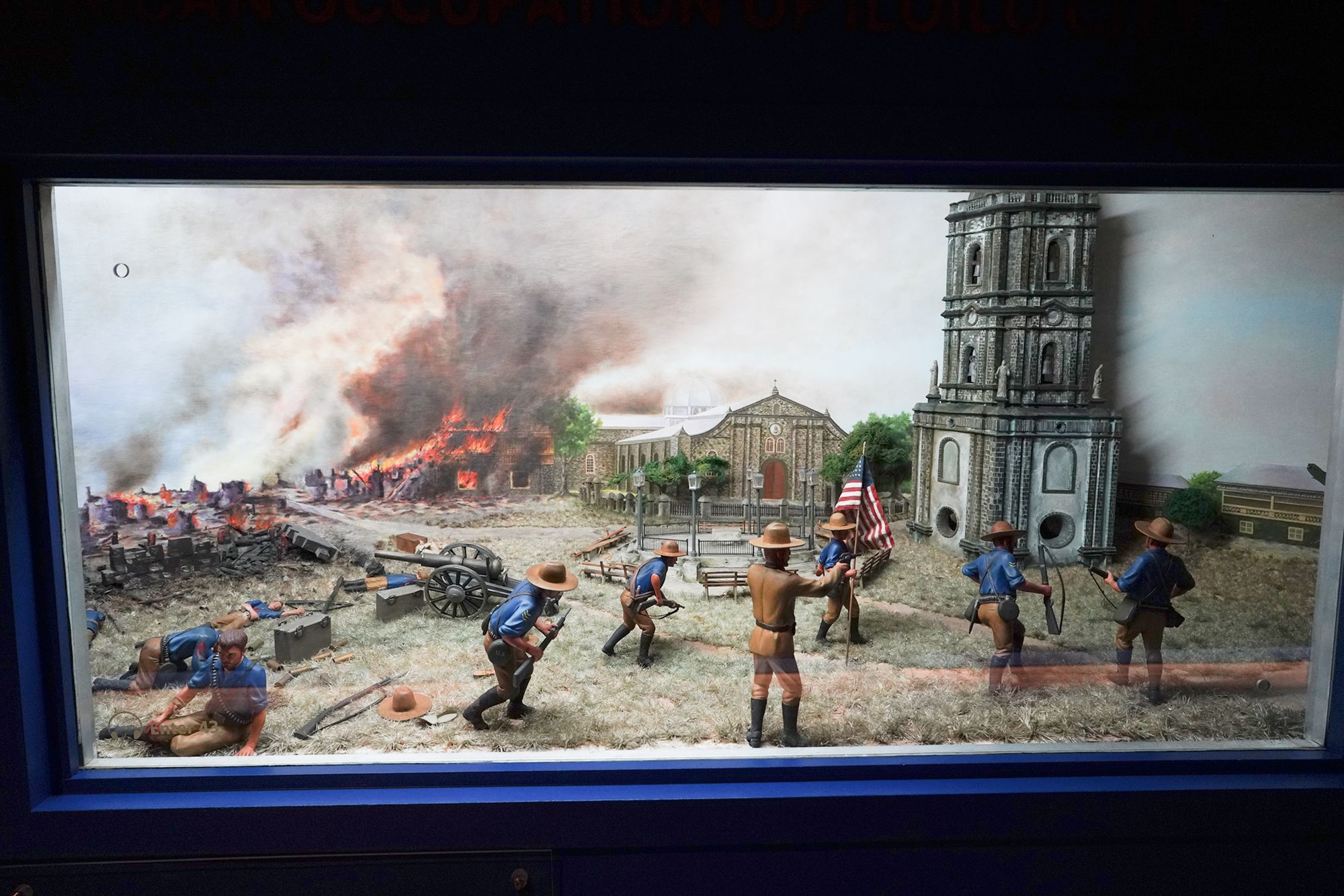
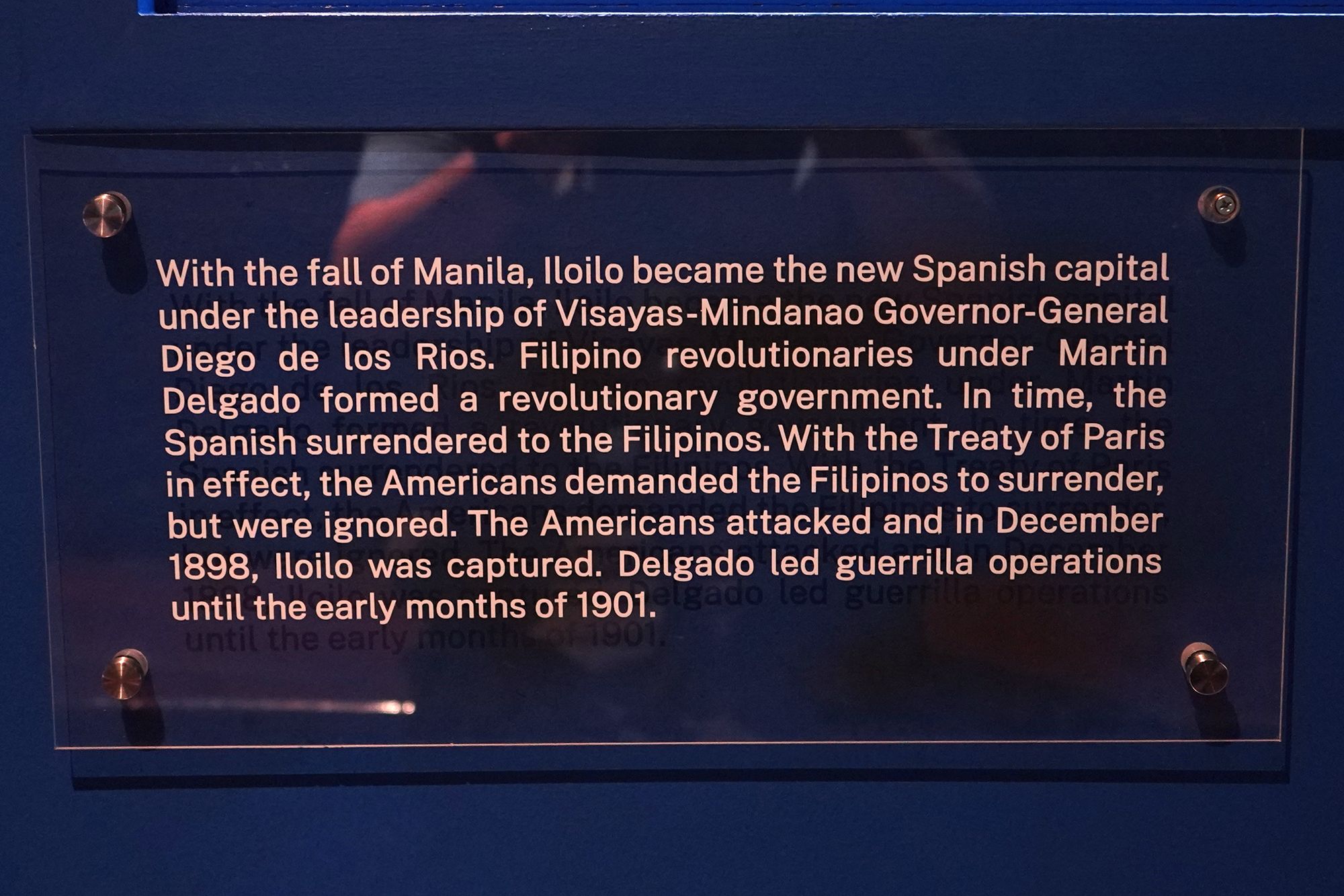
Diorama ??: The capture of Emilio Aguinaldo on March 23, 1901, was a pivotal moment in the Philippine-American War, effectively marking the end of organized resistance against American colonial forces in the Philippines.
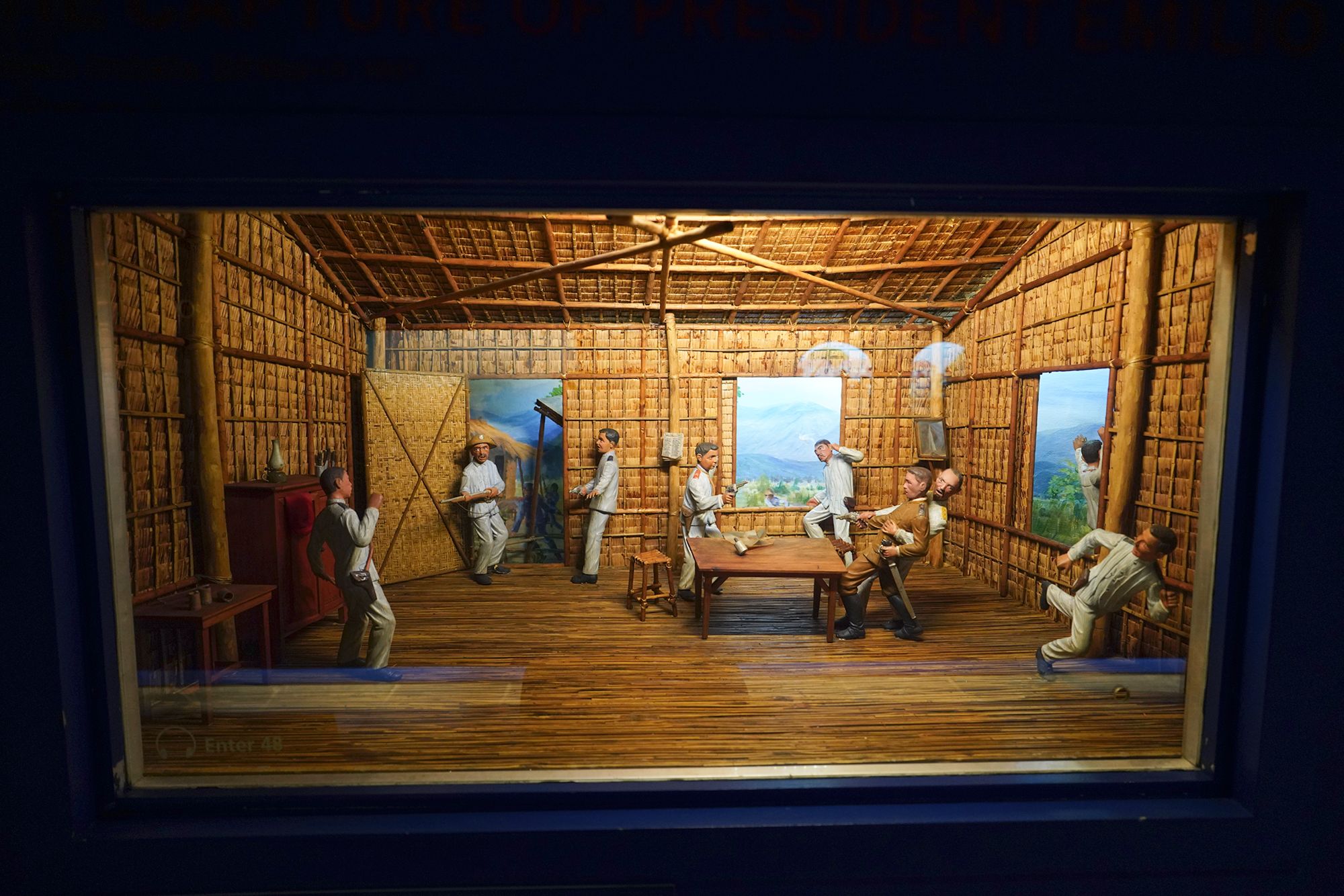
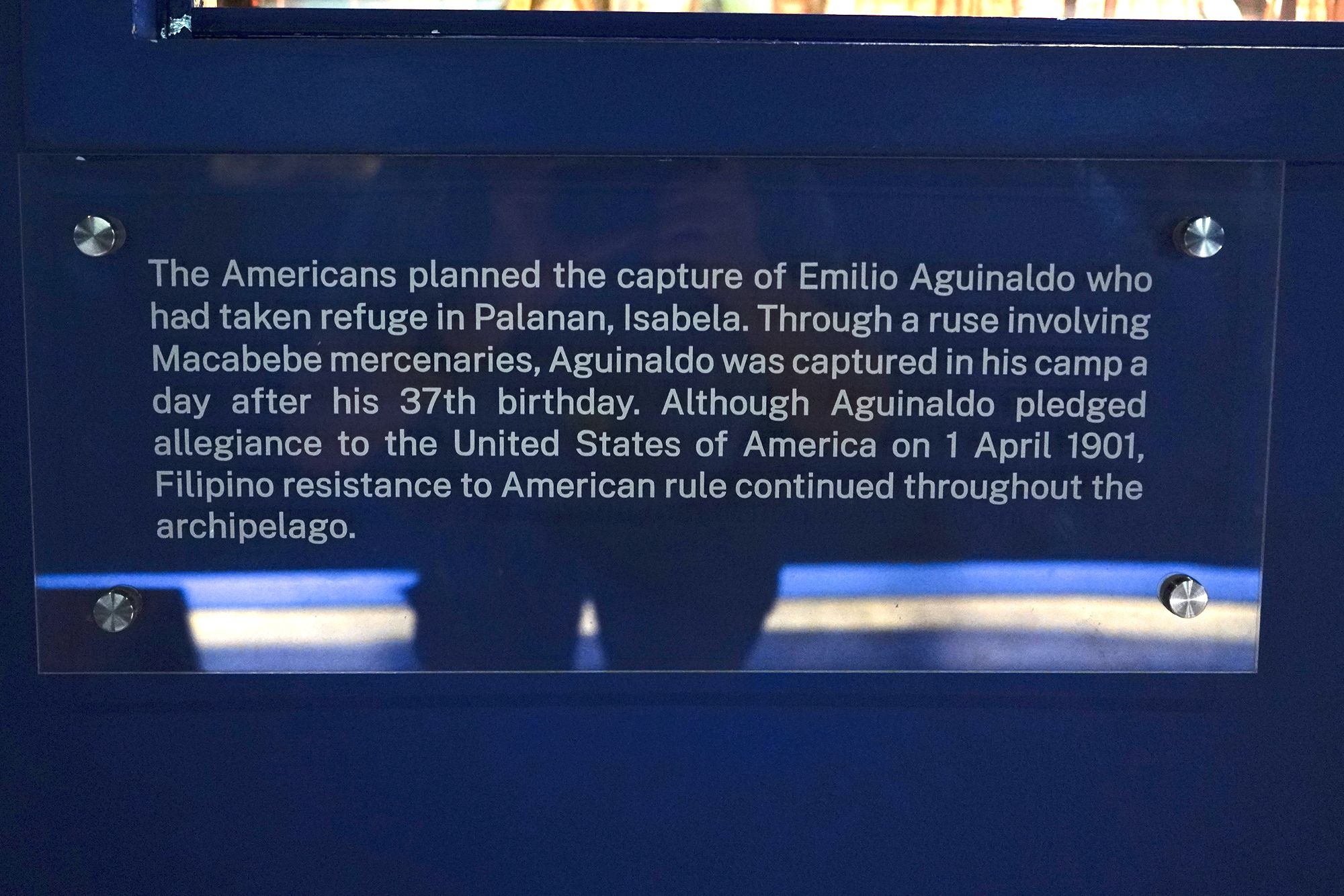
Diorama ??: The American reprisals in Samar, often referred to as the Balangiga Massacre and the Subsequent American Retaliation, were a brutal response to an attack by Filipino revolutionaries on American troops in the town of Balangiga on the island of Samar during the Philippine-American War. These events in 1901 left a lasting mark on the history of American colonialism in the Philippines and are remembered as some of the most violent episodes of the conflict.
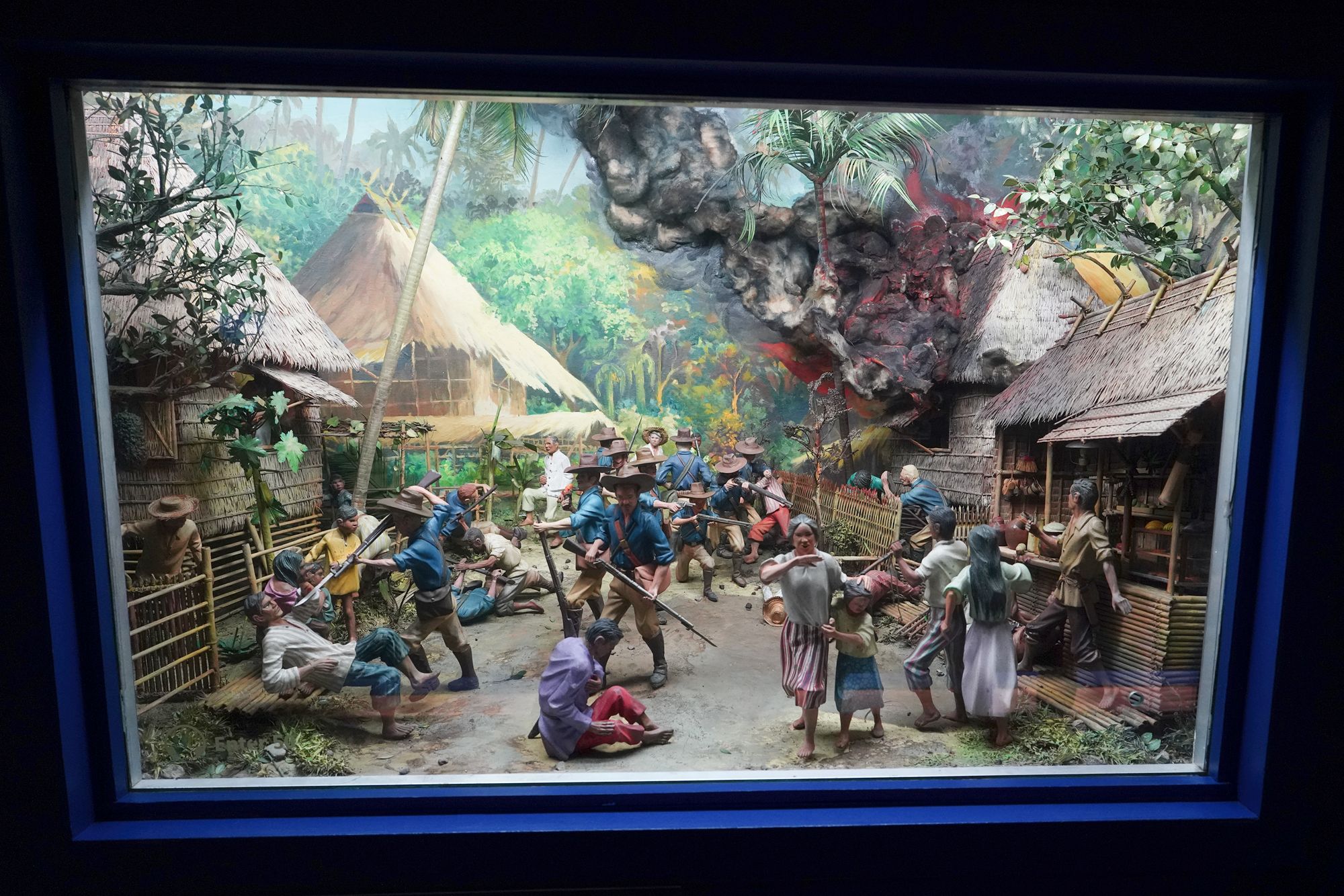
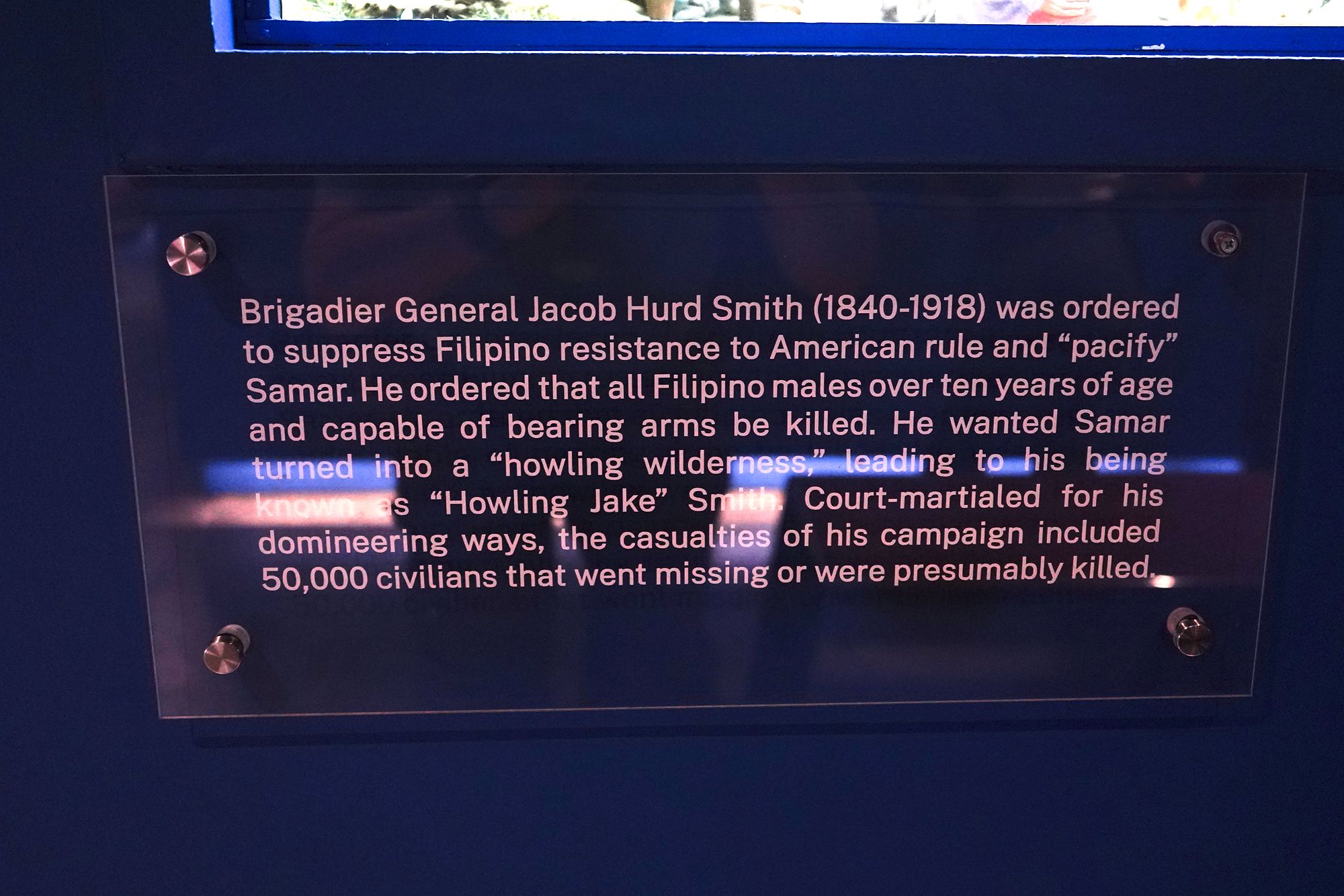
Diorama ??: The capture of General Macario Sakay marked a critical moment in the fight against American colonial rule in the Philippines. Sakay, a revolutionary leader and one of the last holdouts of Filipino resistance, continued to wage guerrilla warfare even after the formal end of the Philippine-American War in 1902. His capture and subsequent execution represented the United States’ determination to suppress Filipino resistance and consolidate its control over the islands.
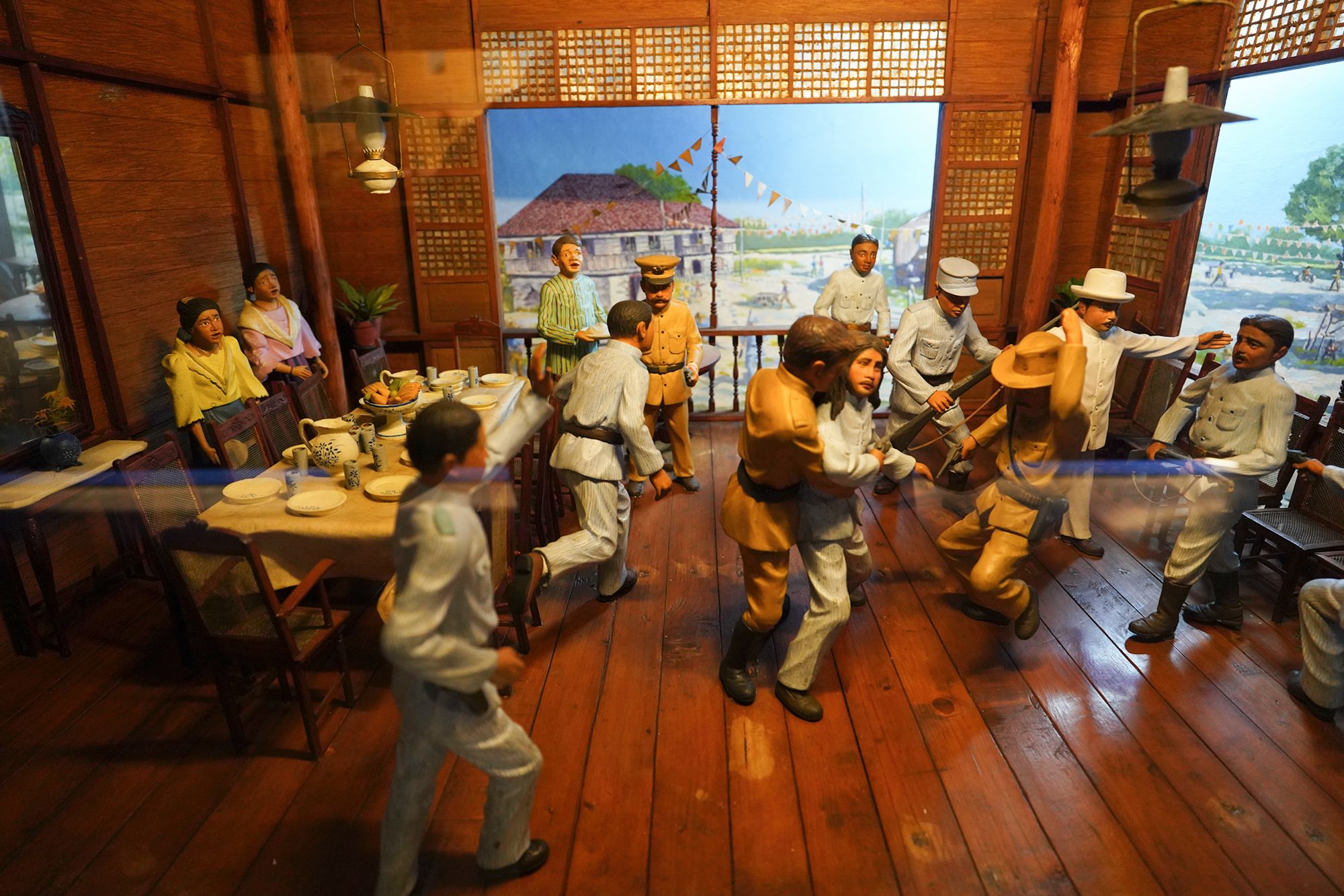
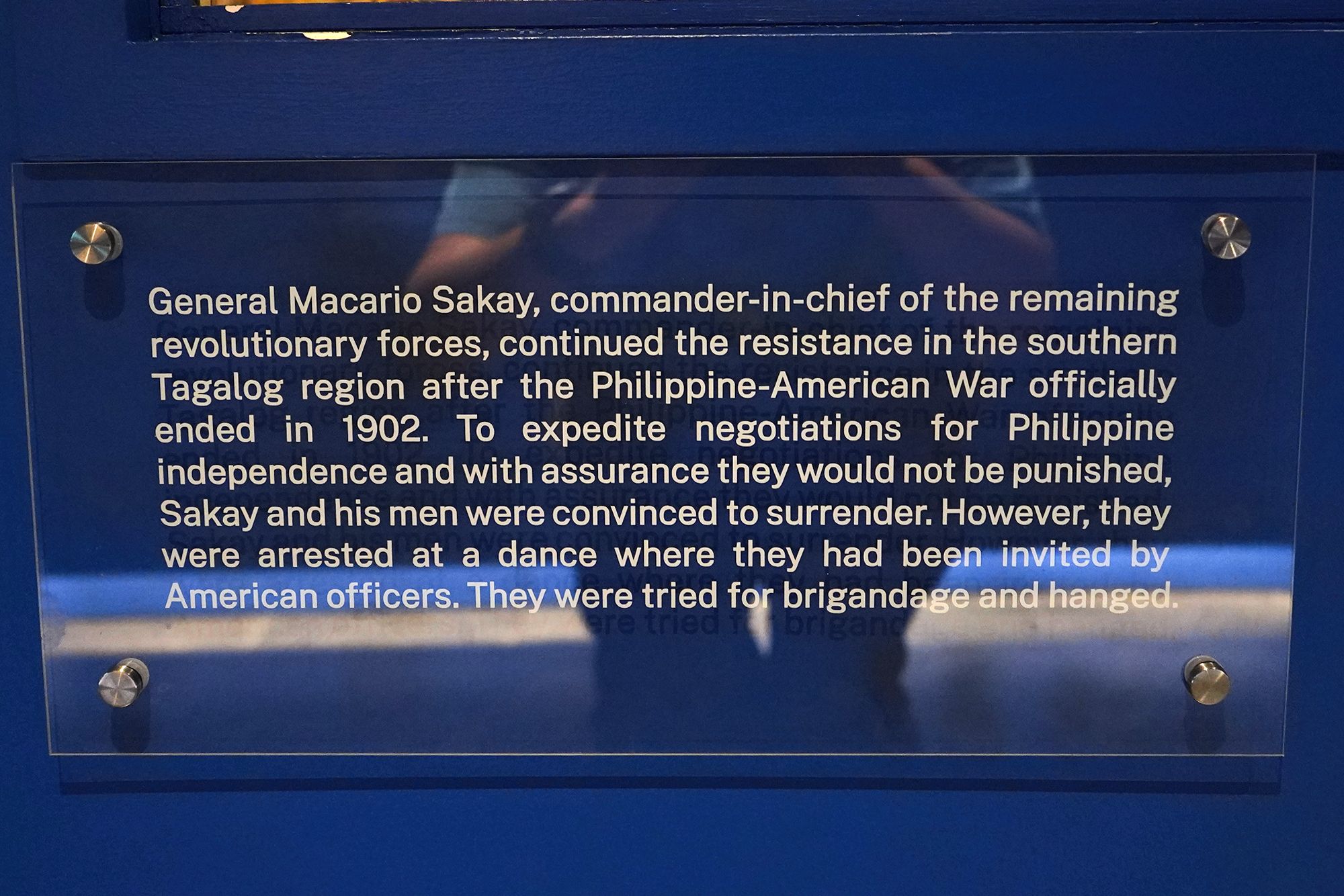
Diorama 54: The inauguration of Manuel L. Quezon as the first President of the Commonwealth of the Philippines took place on November 15, 1935. This historic event marked a significant milestone in the Philippines’ journey toward self-governance and independence, establishing Quezon as the first Filipino leader of the semi-autonomous Commonwealth under U.S. oversight.
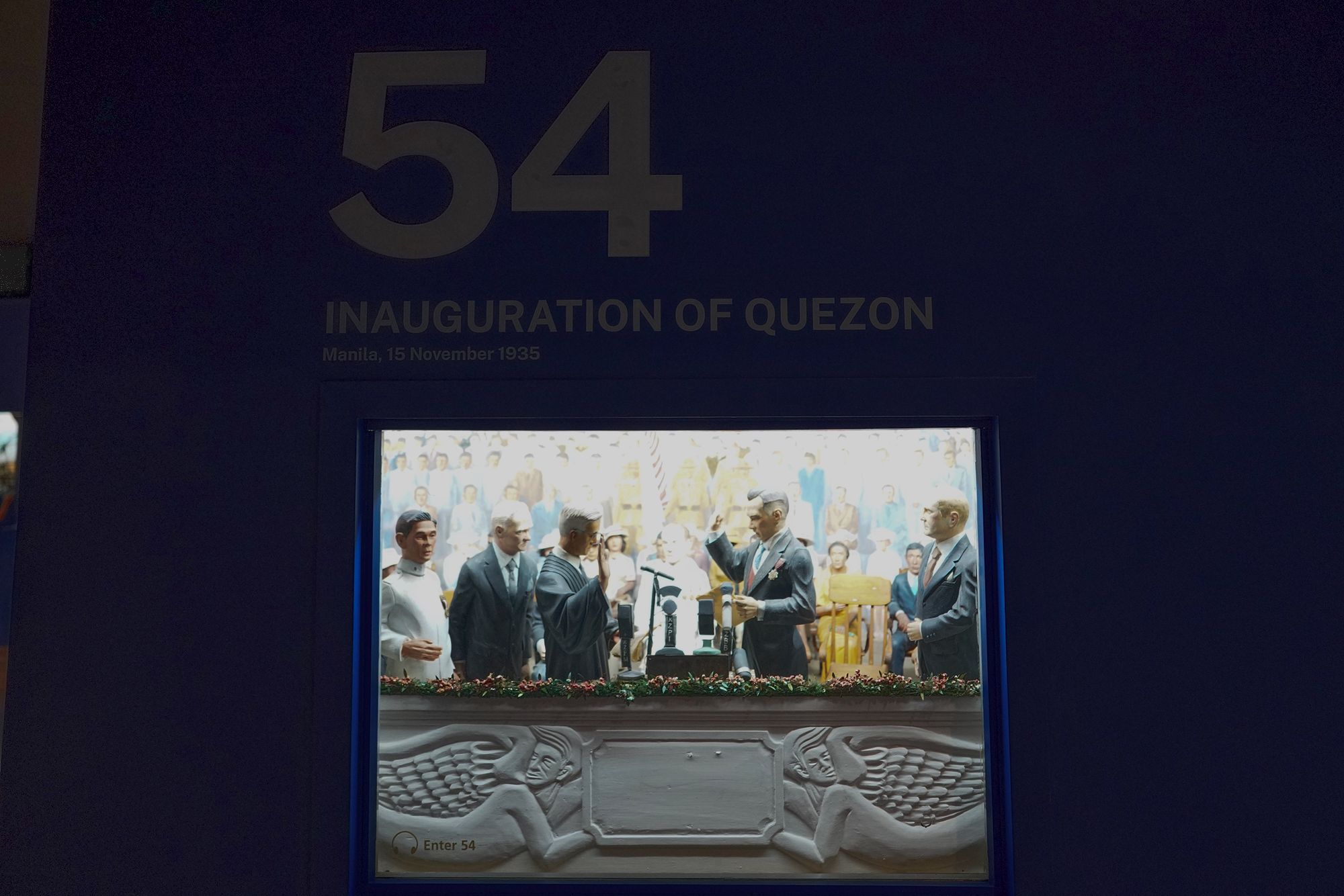
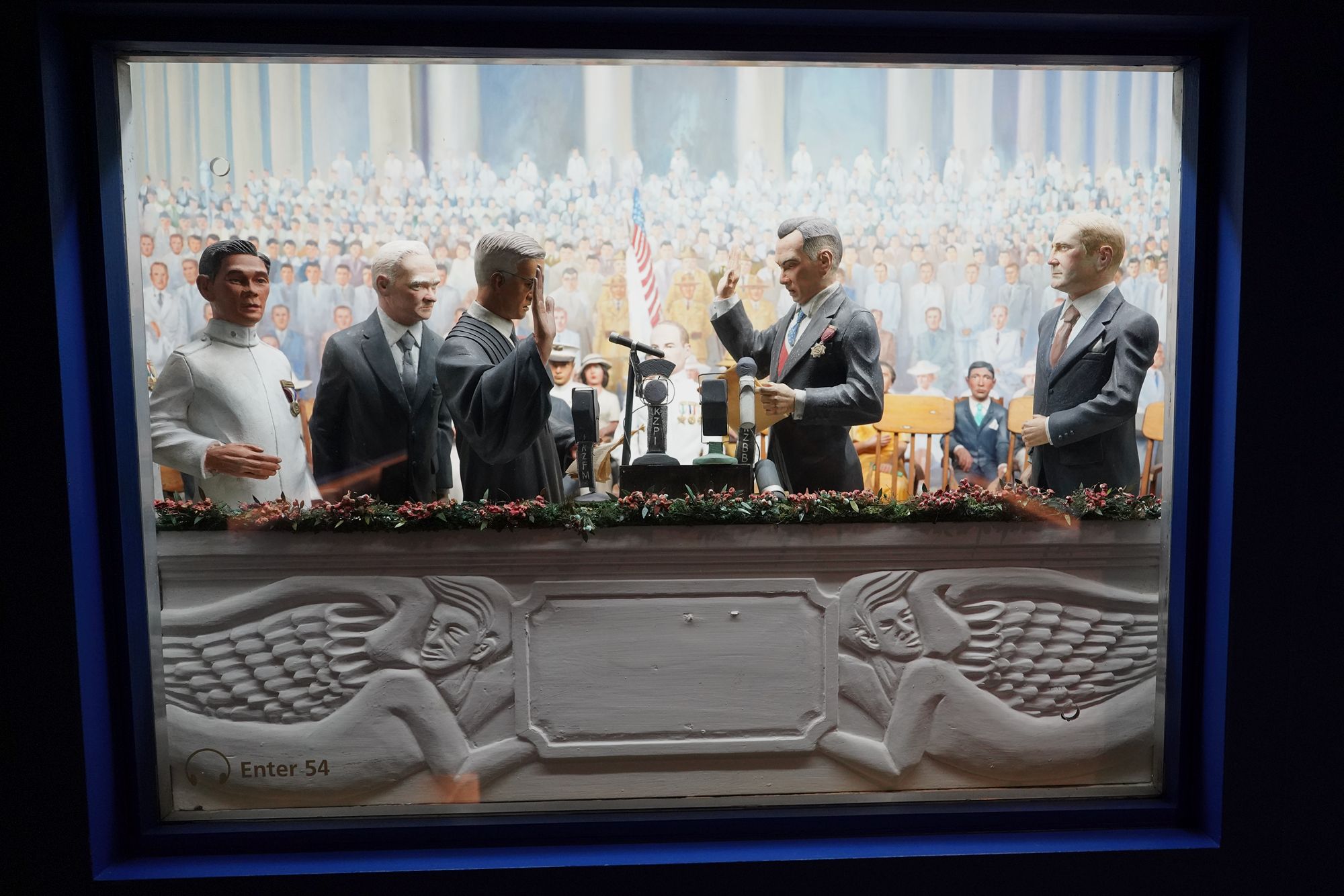
The United States gave 10-year transition period for the Philippines’ independence.
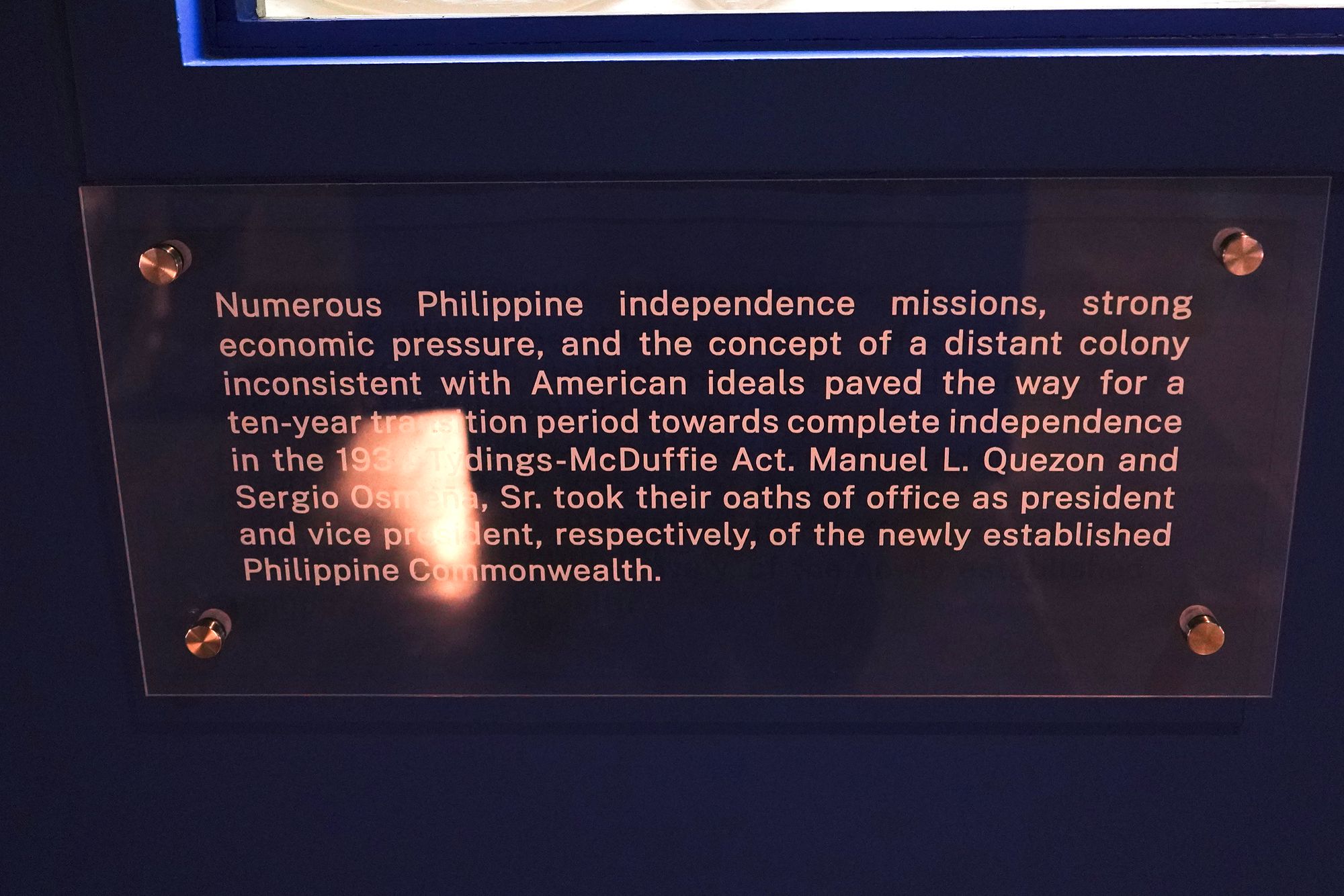
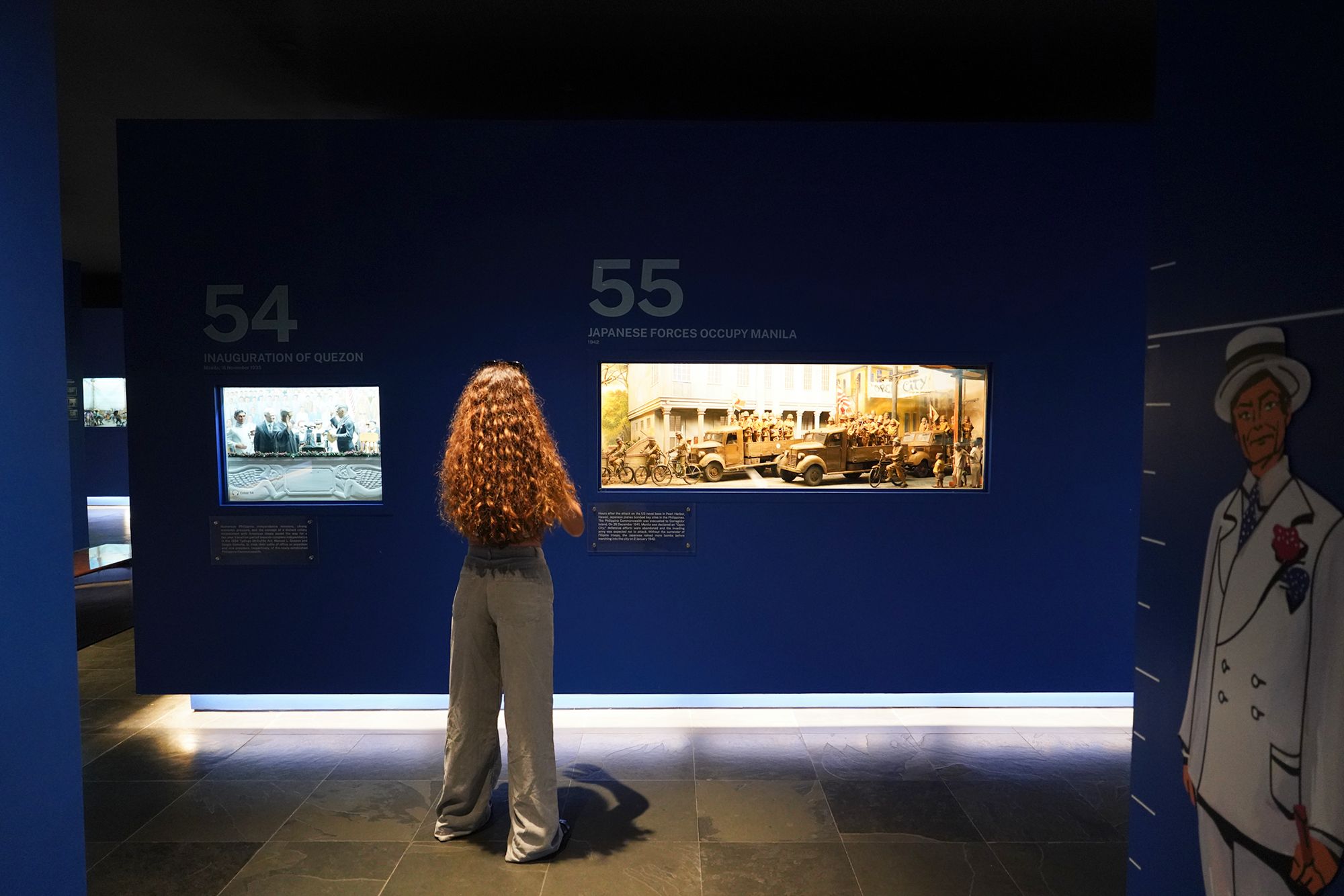
Diorama 55: The occupation of Manila by Japanese forces occurred on January 2, 1942, marking a significant event during World War II and the beginning of a brutal period of Japanese rule in the Philippines. The Japanese occupation, which lasted until 1945, brought widespread hardship, violence, and resistance, particularly in Manila, which became a central battleground and symbol of both suffering and resilience for Filipinos.
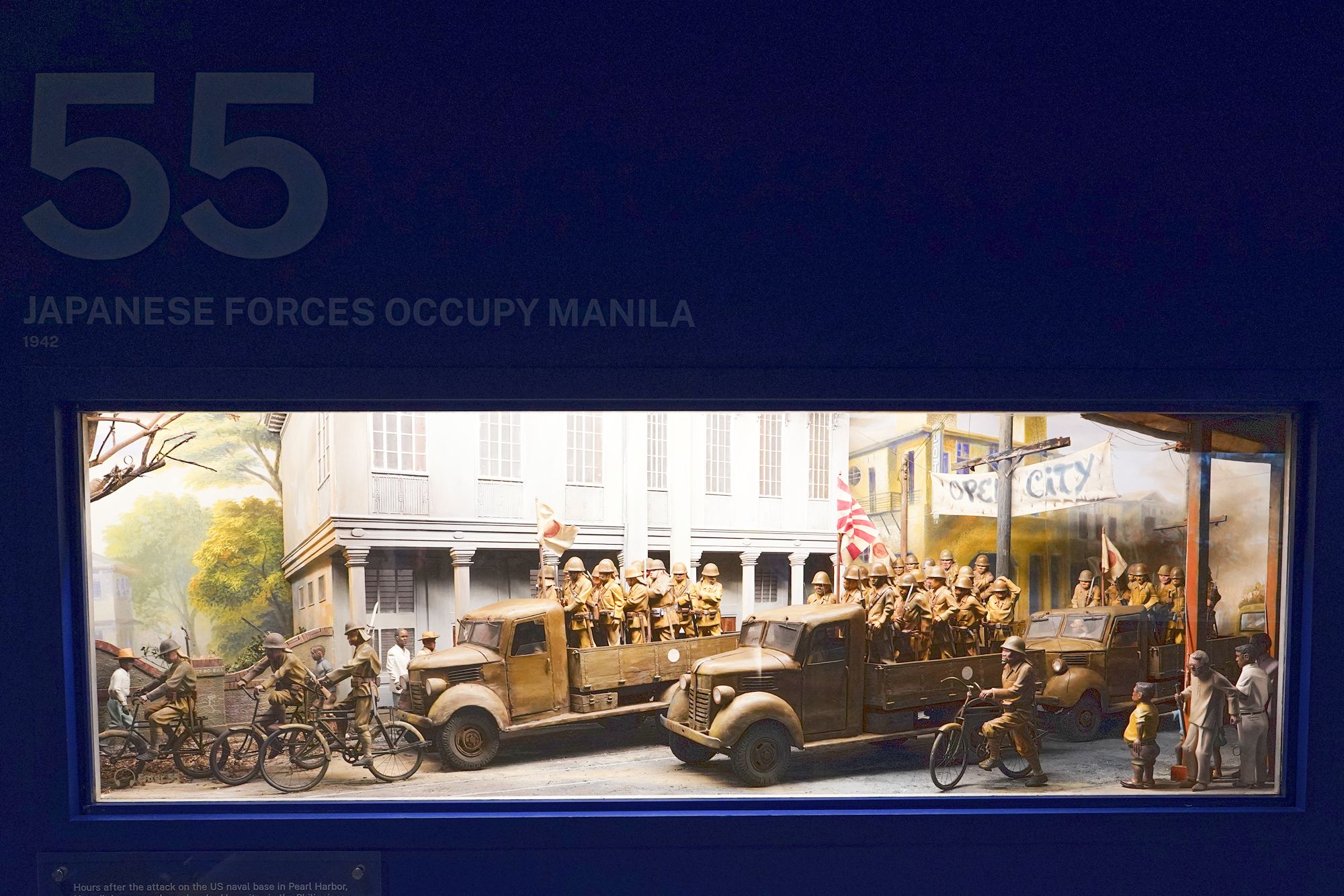
Diorama 57: The Bataan Death March was a tragic and harrowing episode during World War II, taking place in the Philippines in April 1942 after the fall of Bataan to Japanese forces. The march involved the forced transfer of tens of thousands of Filipino and American prisoners of war (POWs) by the Japanese army across approximately 65 miles under brutal conditions. It is remembered as one of the most horrific atrocities of the war, symbolizing the brutality of the Japanese occupation and the resilience of the soldiers who endured it.
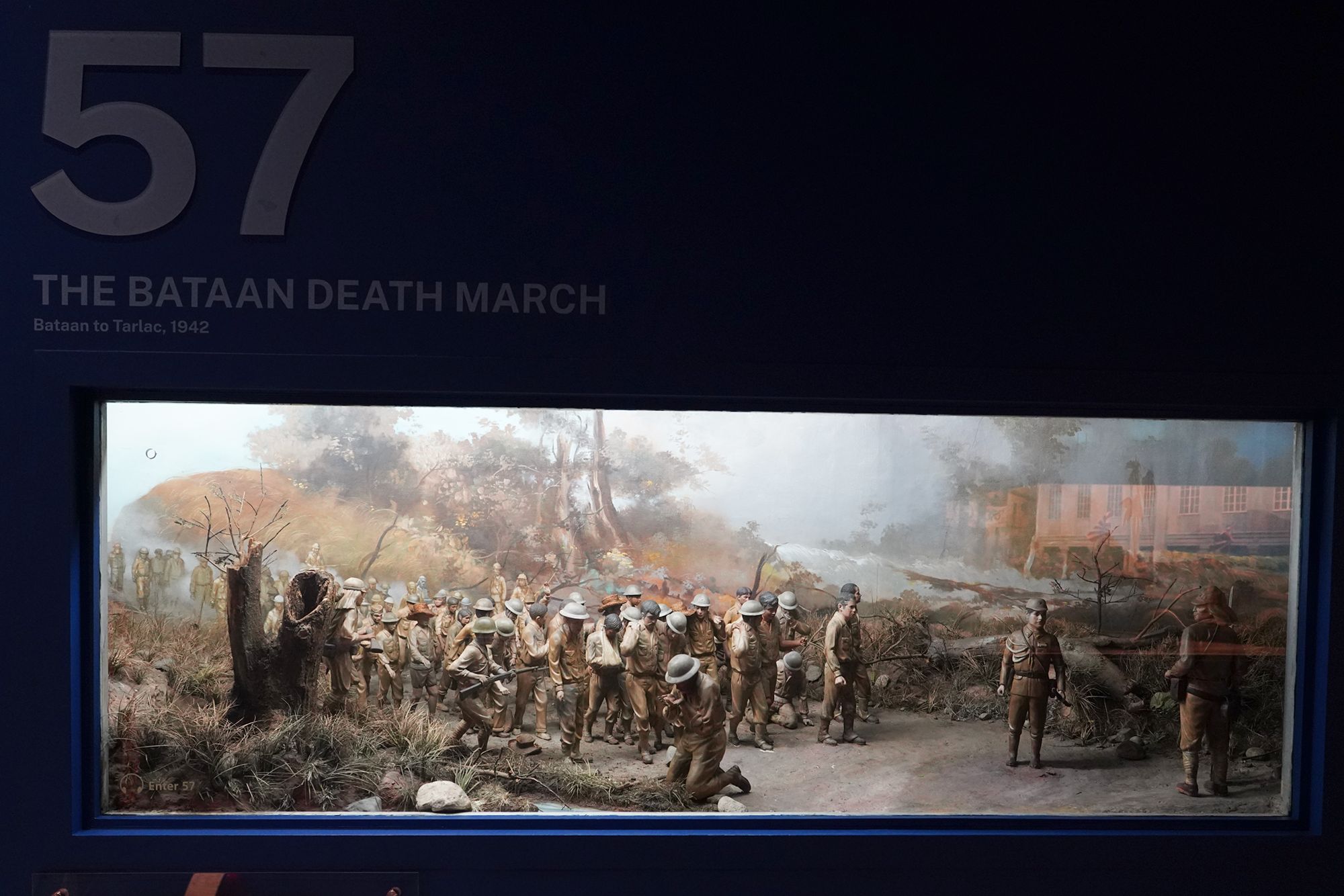
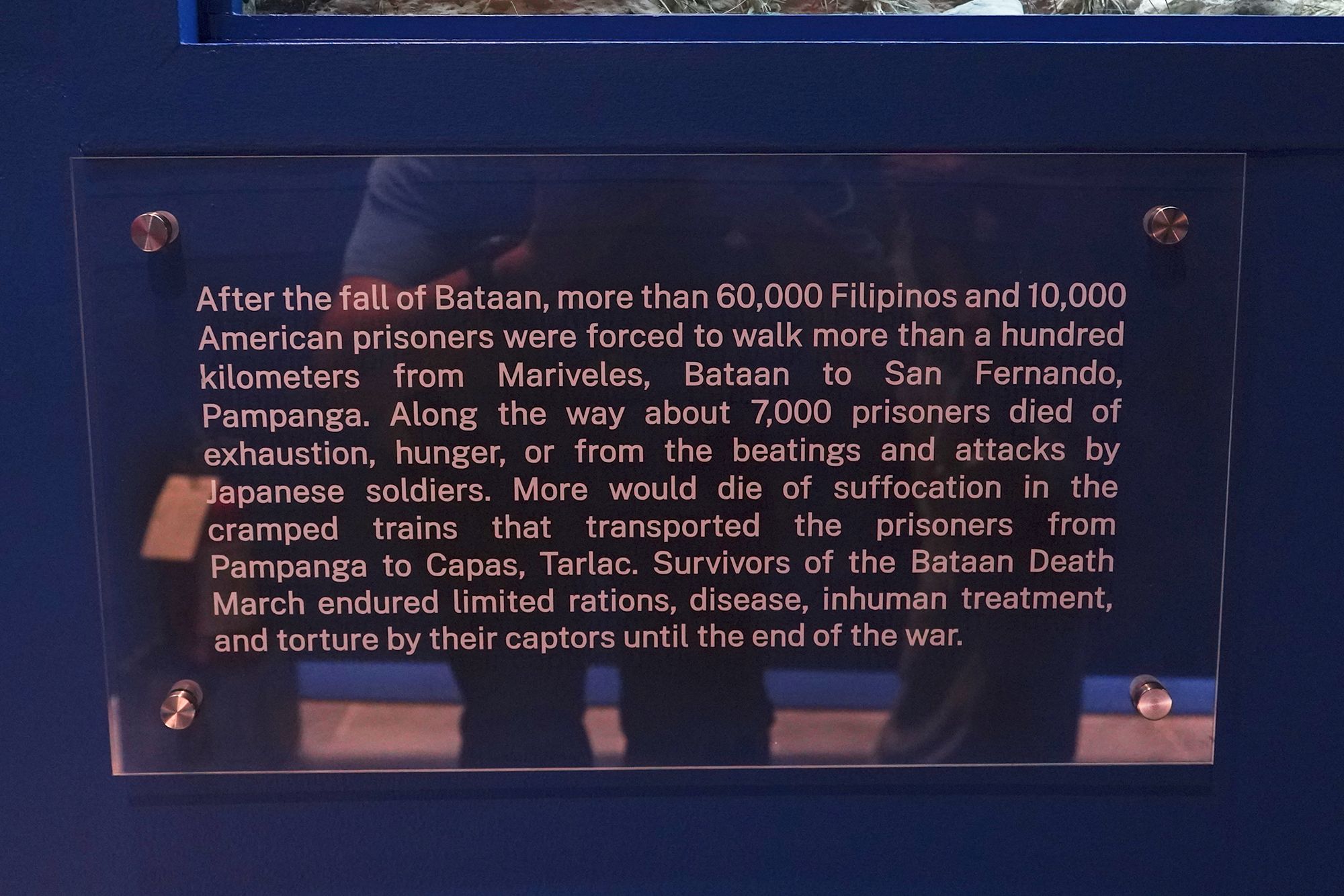
Diorama 58: Guerrilla activities against the Japanese occupation in the Philippines were a vital aspect of the Filipino resistance during World War II, reflecting the indomitable spirit of Filipinos fighting for freedom.
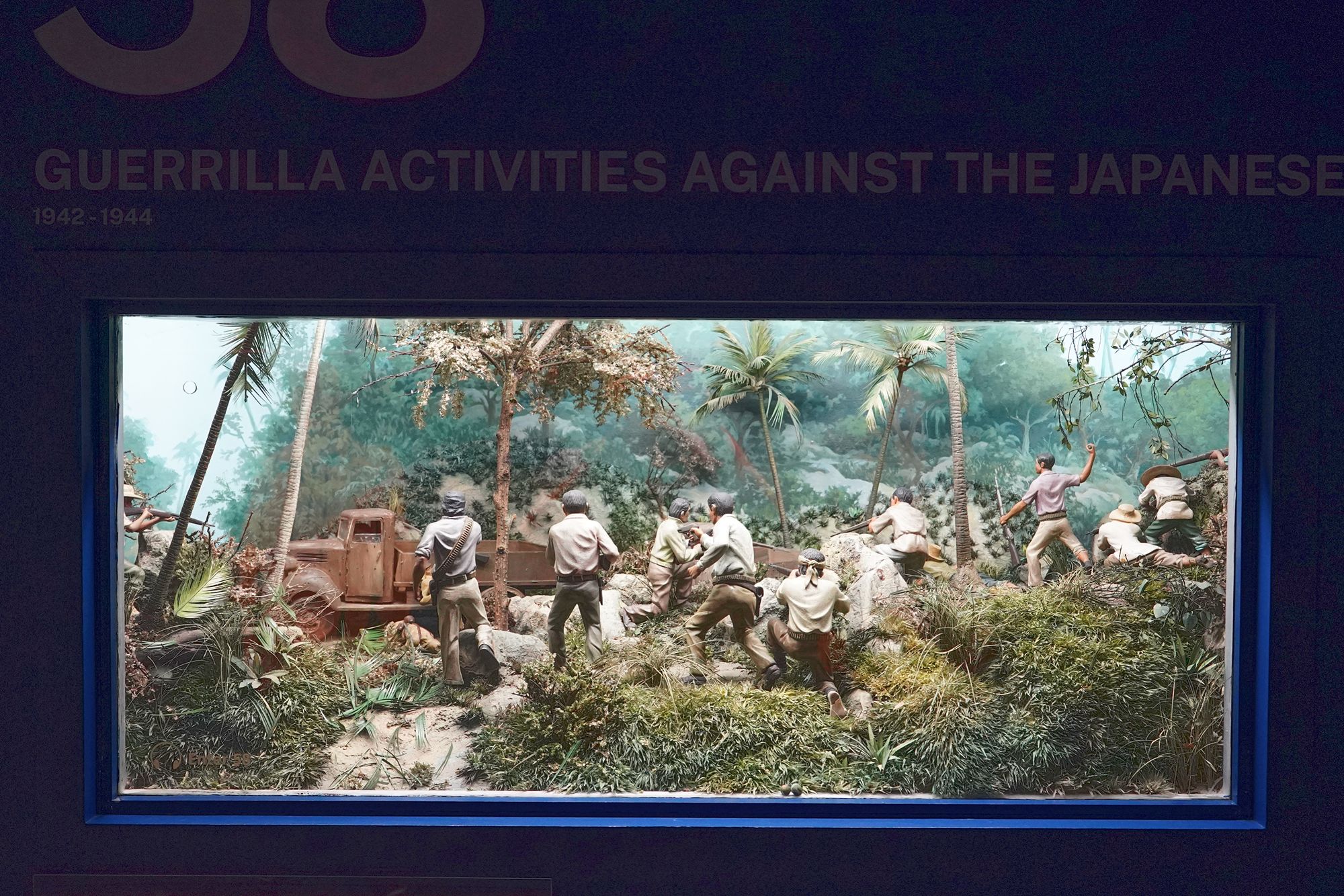
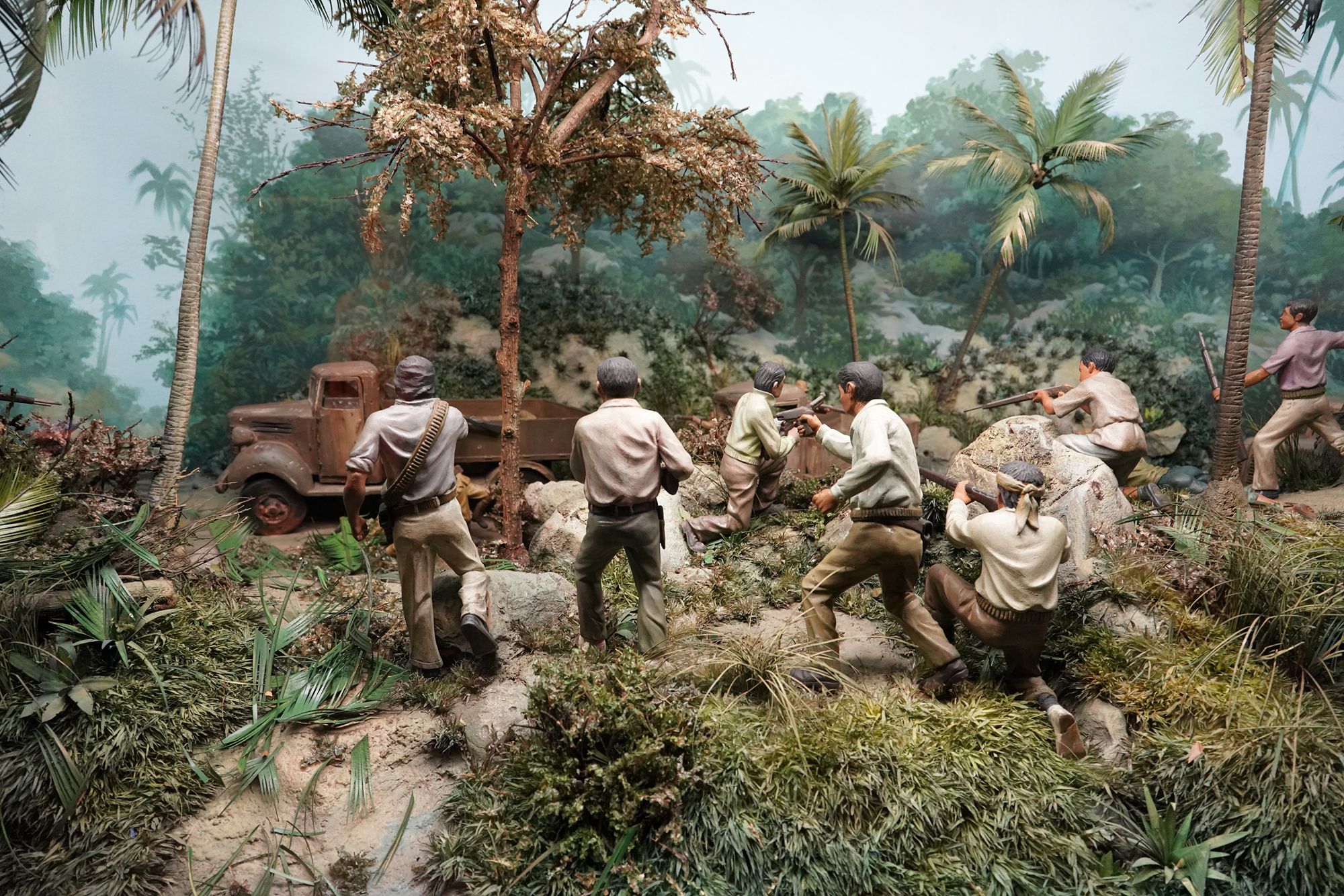
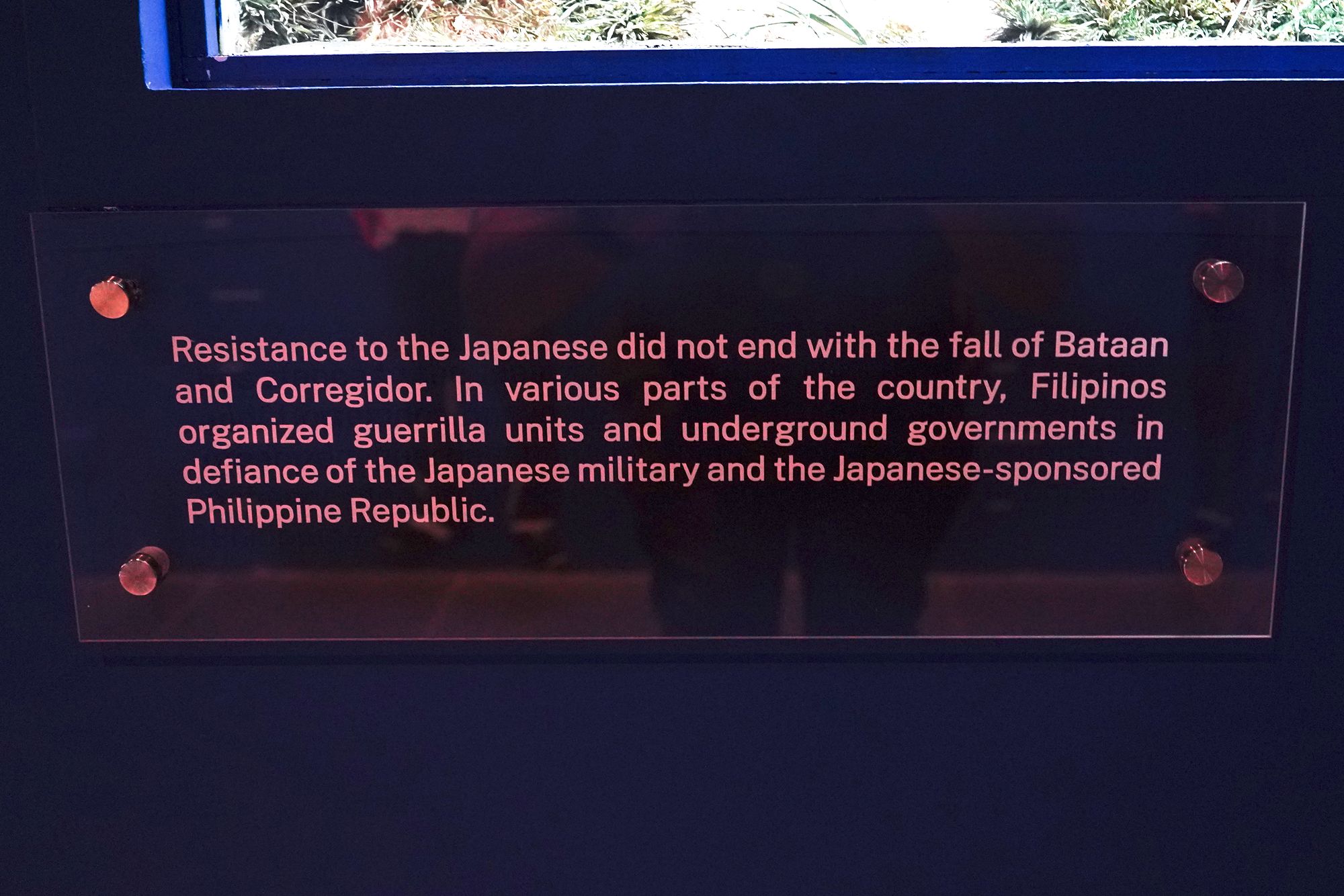
Diorama 59: The return of General Douglas MacArthur to the Philippines on October 20, 1944 was a momentous event during World War II, fulfilling his famous promise to “return” after being forced to leave in 1942. This event marked the beginning of the Allied campaign to liberate the Philippines from Japanese occupation and signaled a crucial turning point in the Pacific Theater.
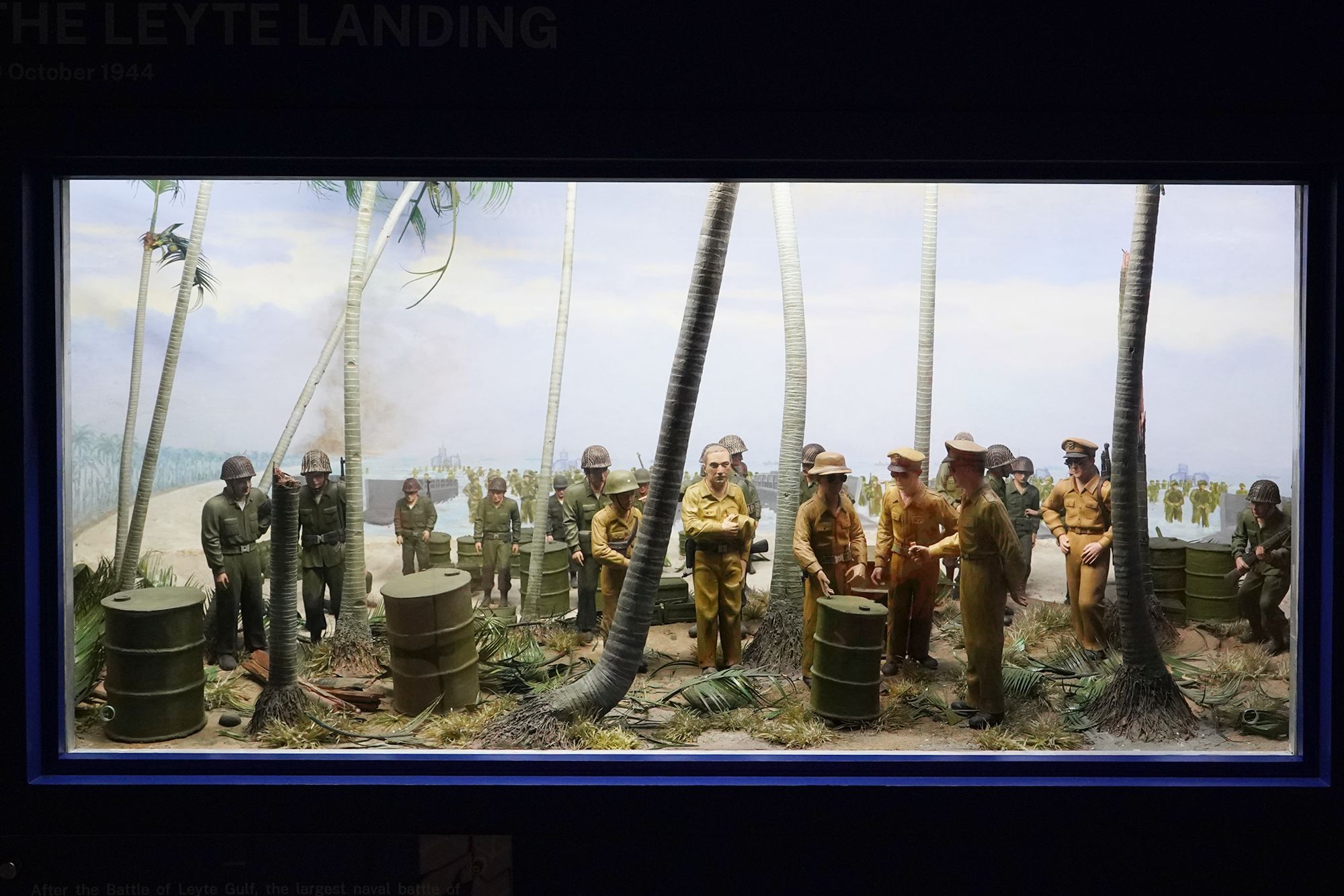
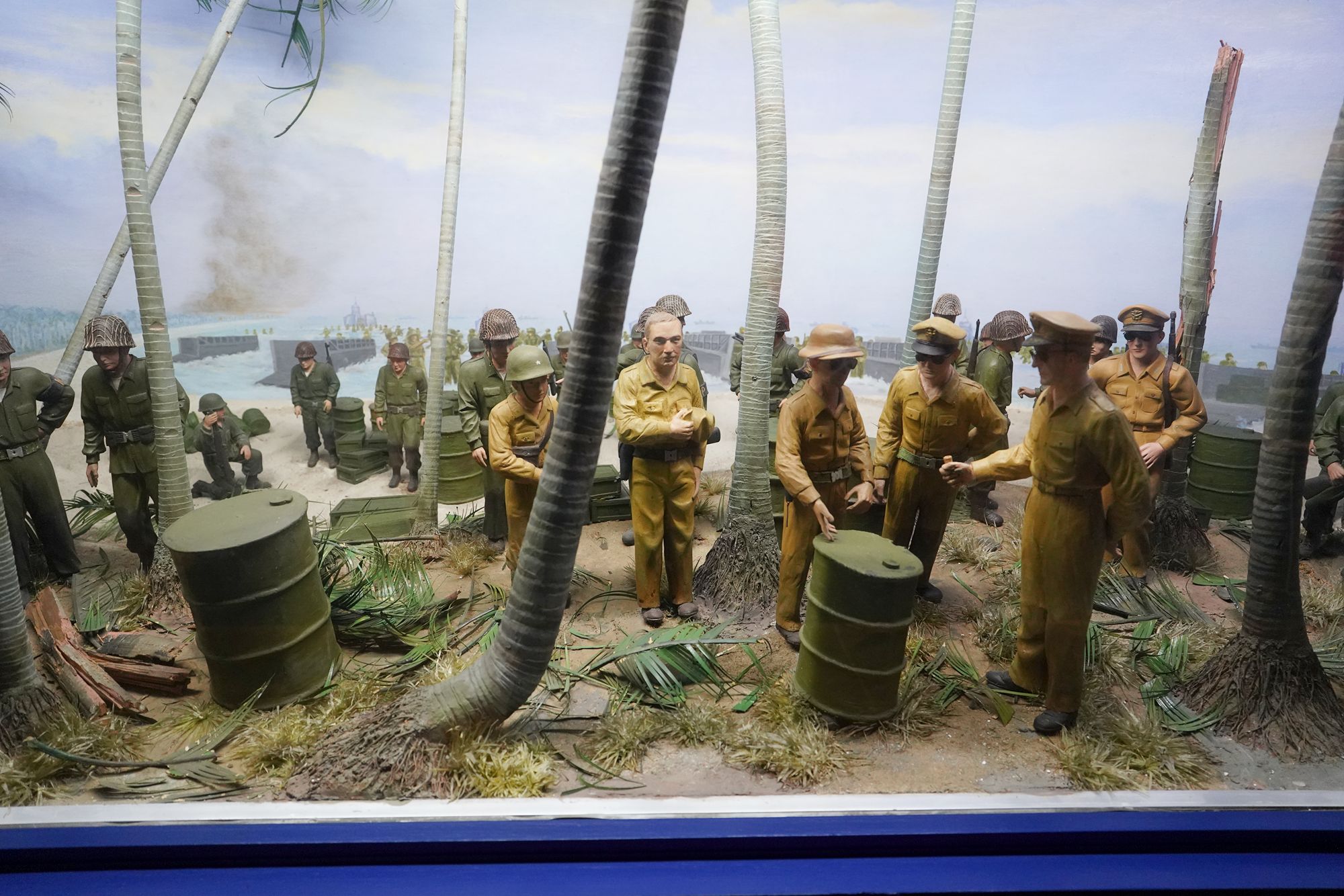
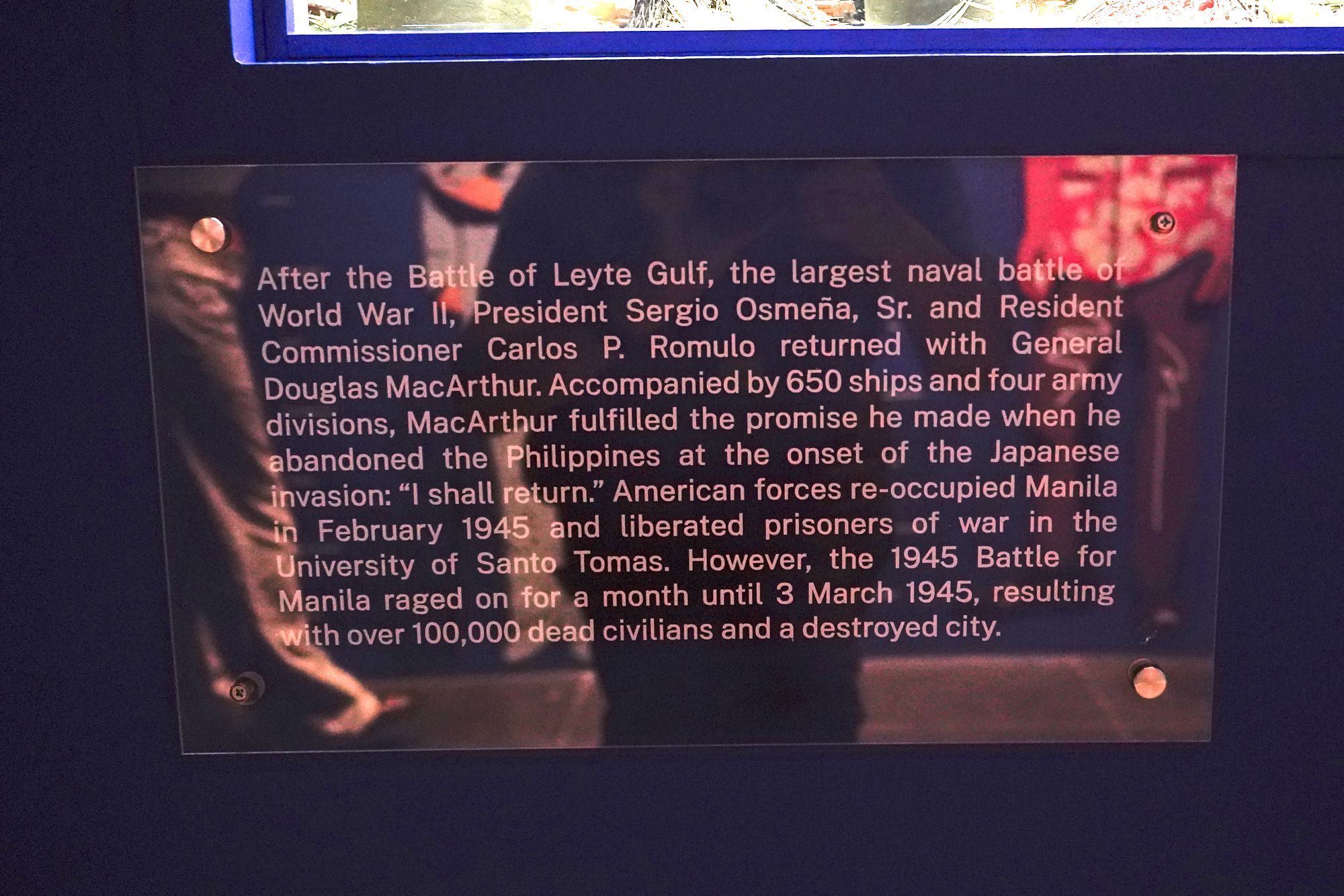
Diorama 60: The United States formally recognized the independence of the Philippines on July 4, 1946, marking the end of nearly five decades of American colonial rule. This day is a landmark in Philippine history, as the country became the first Southeast Asian nation to gain full independence following World War II.
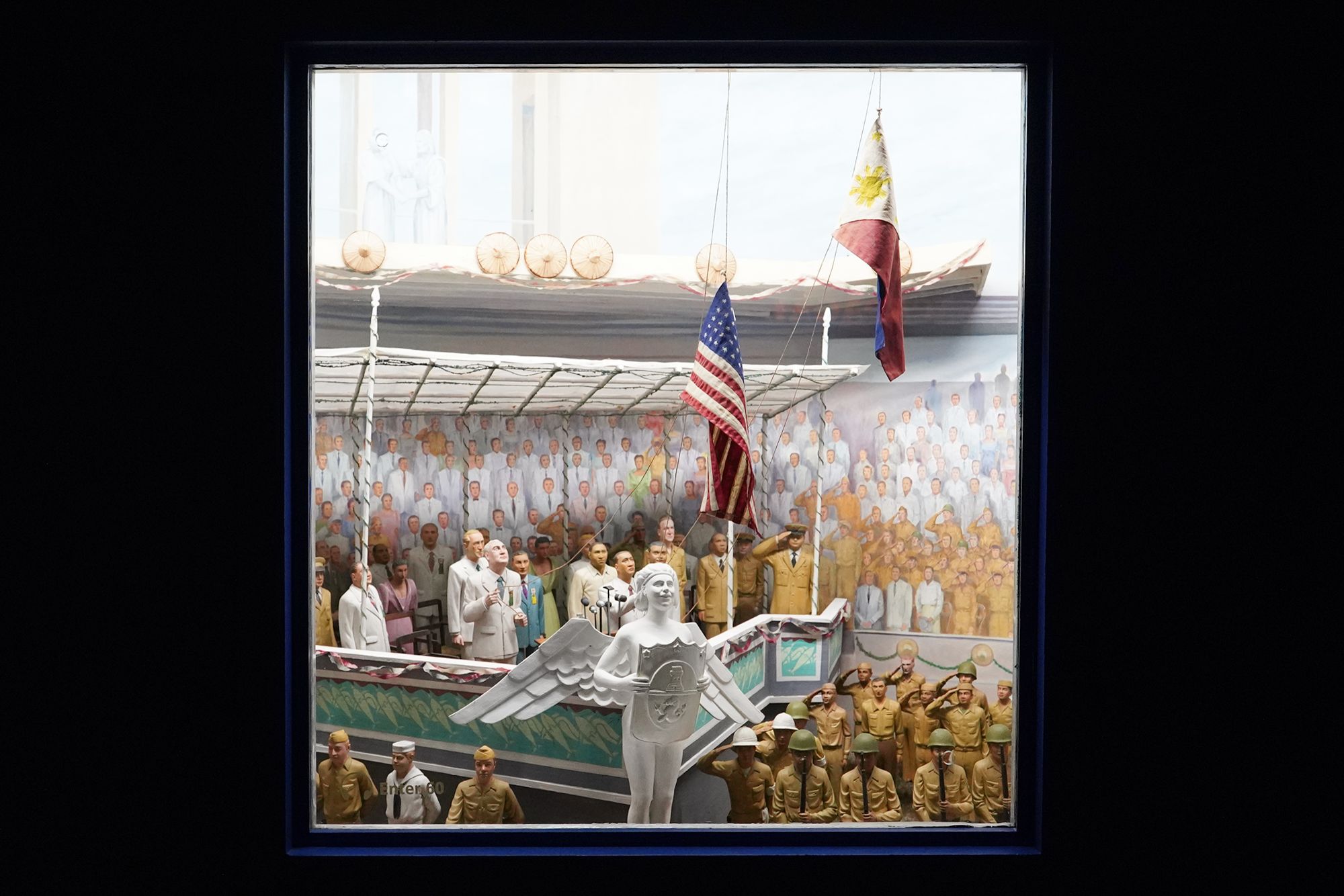
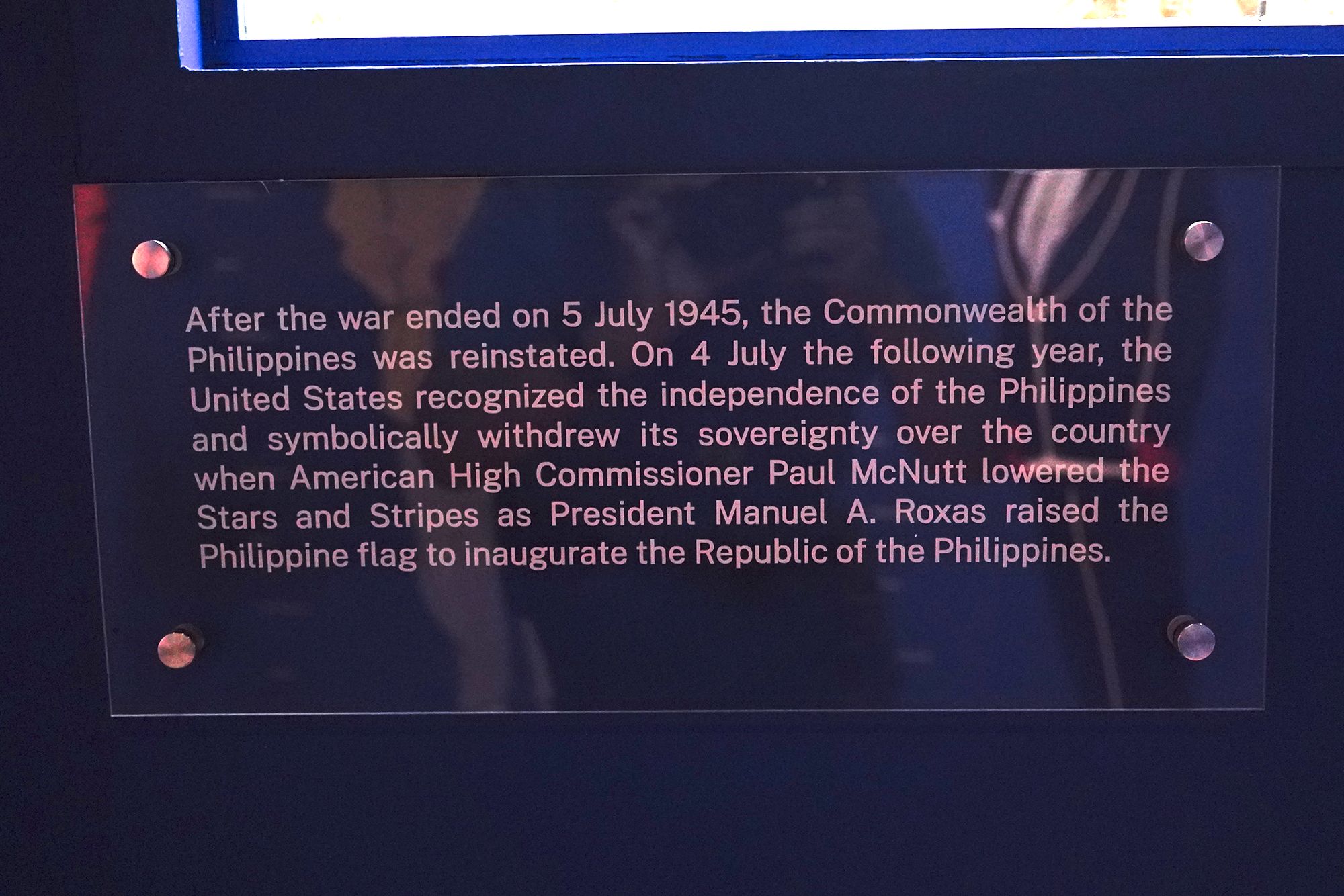
Out of the Museum
